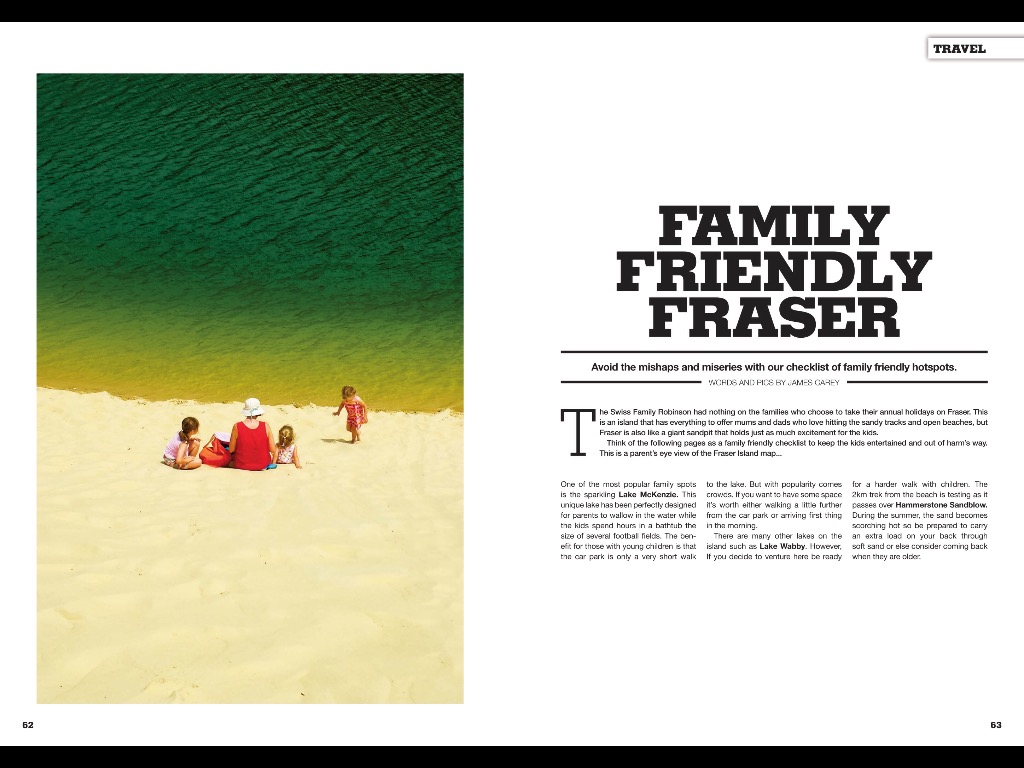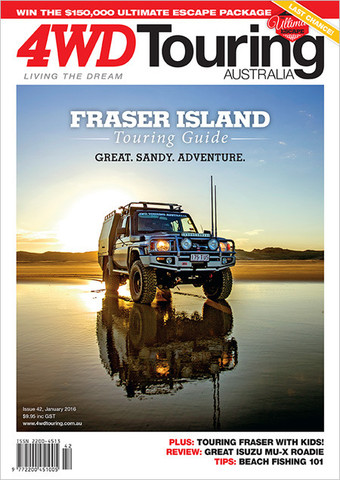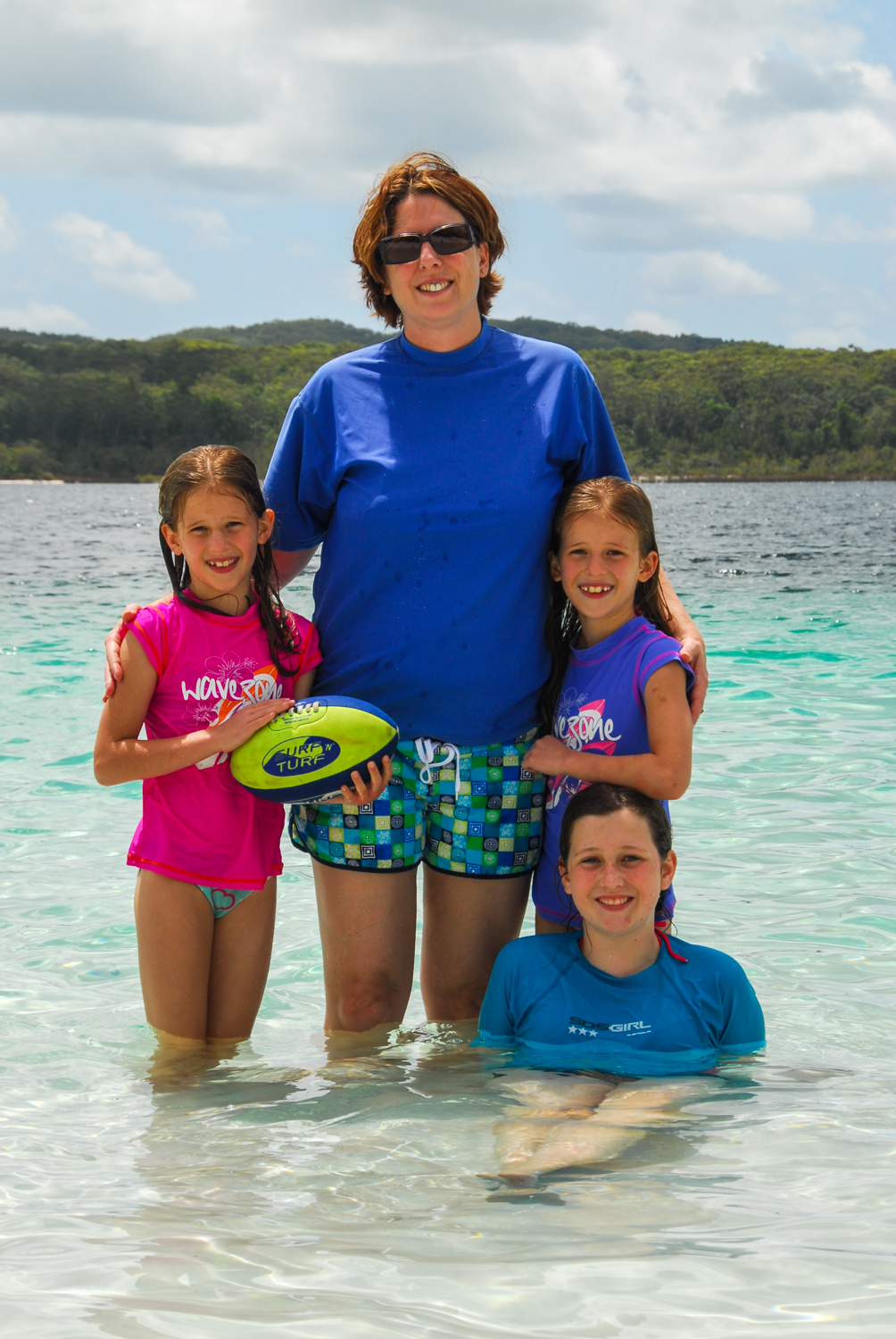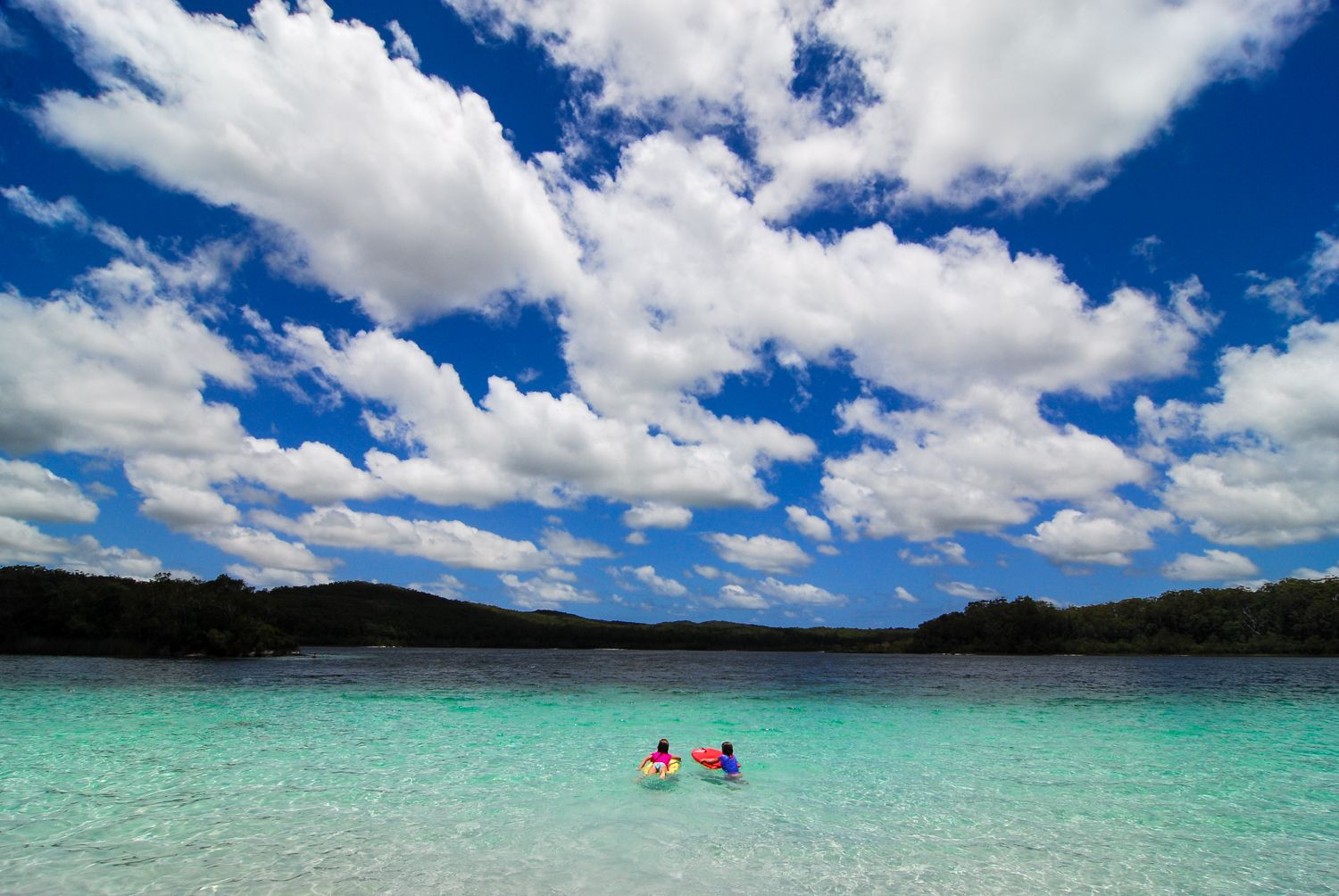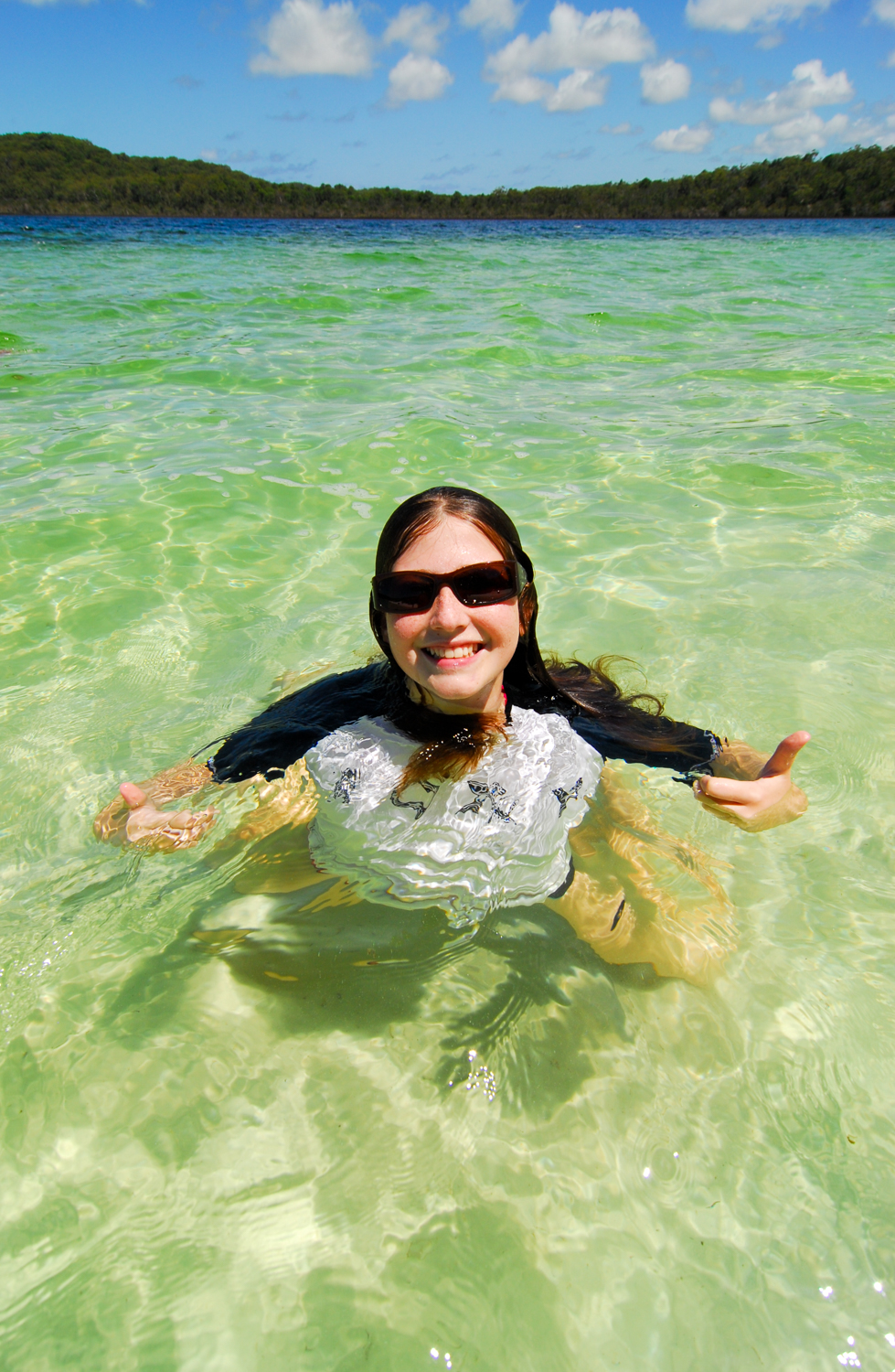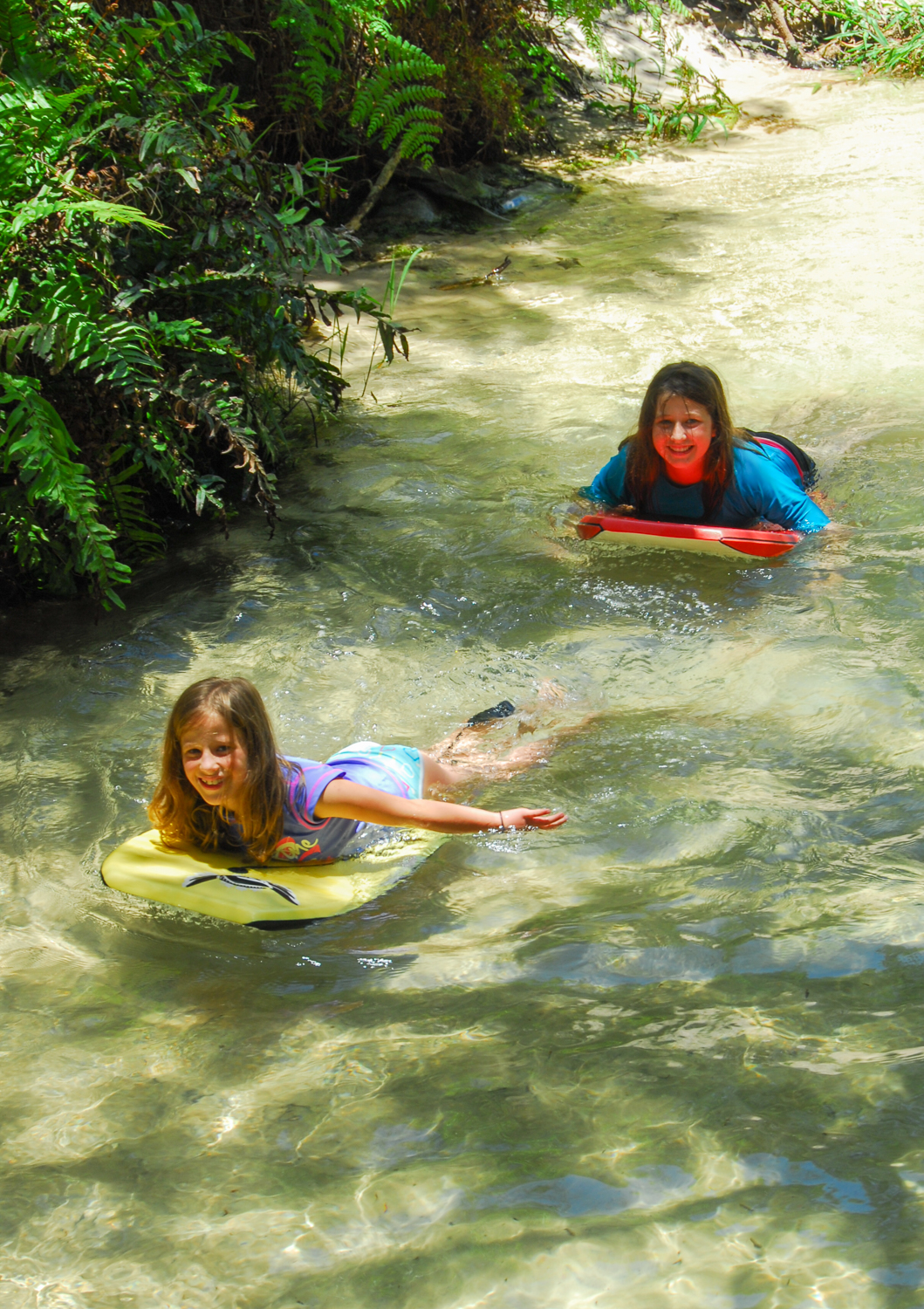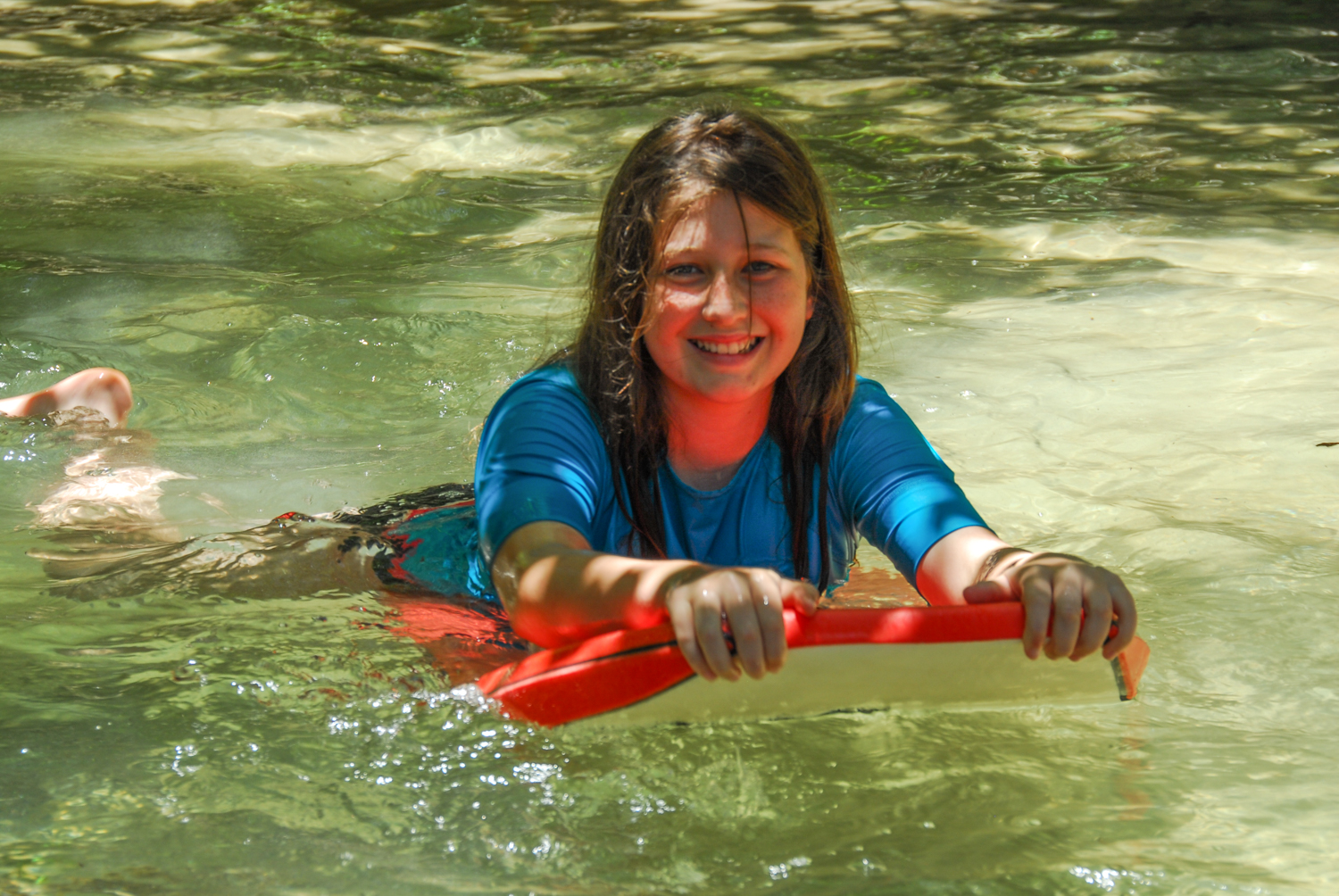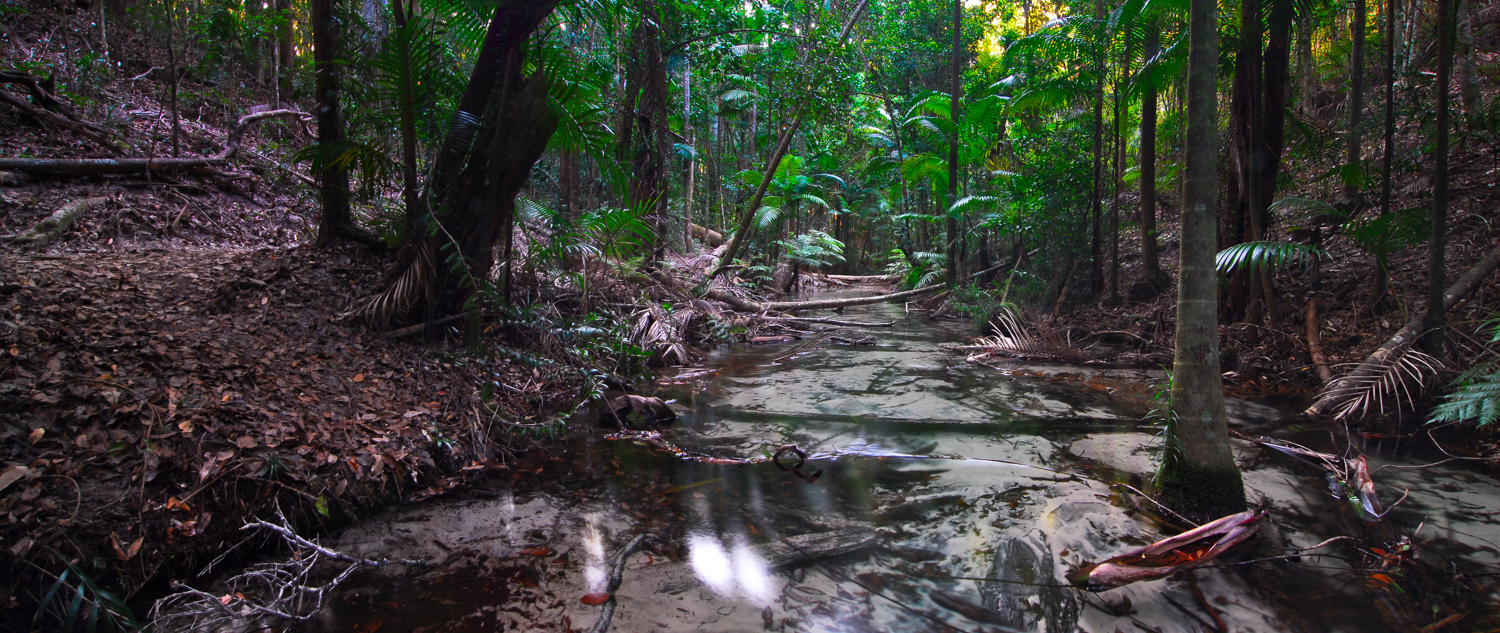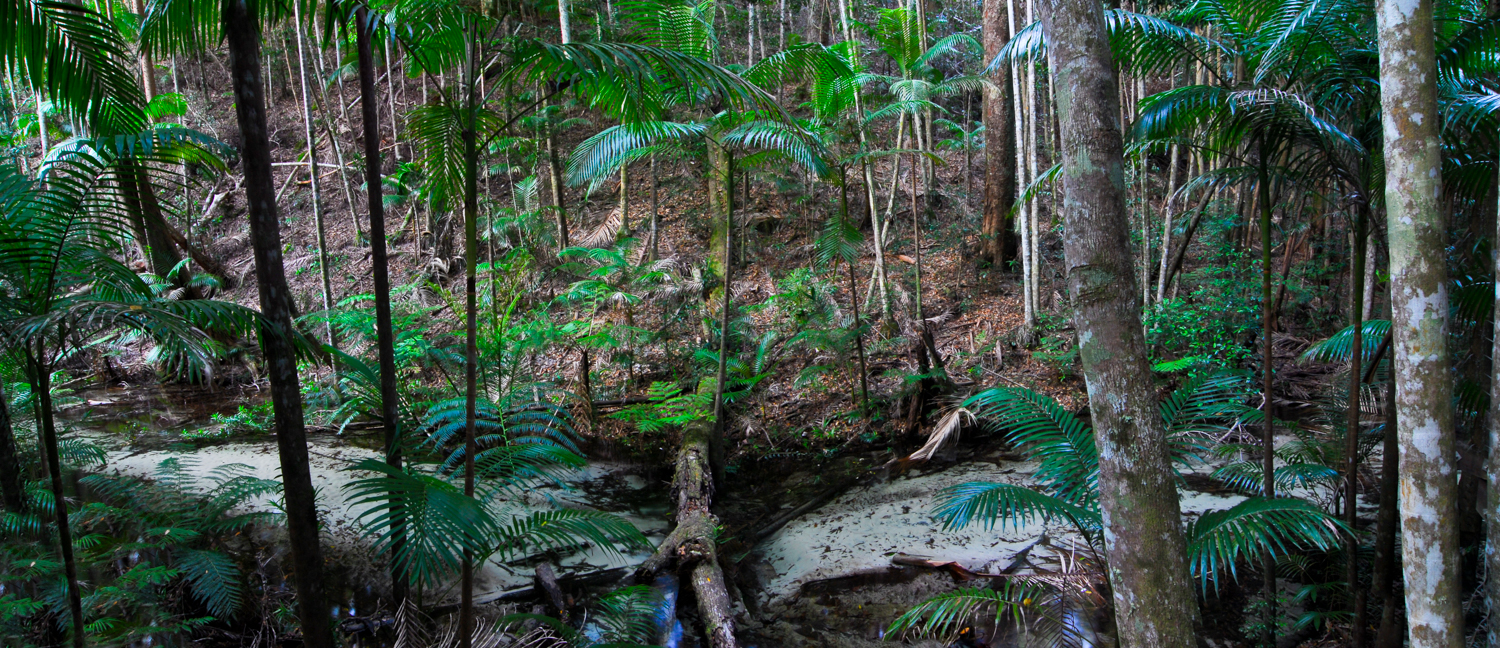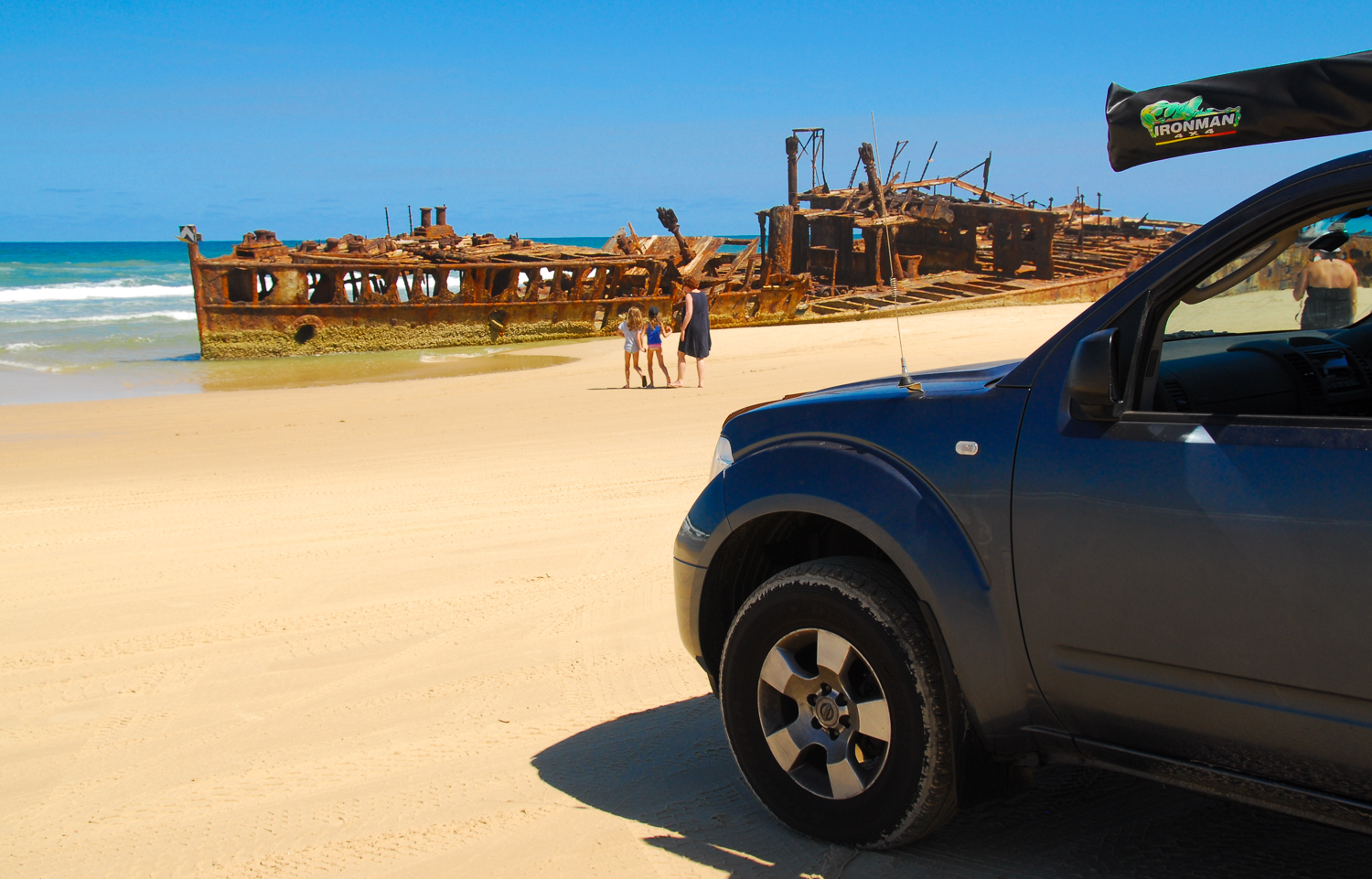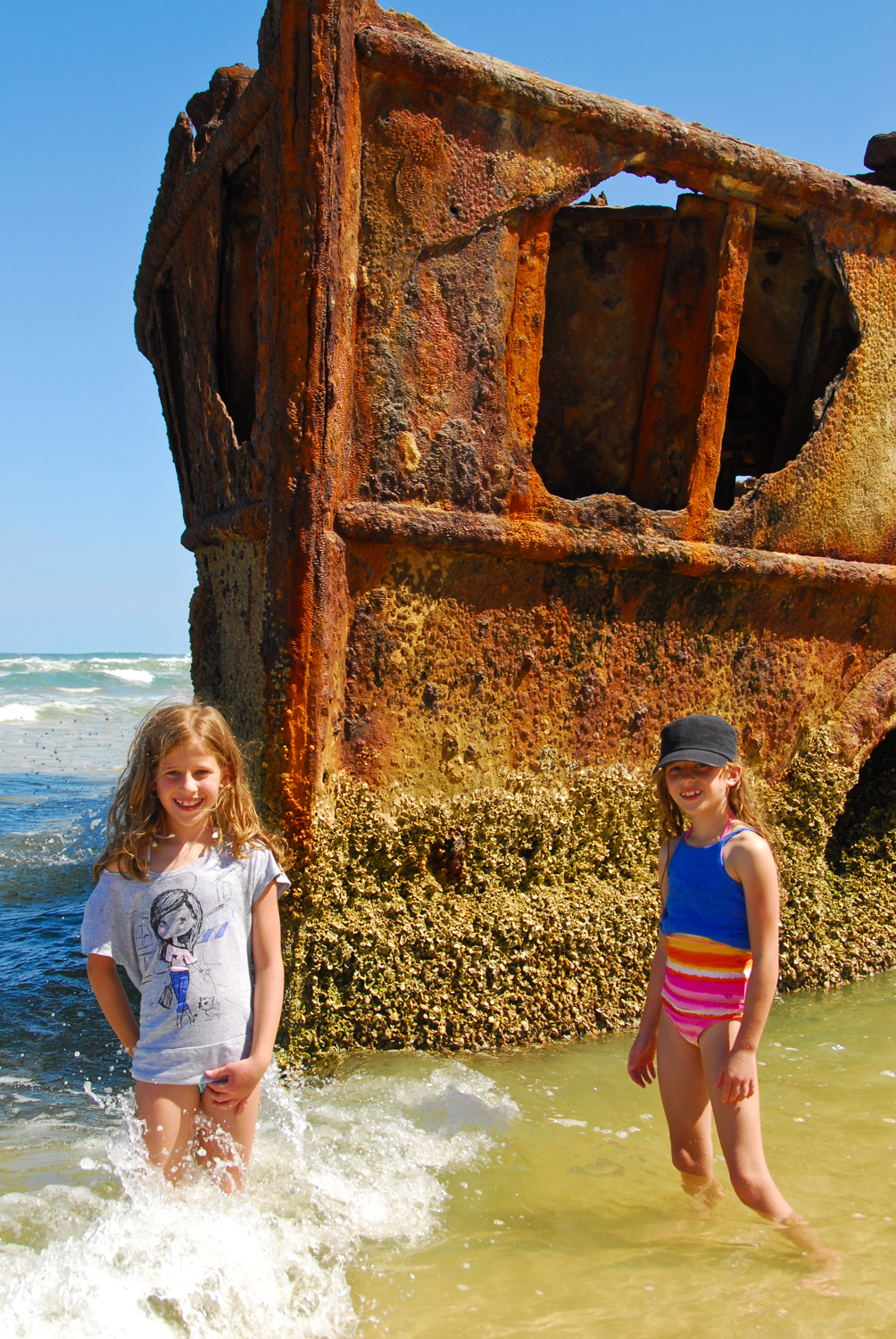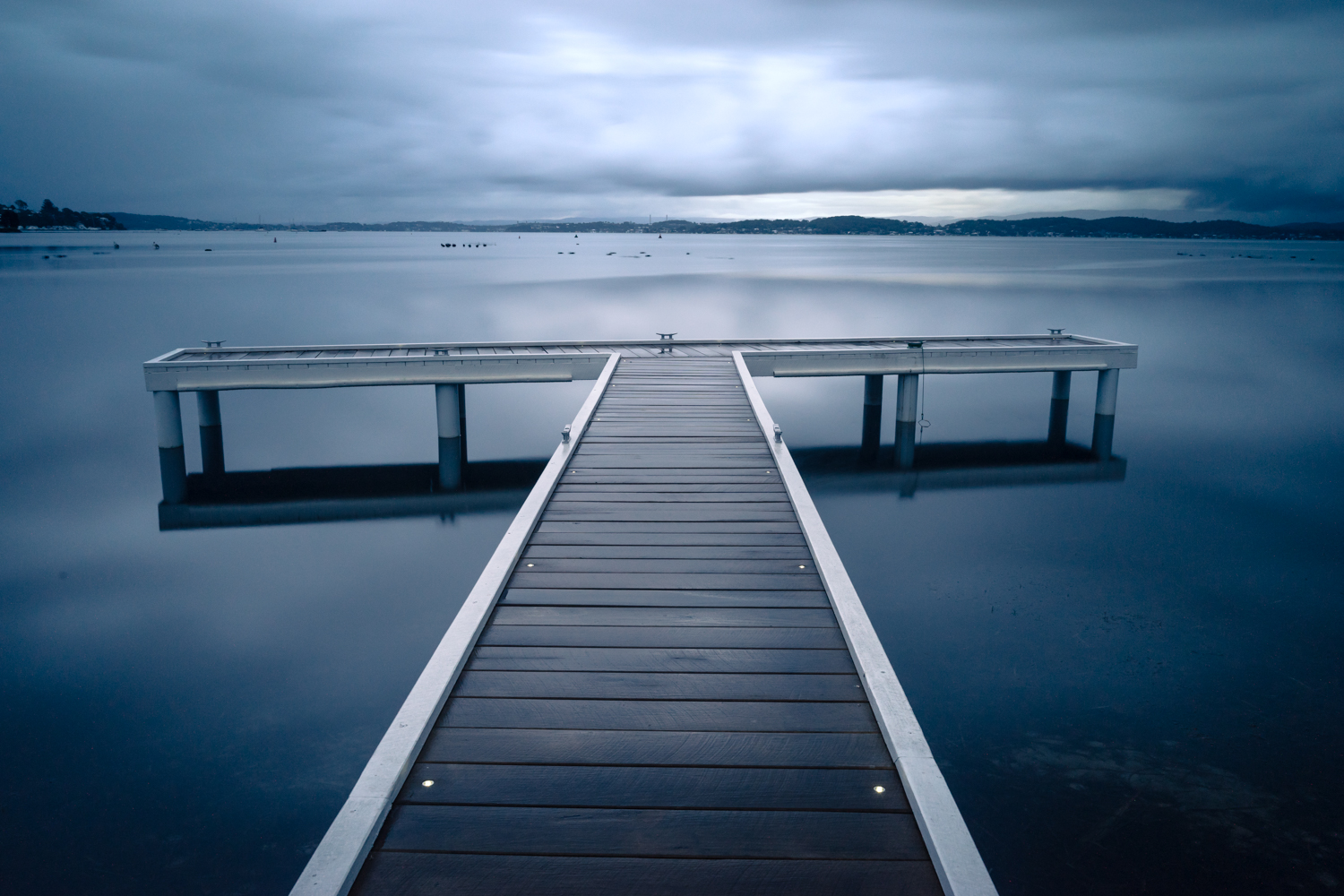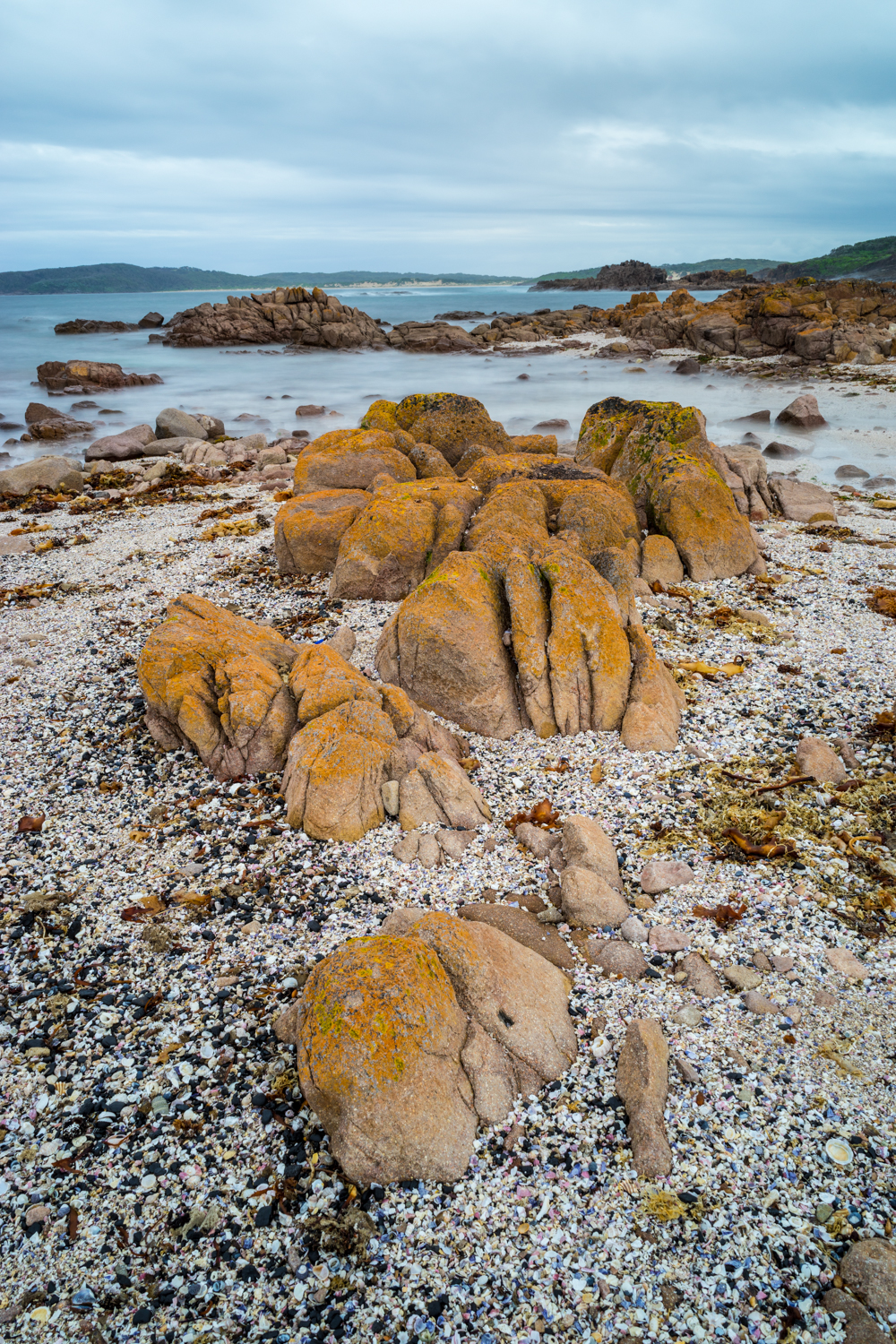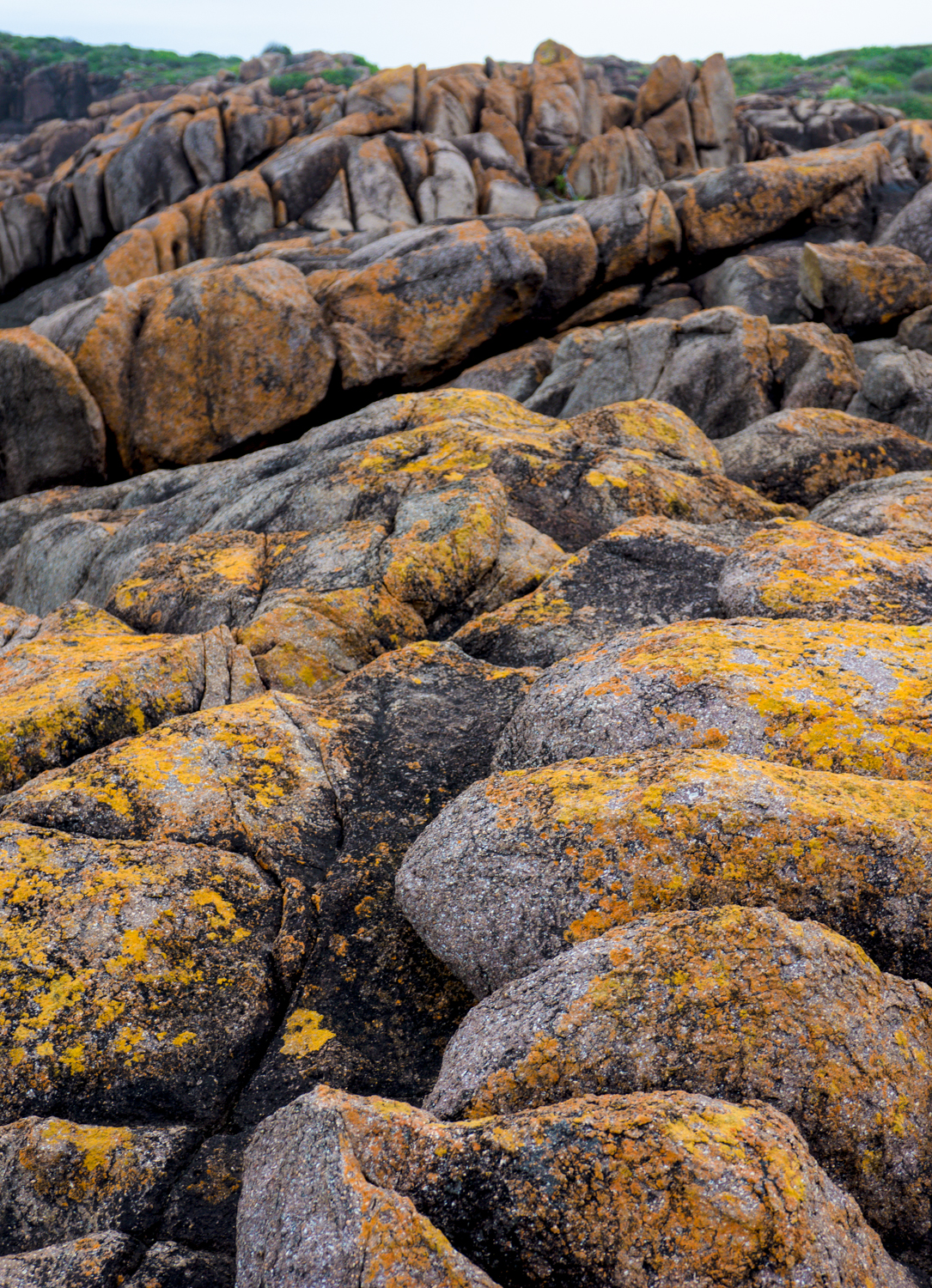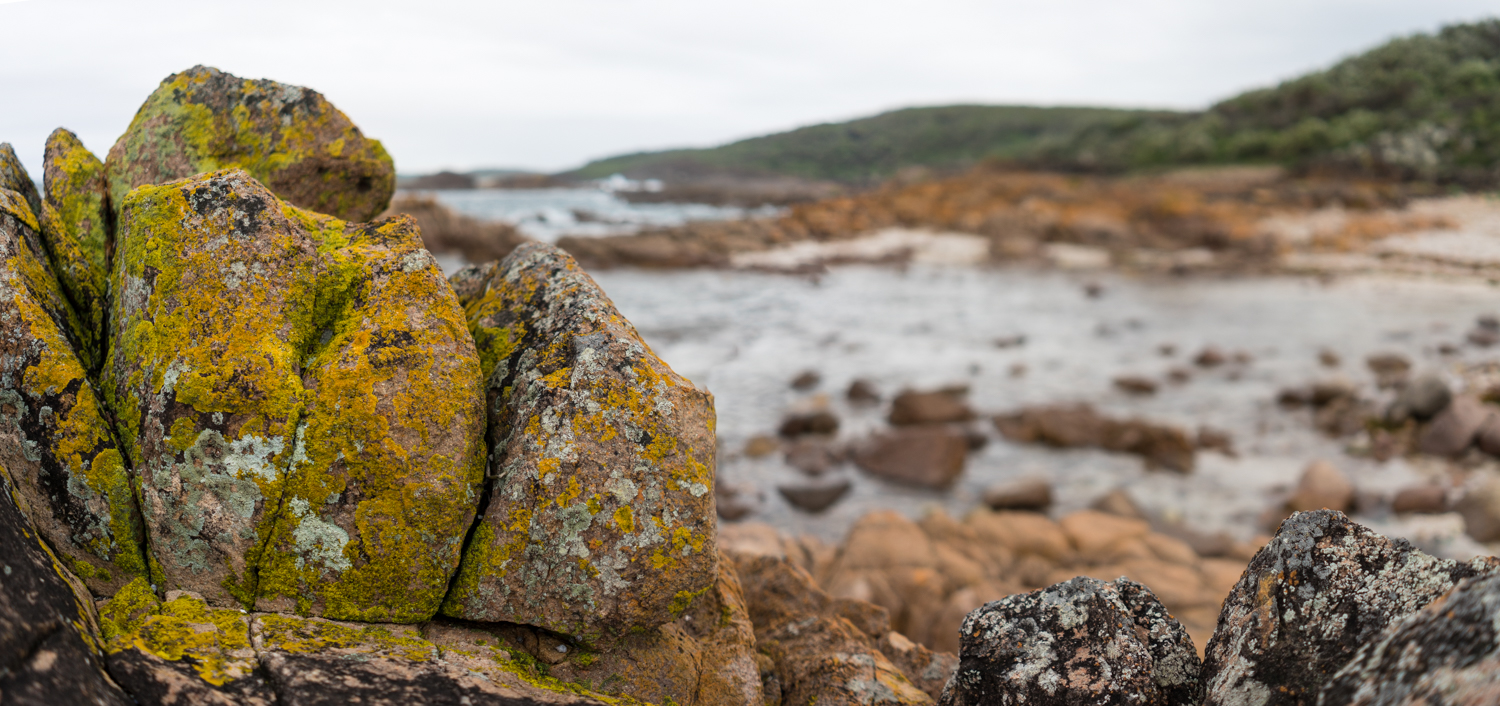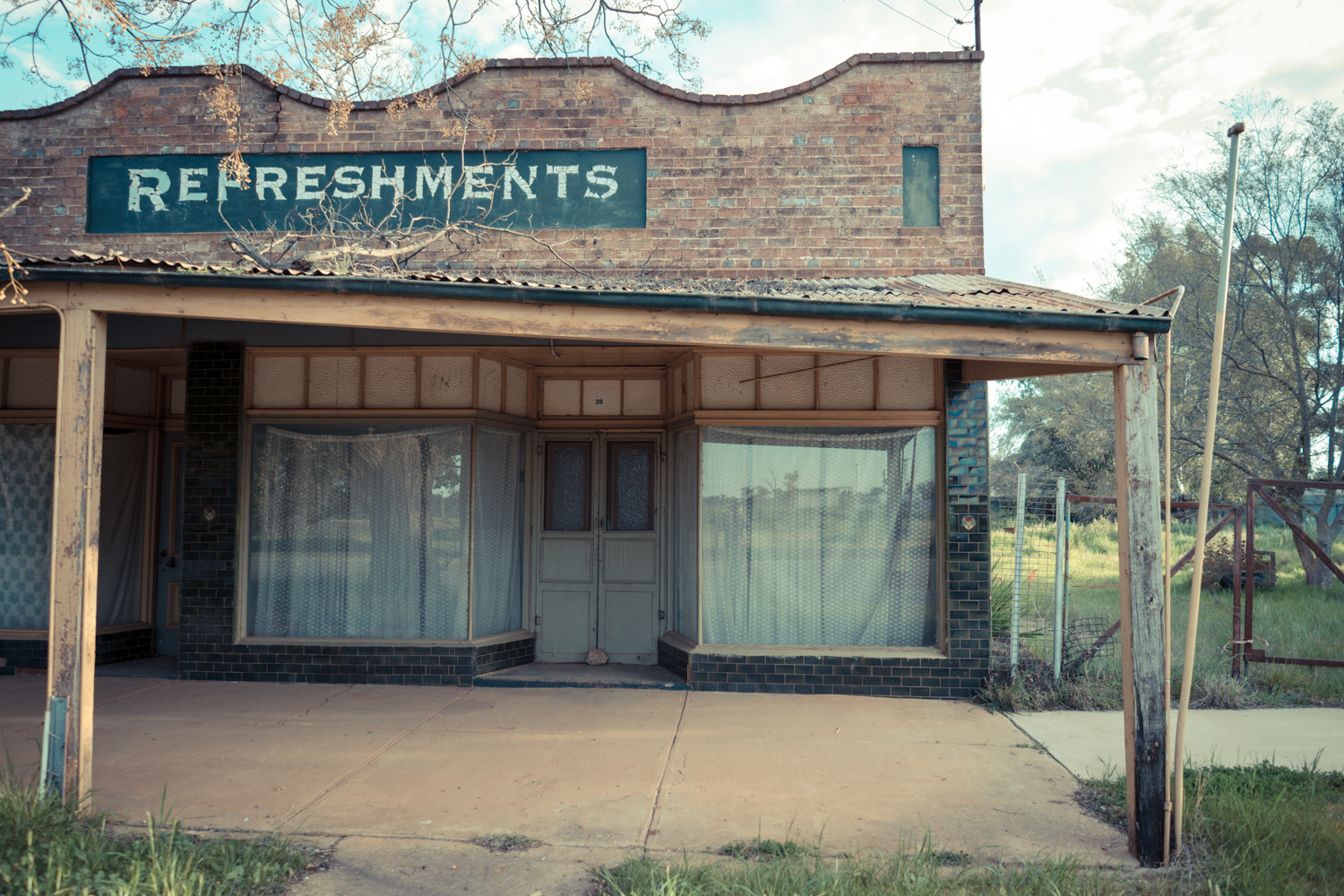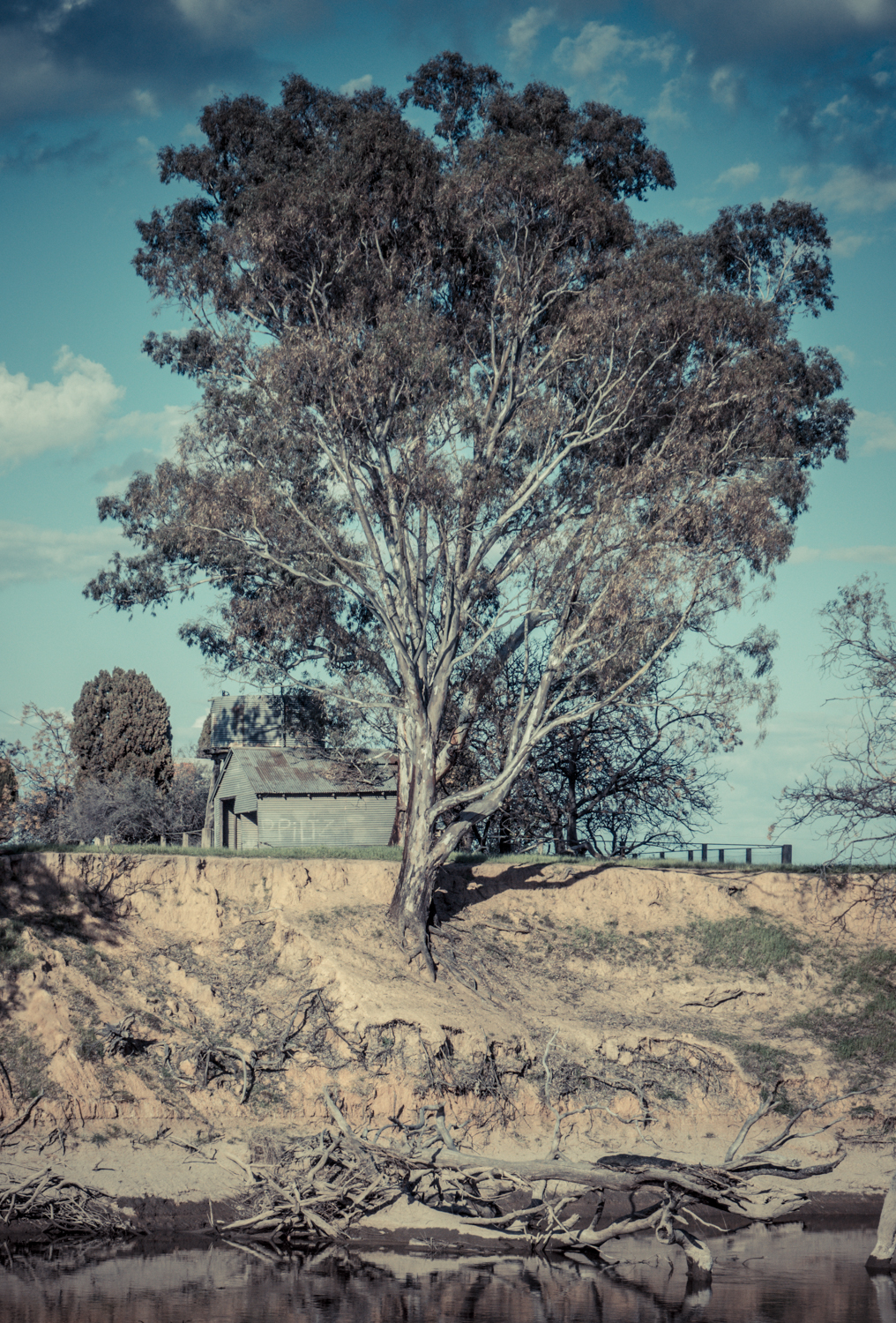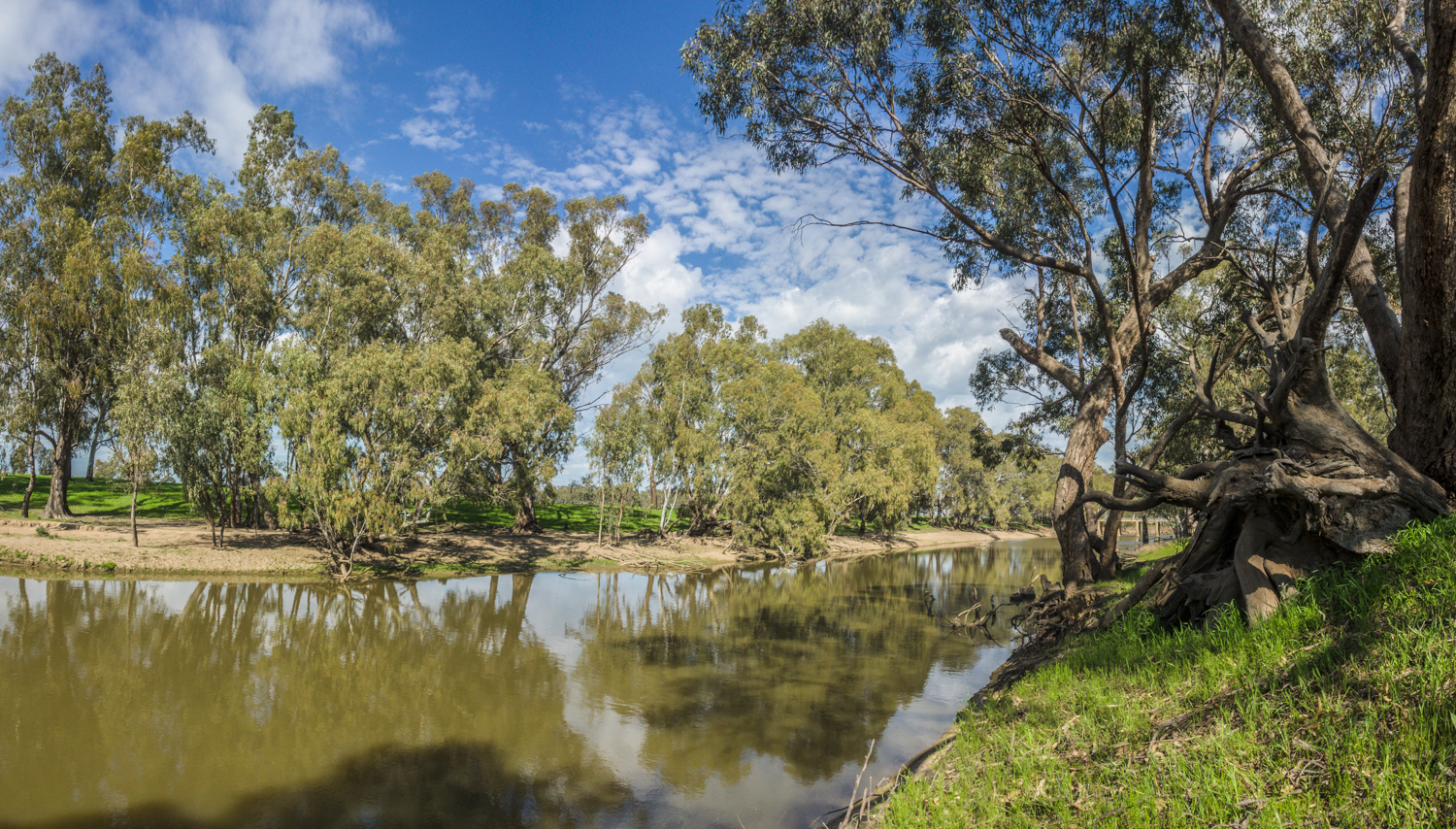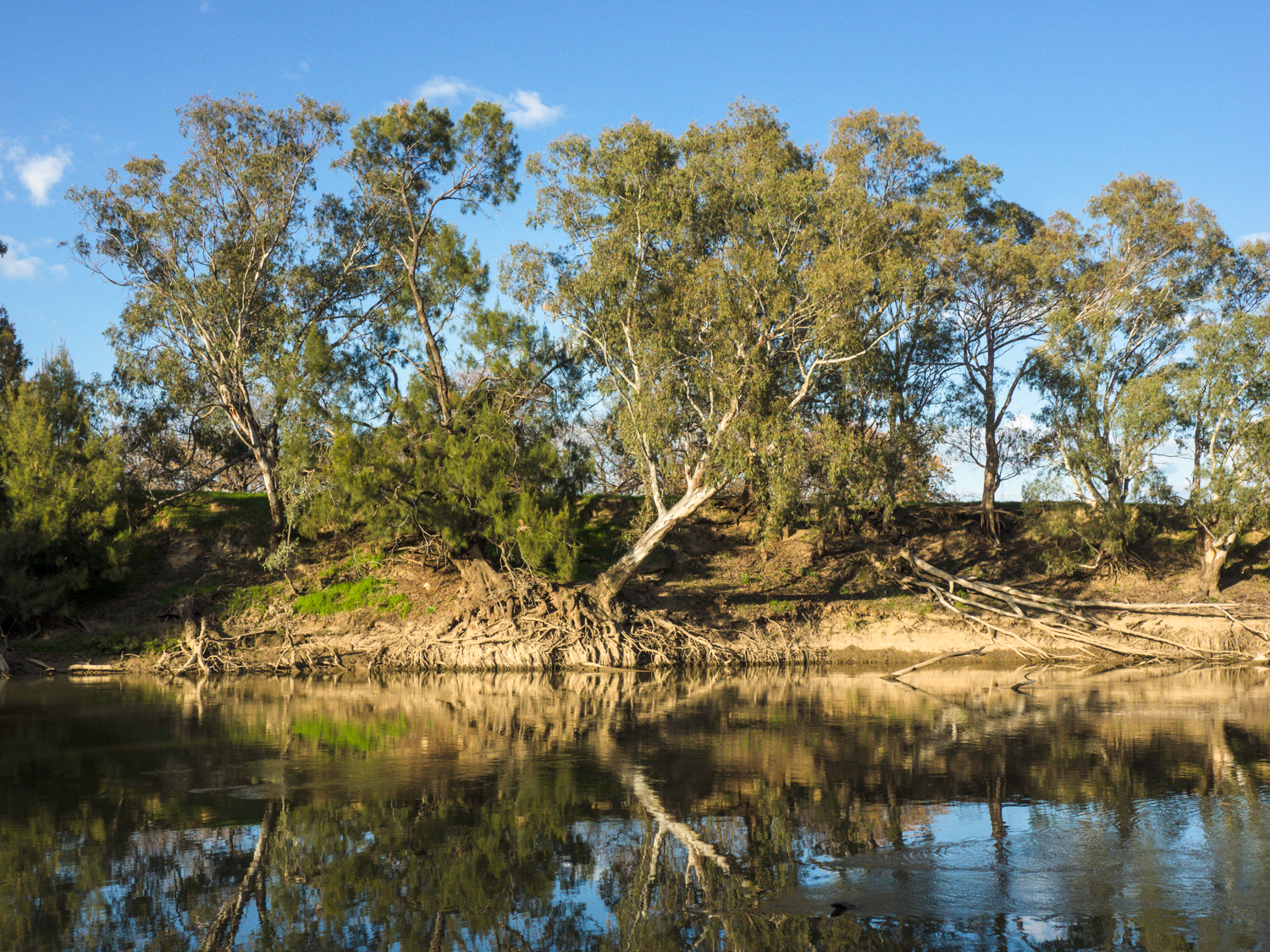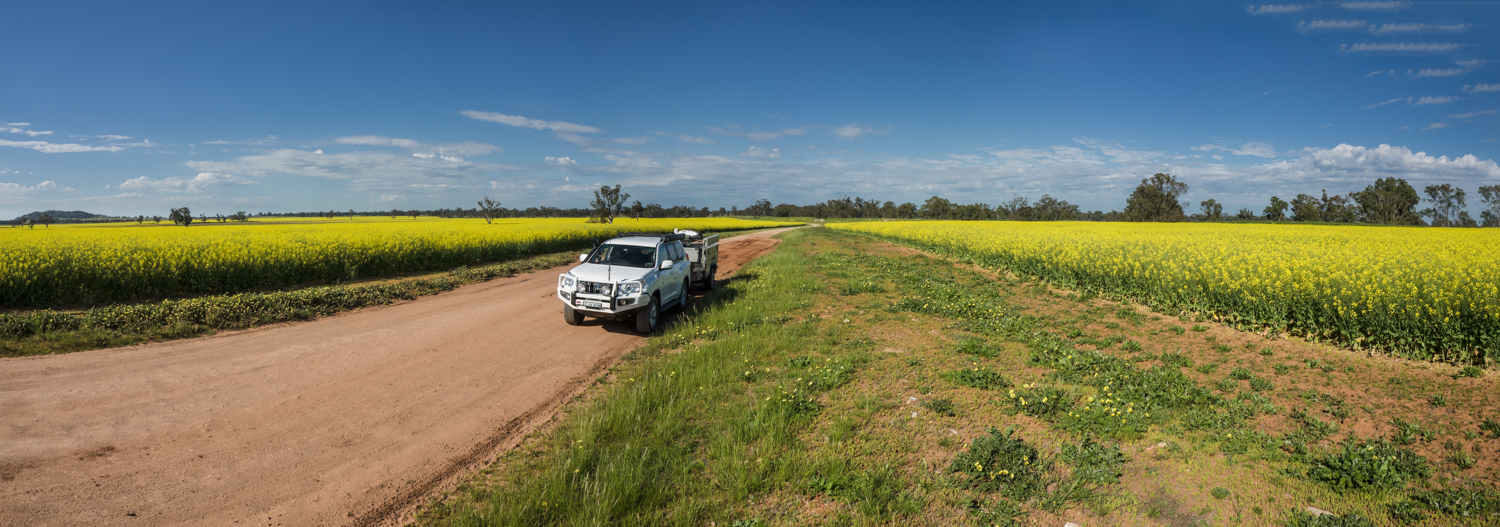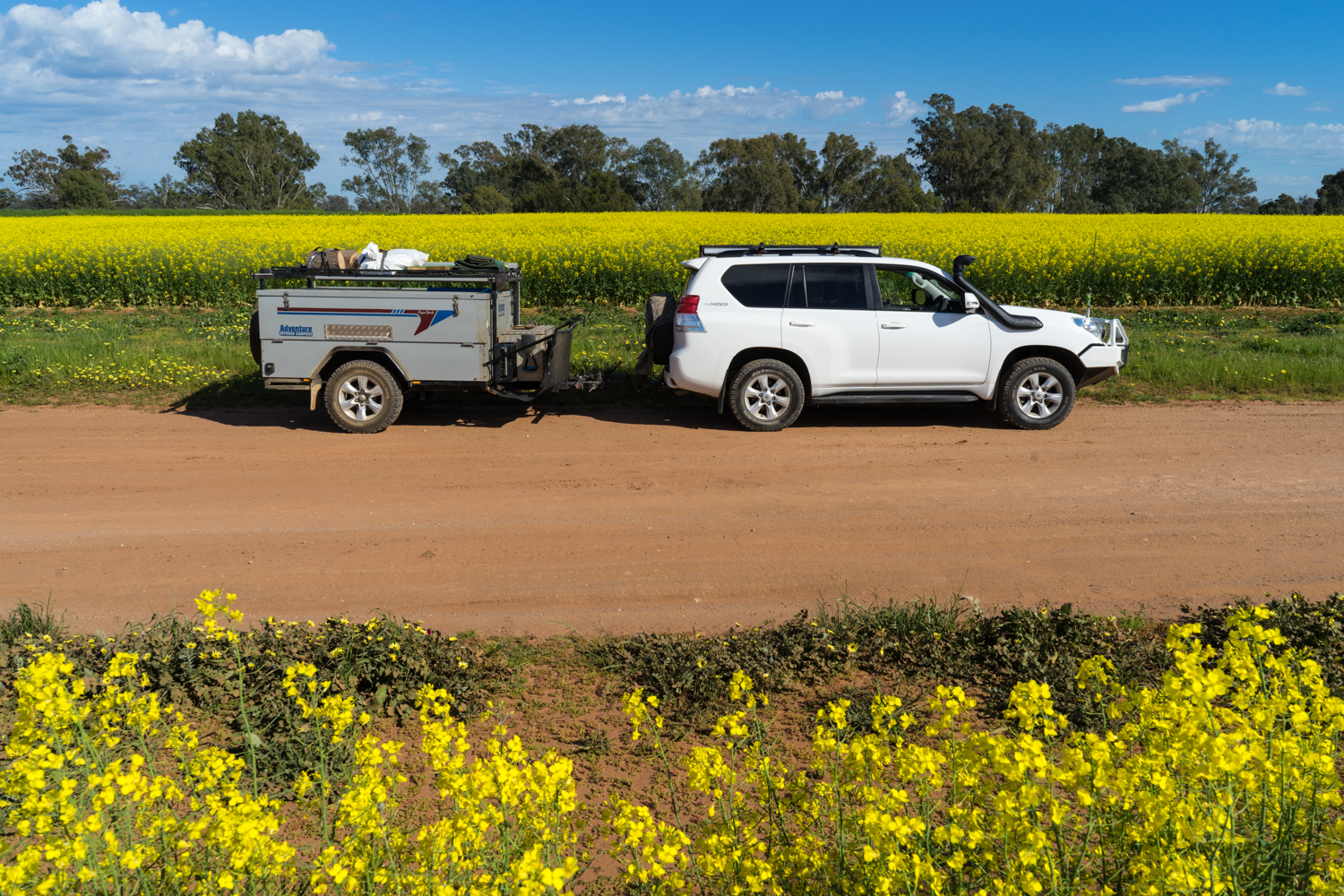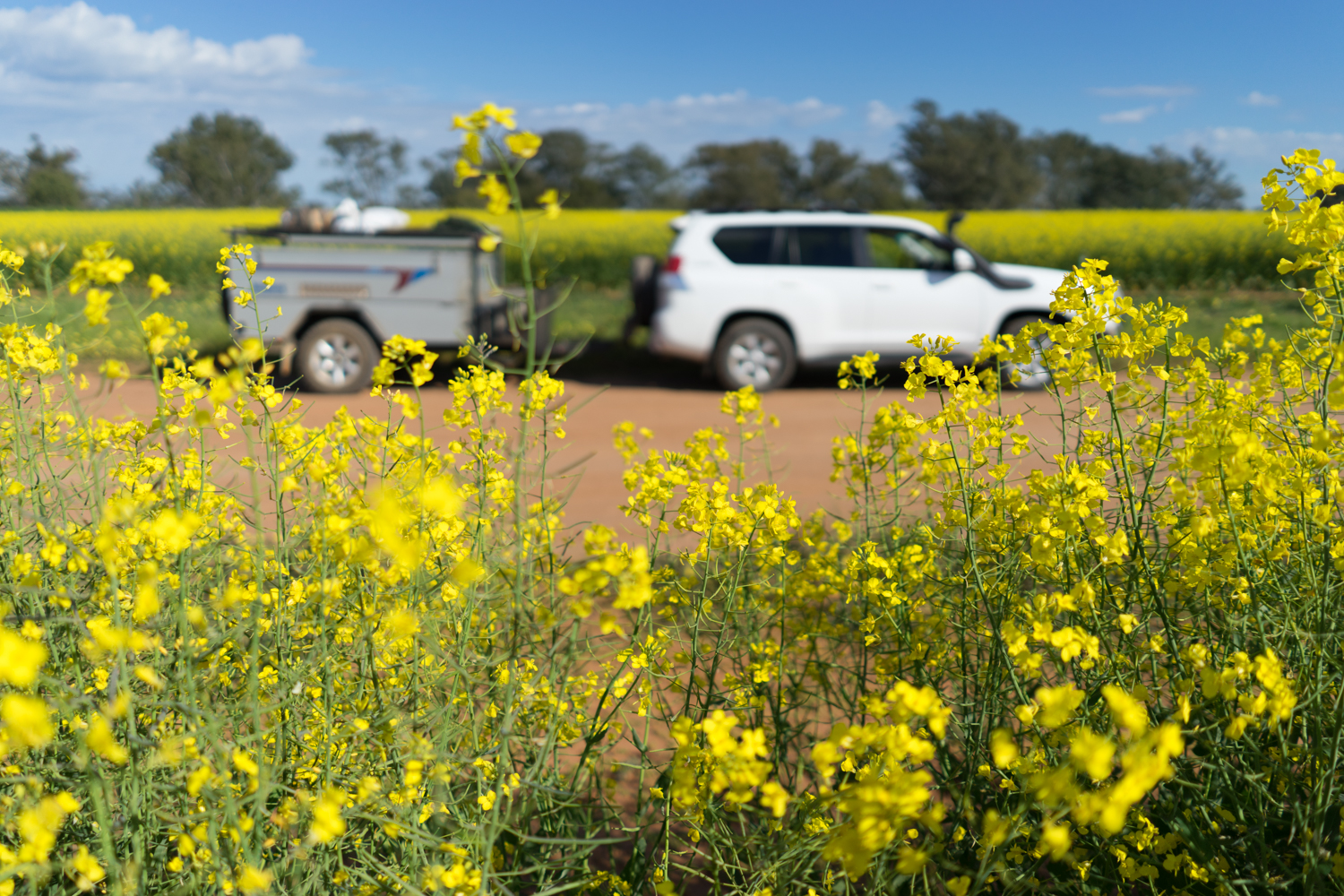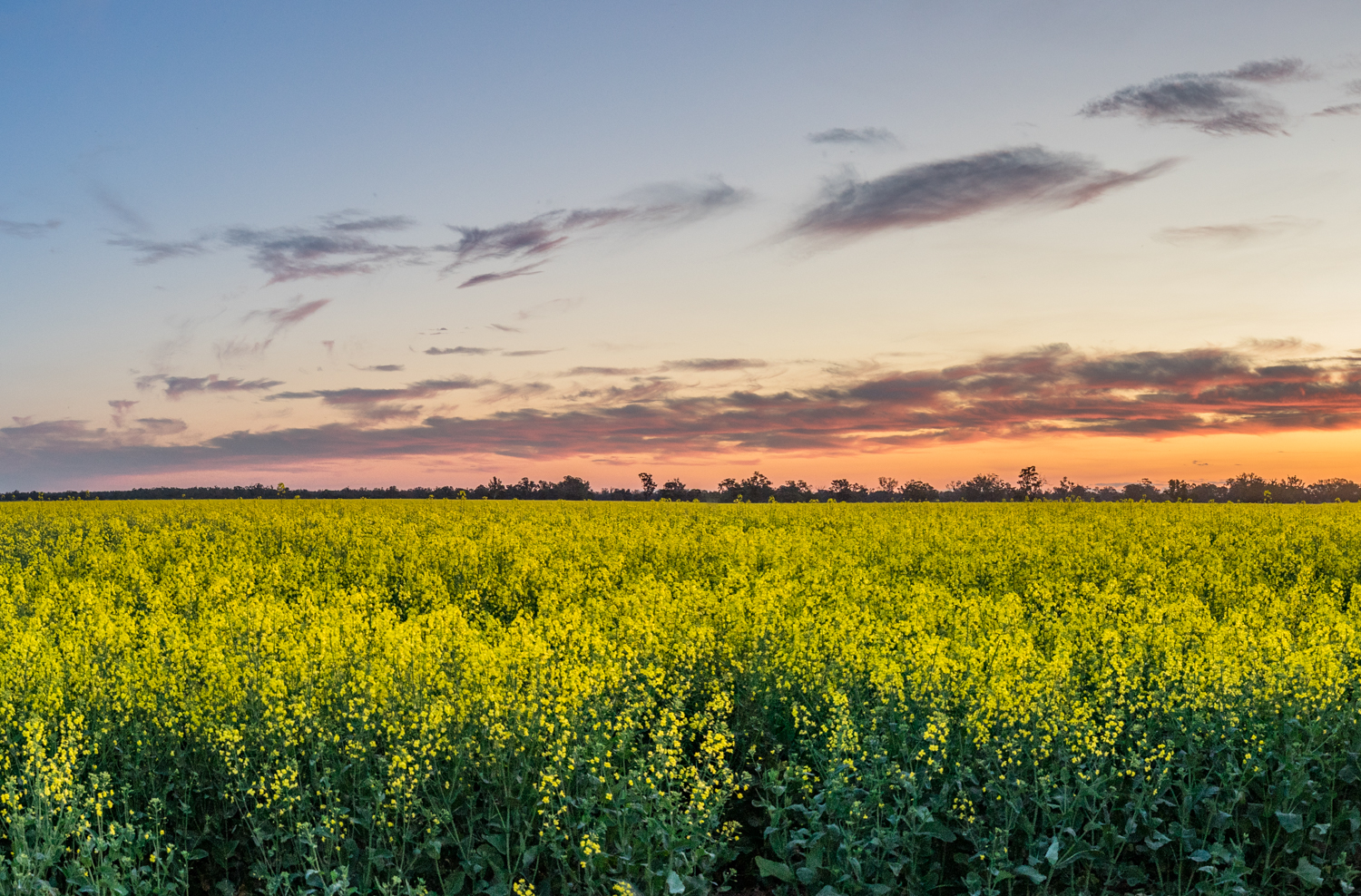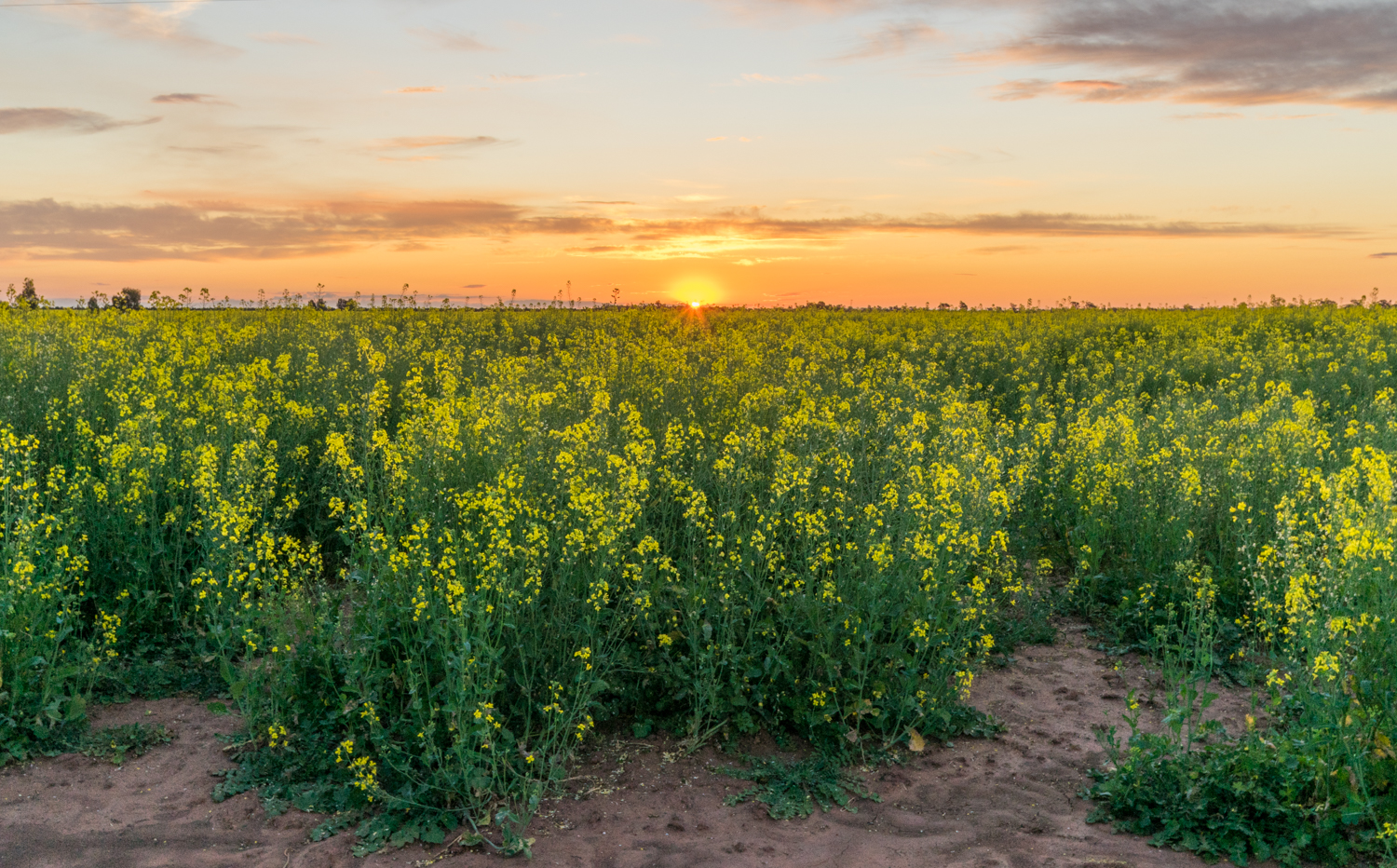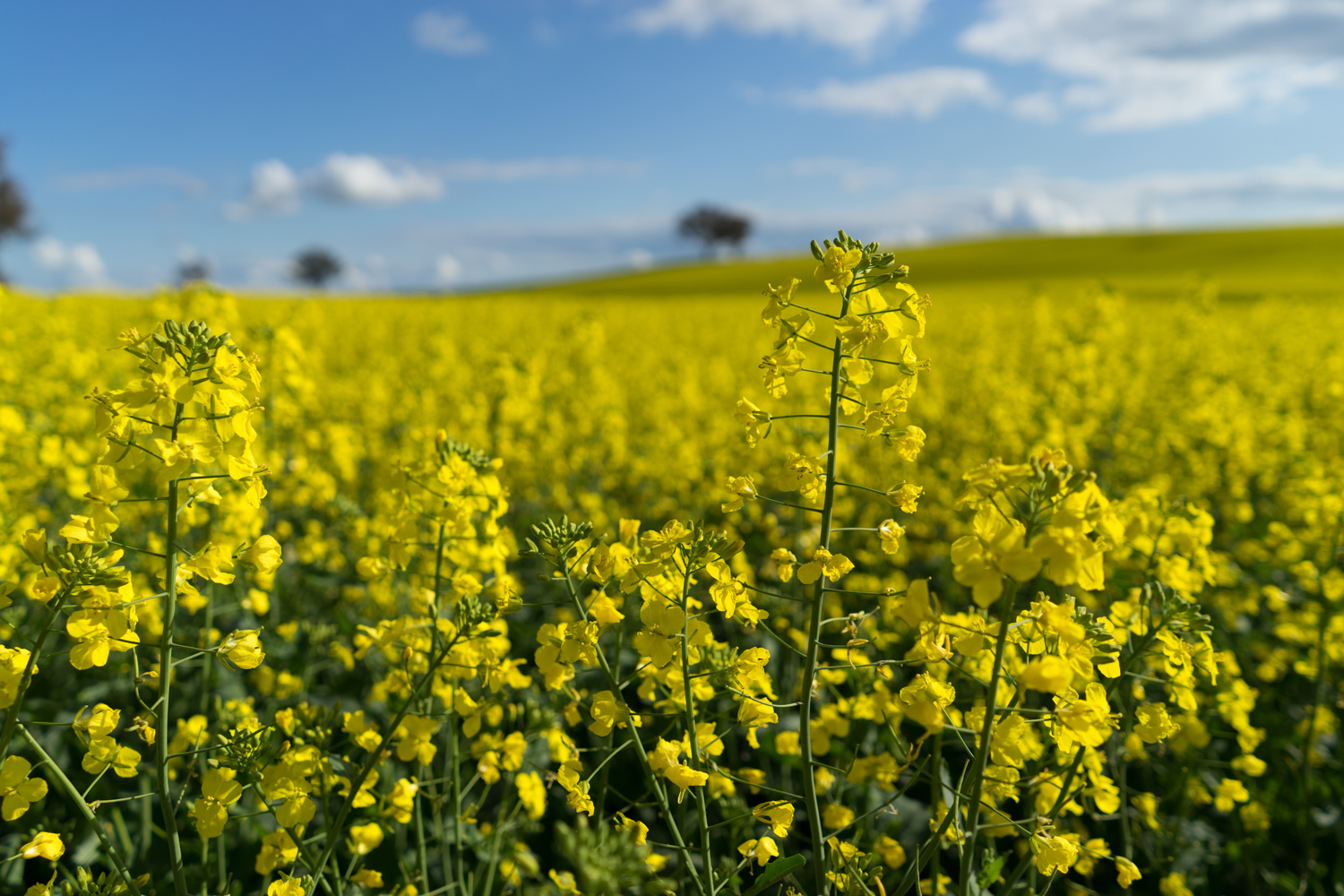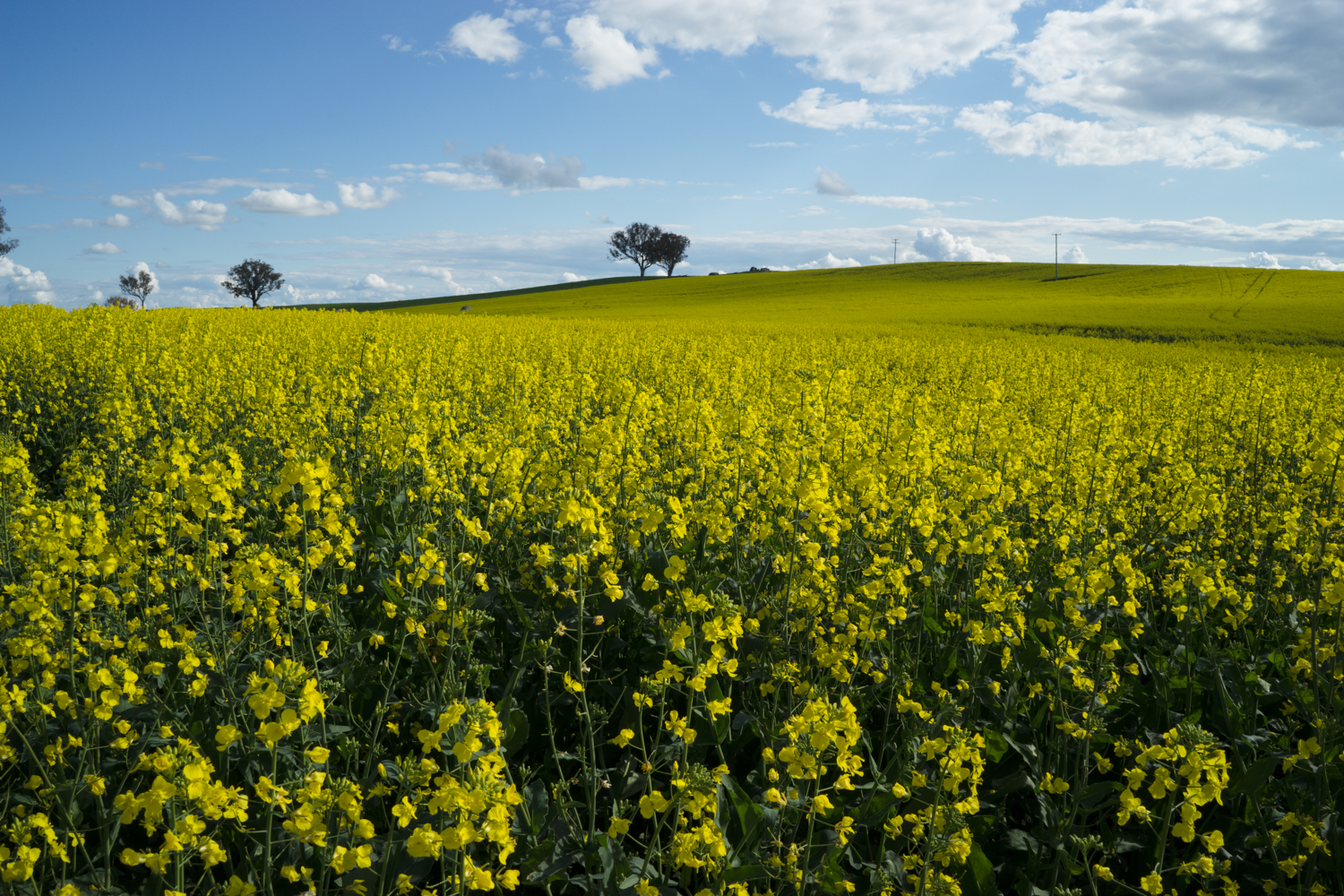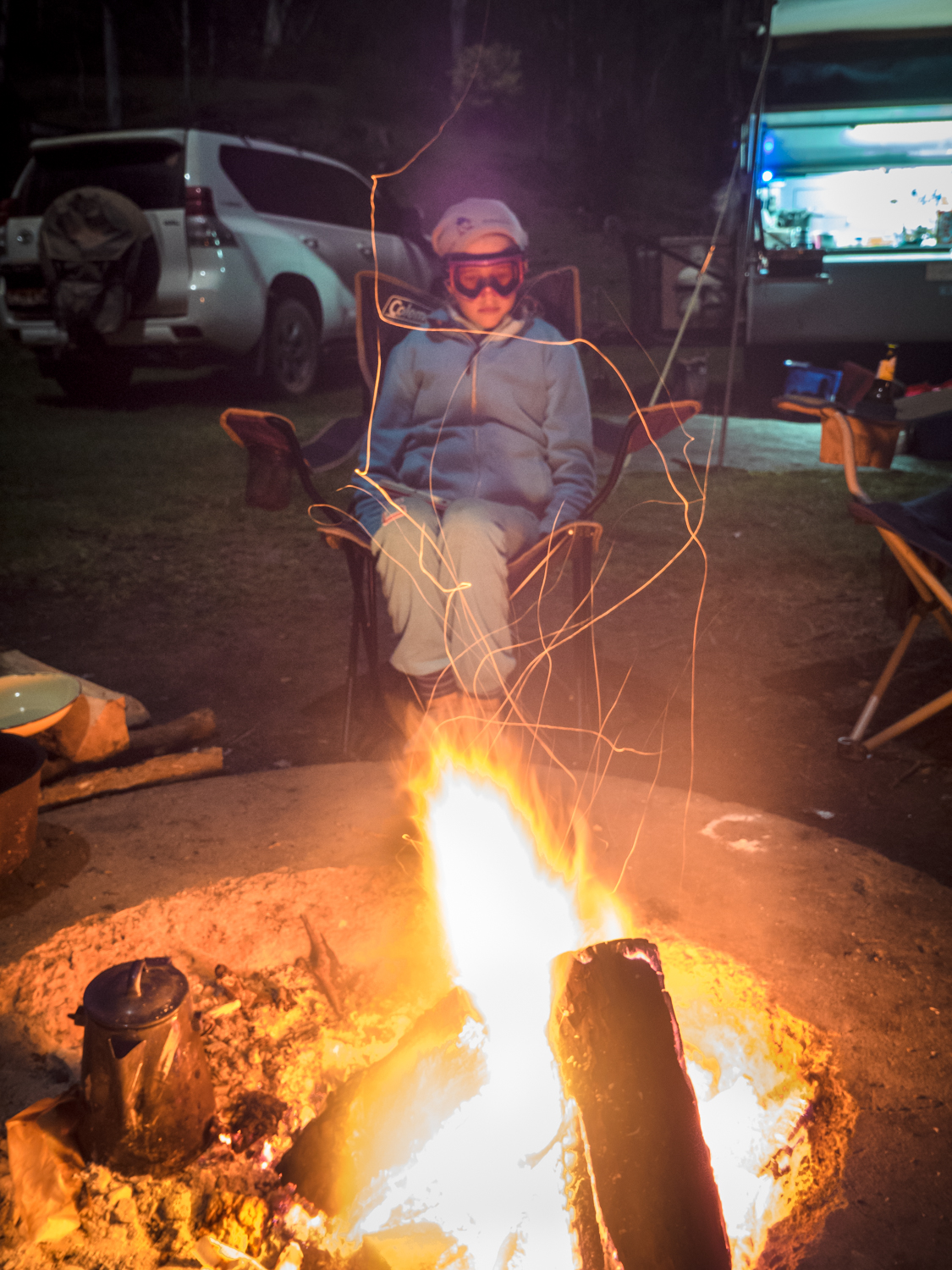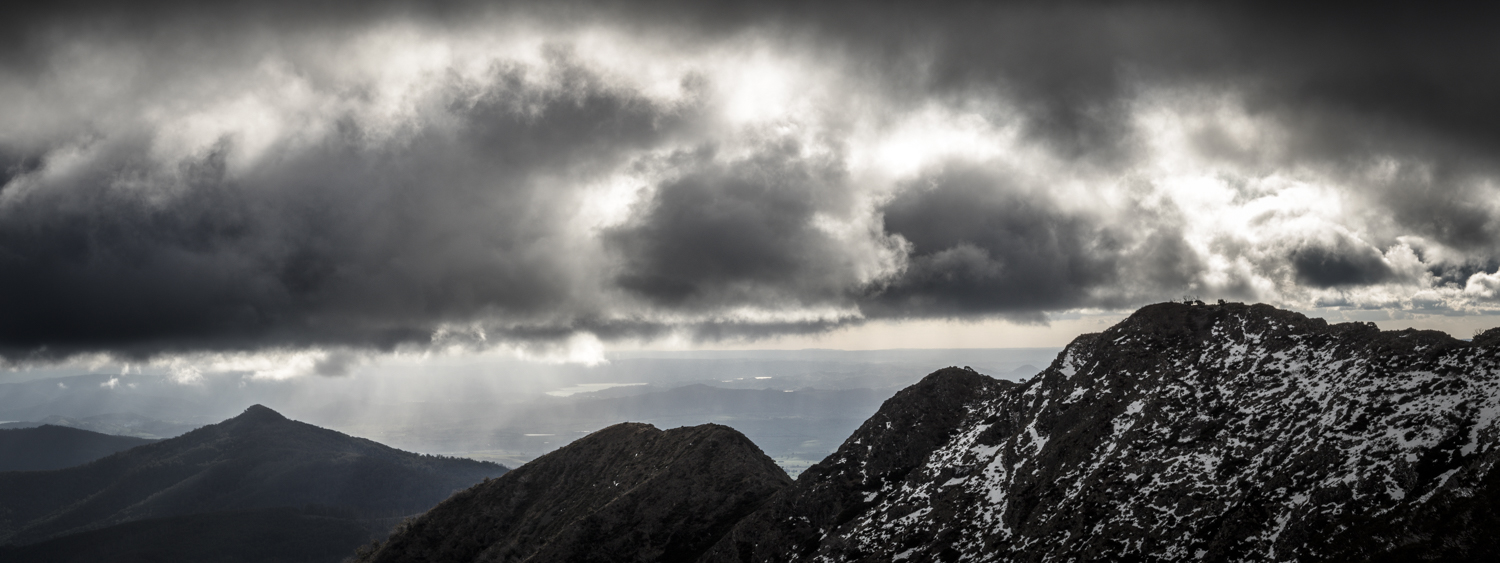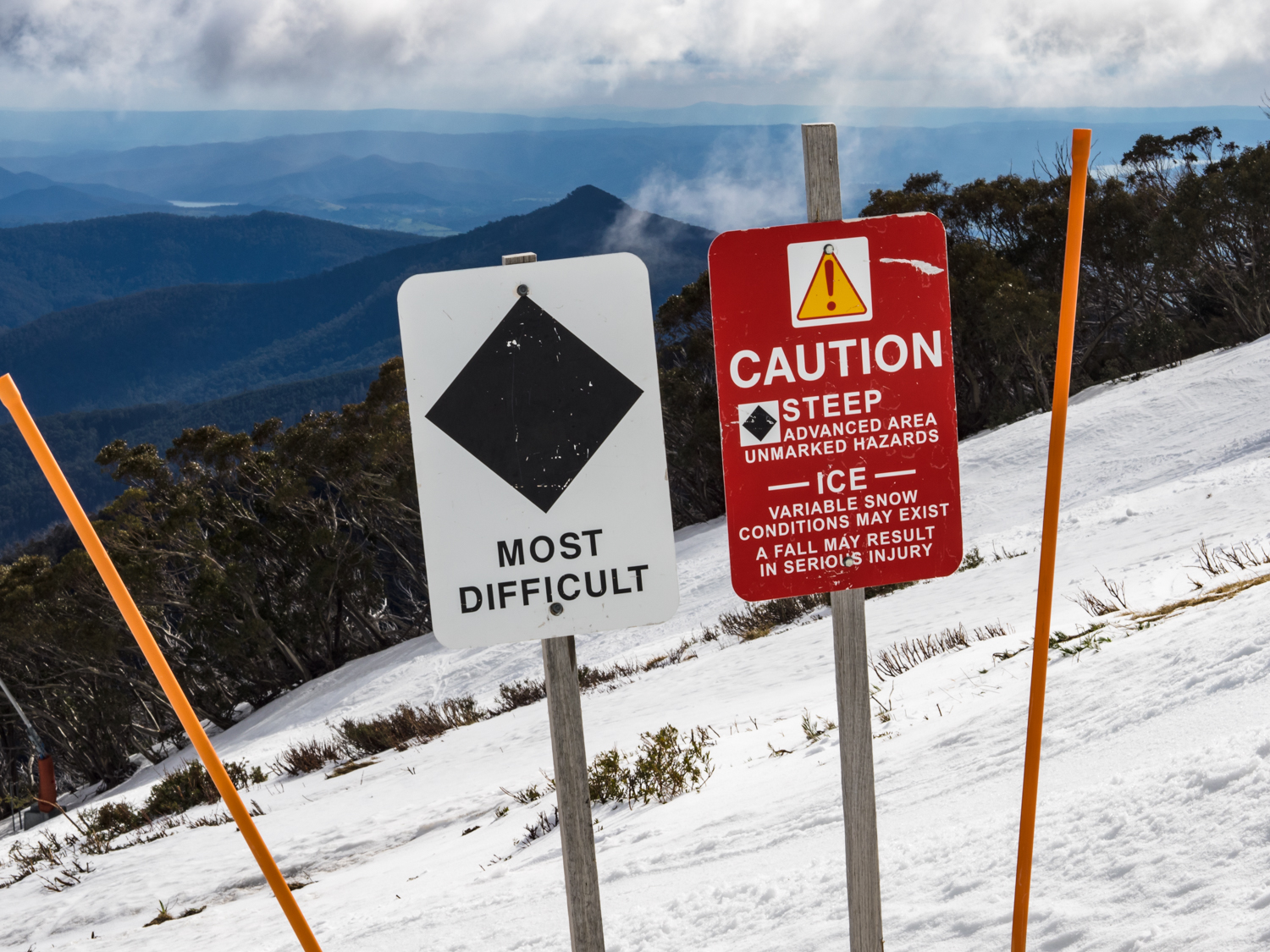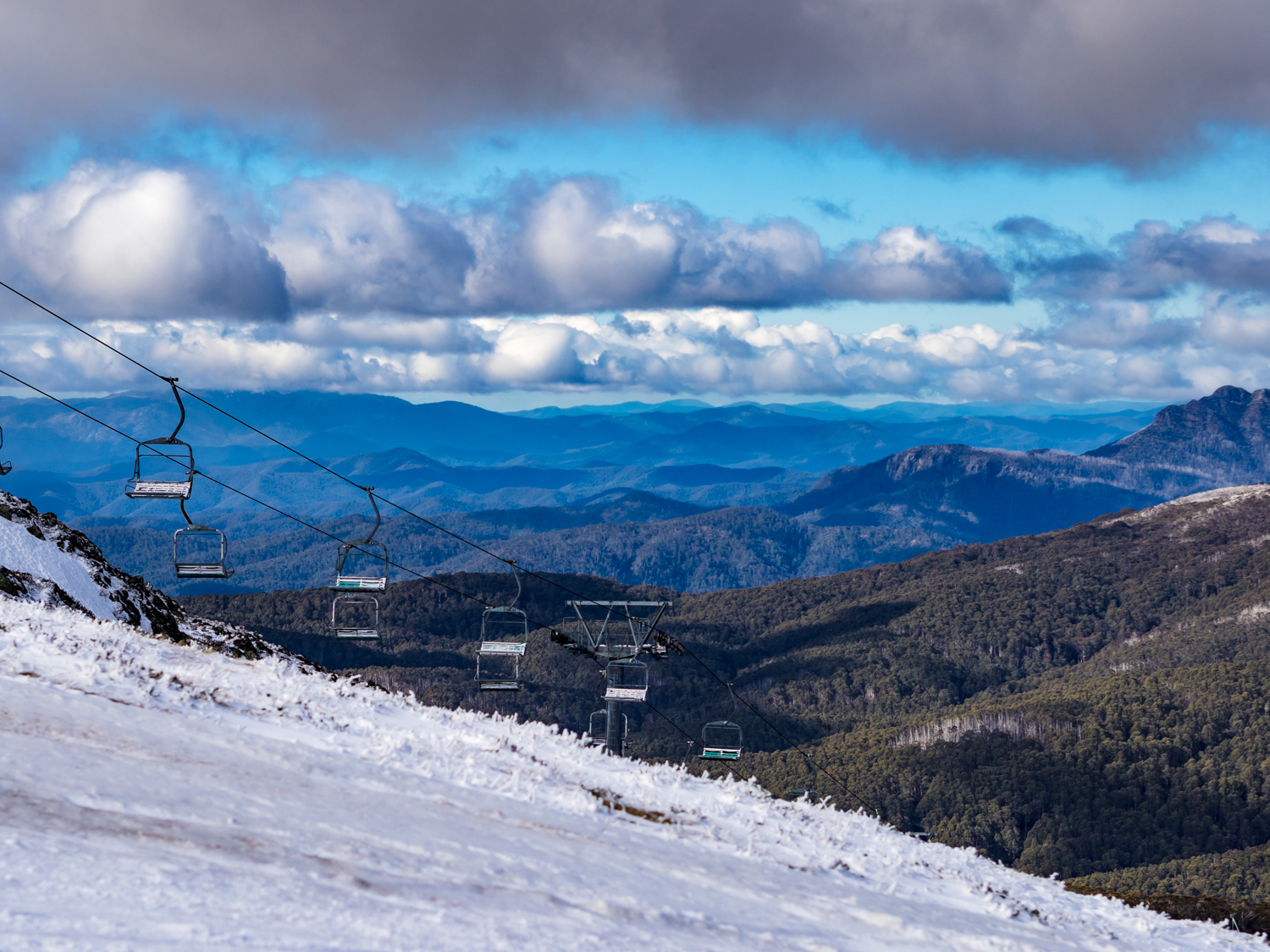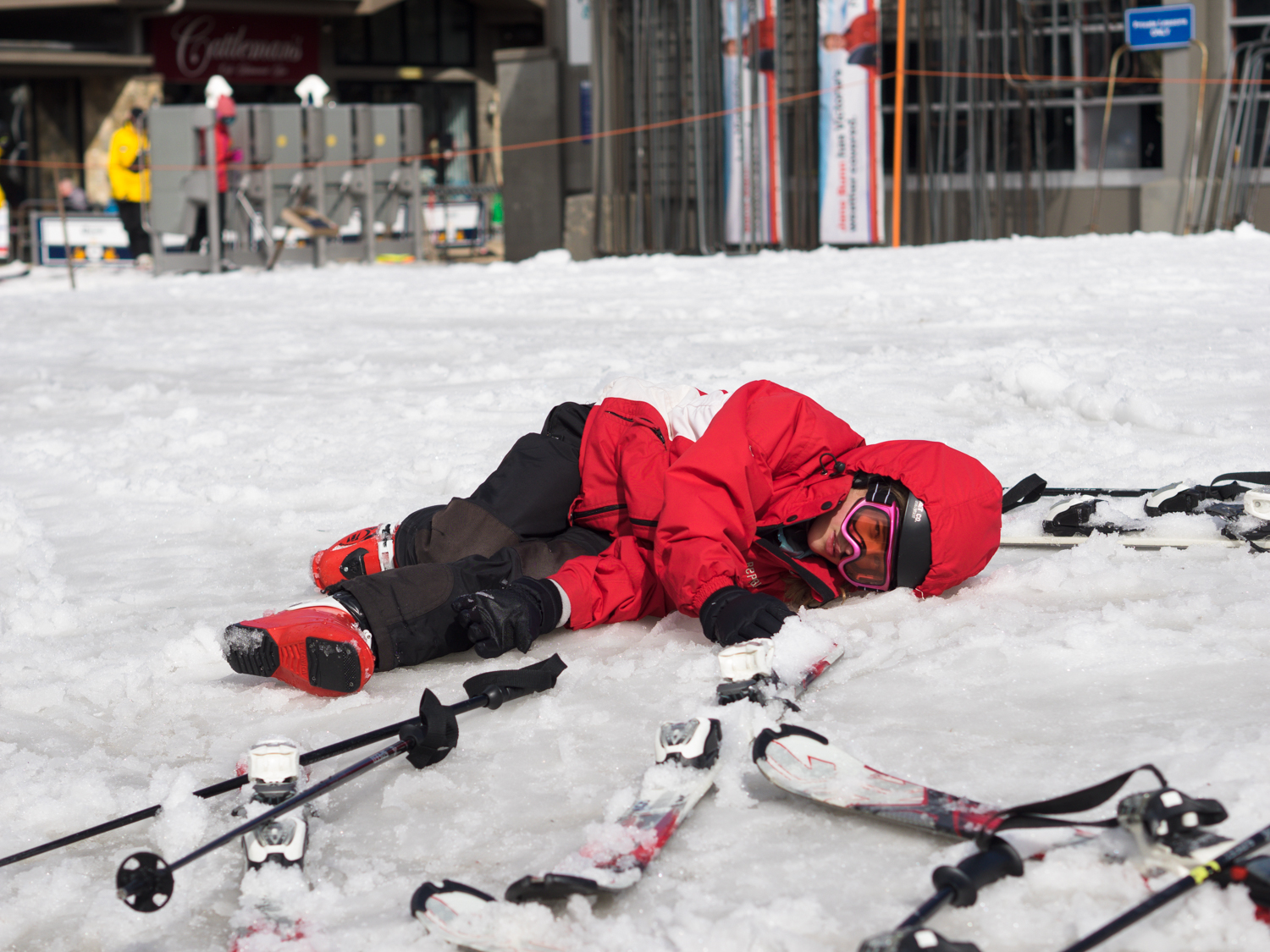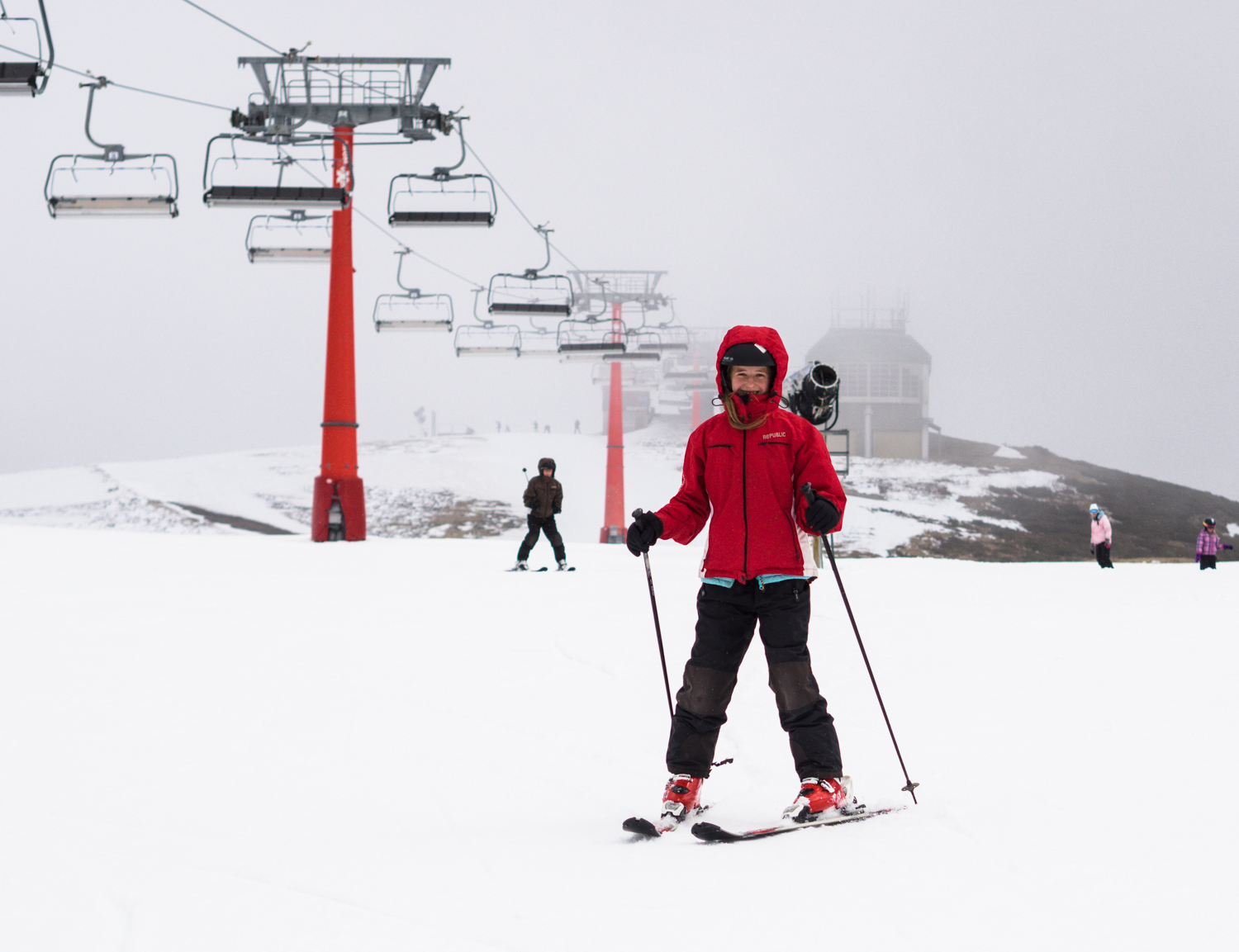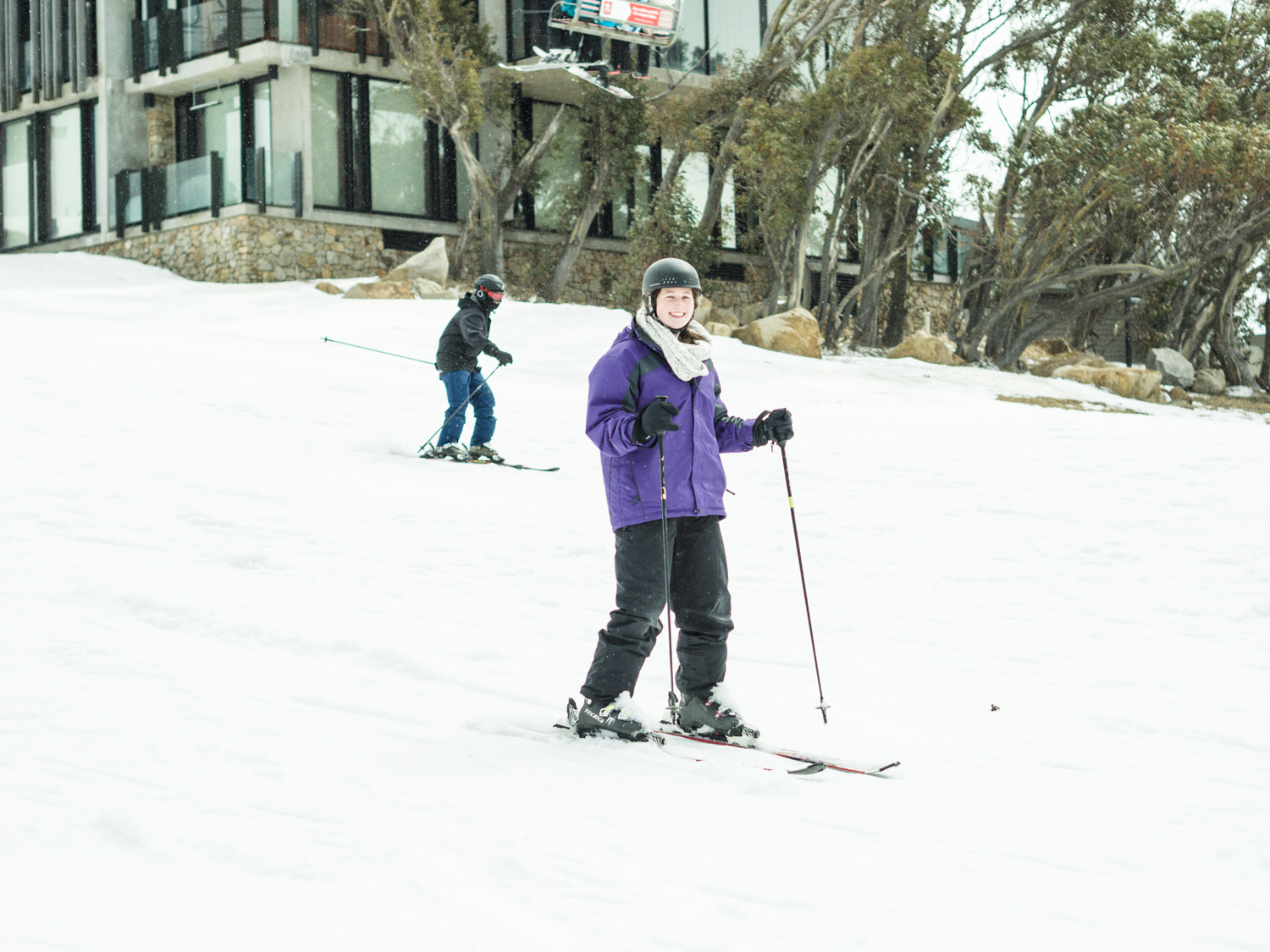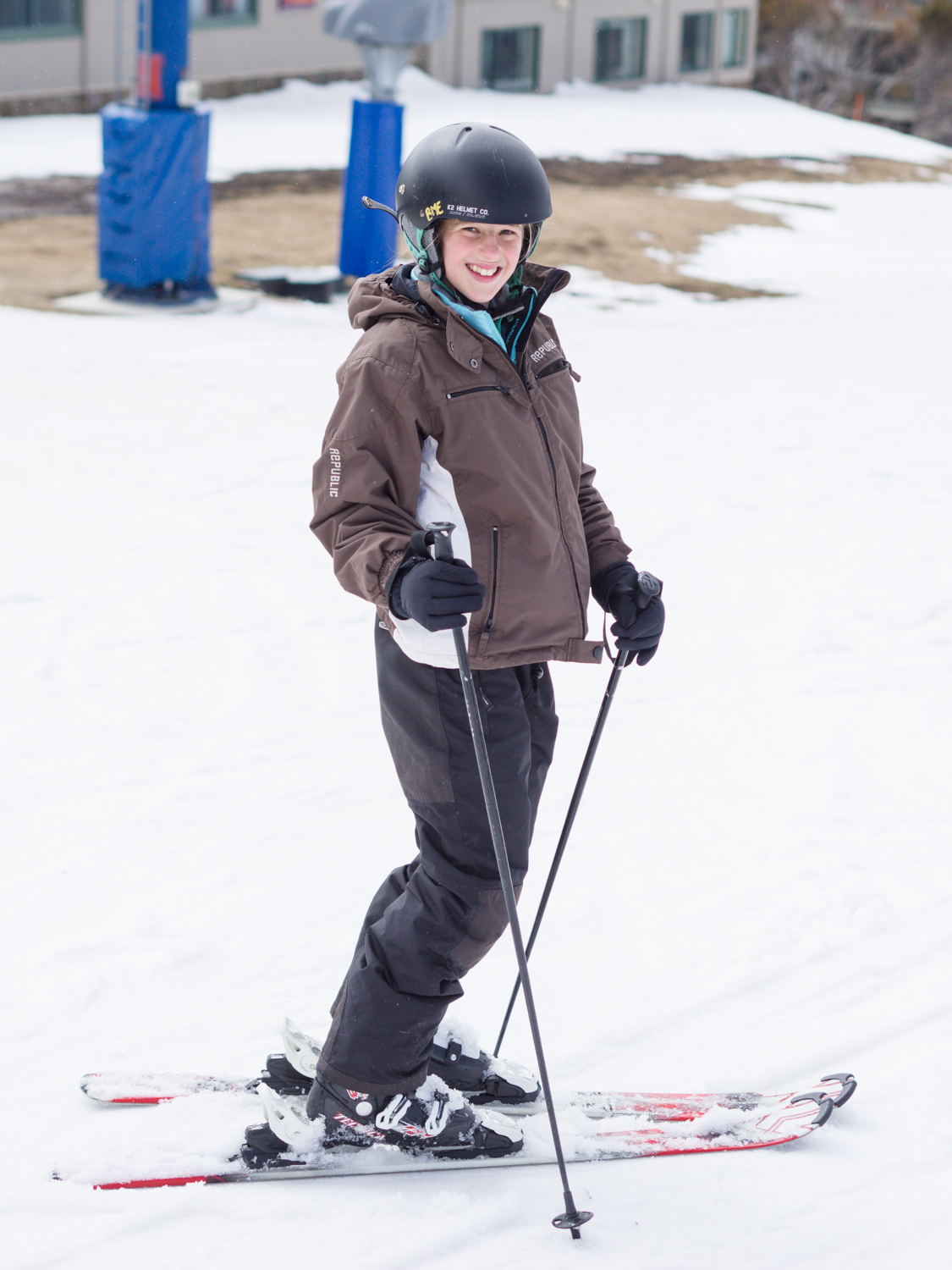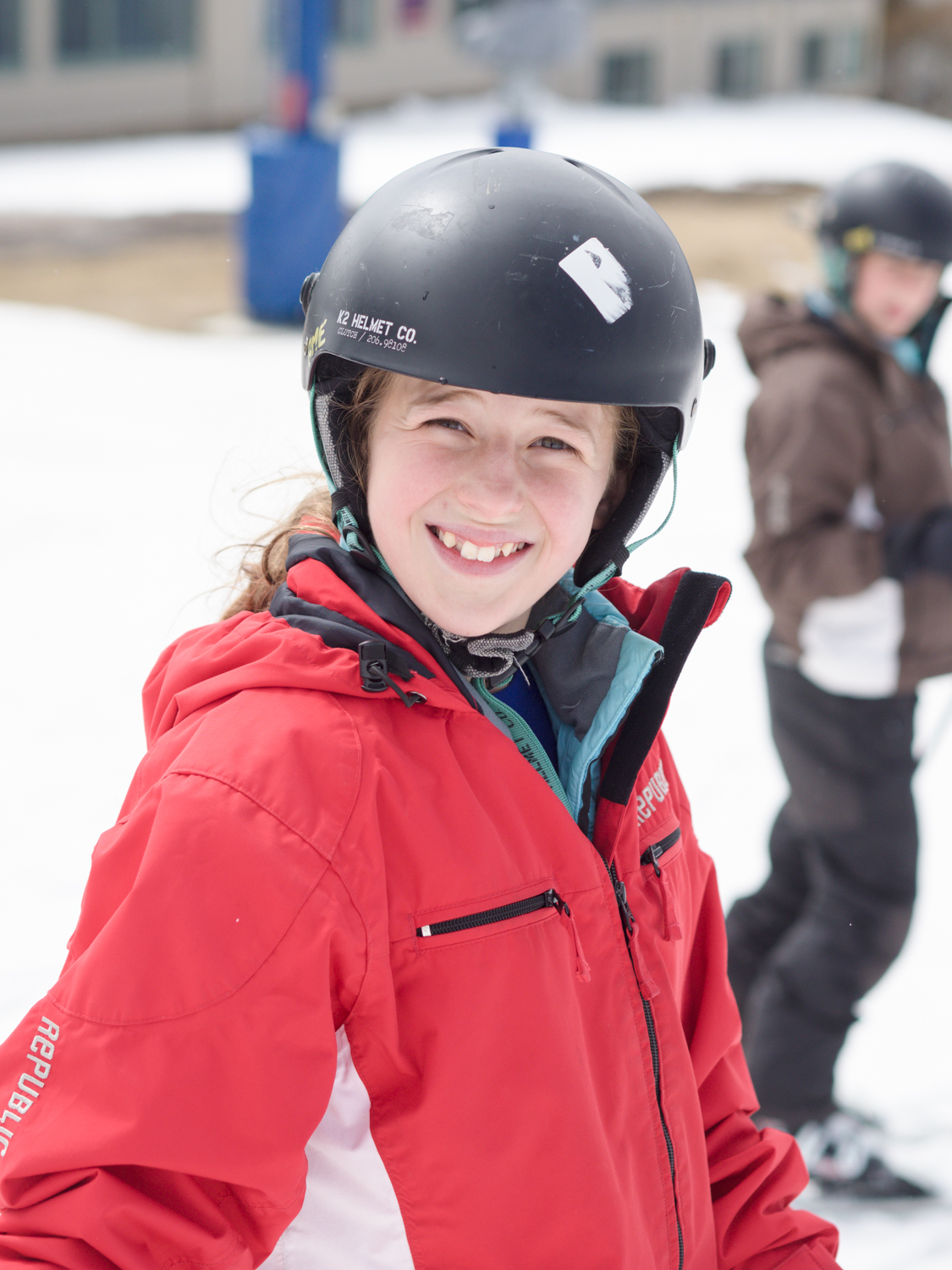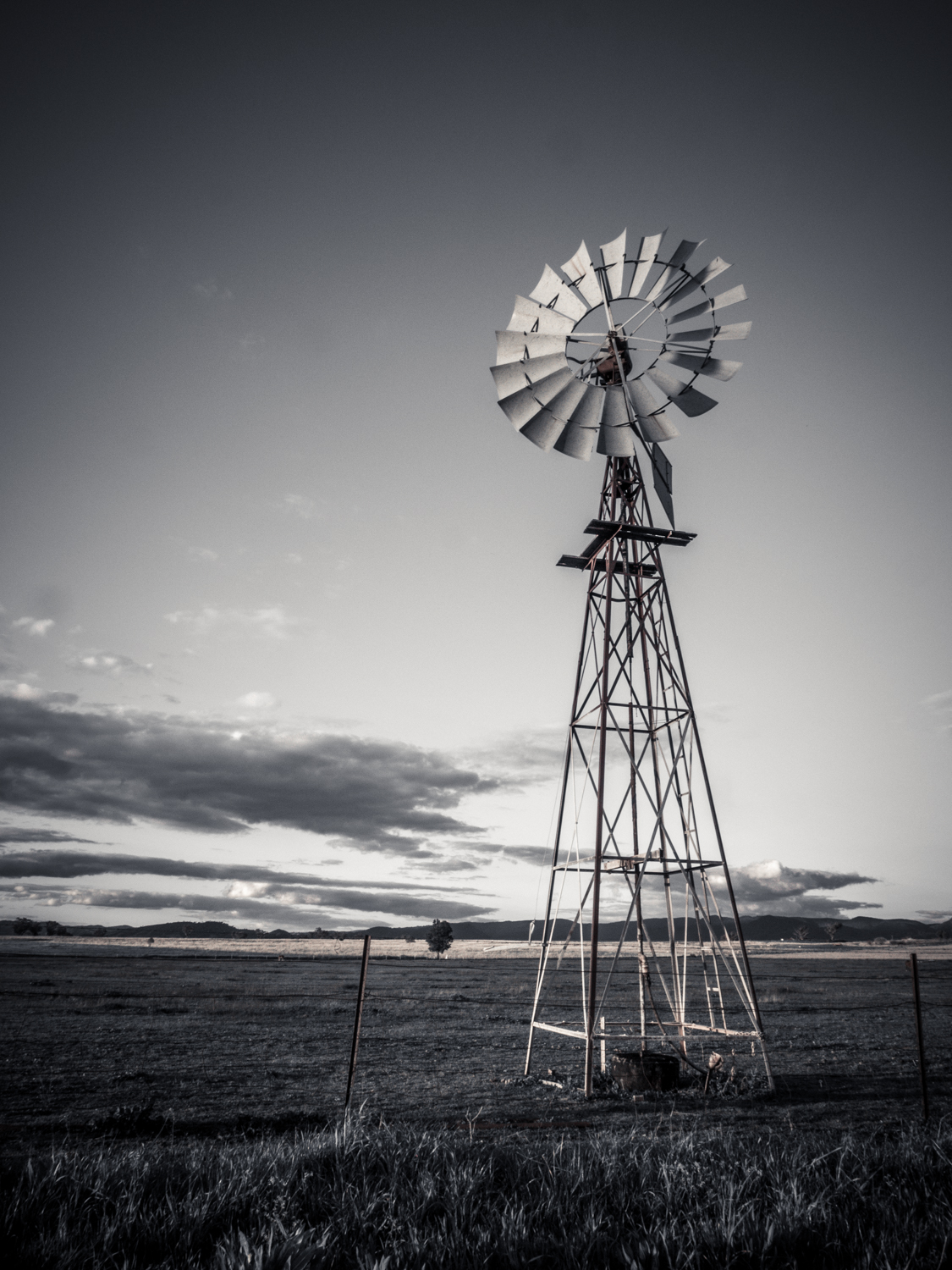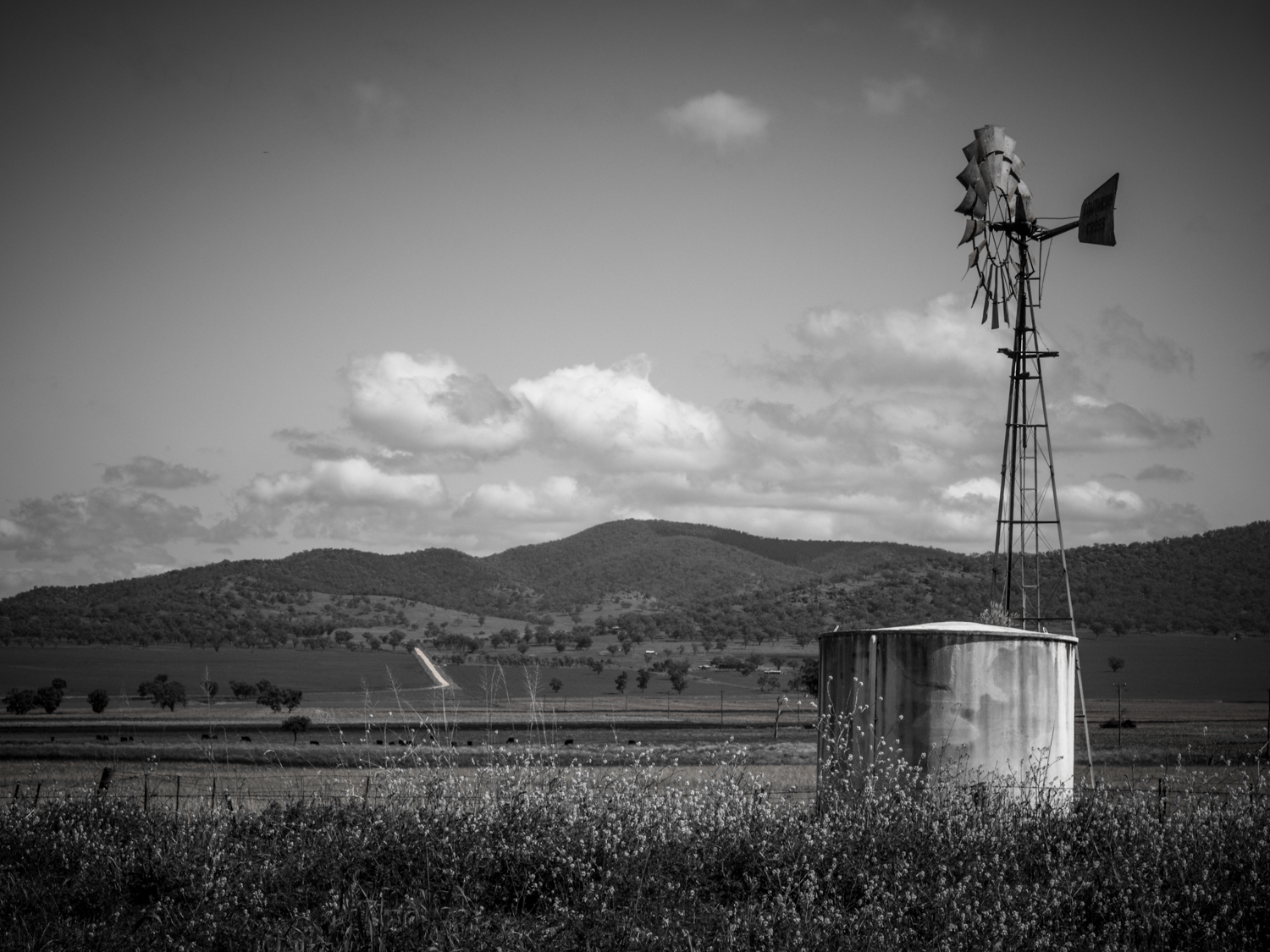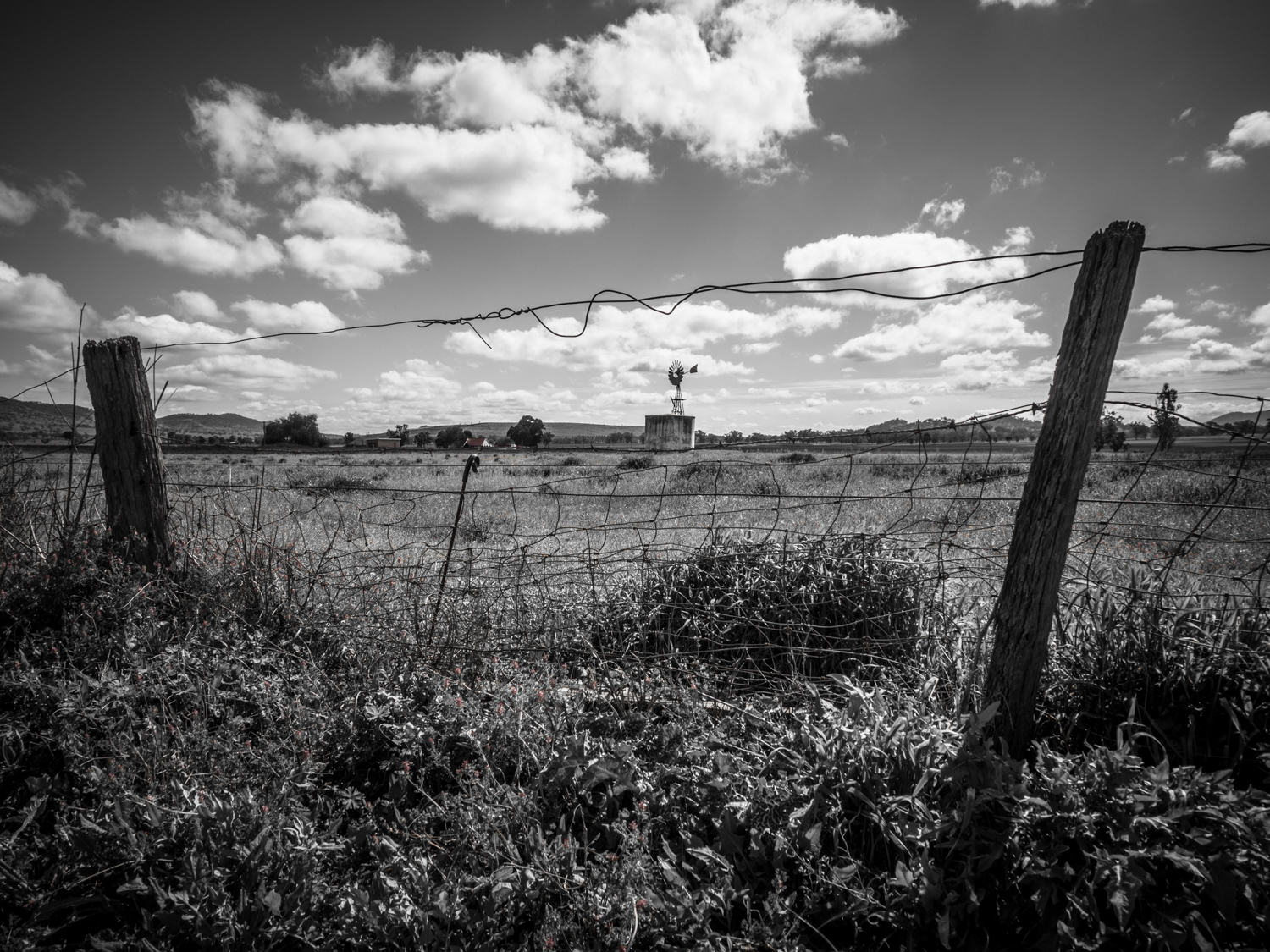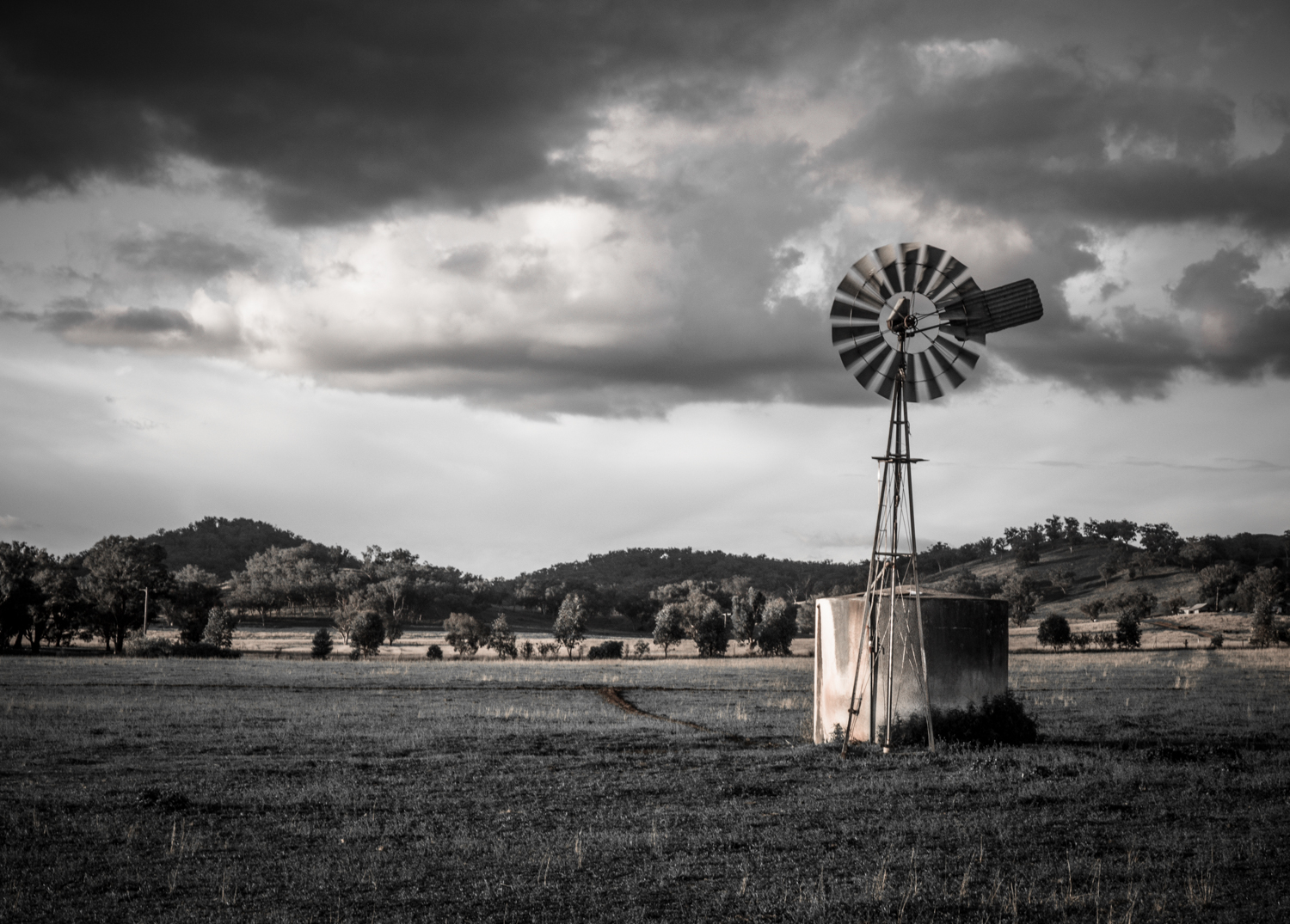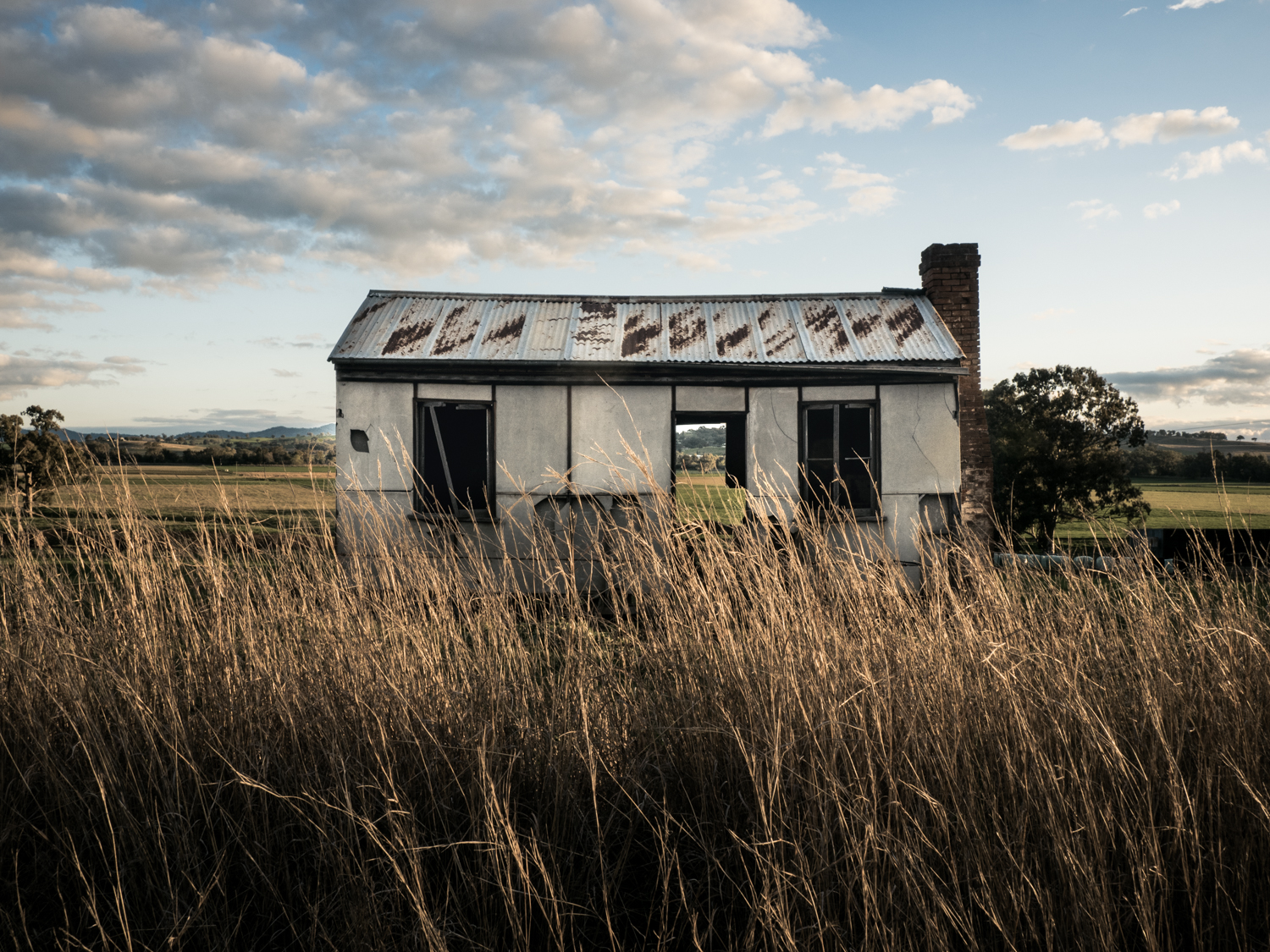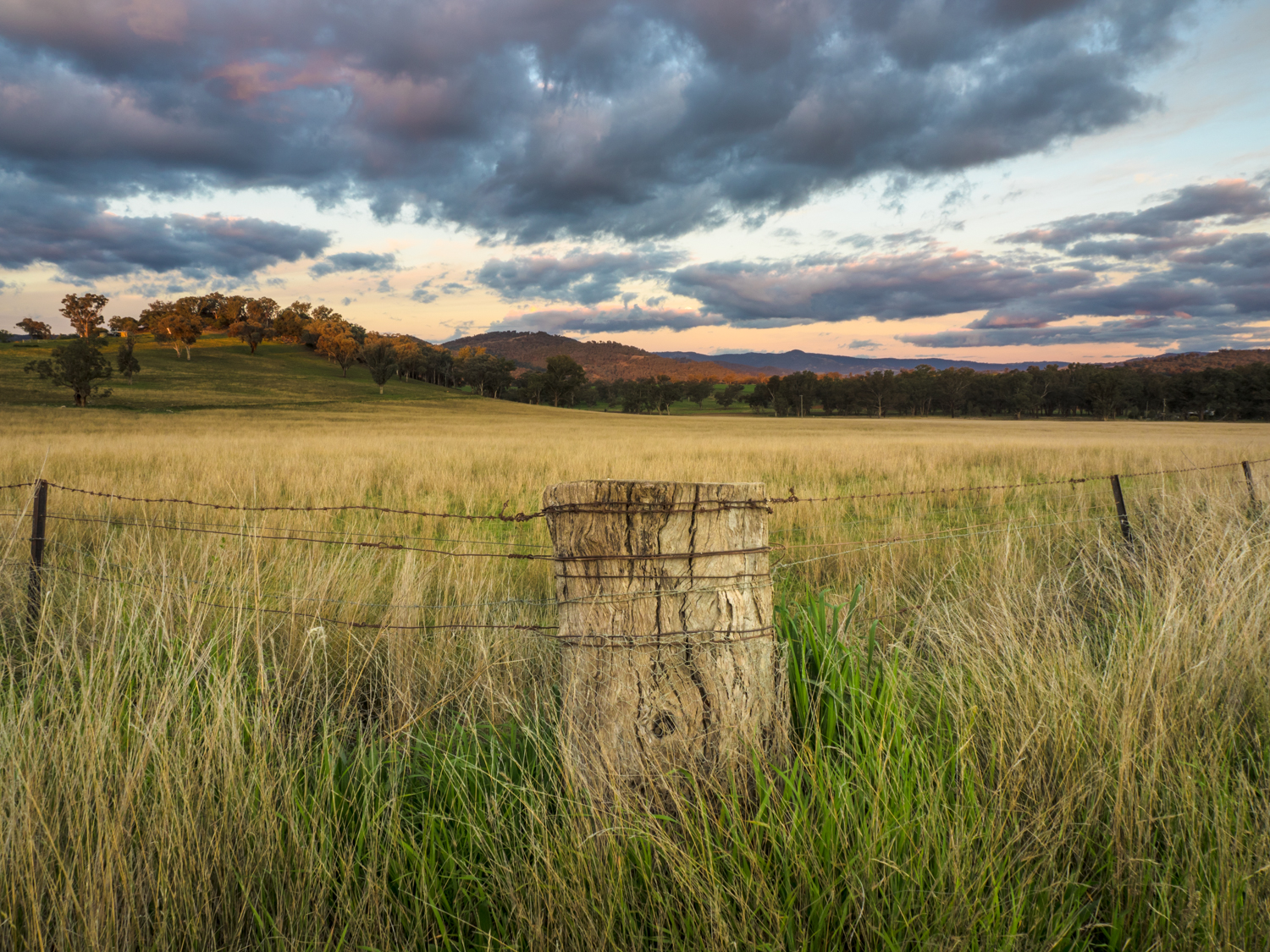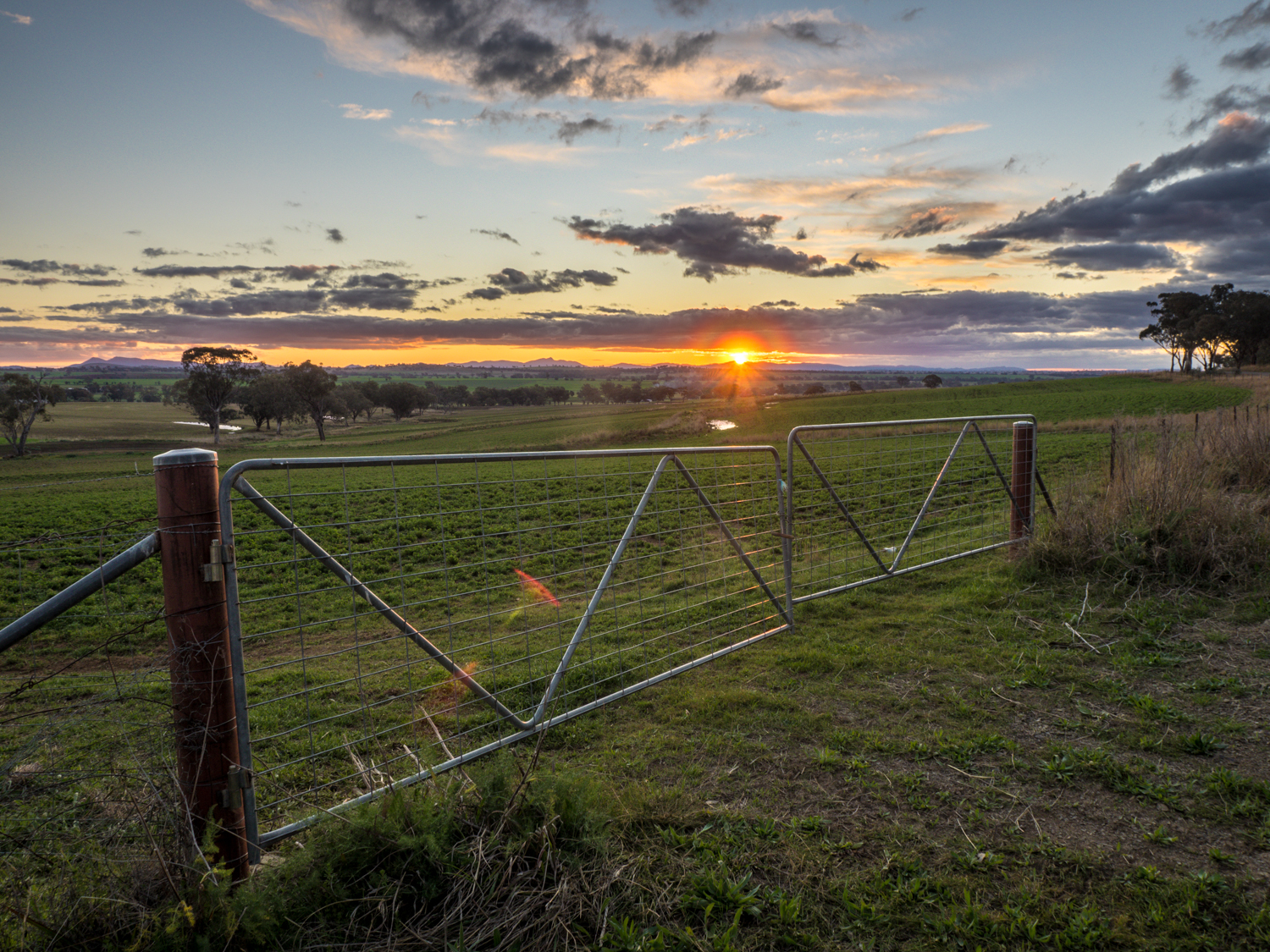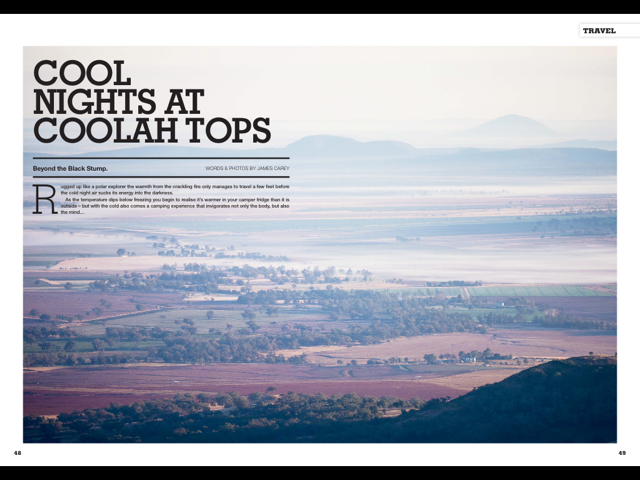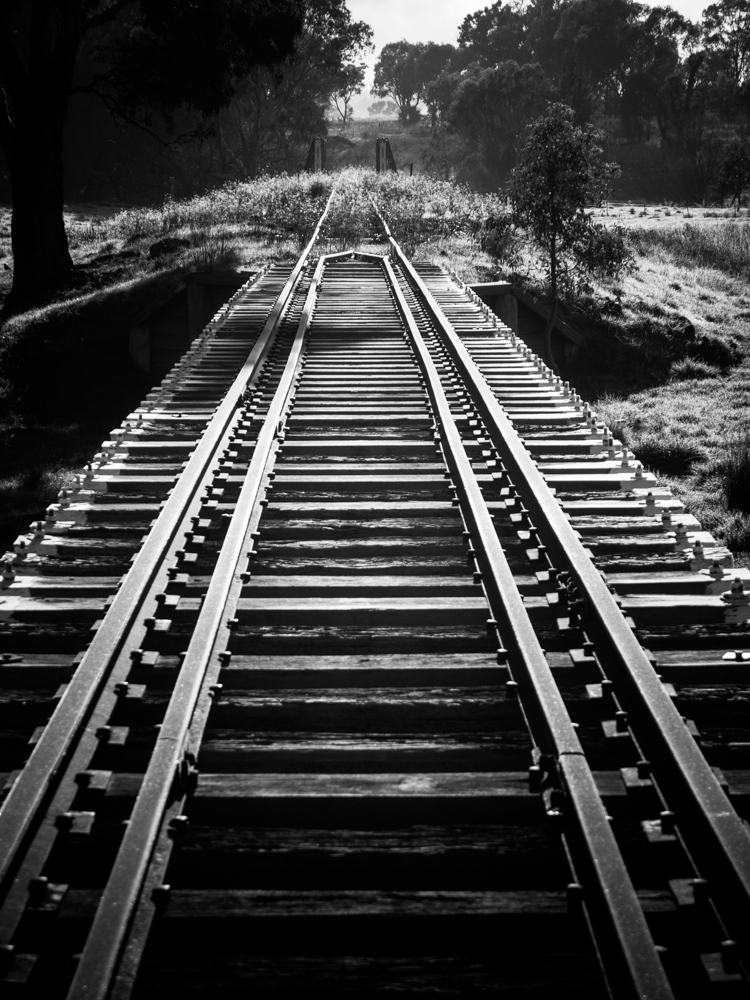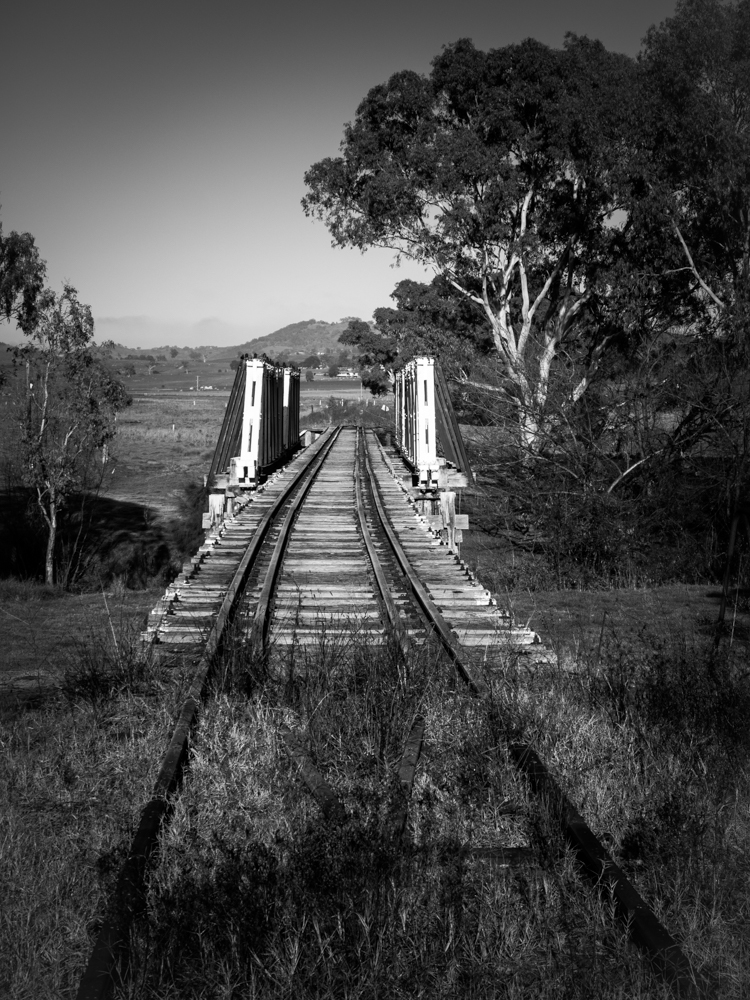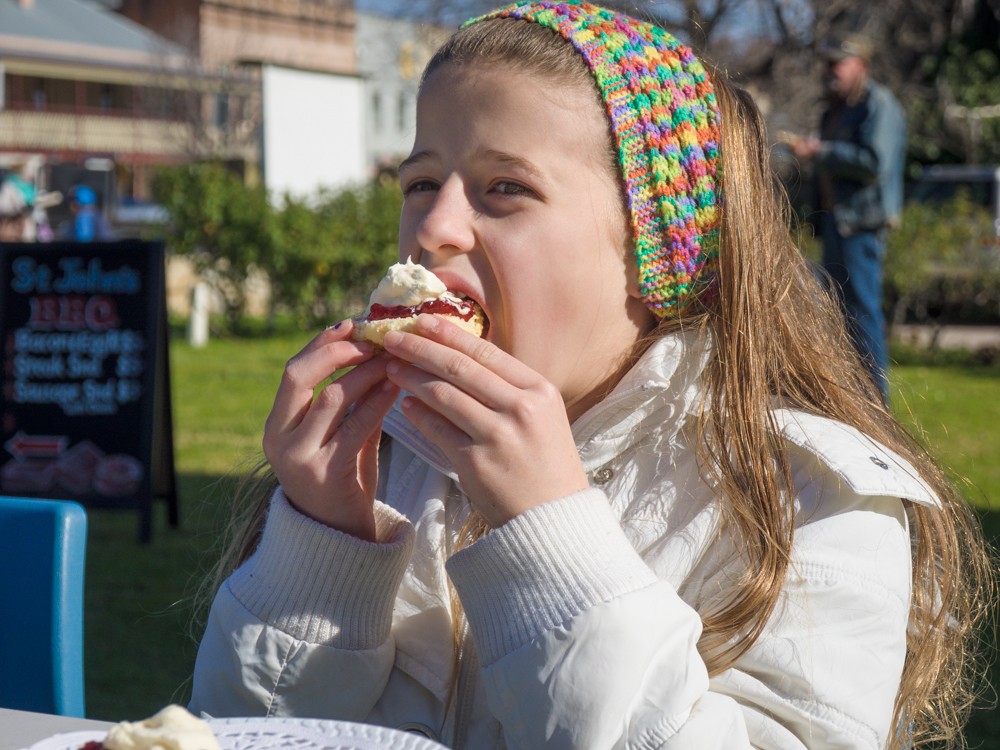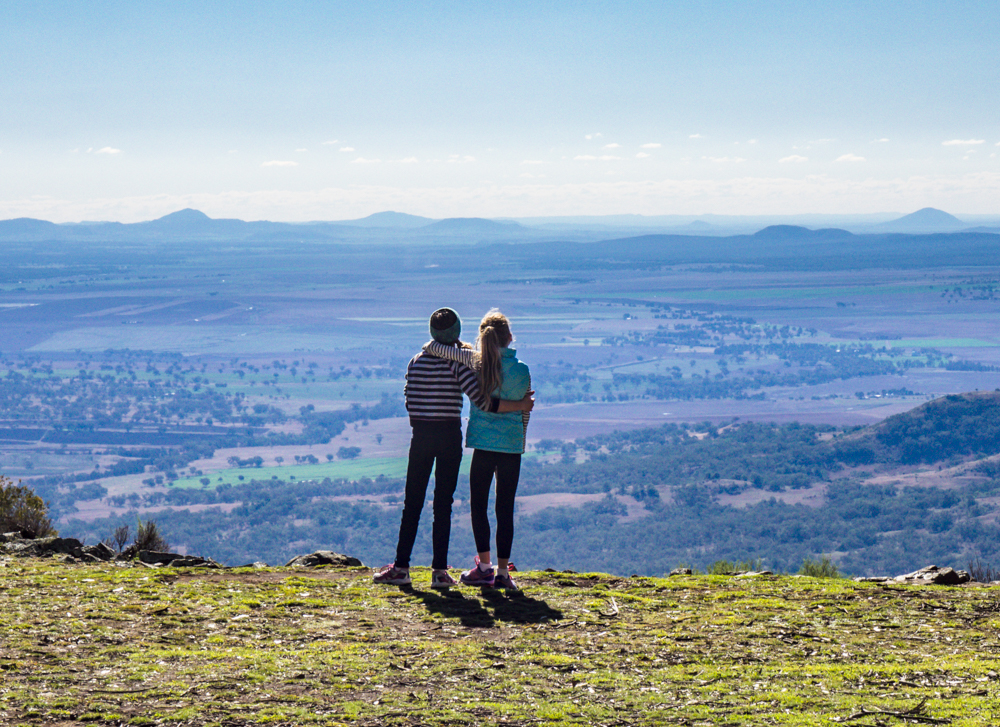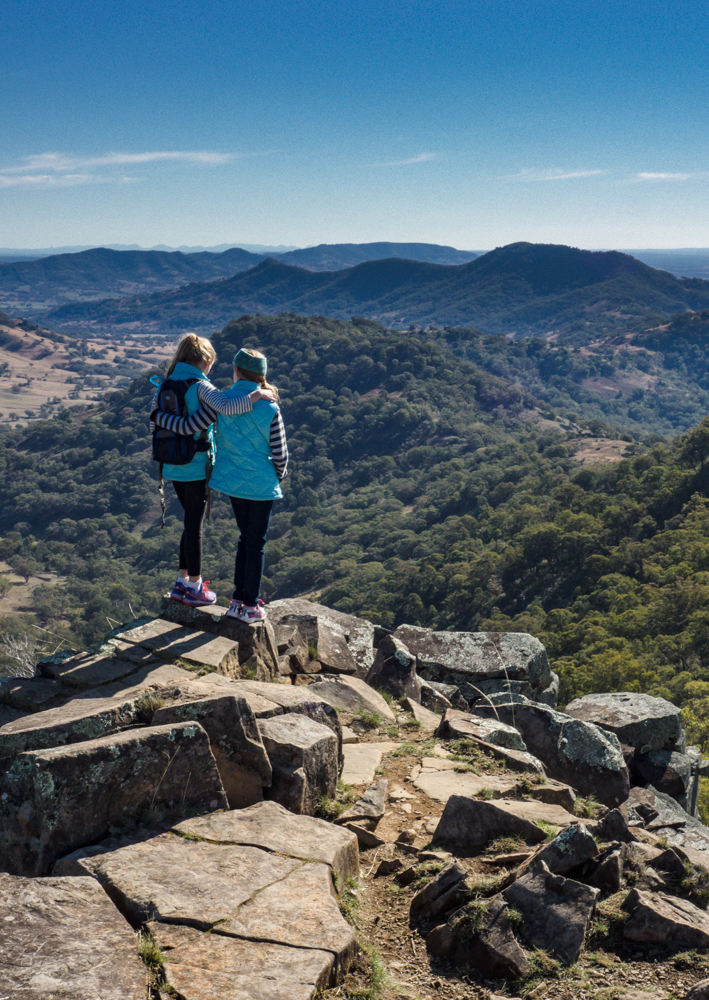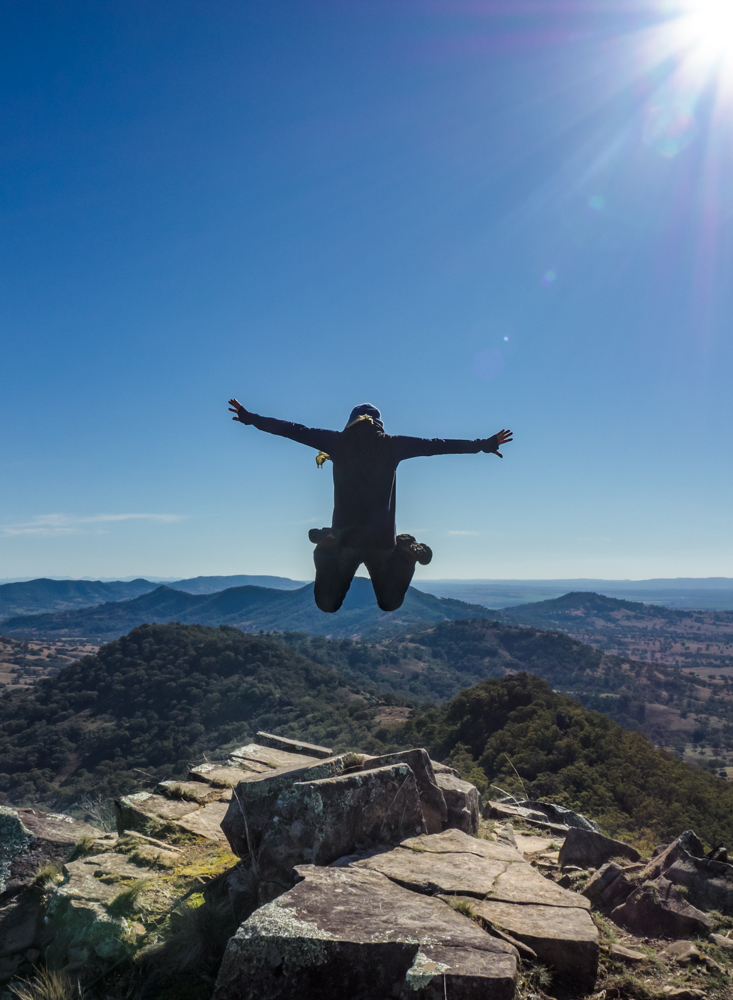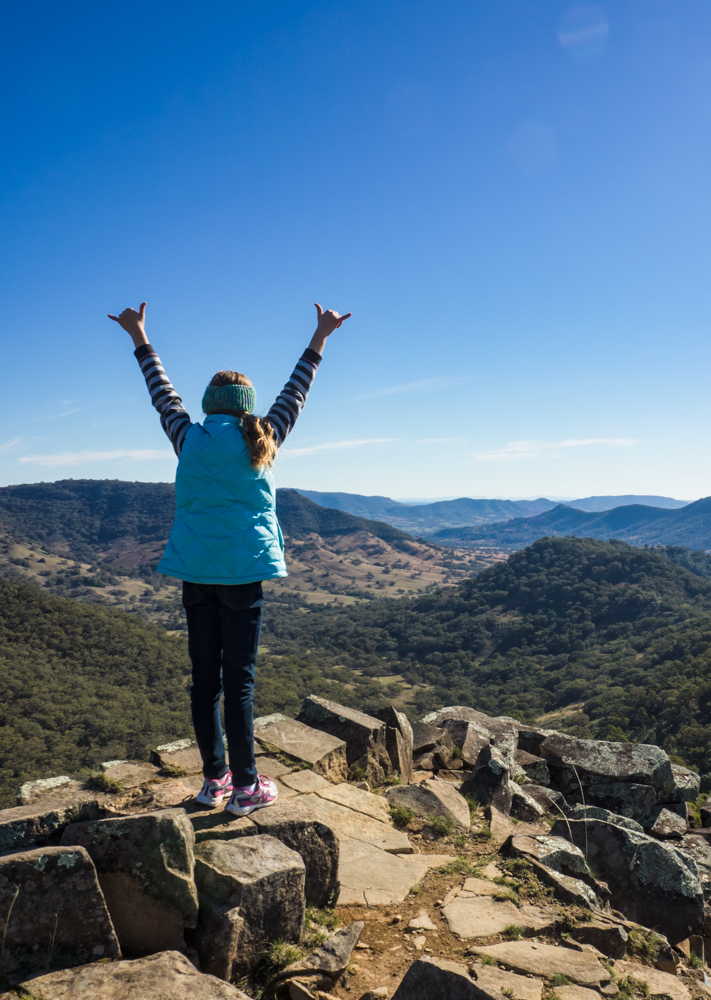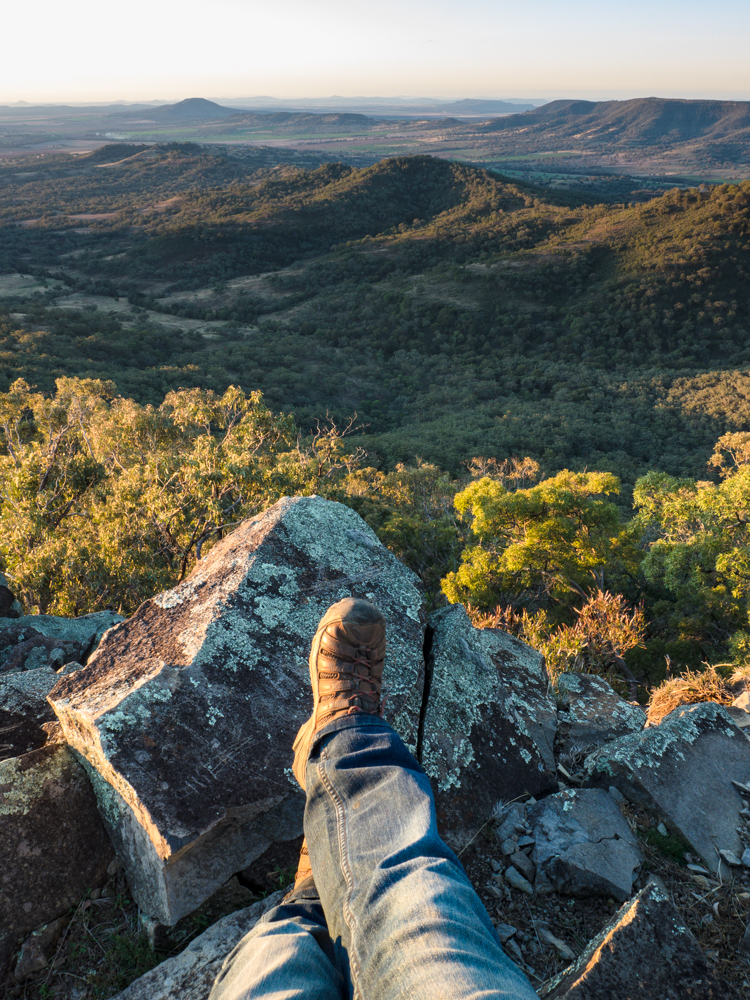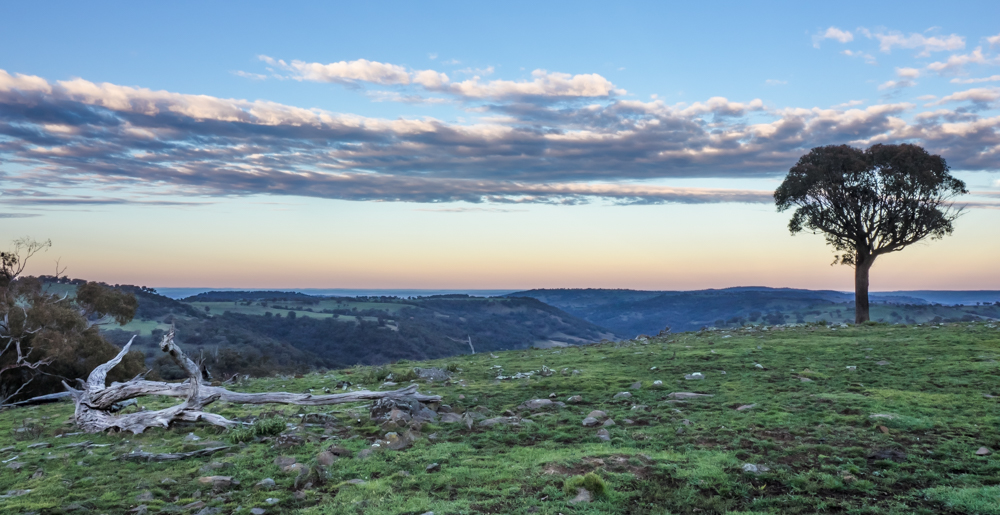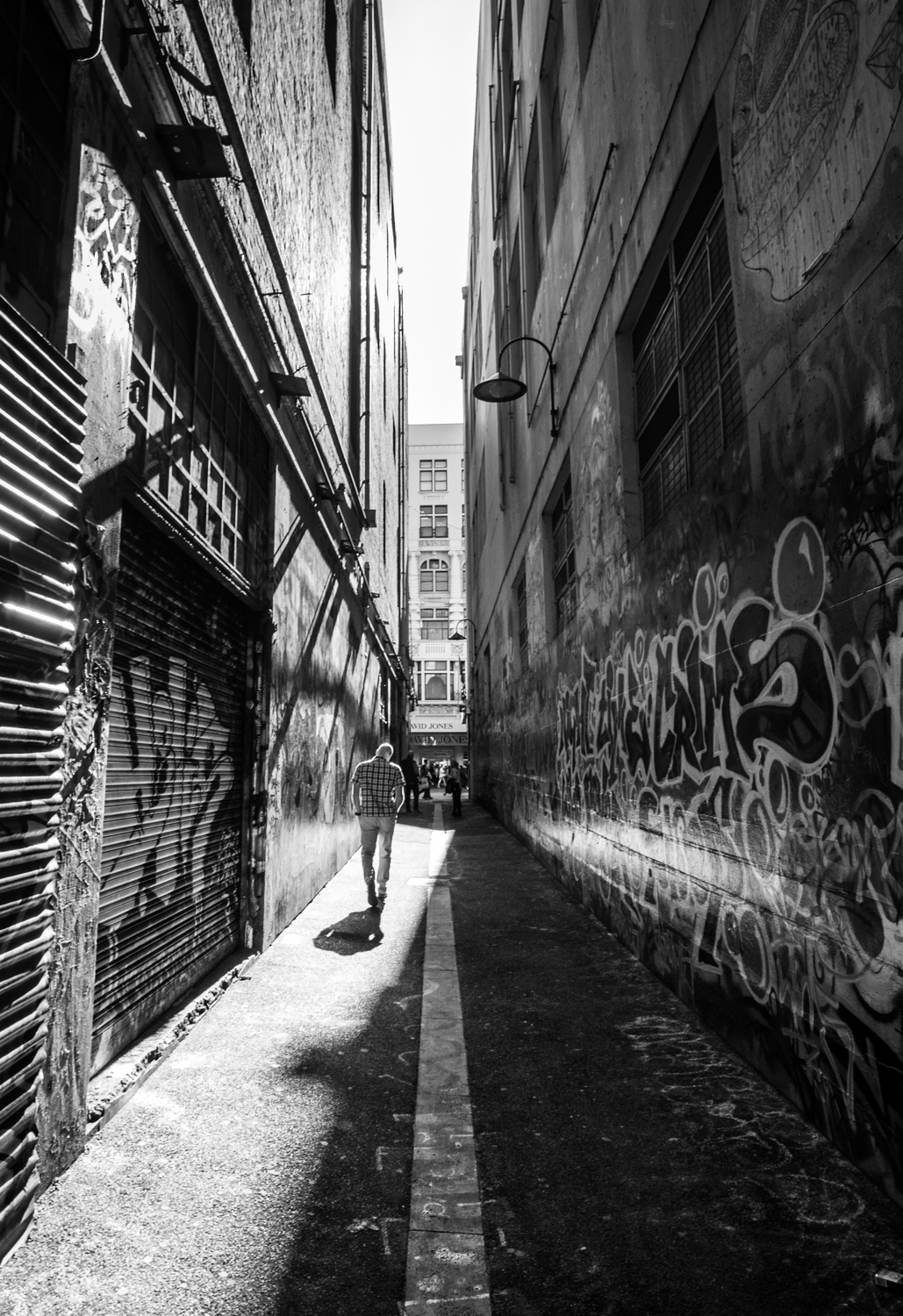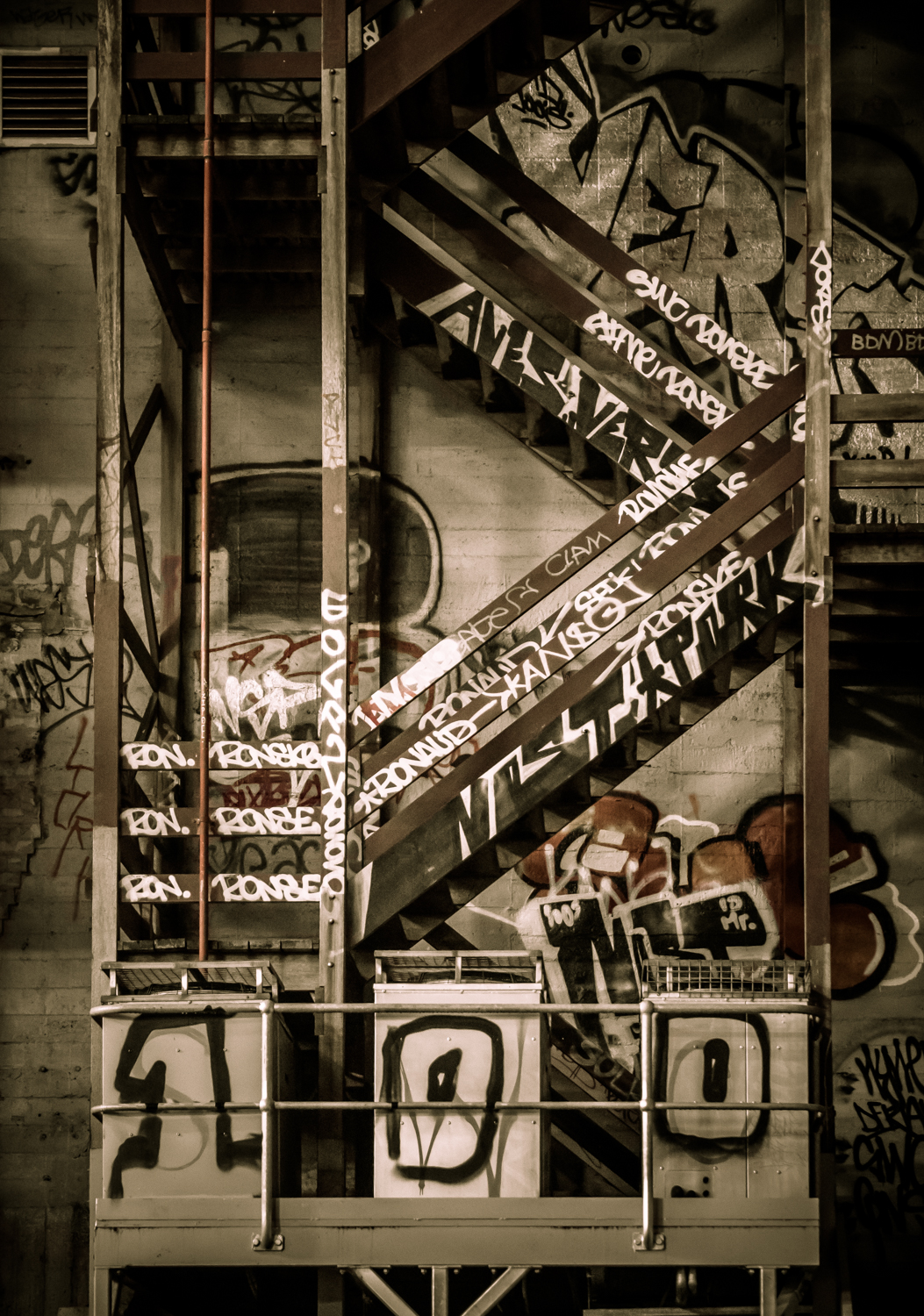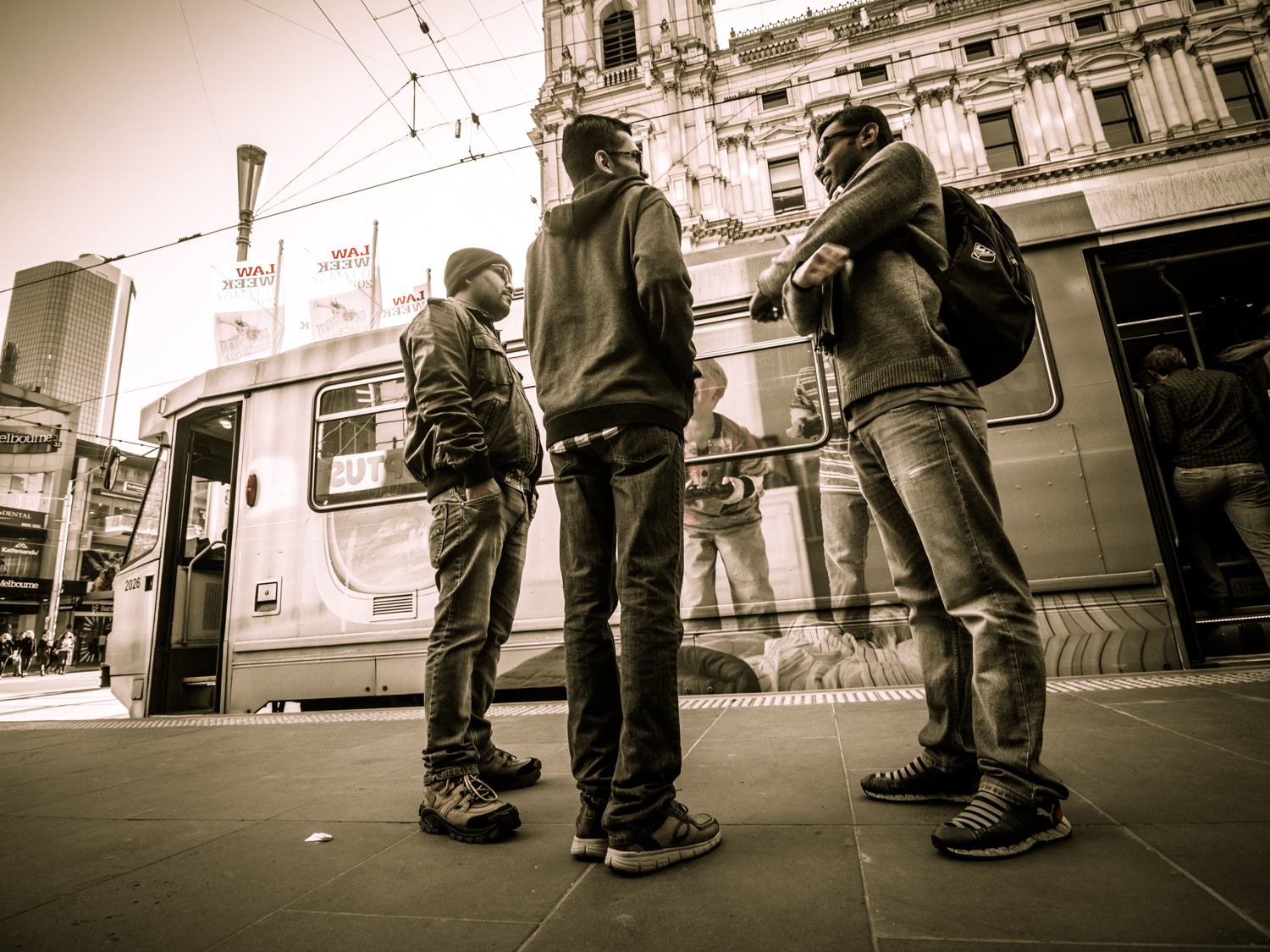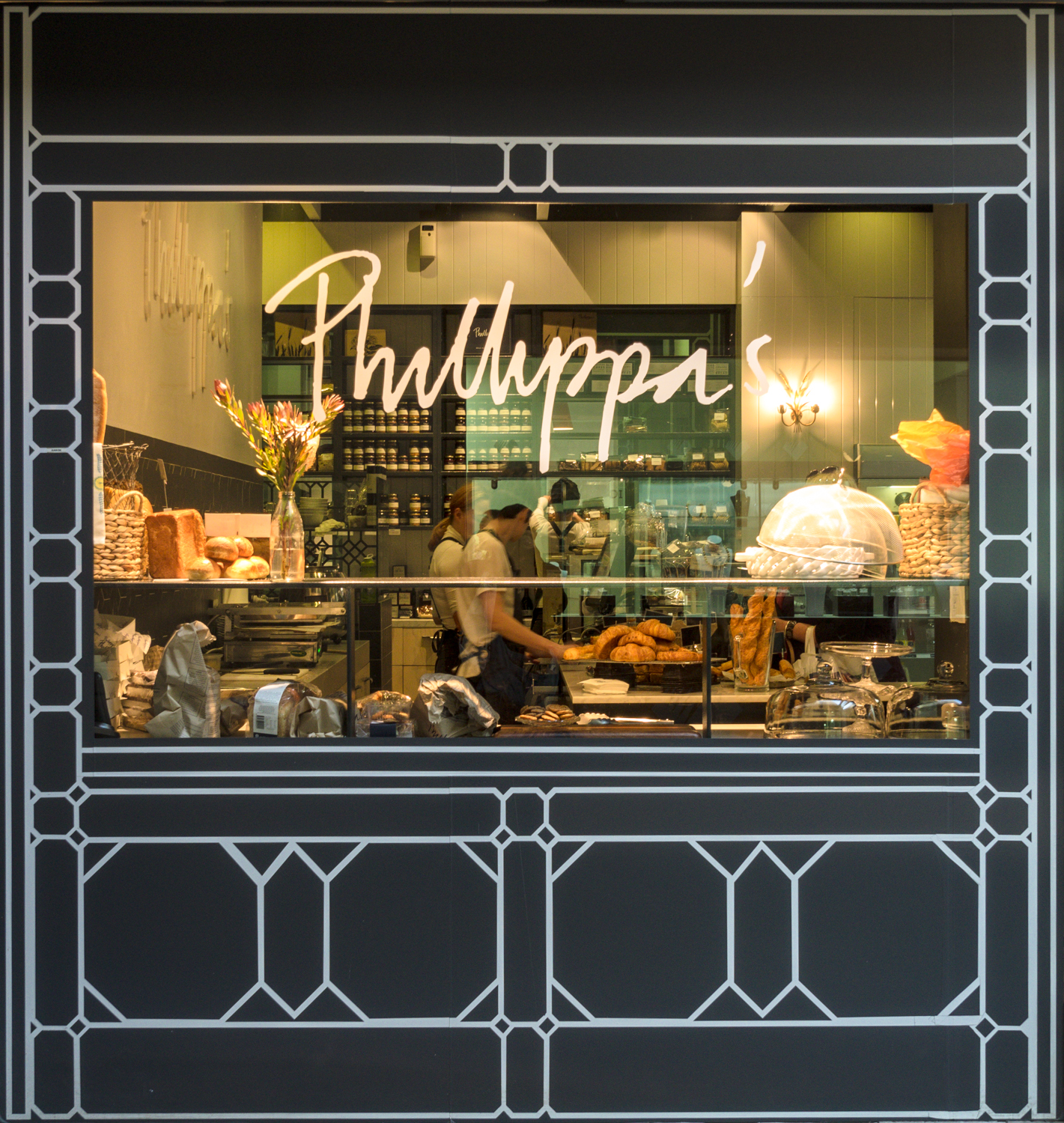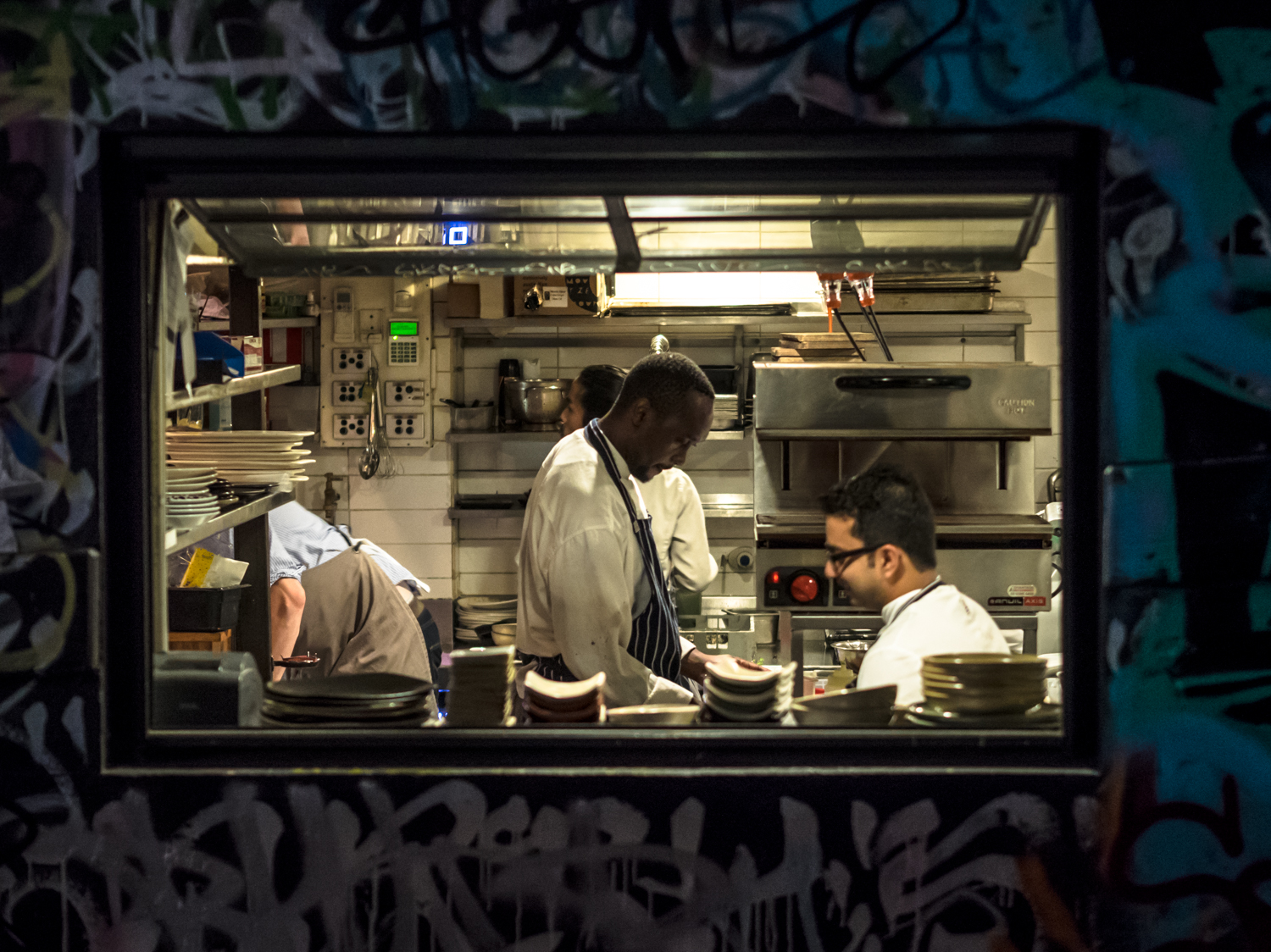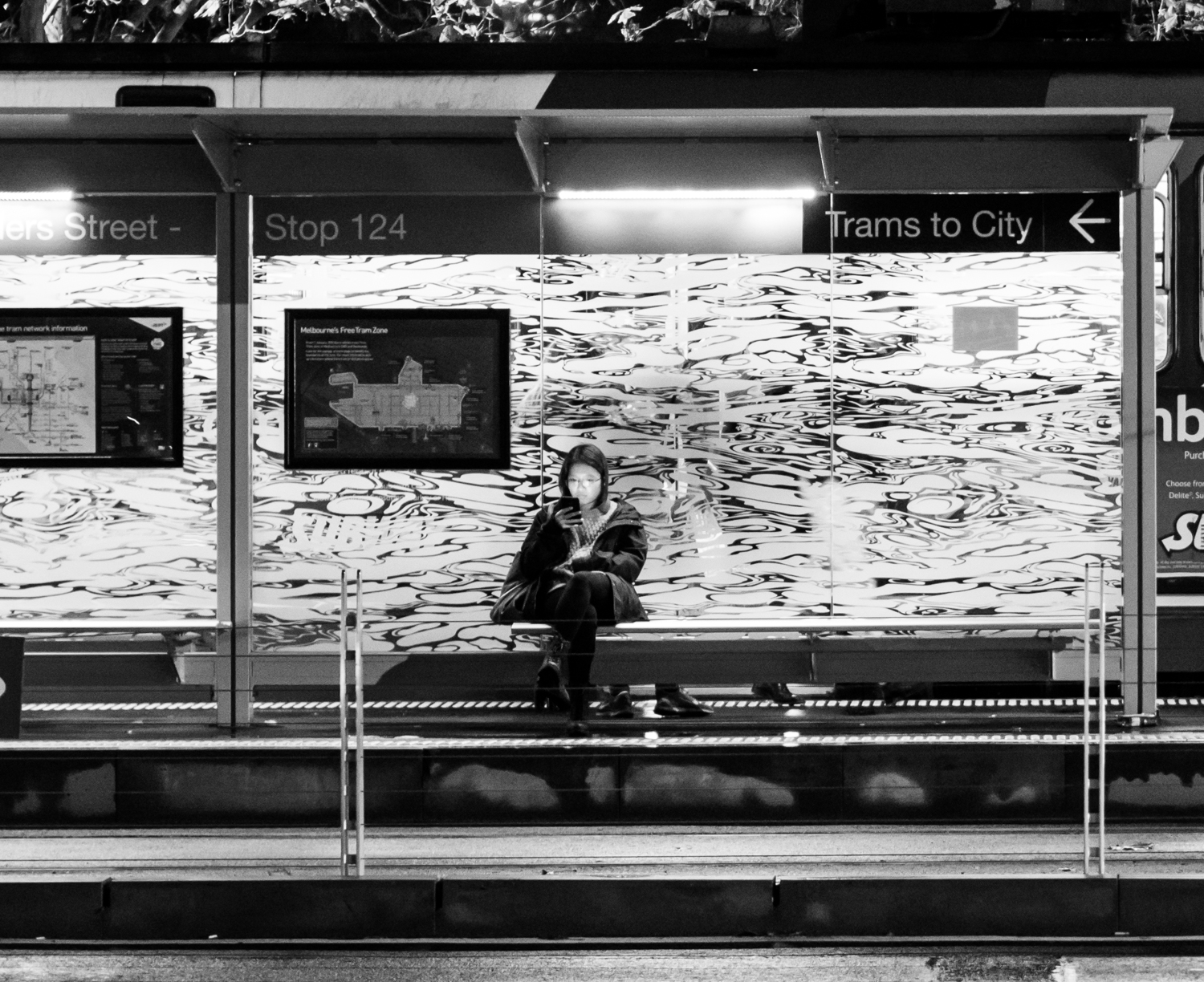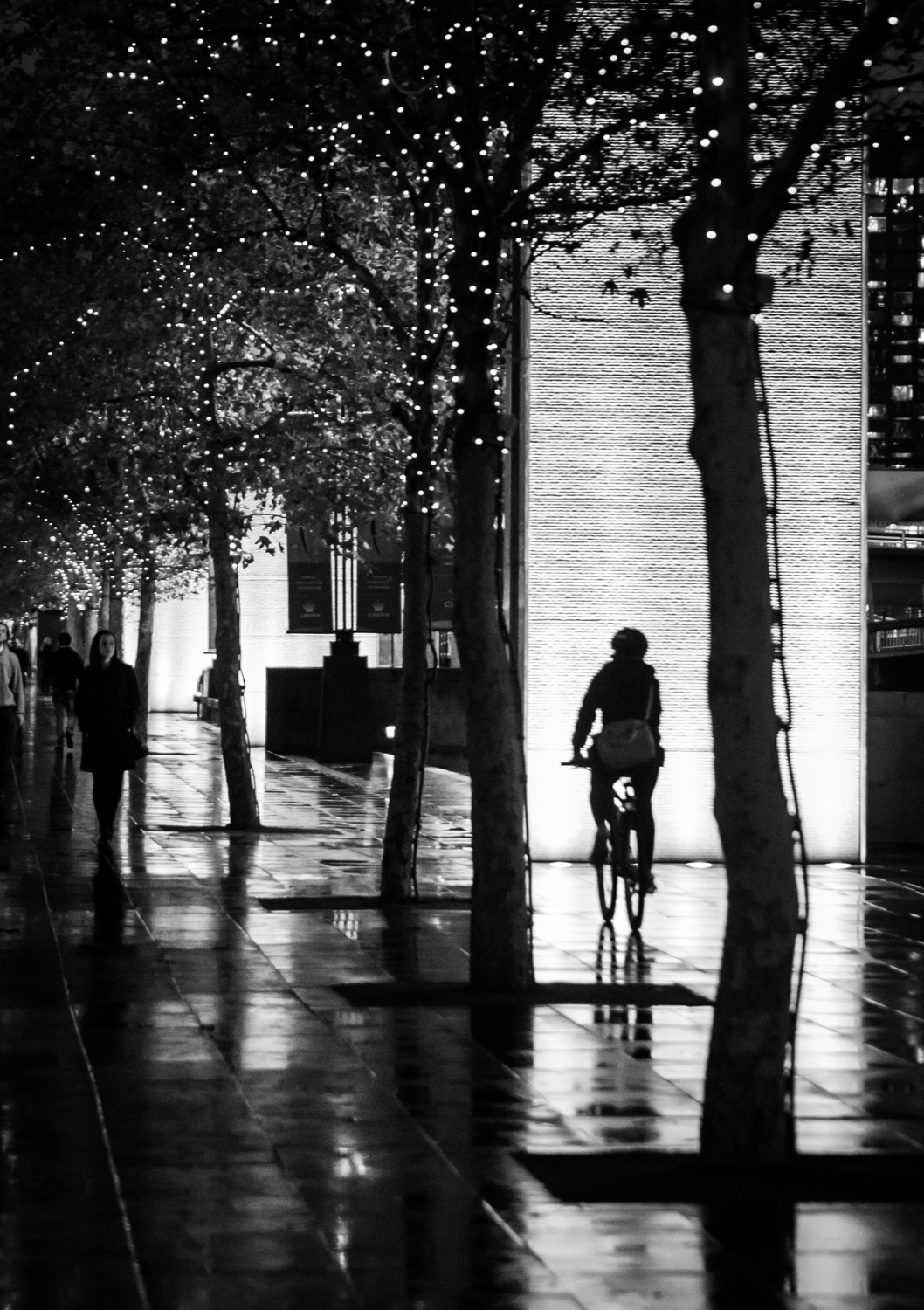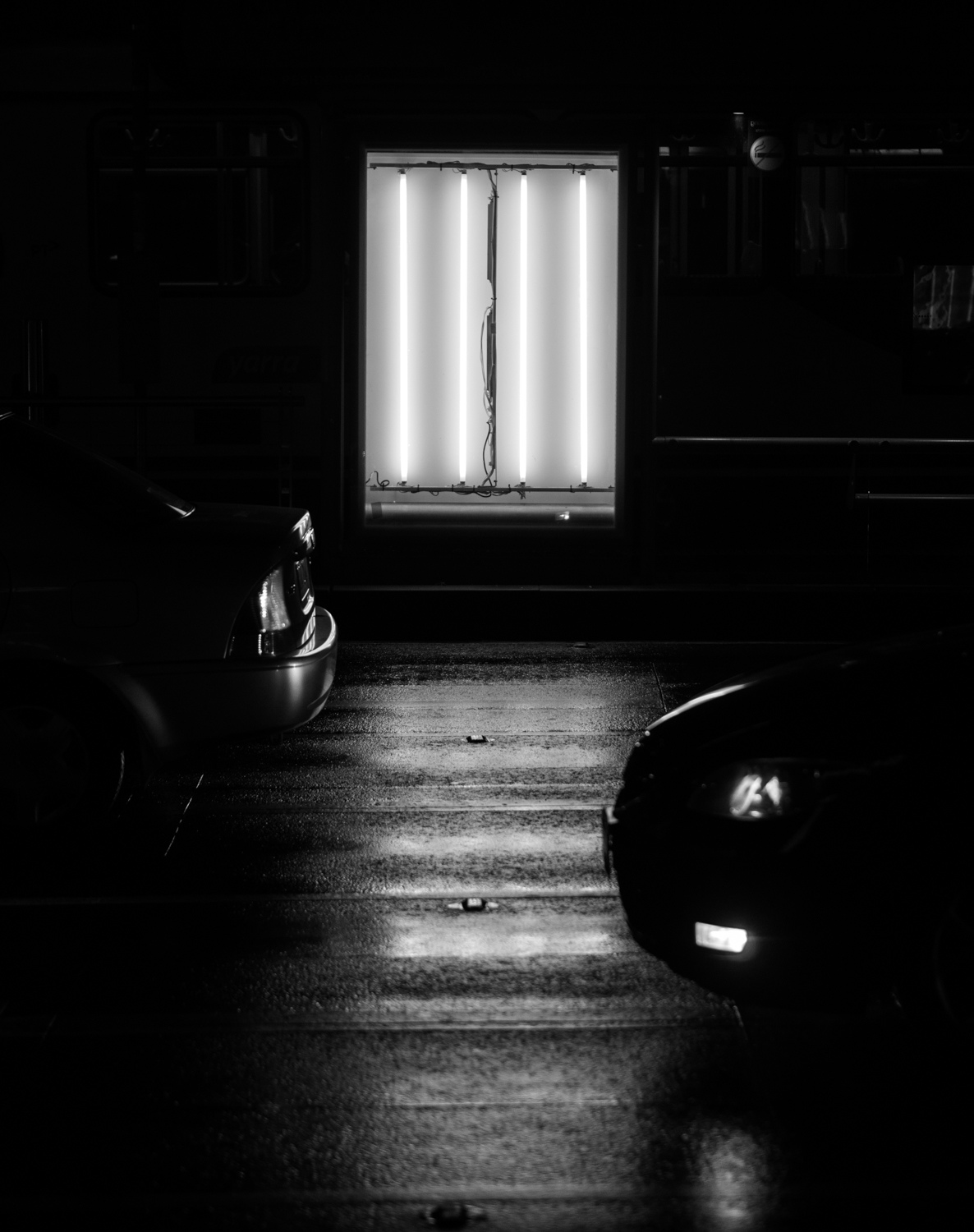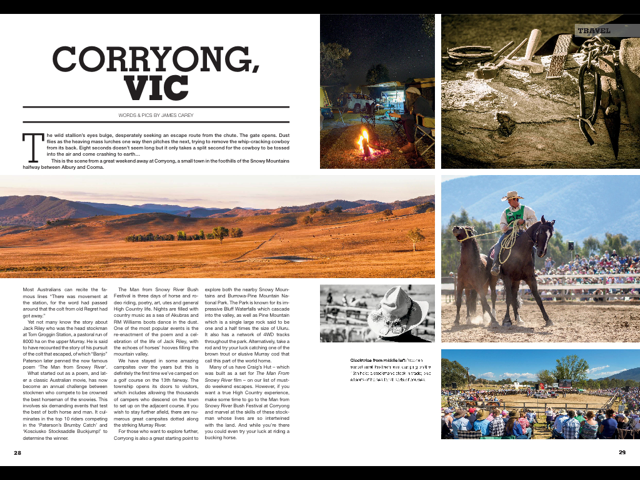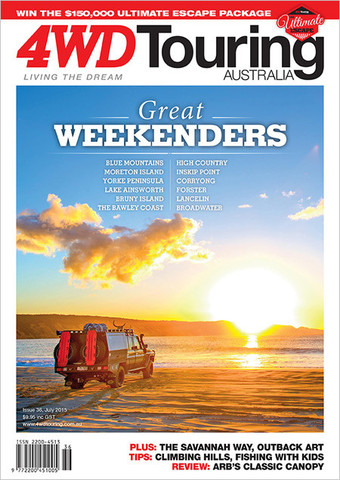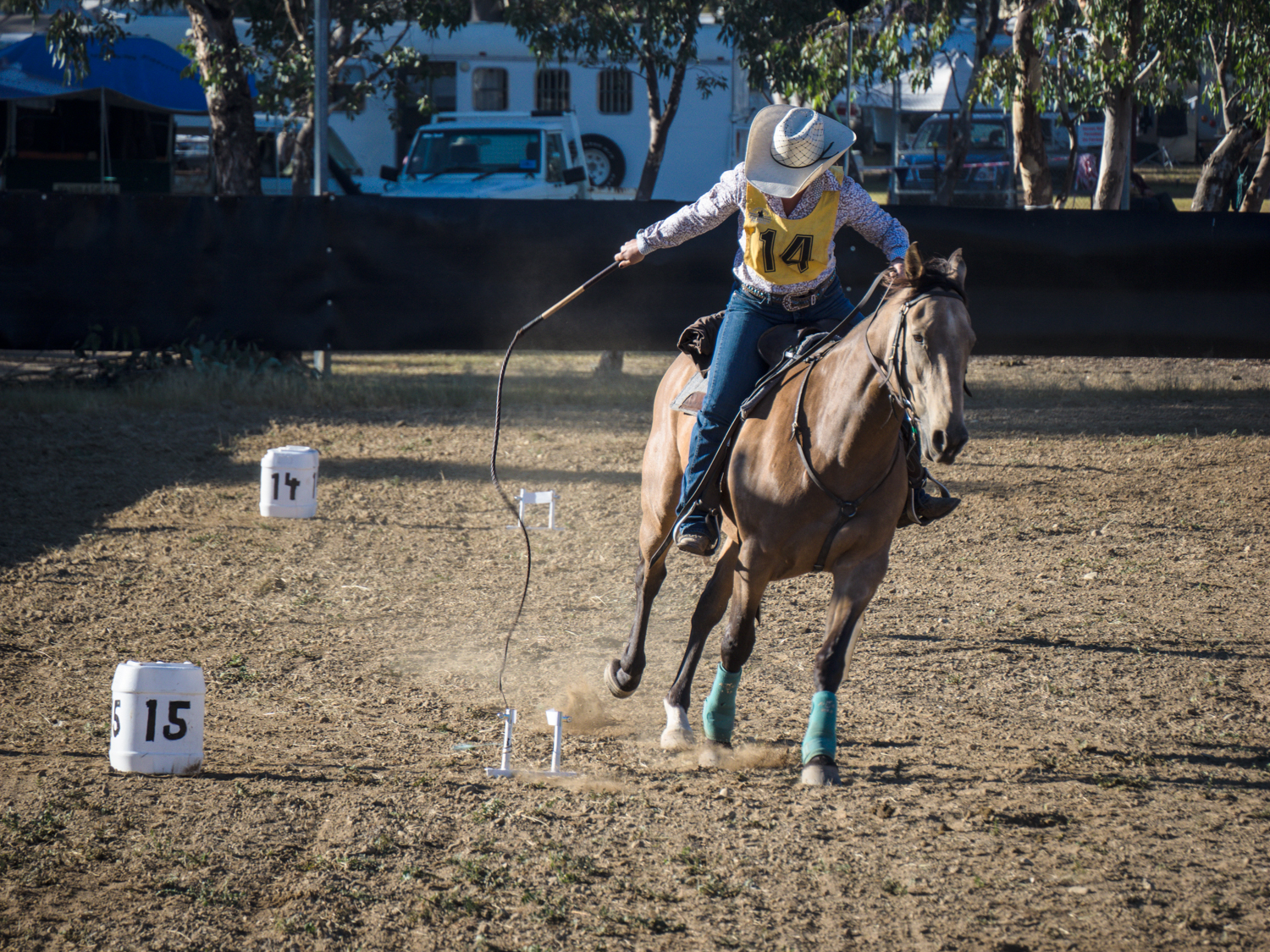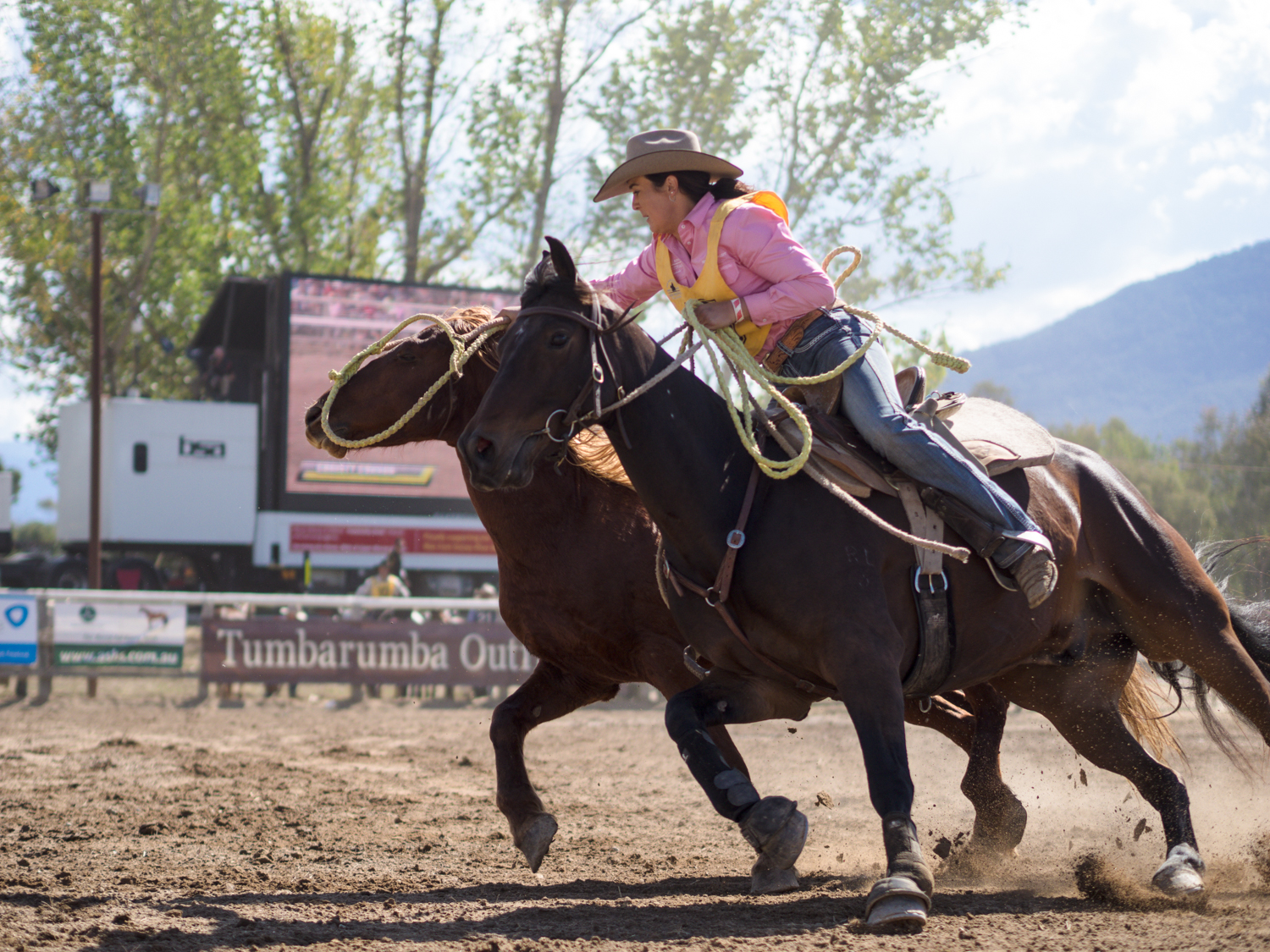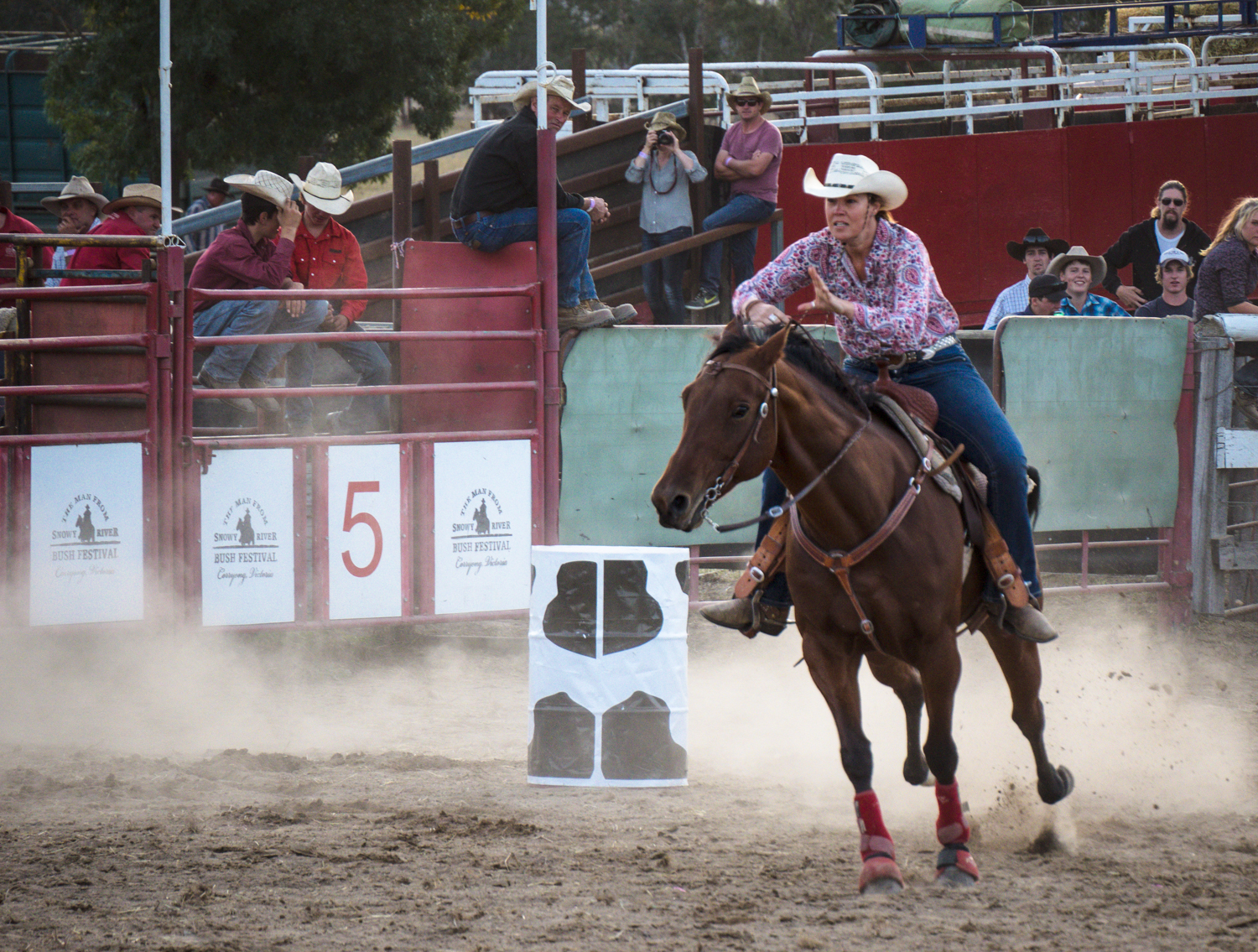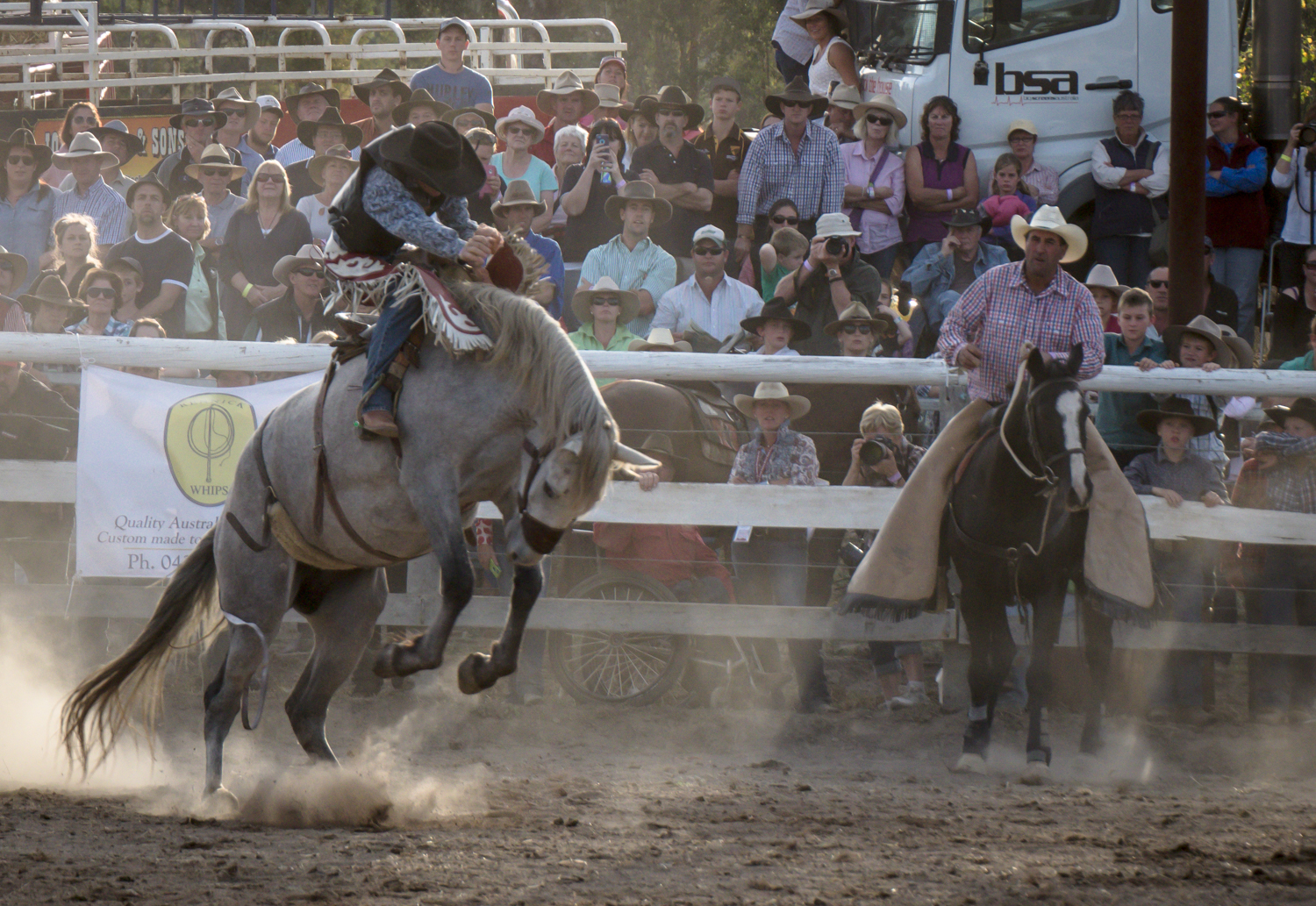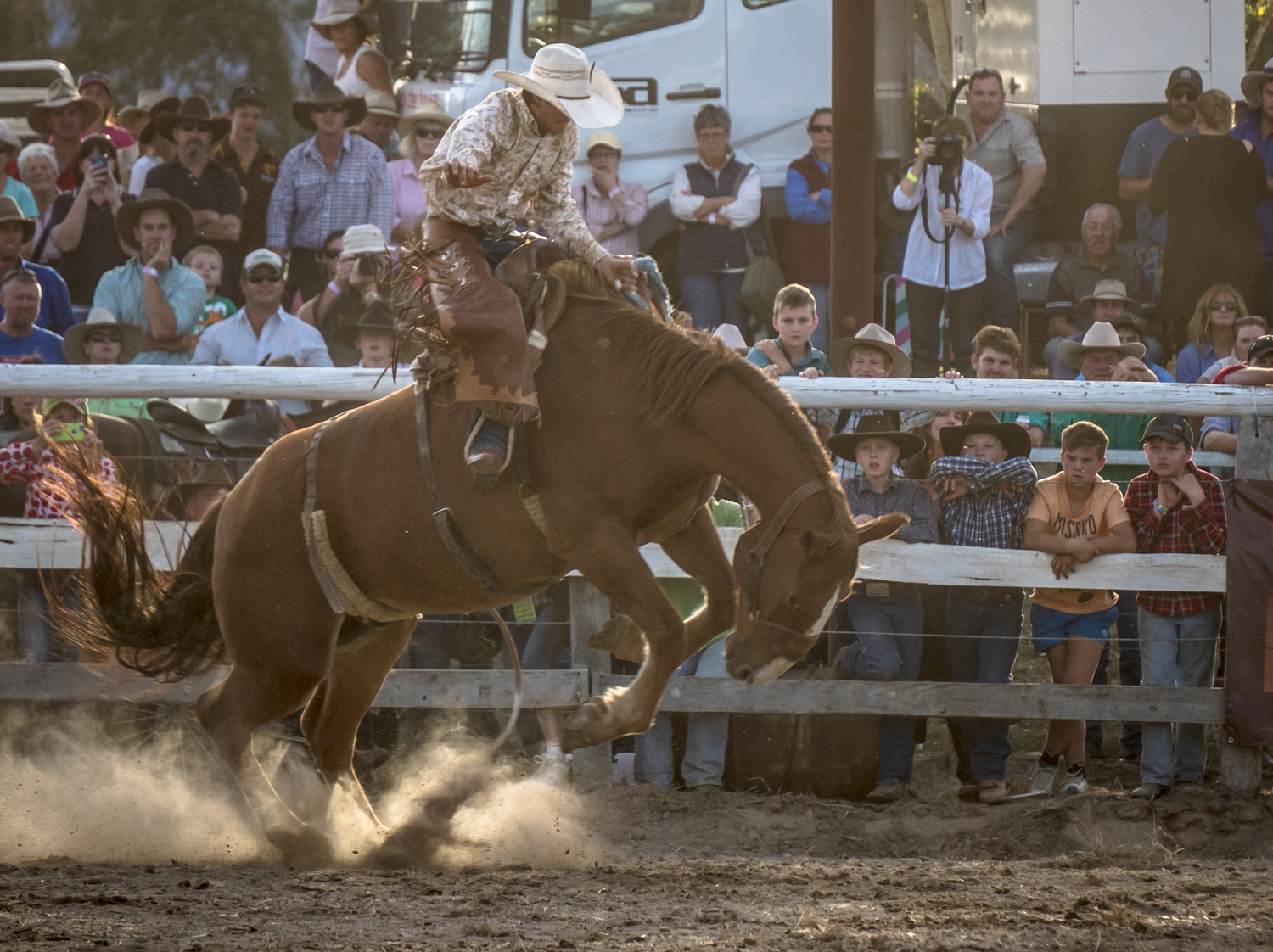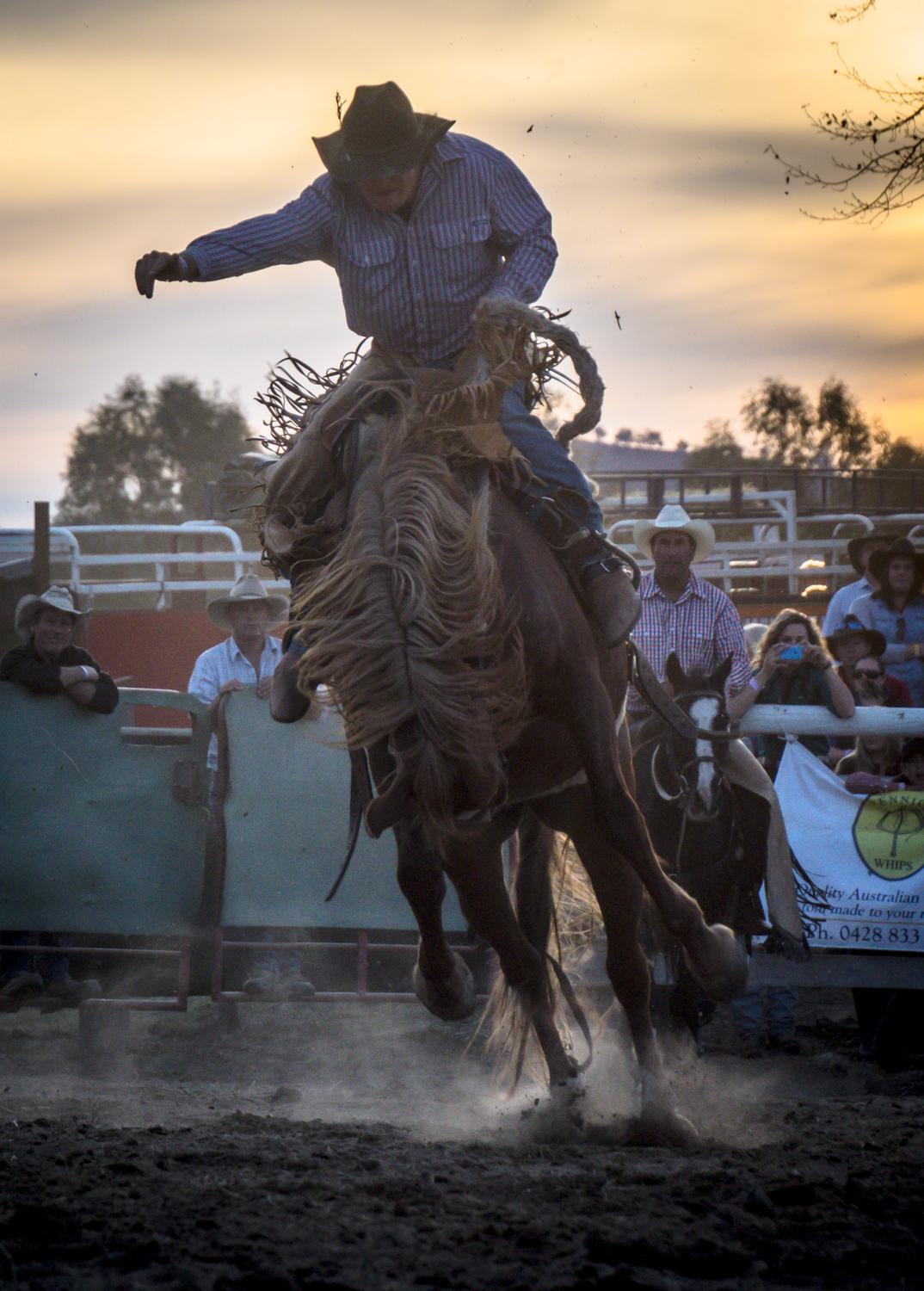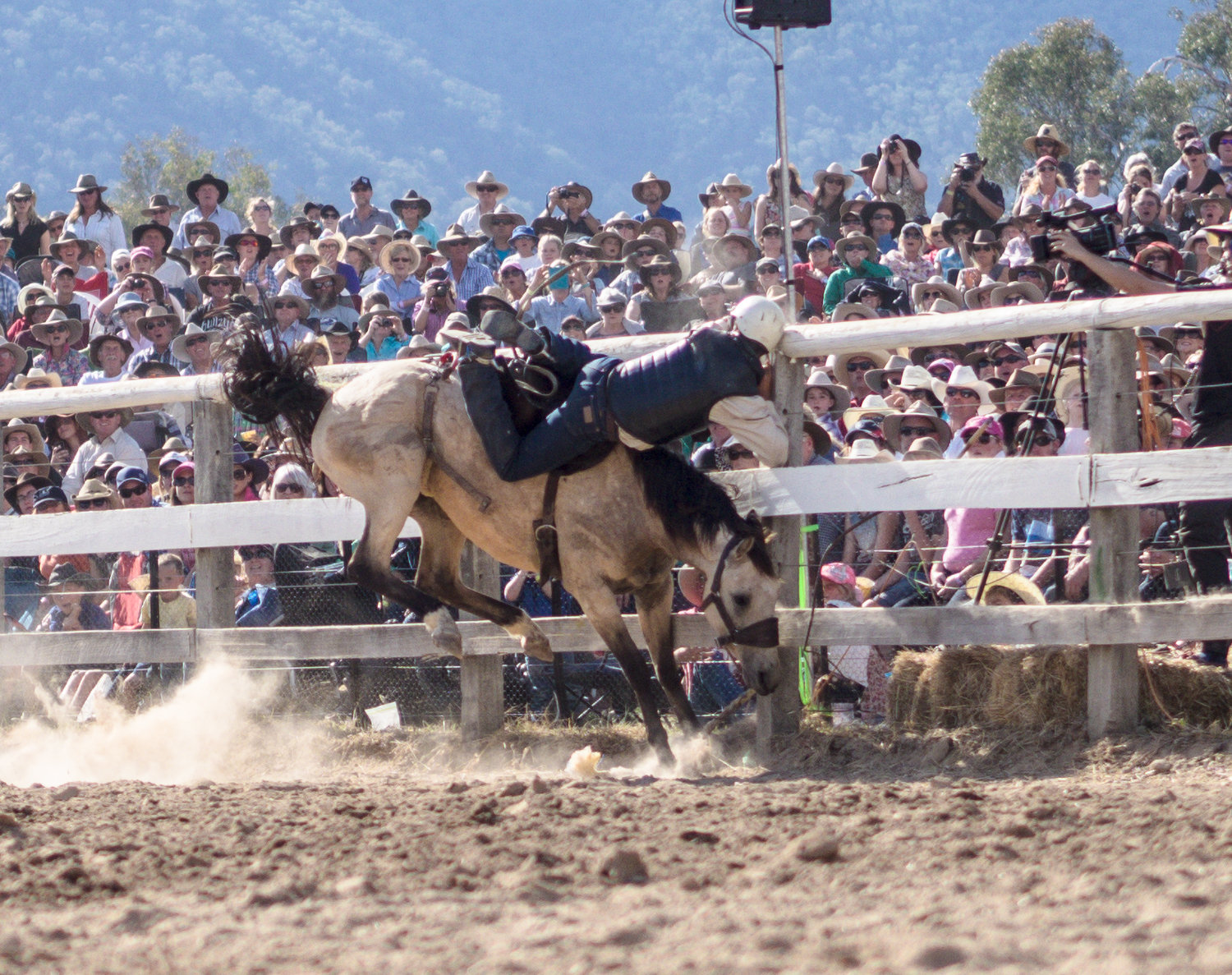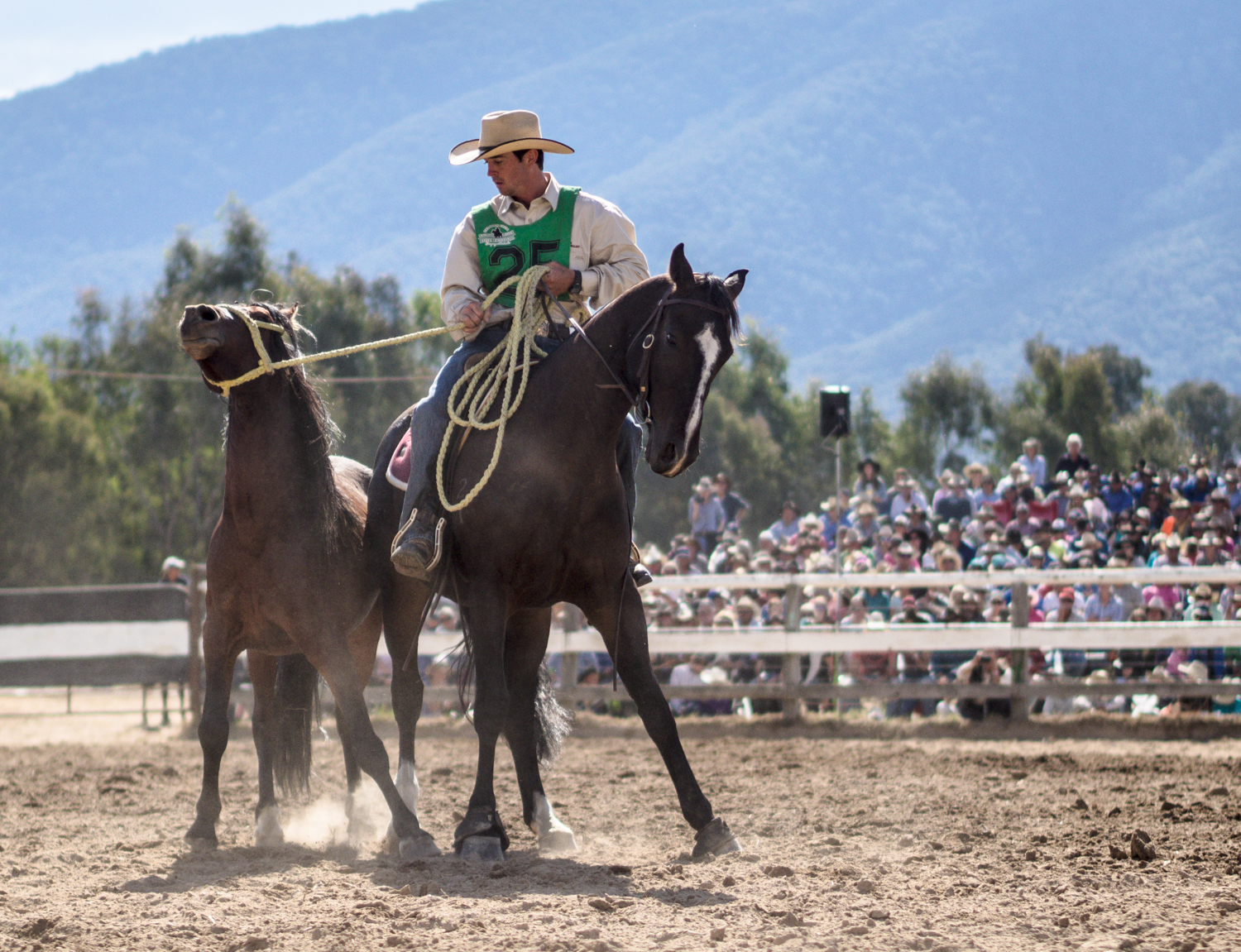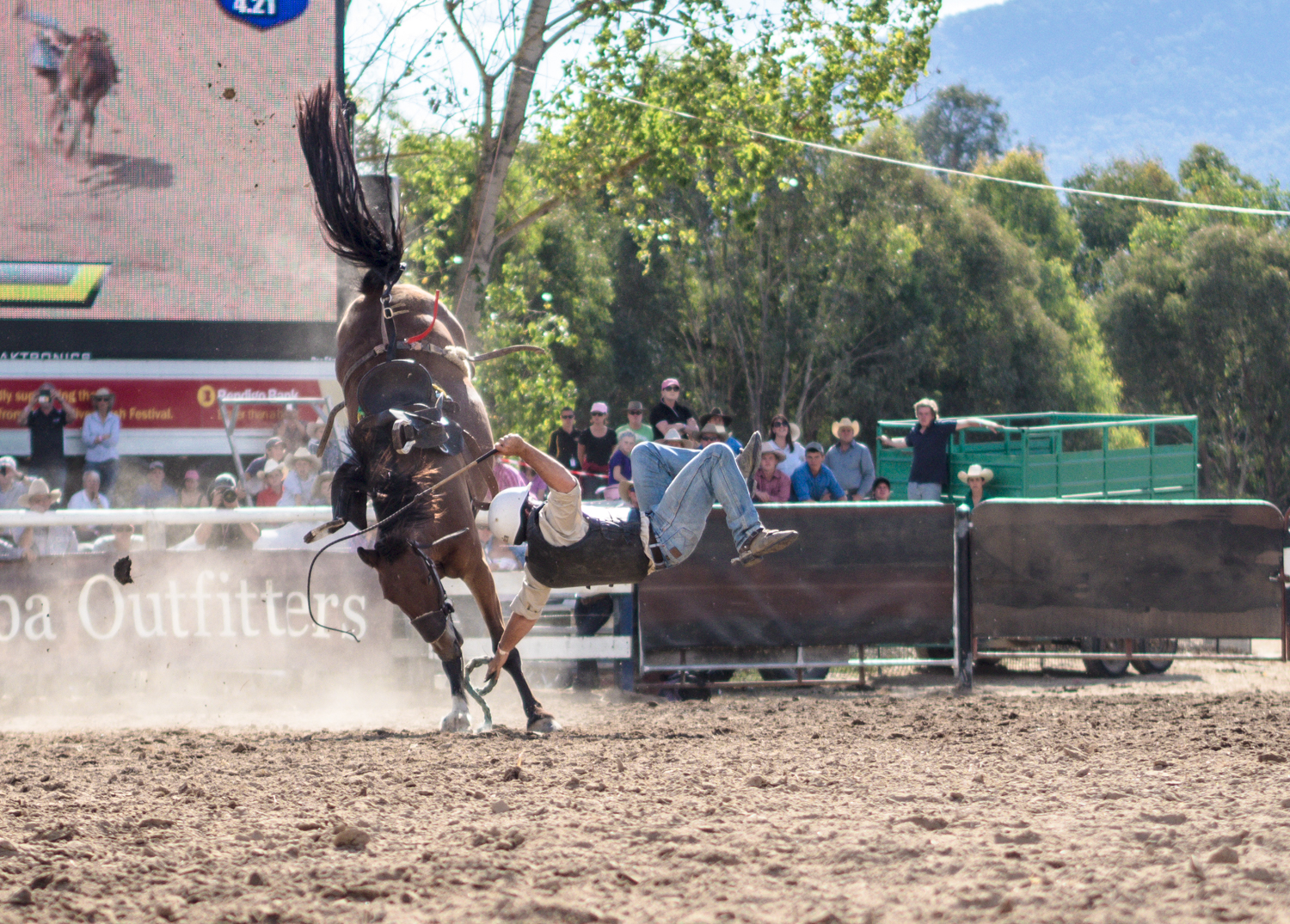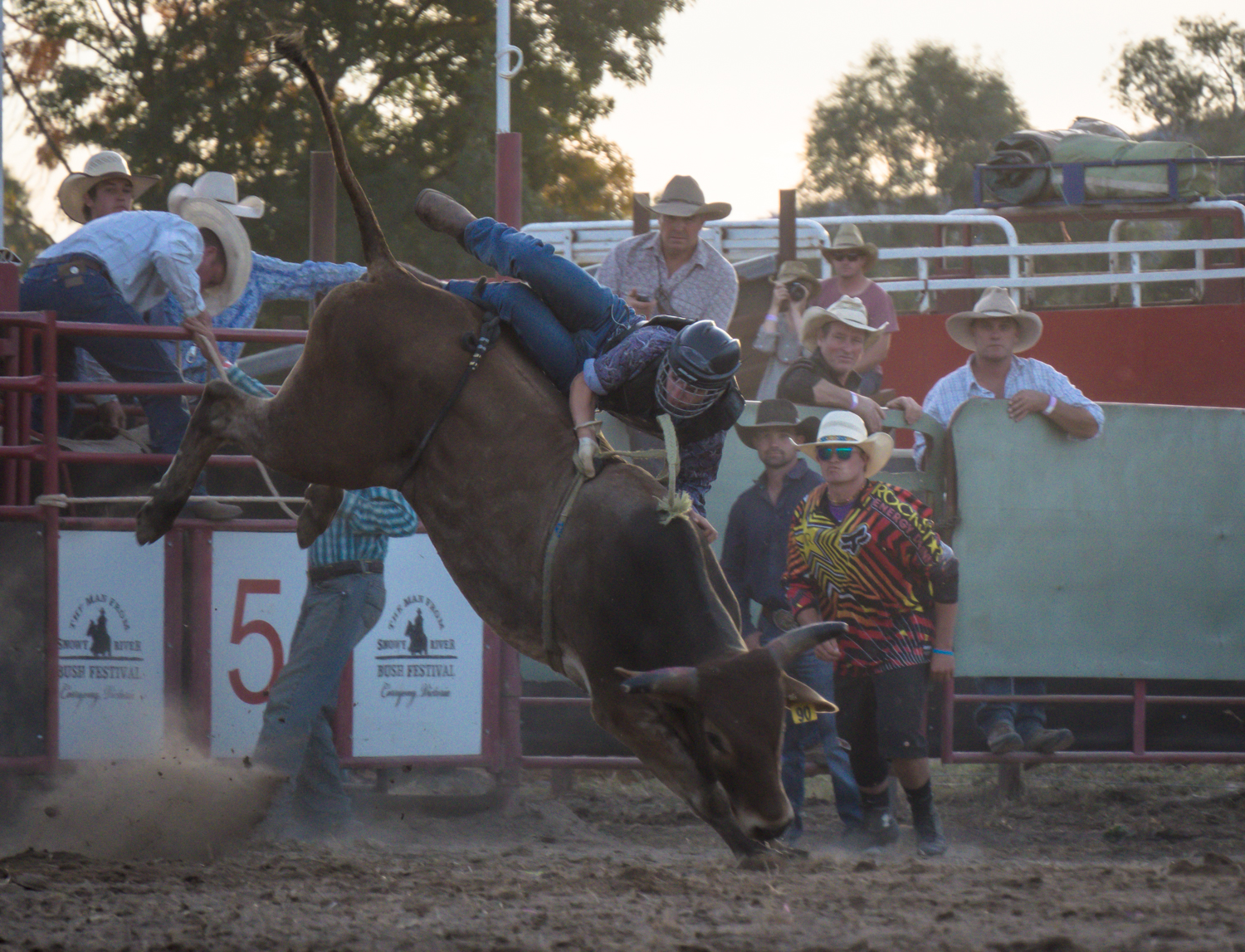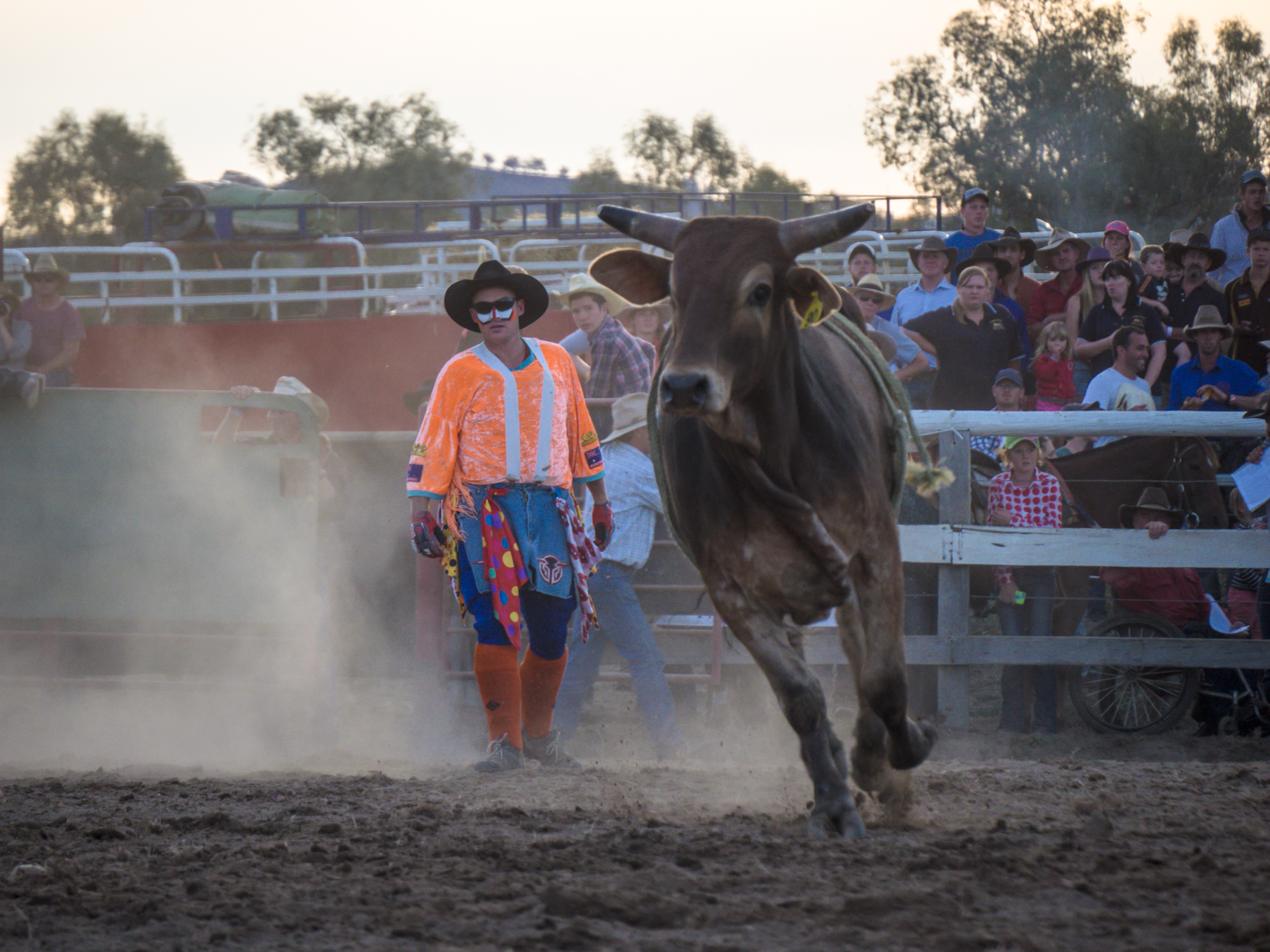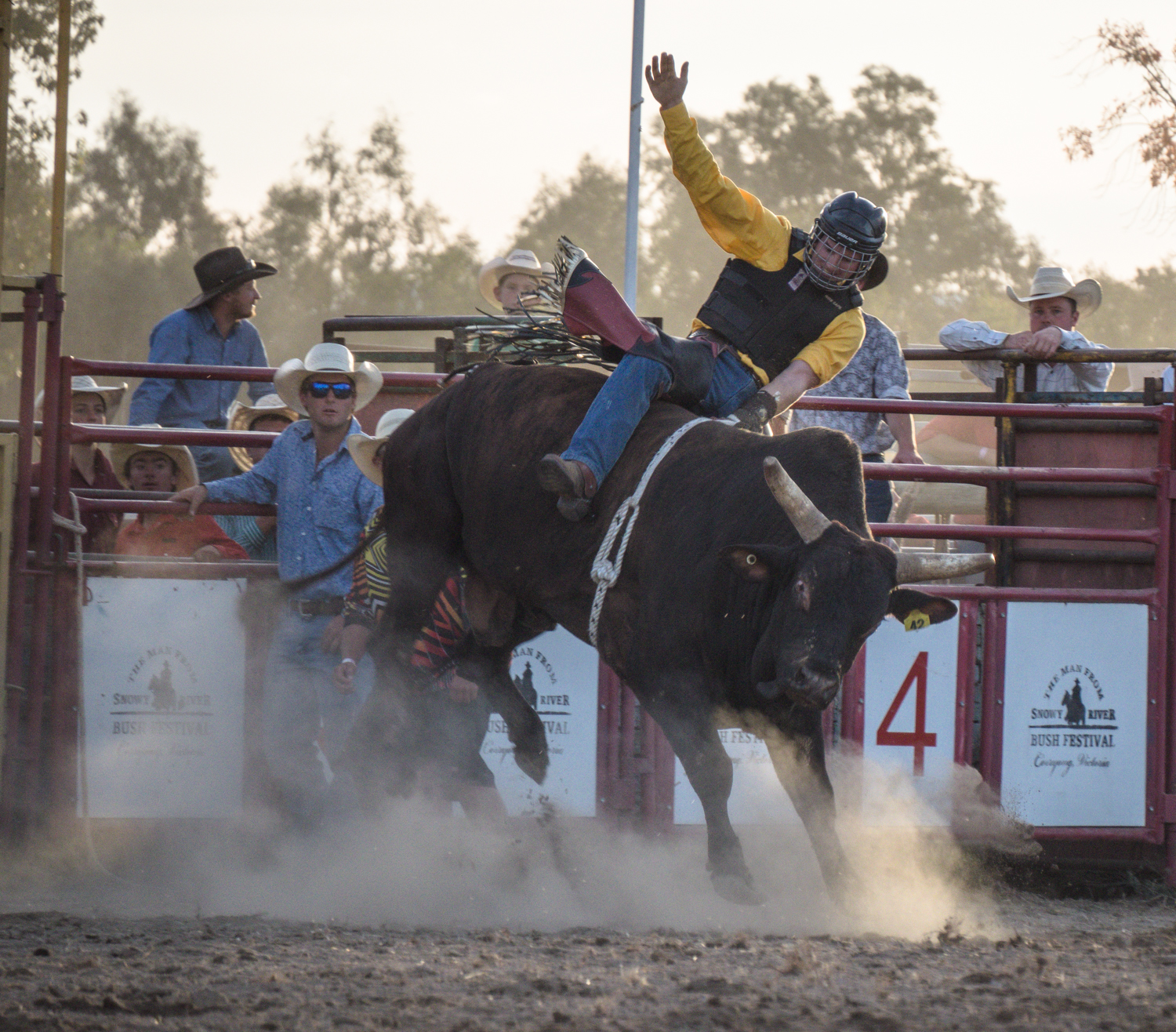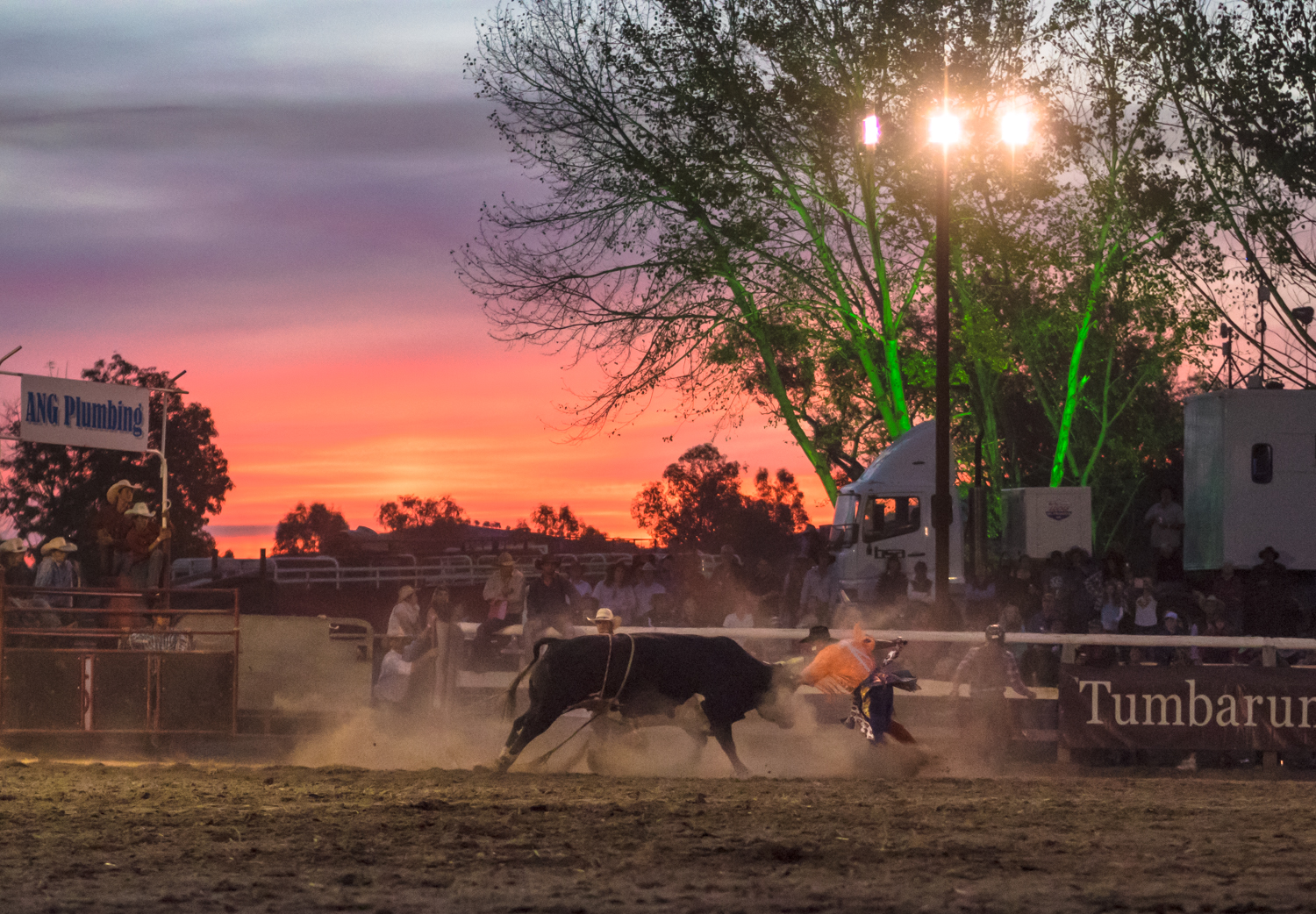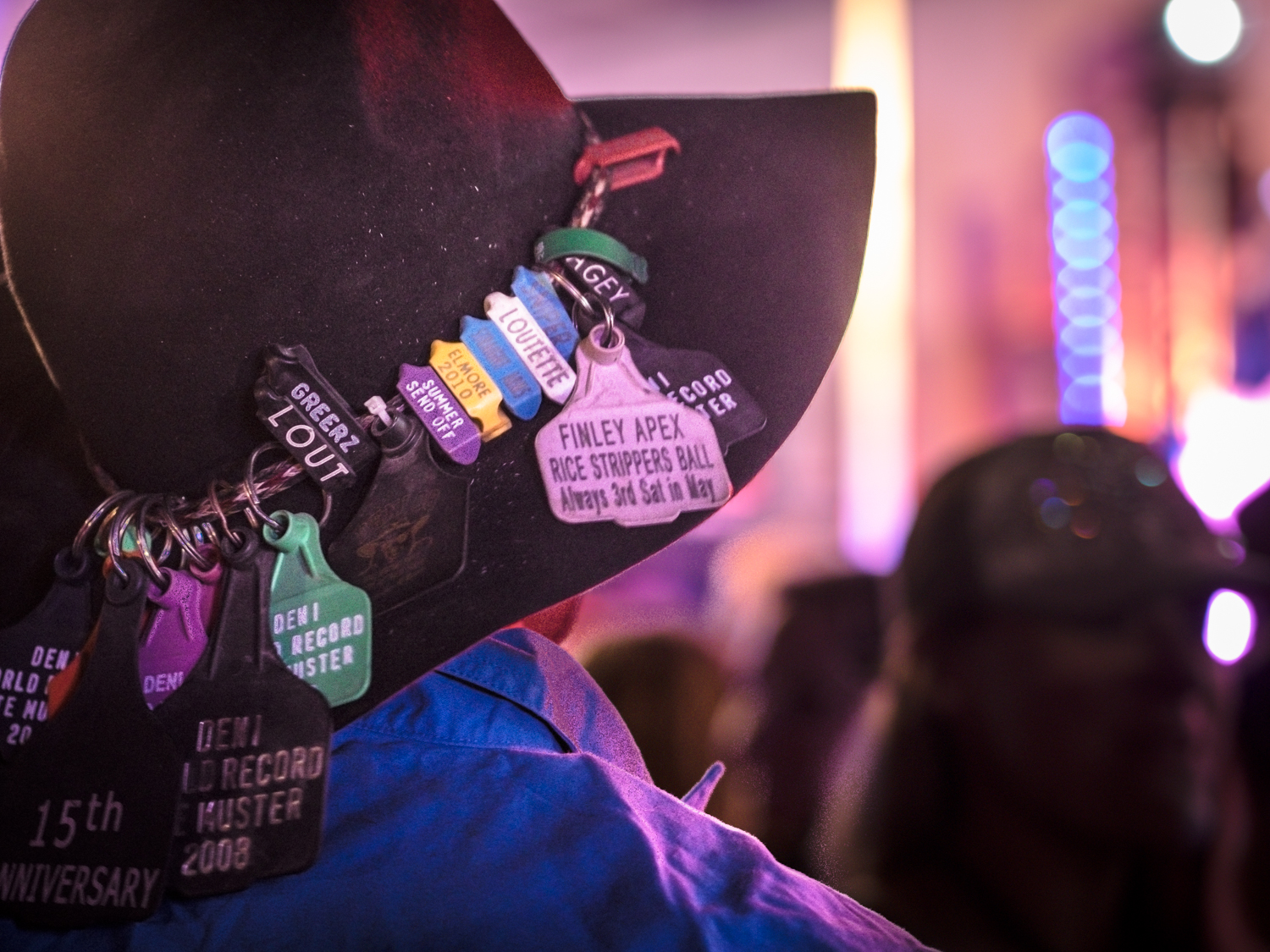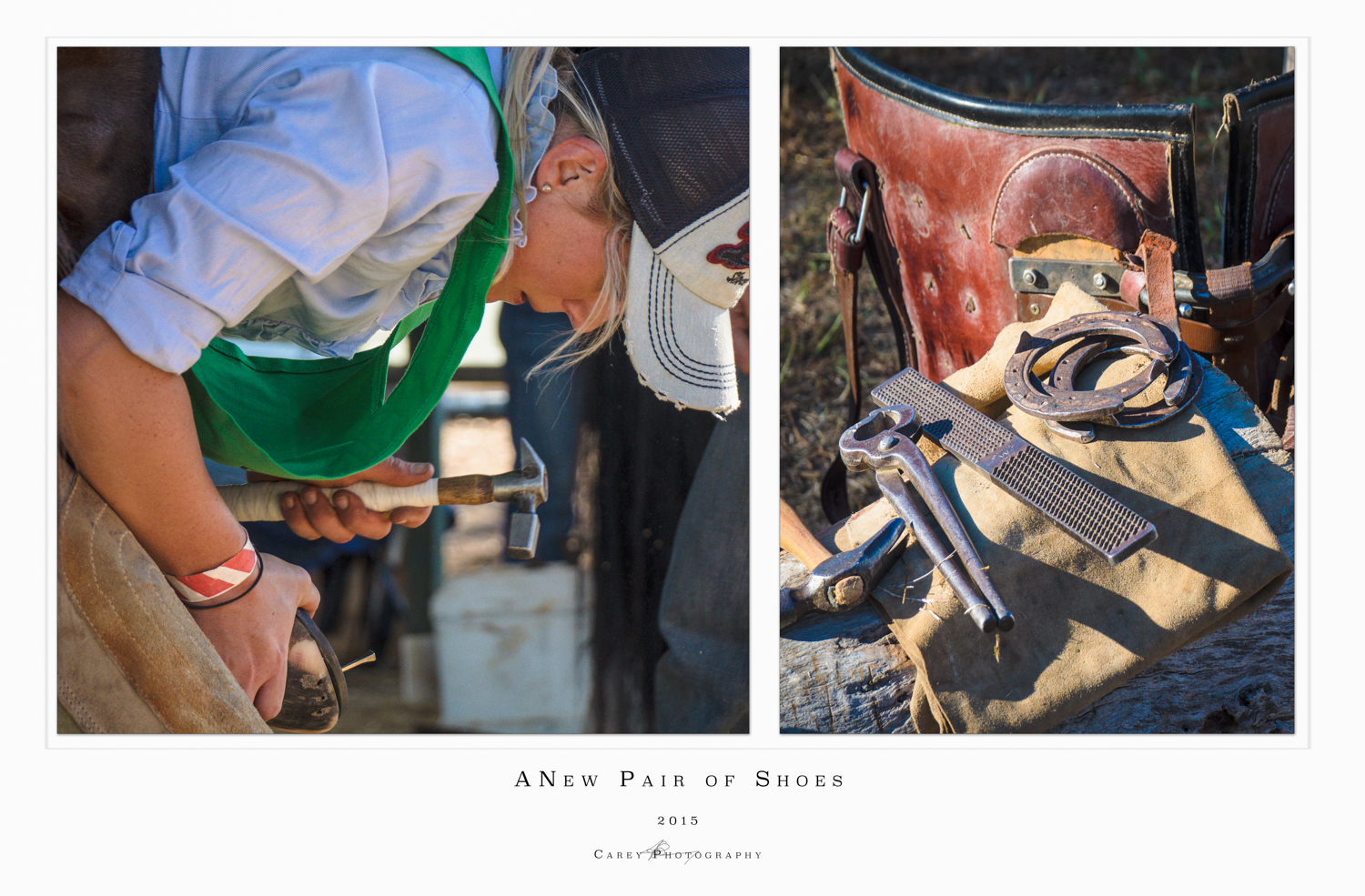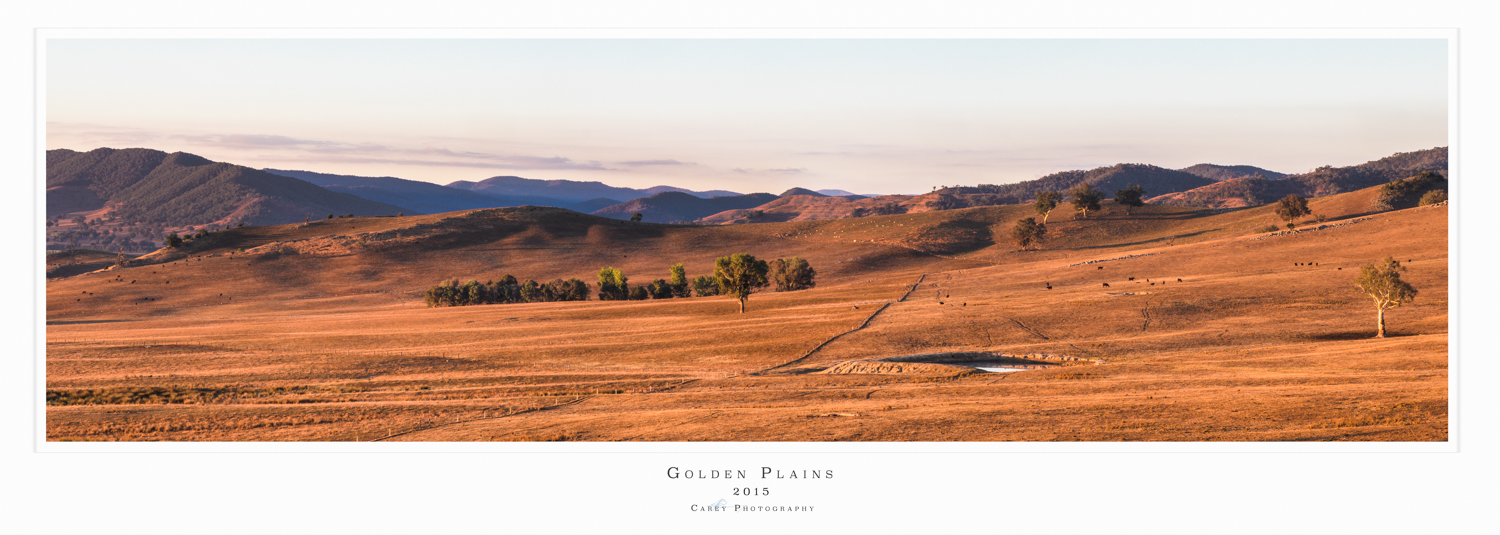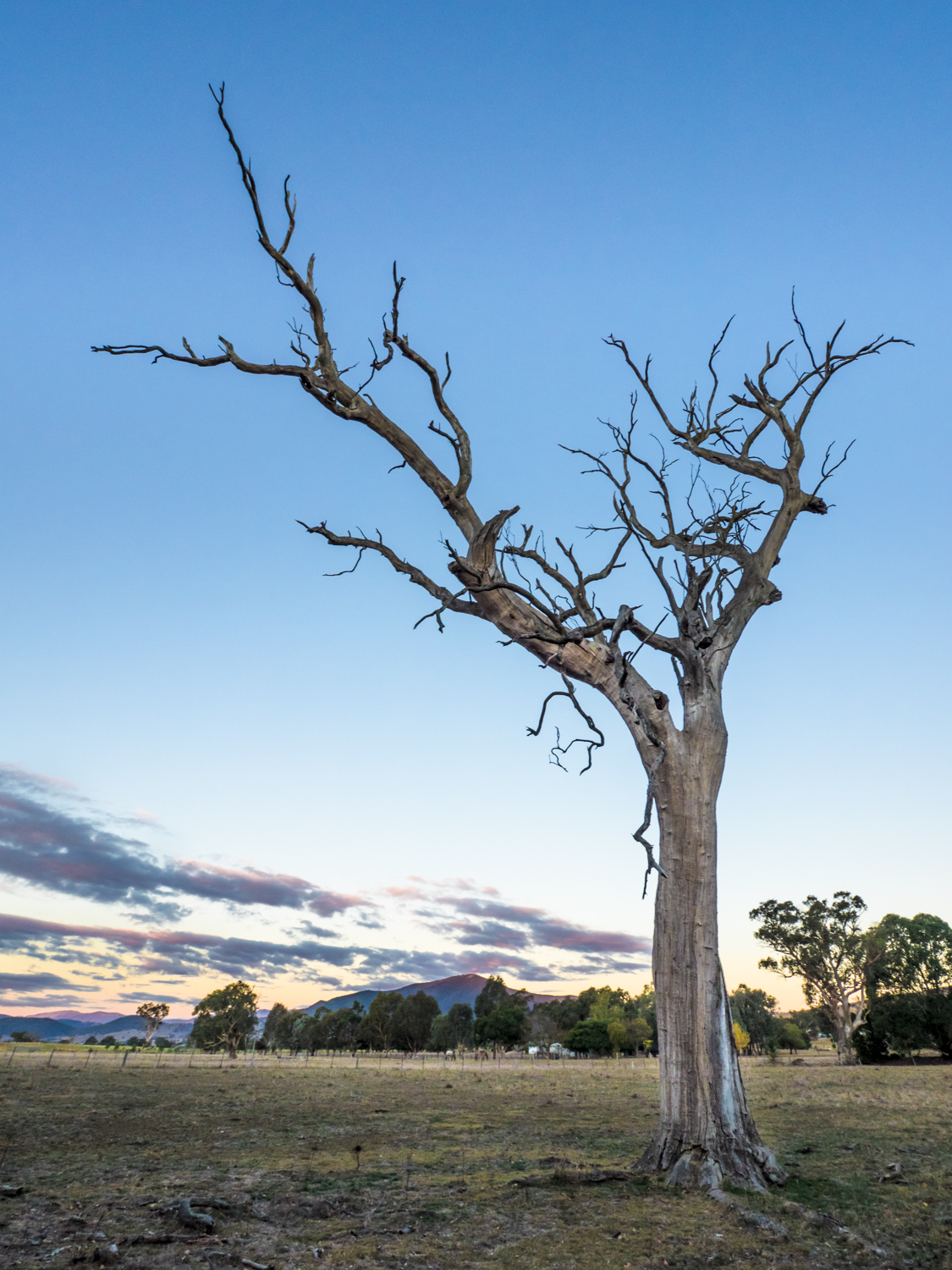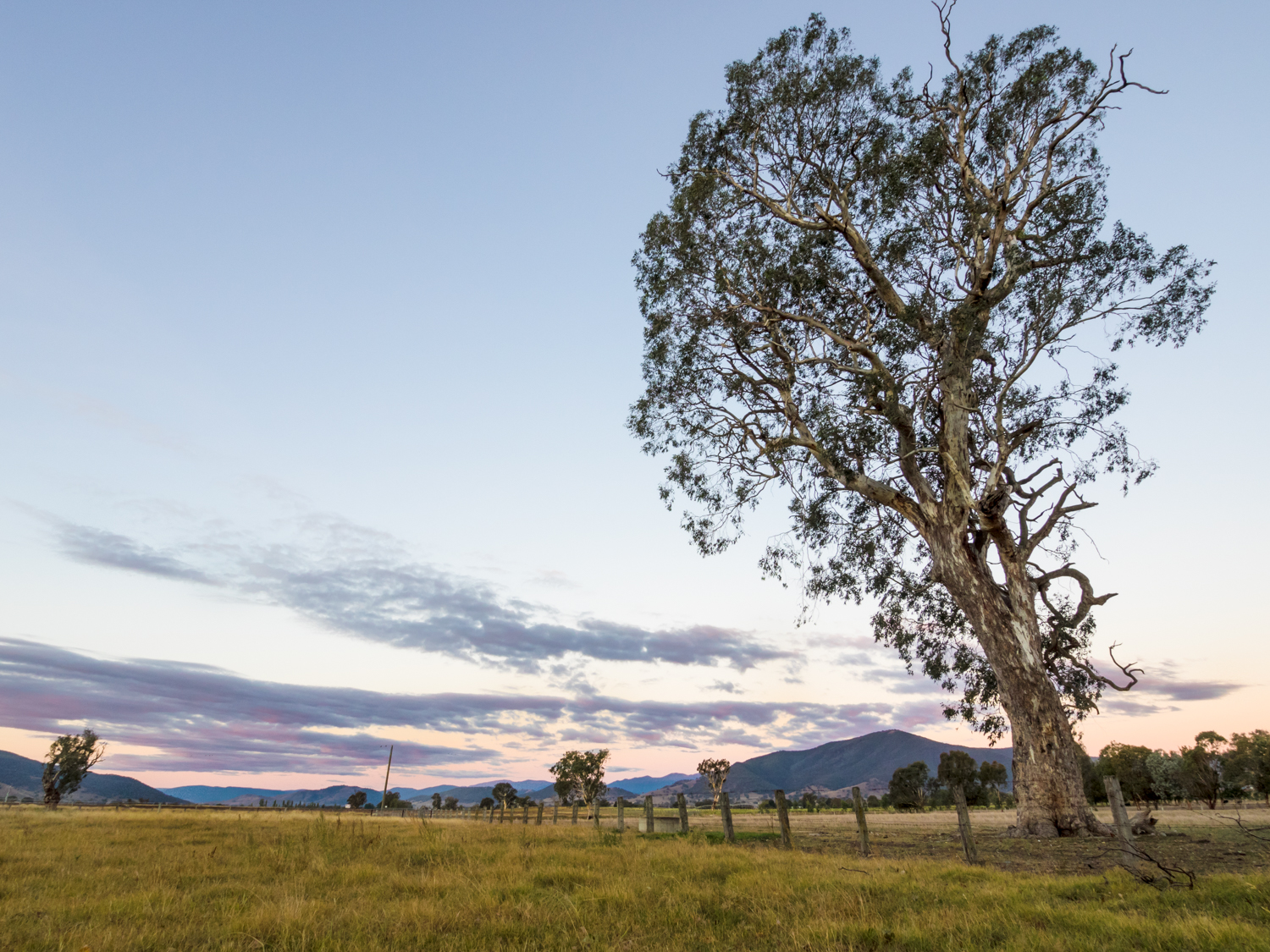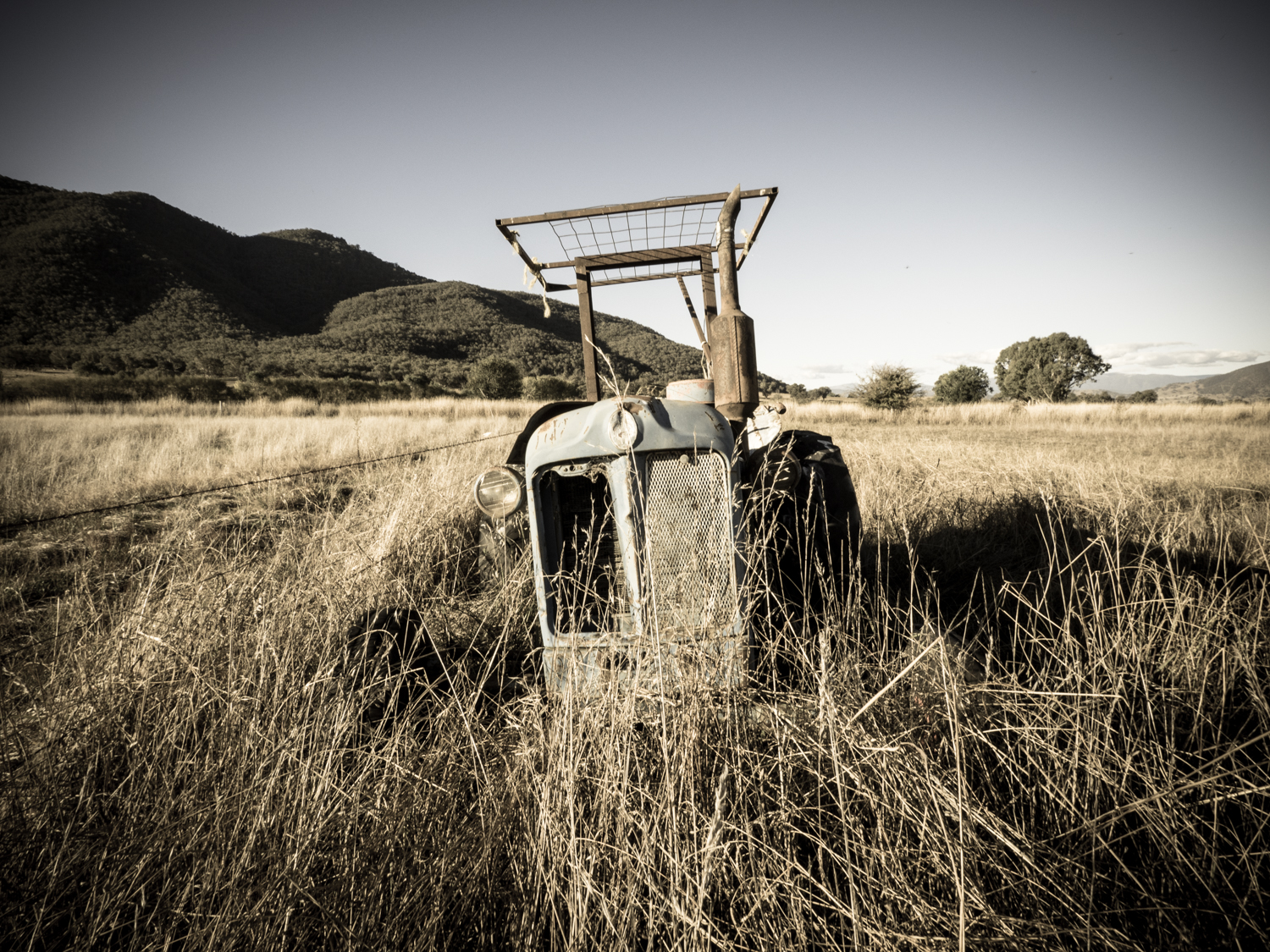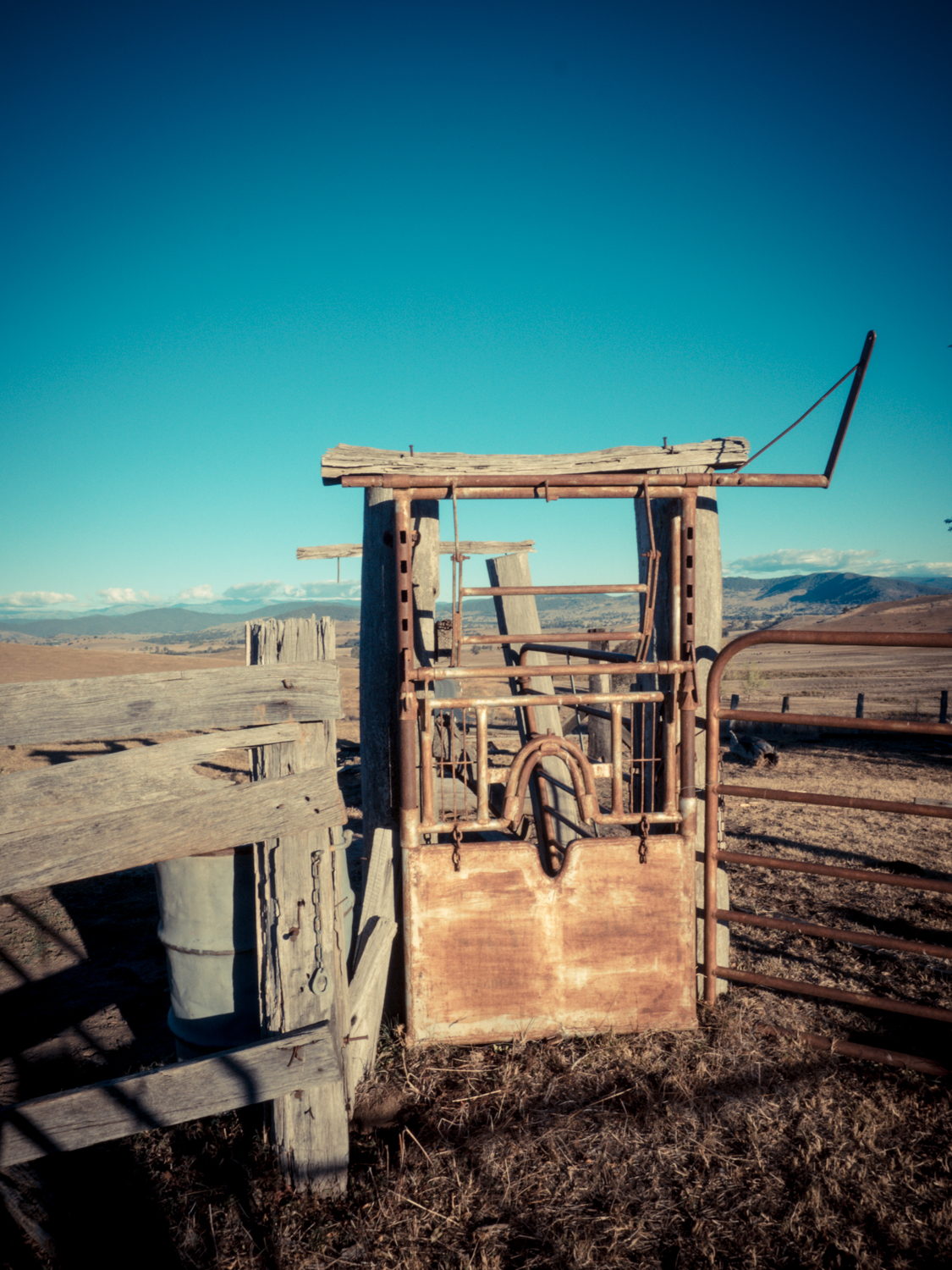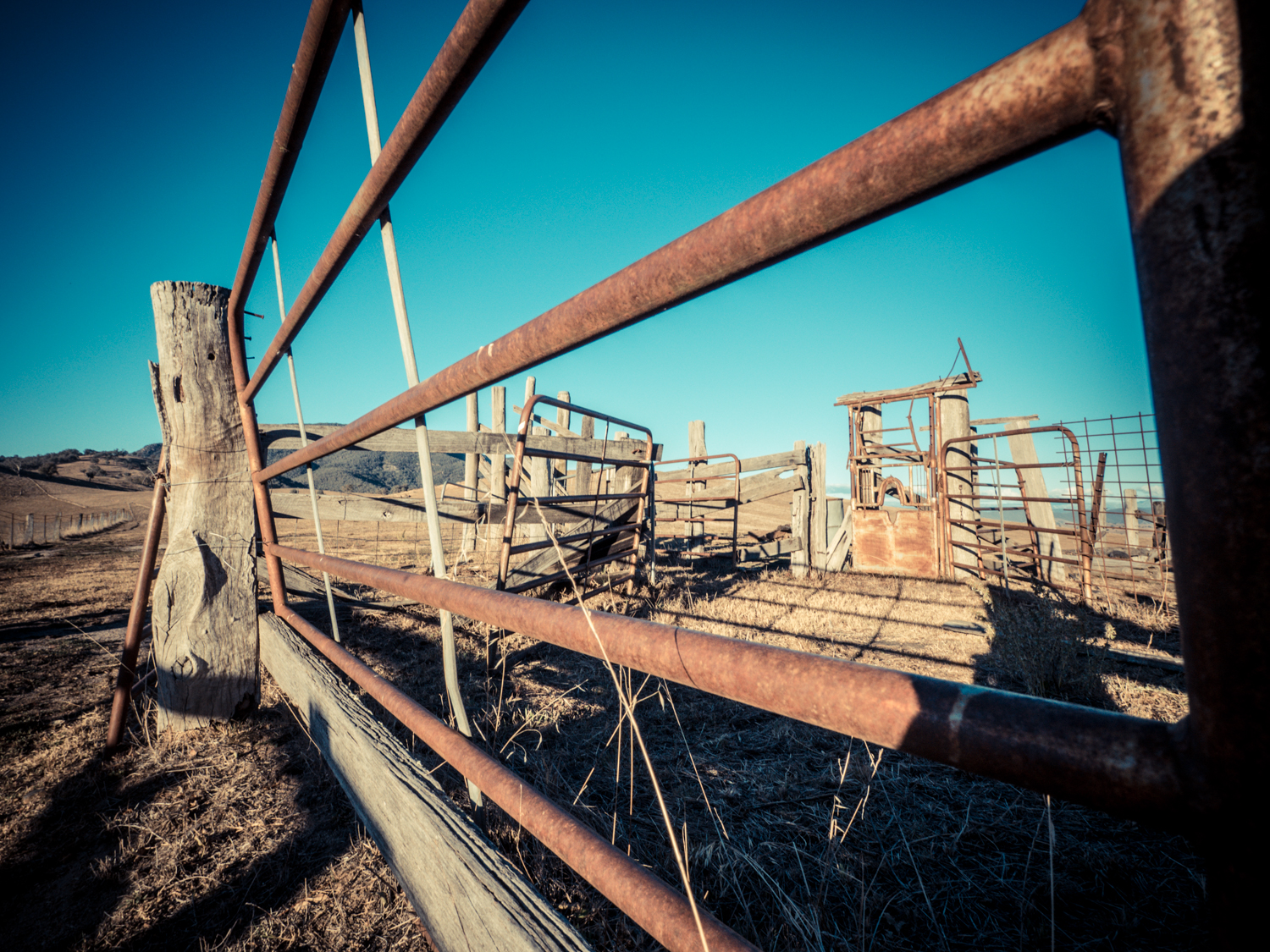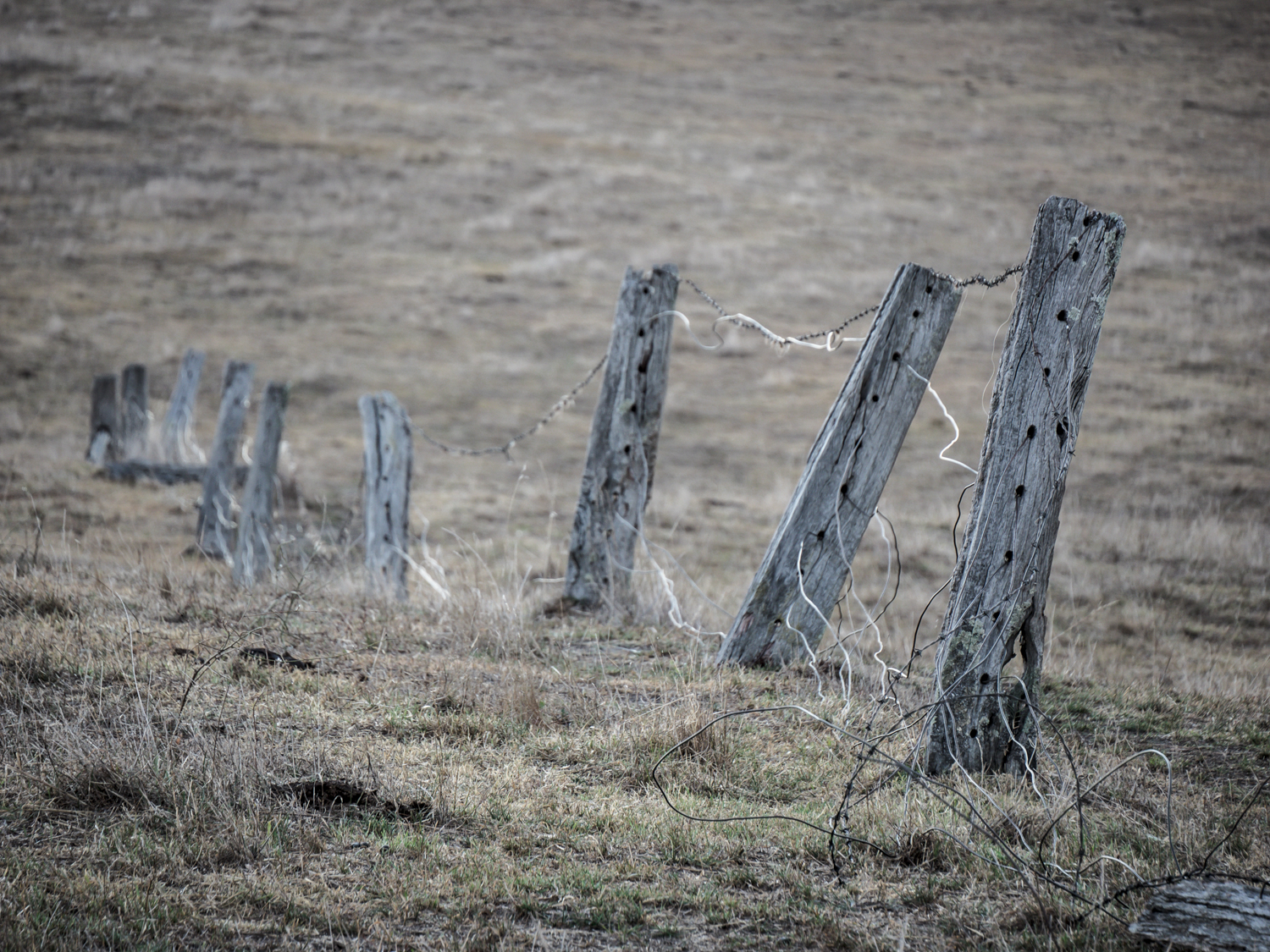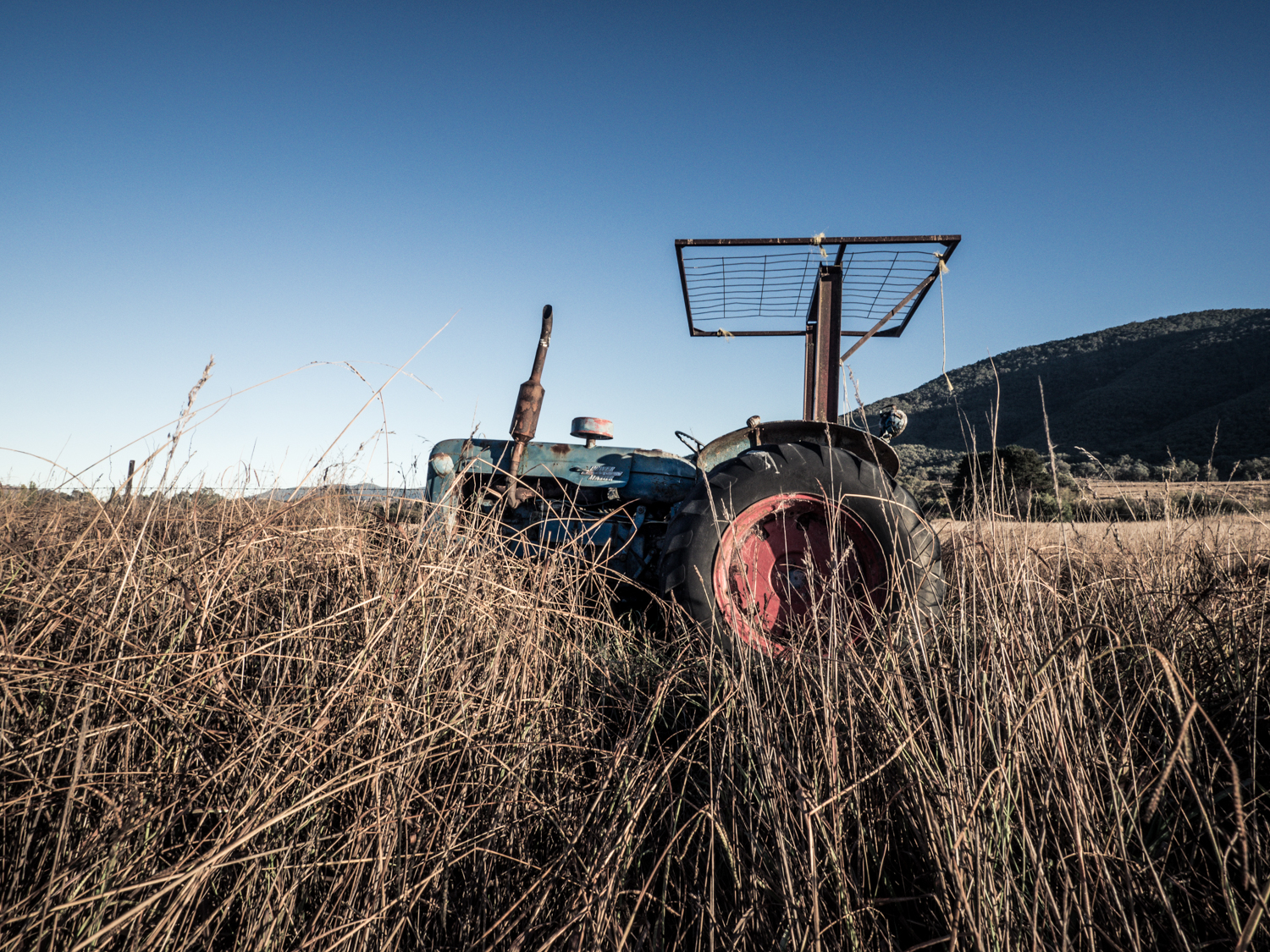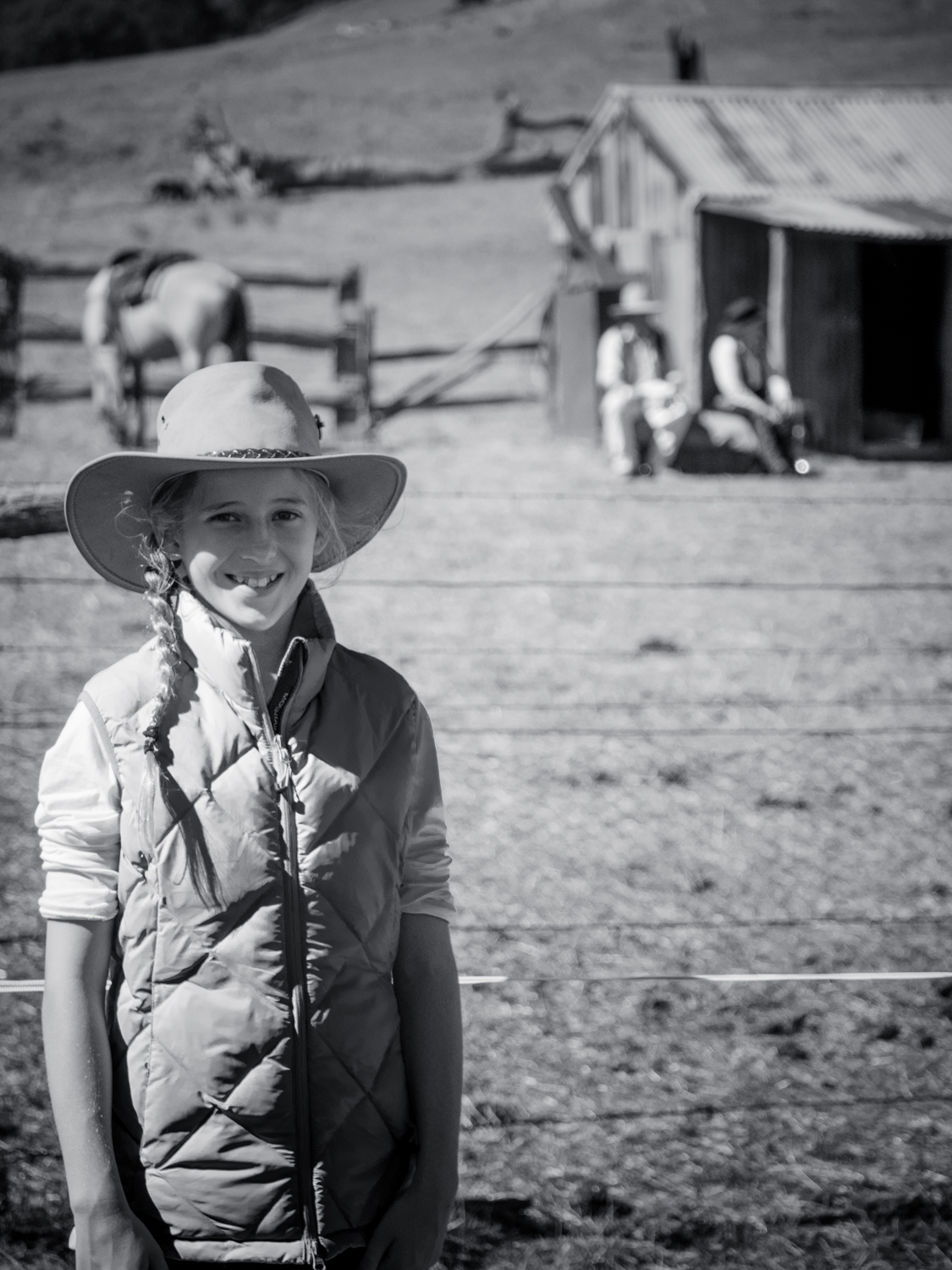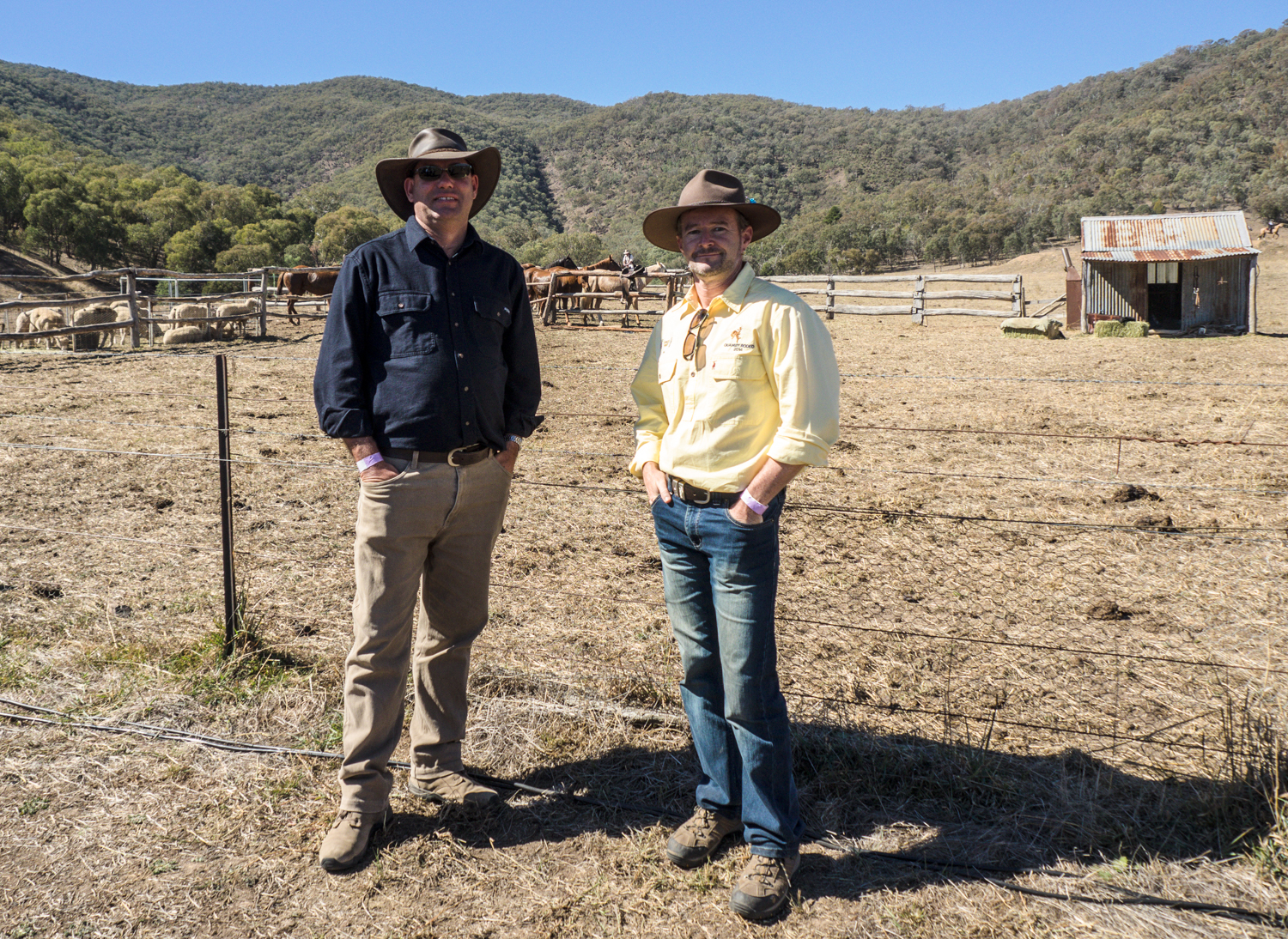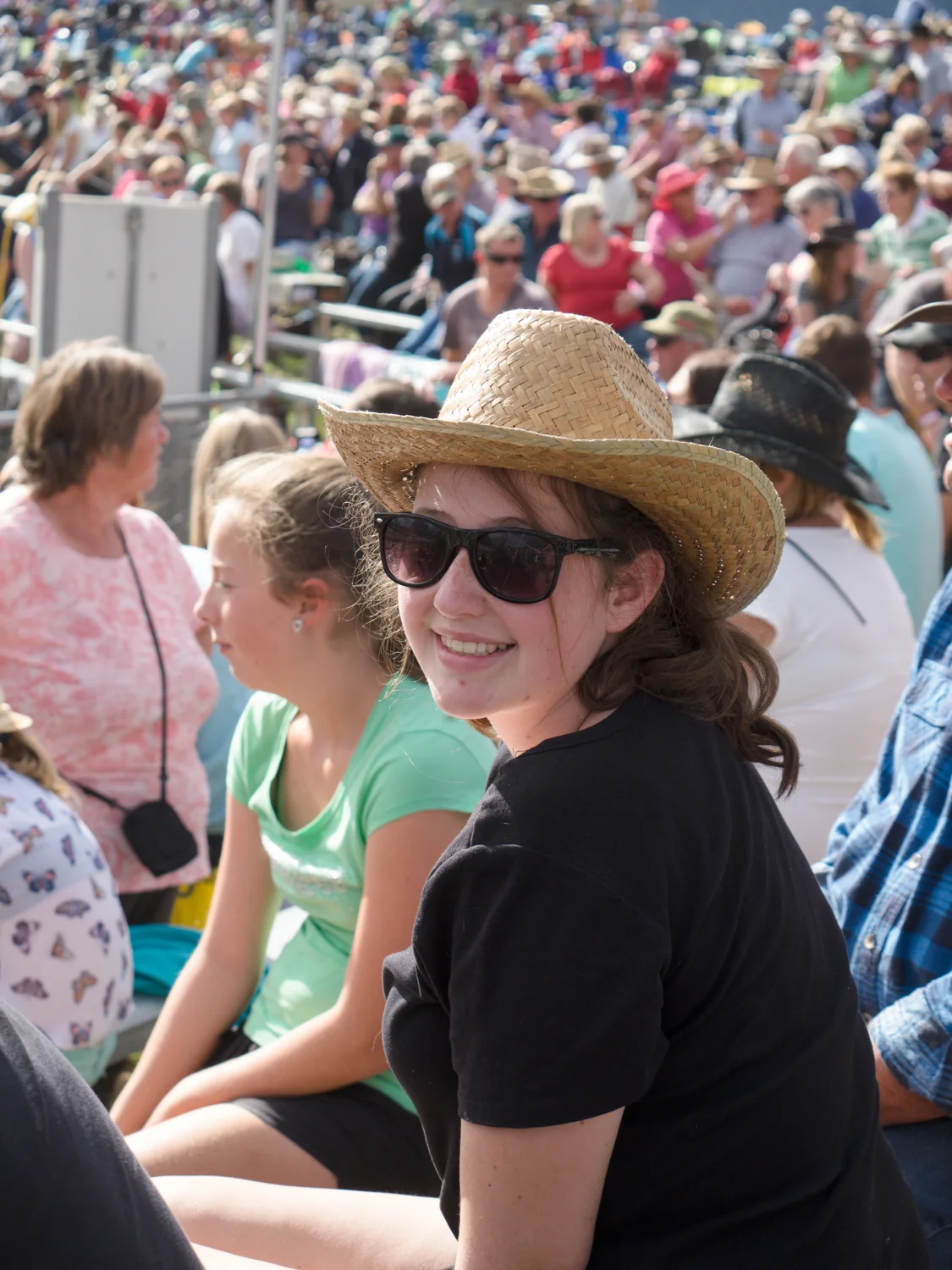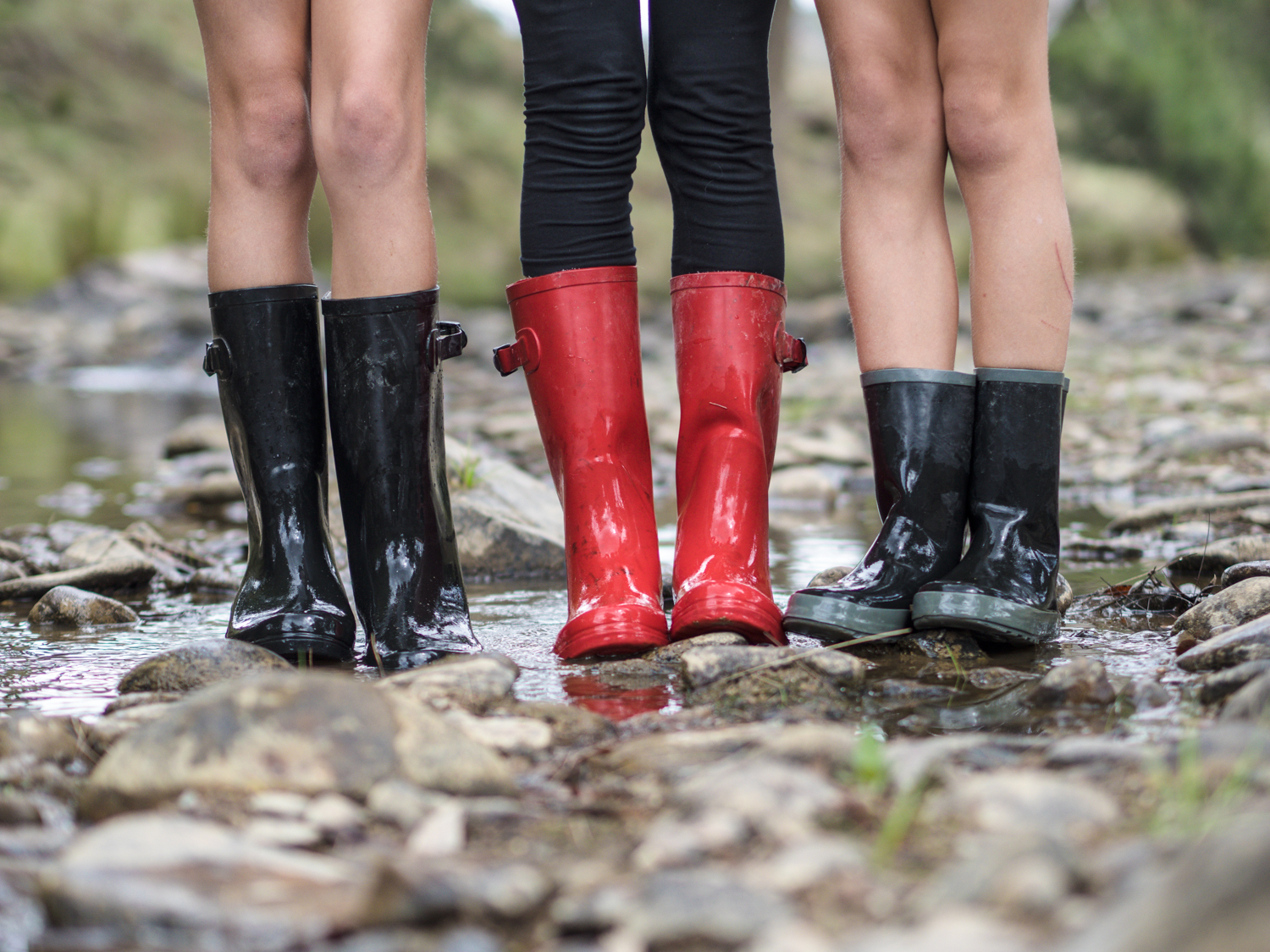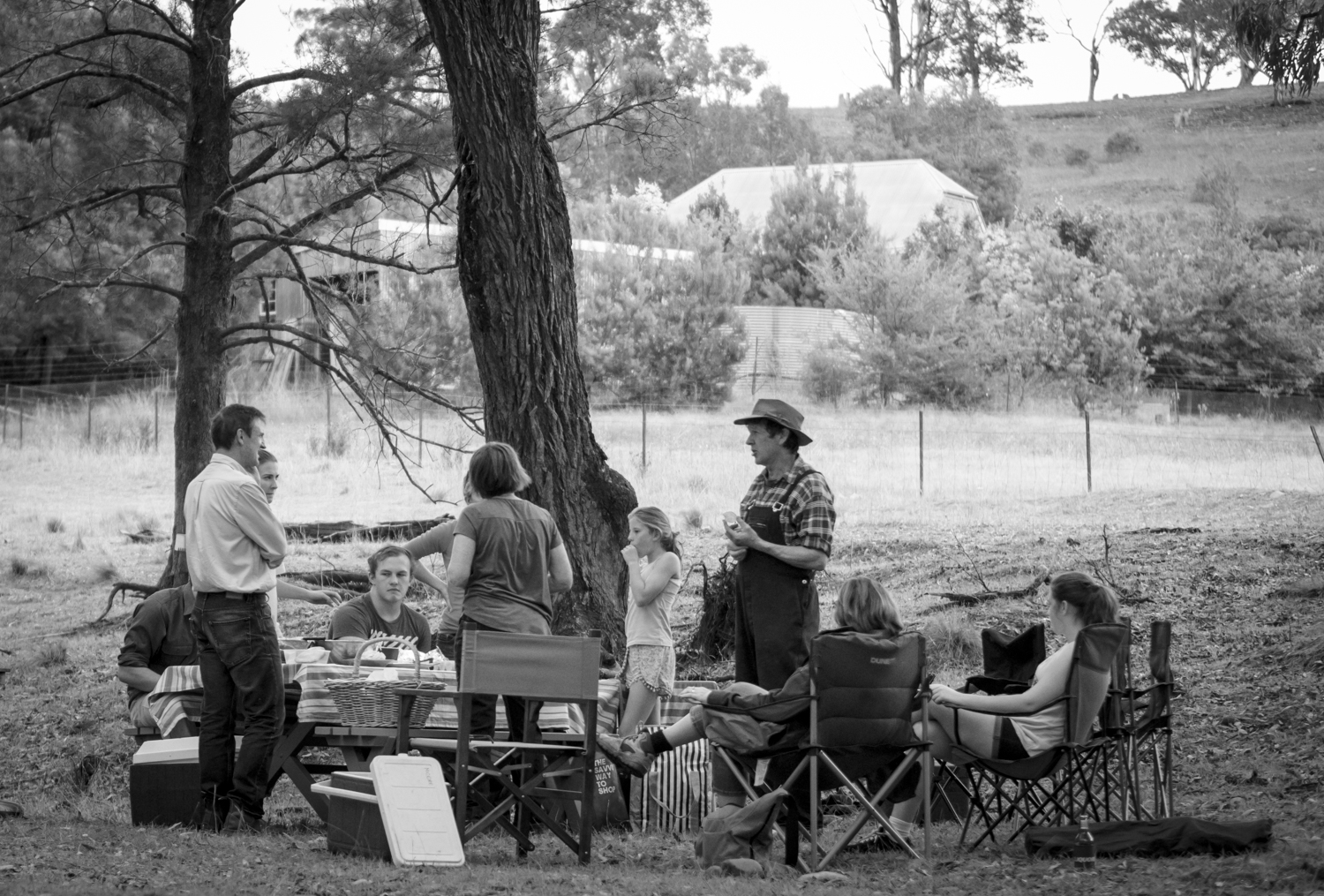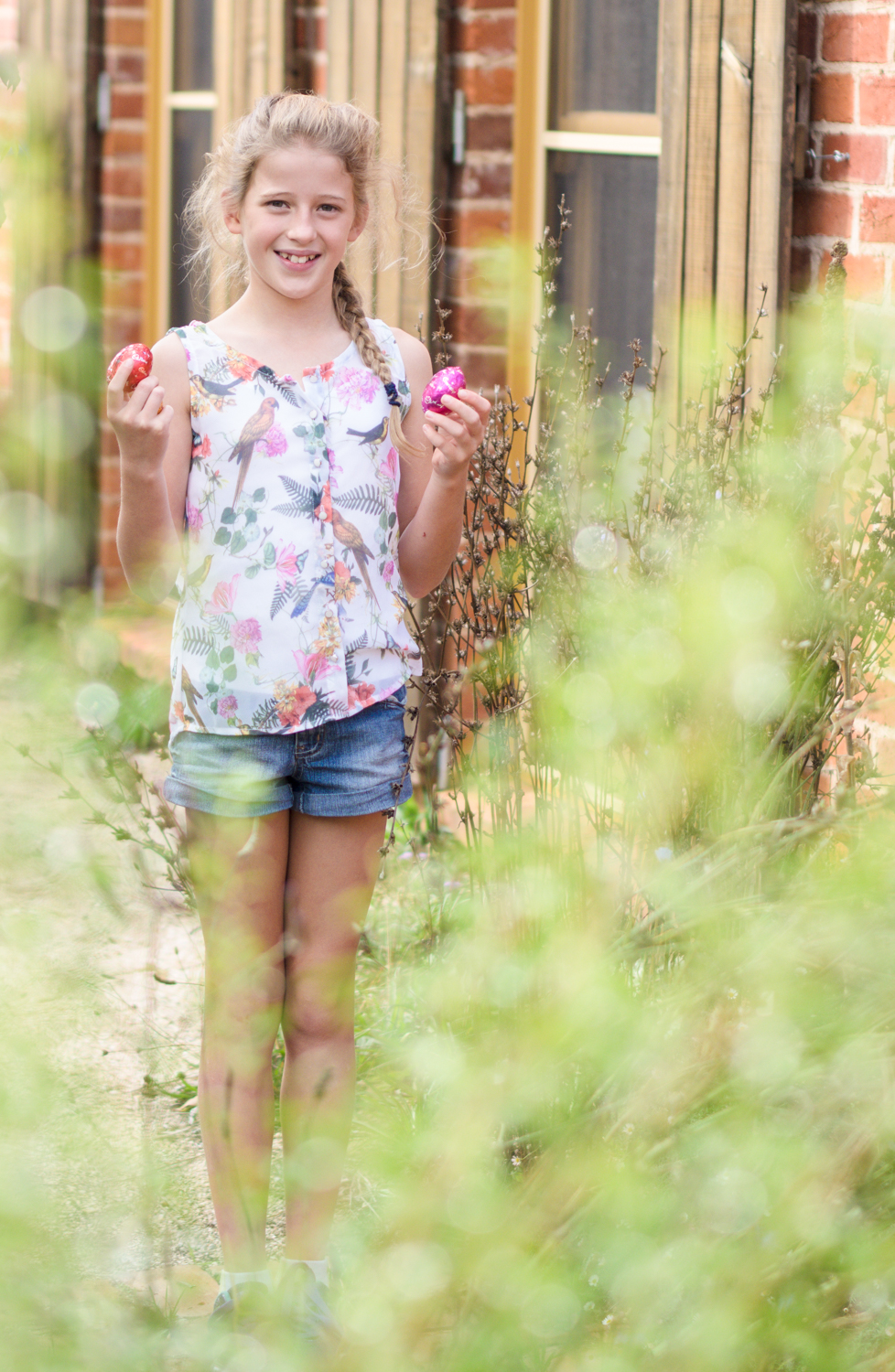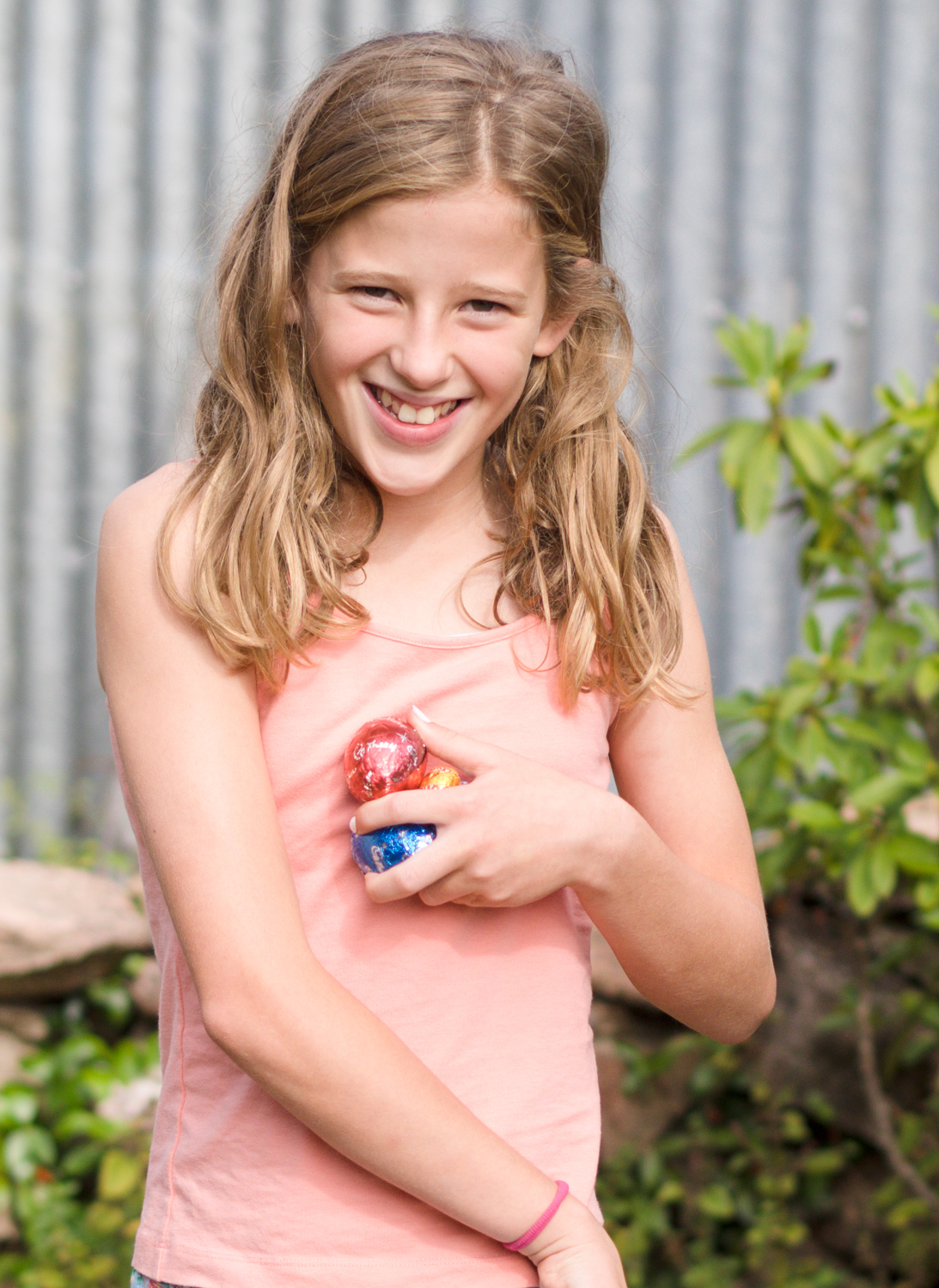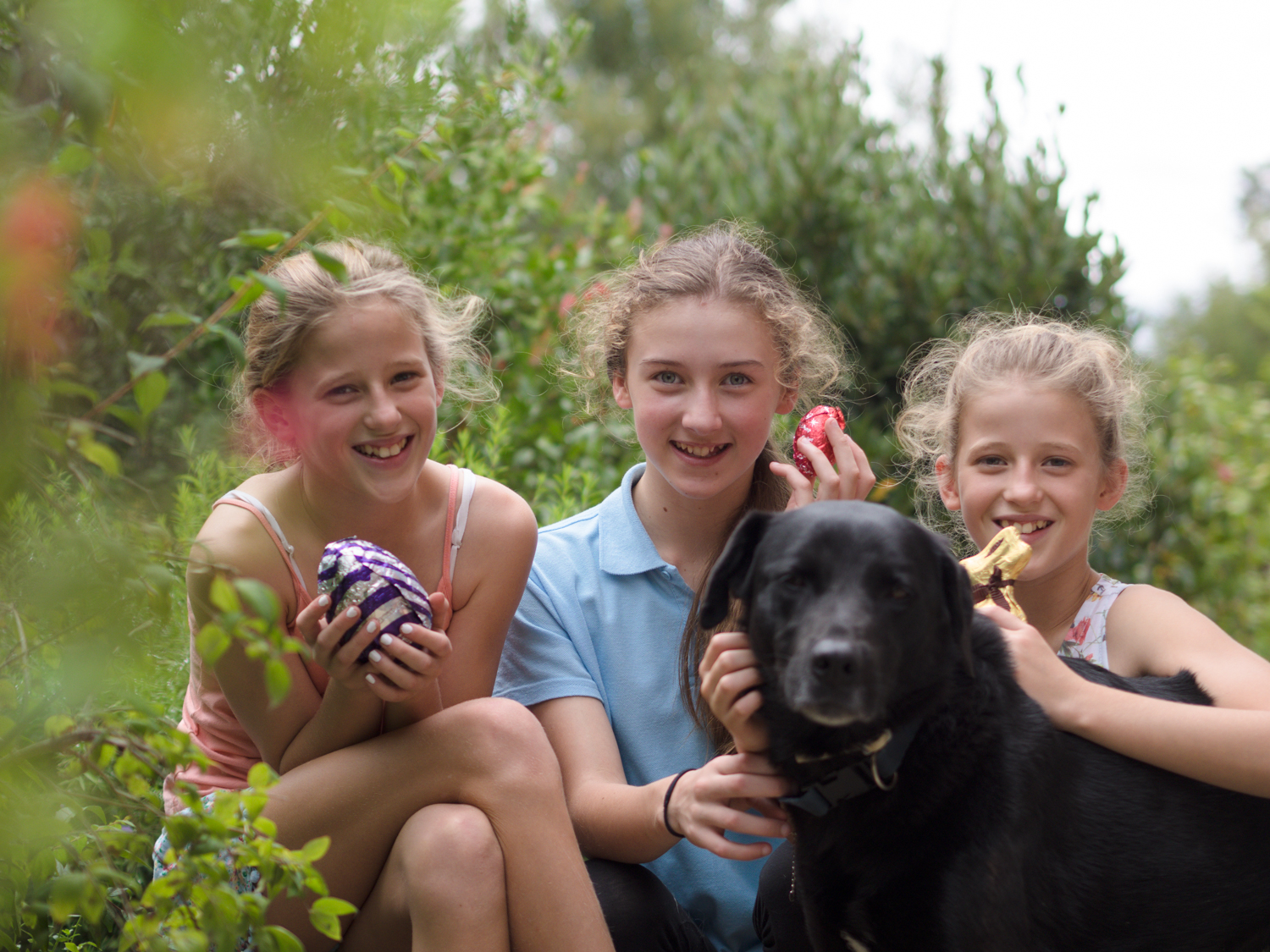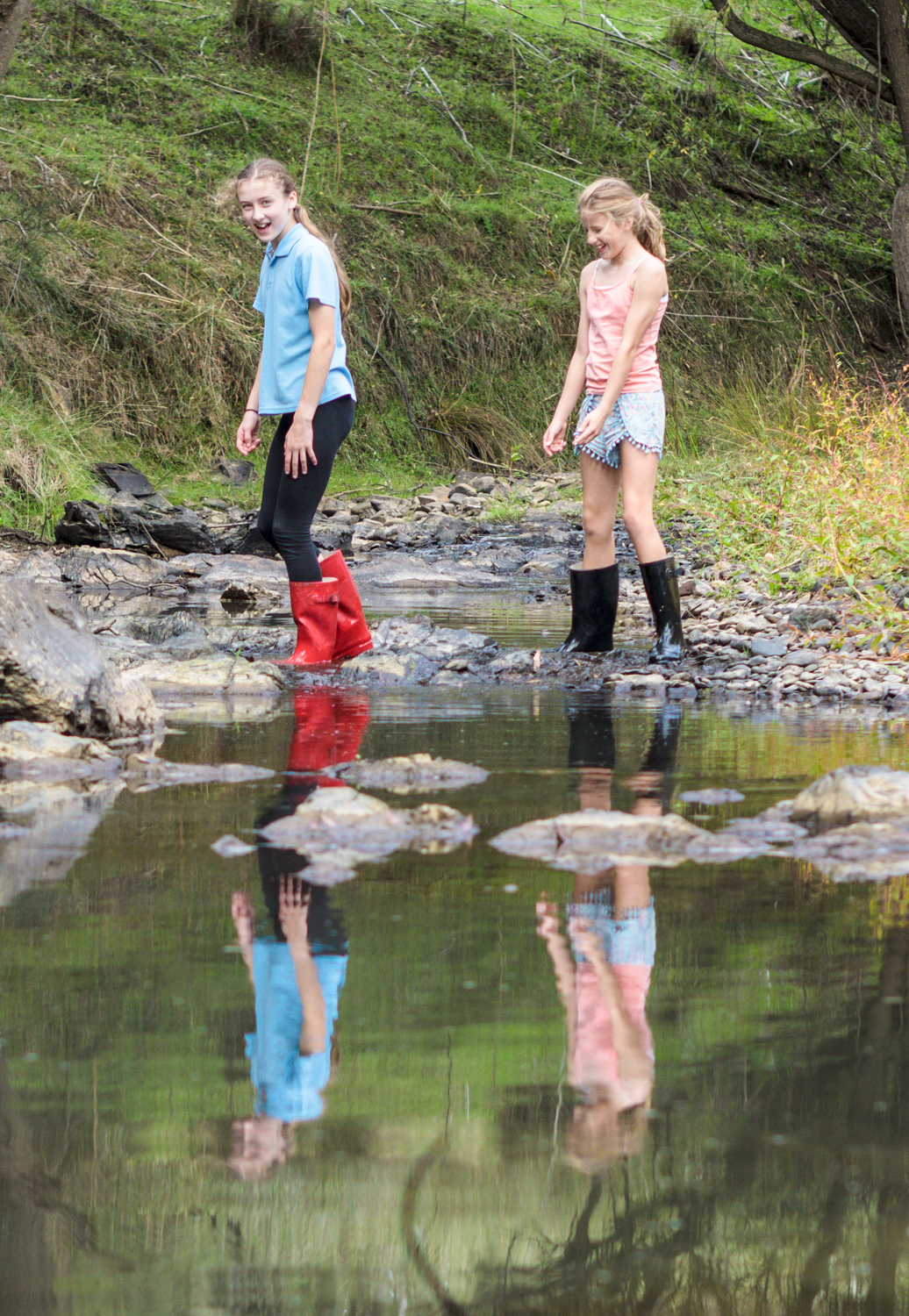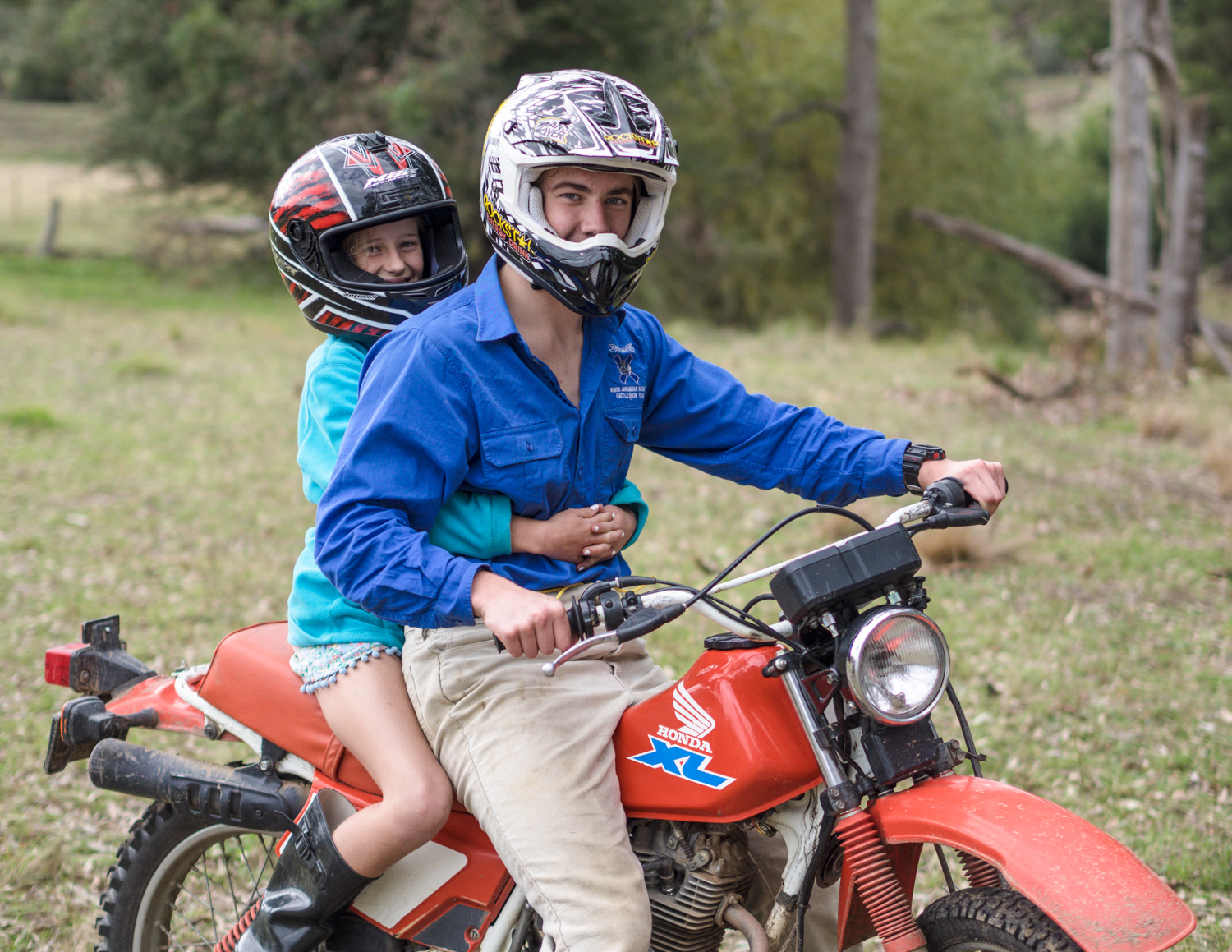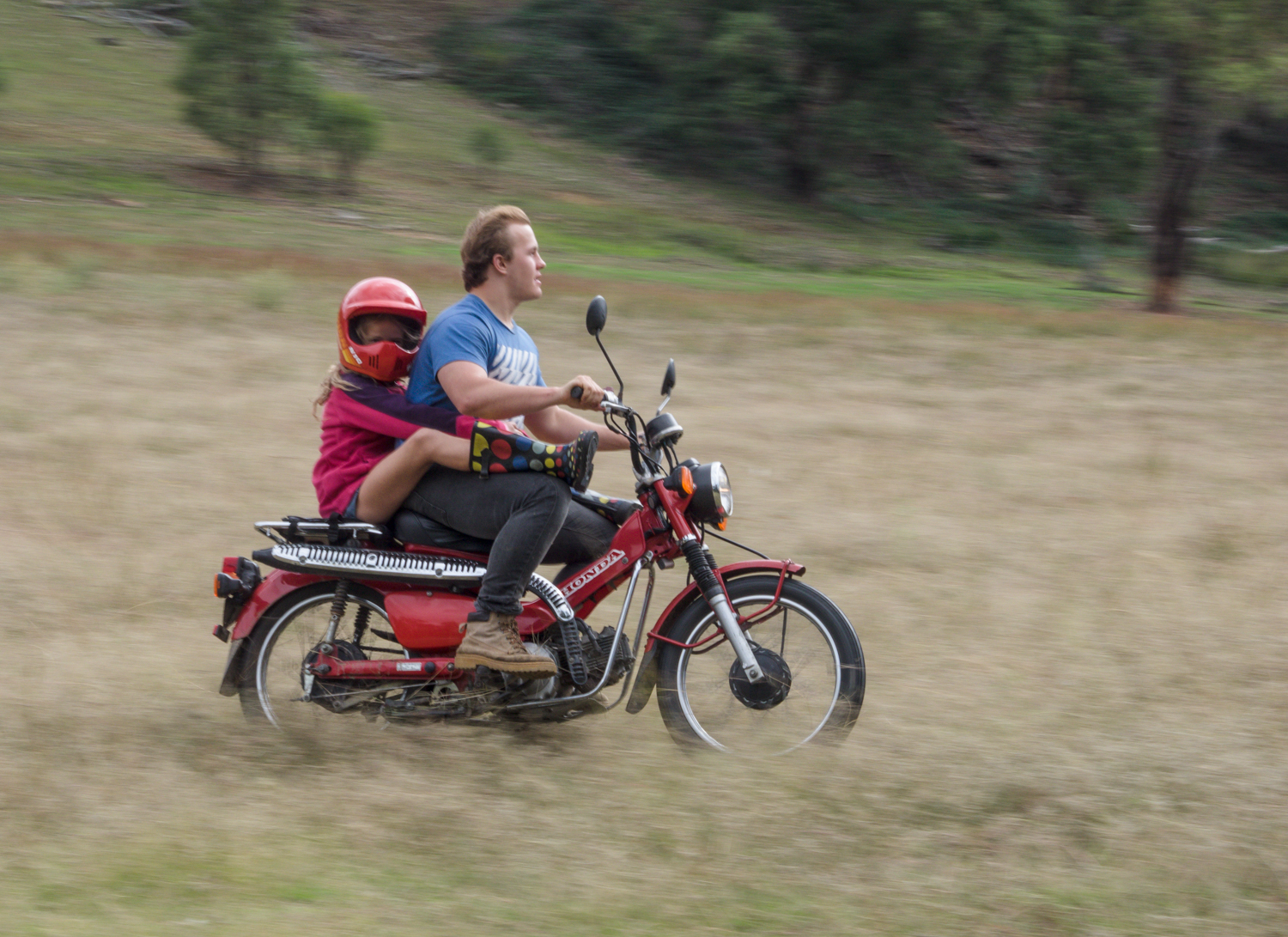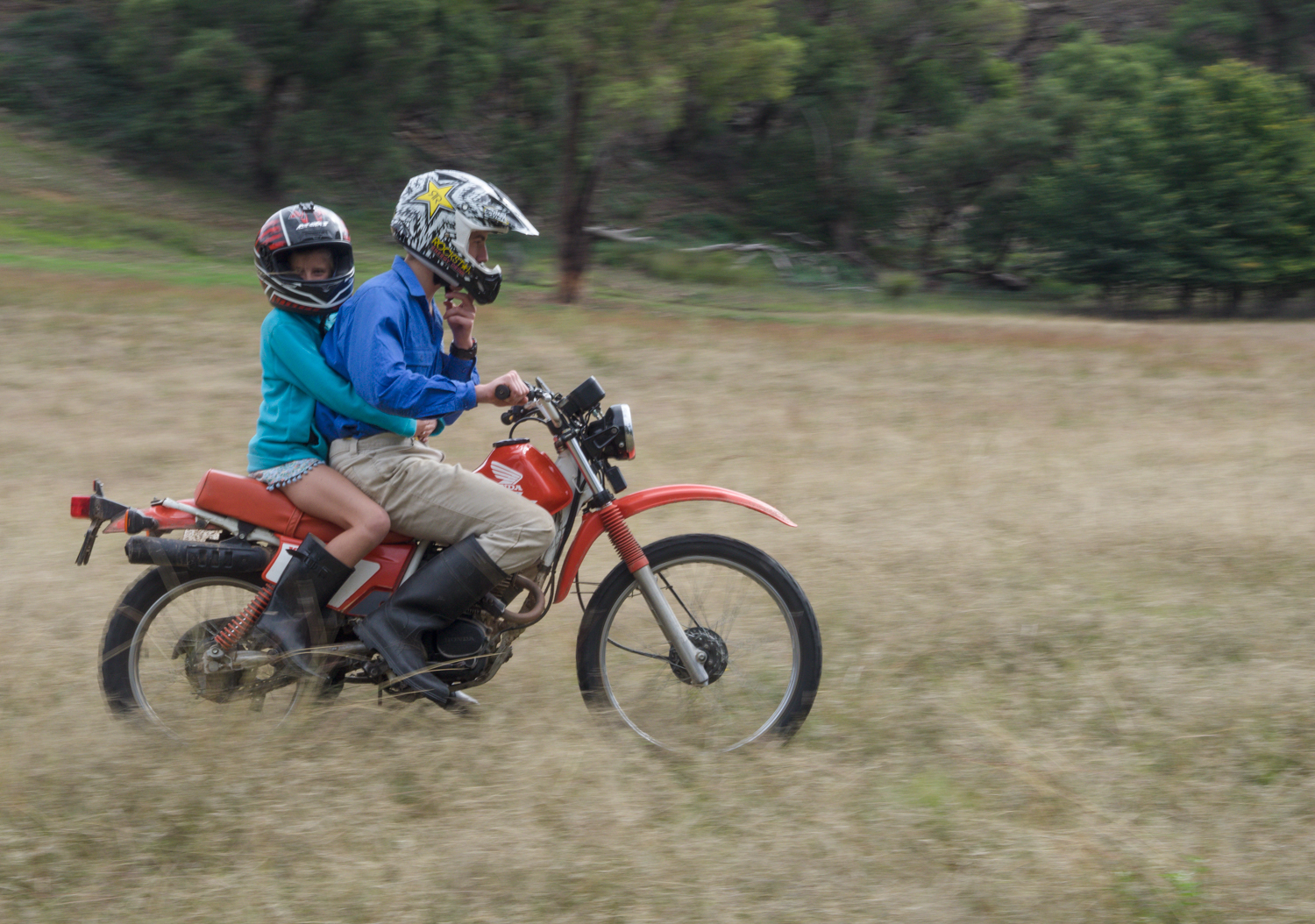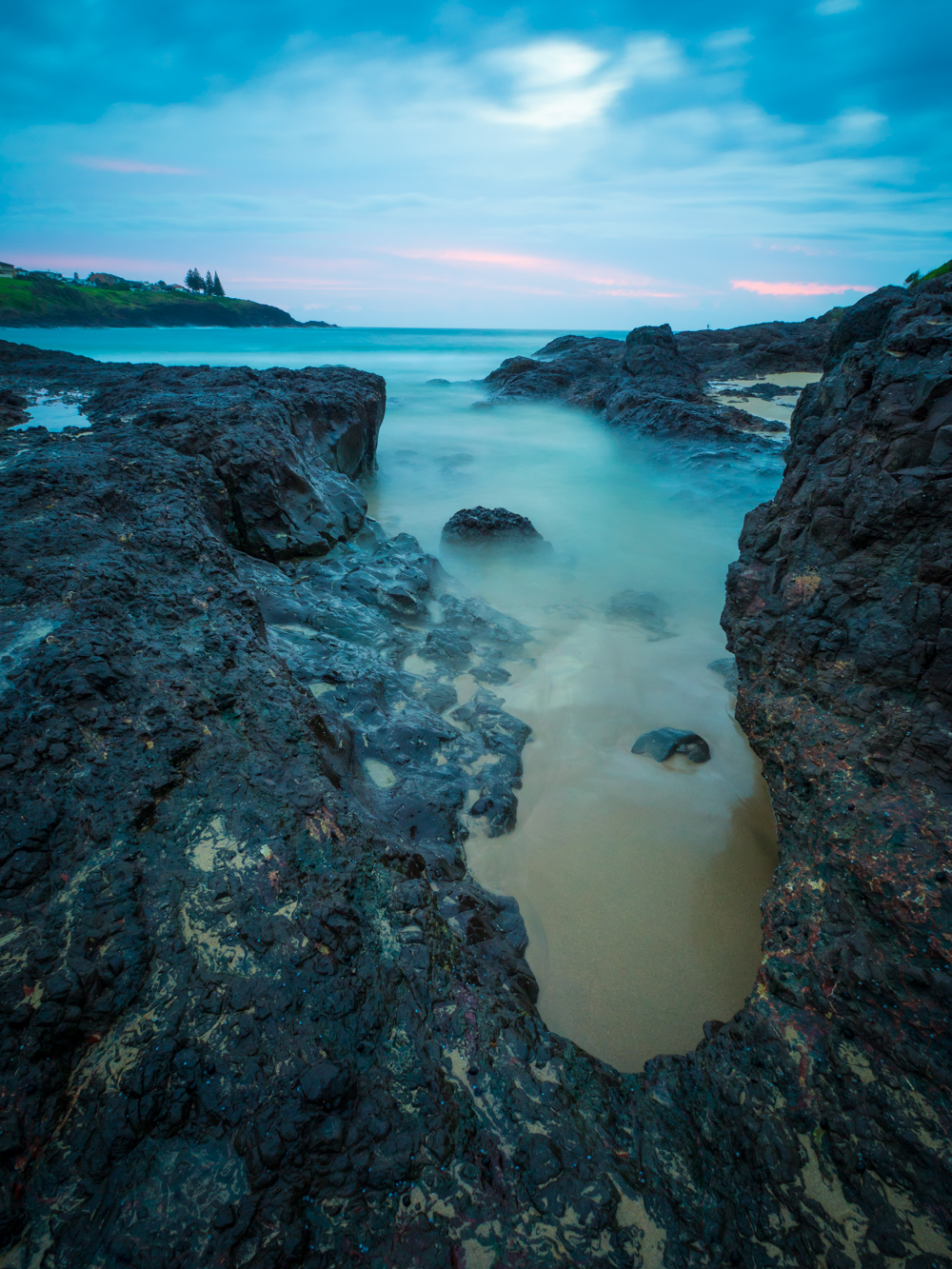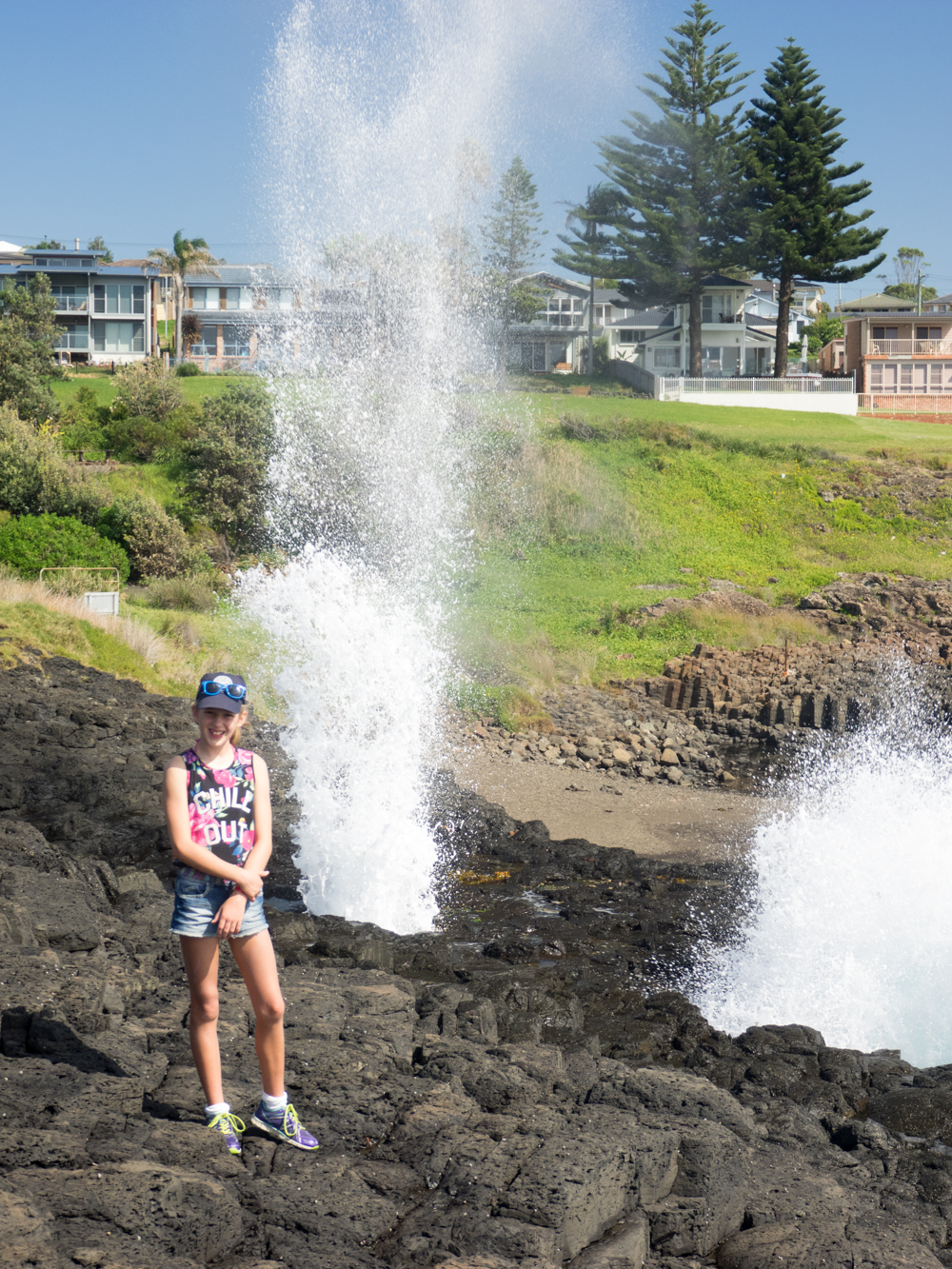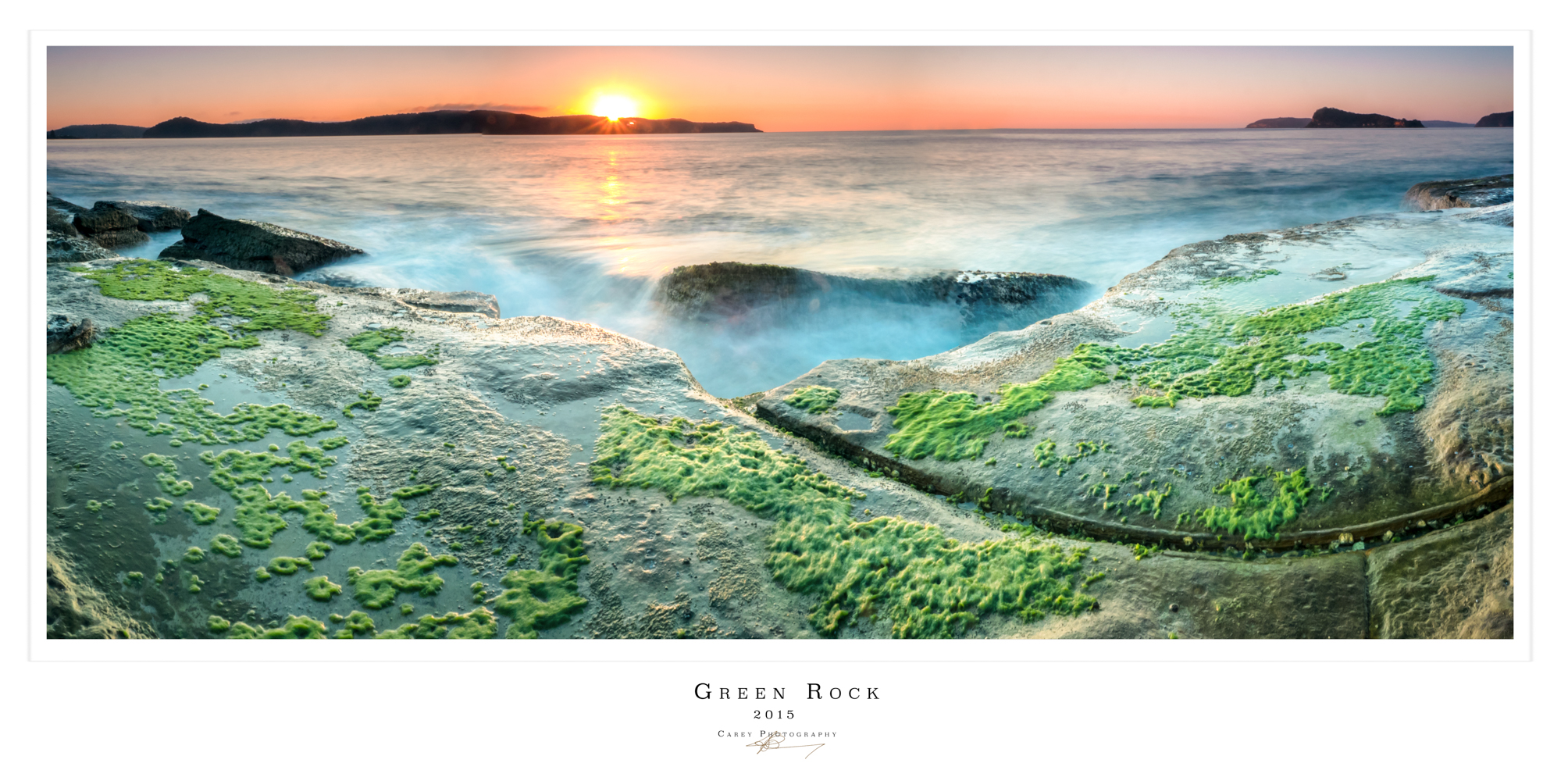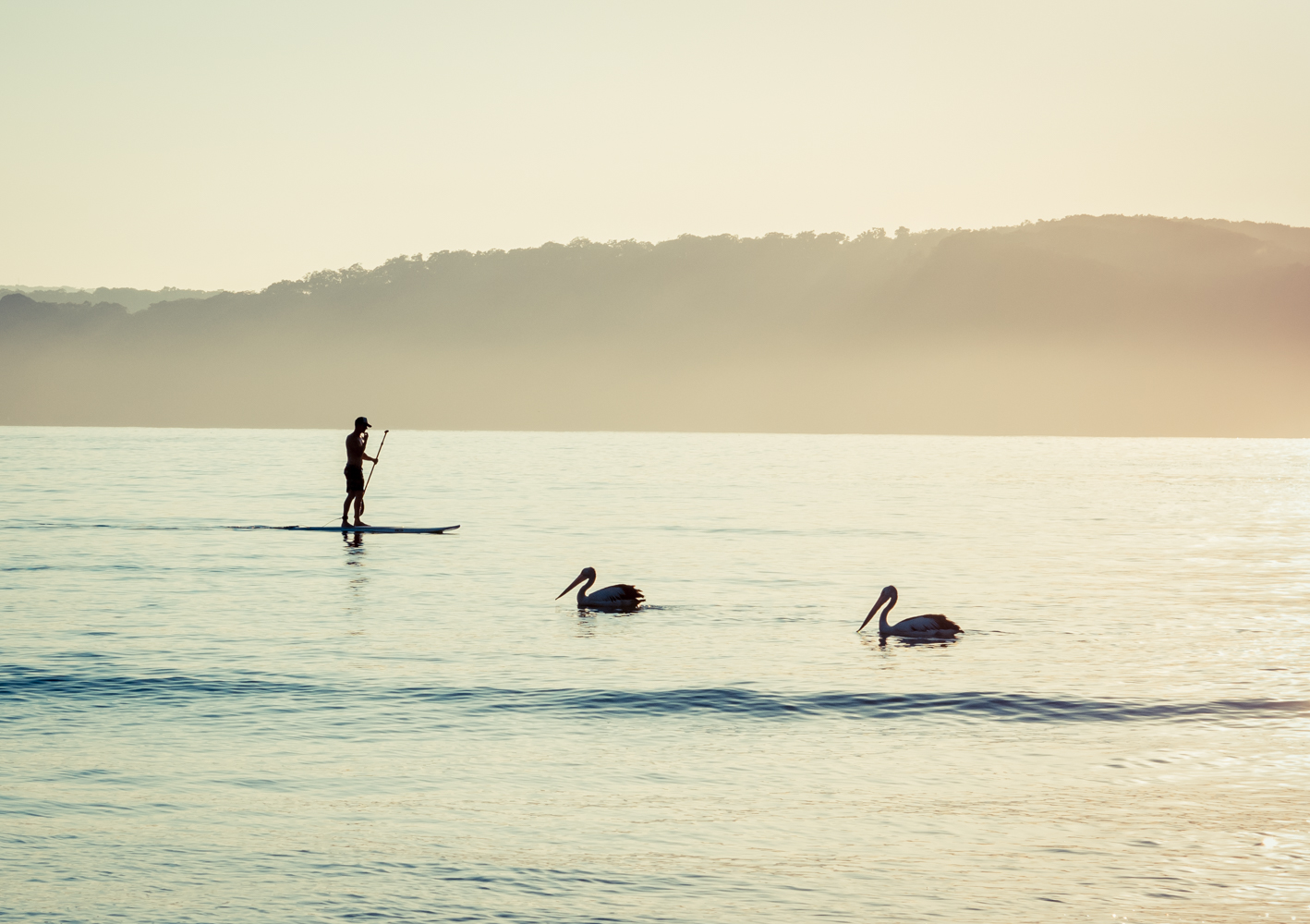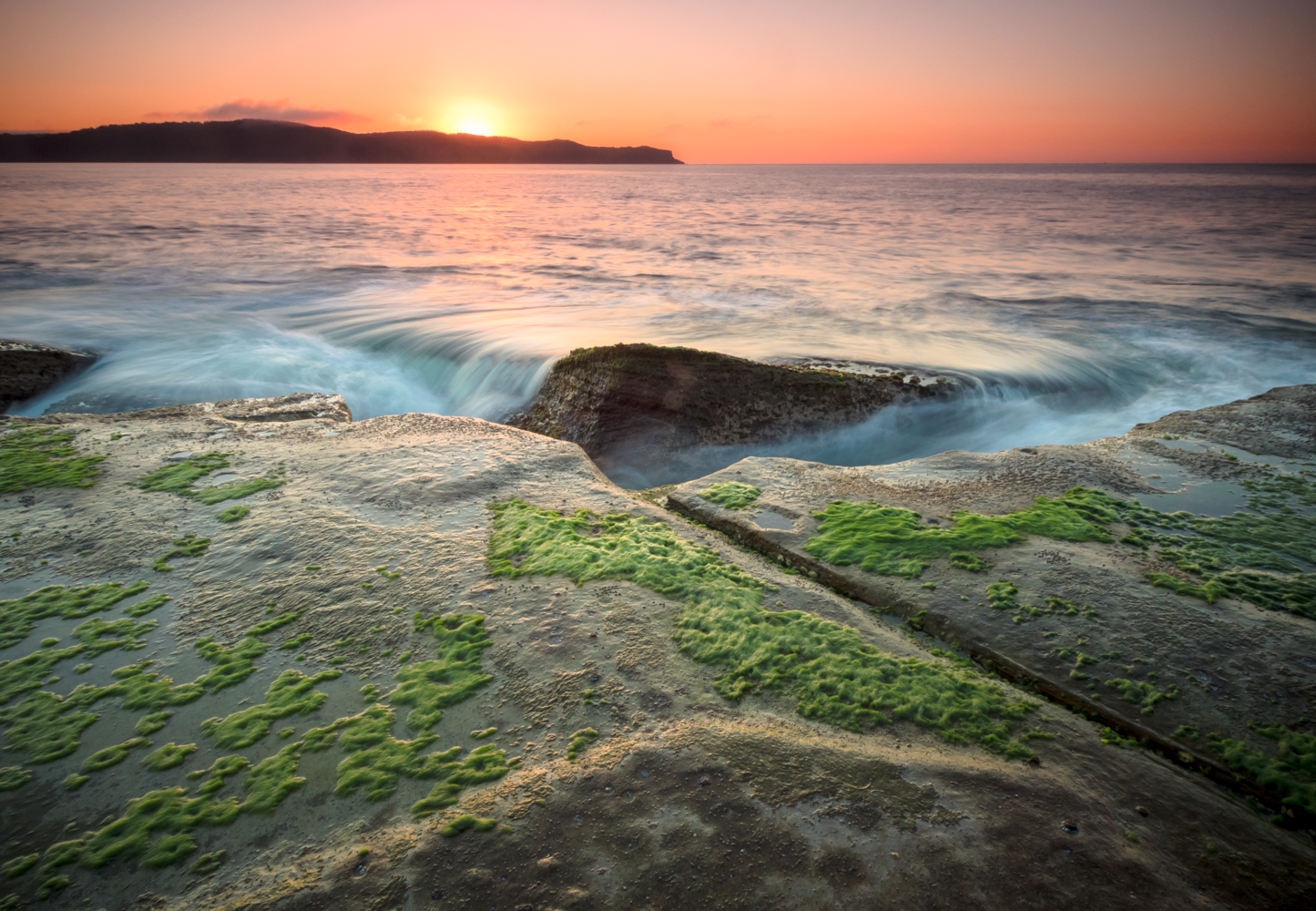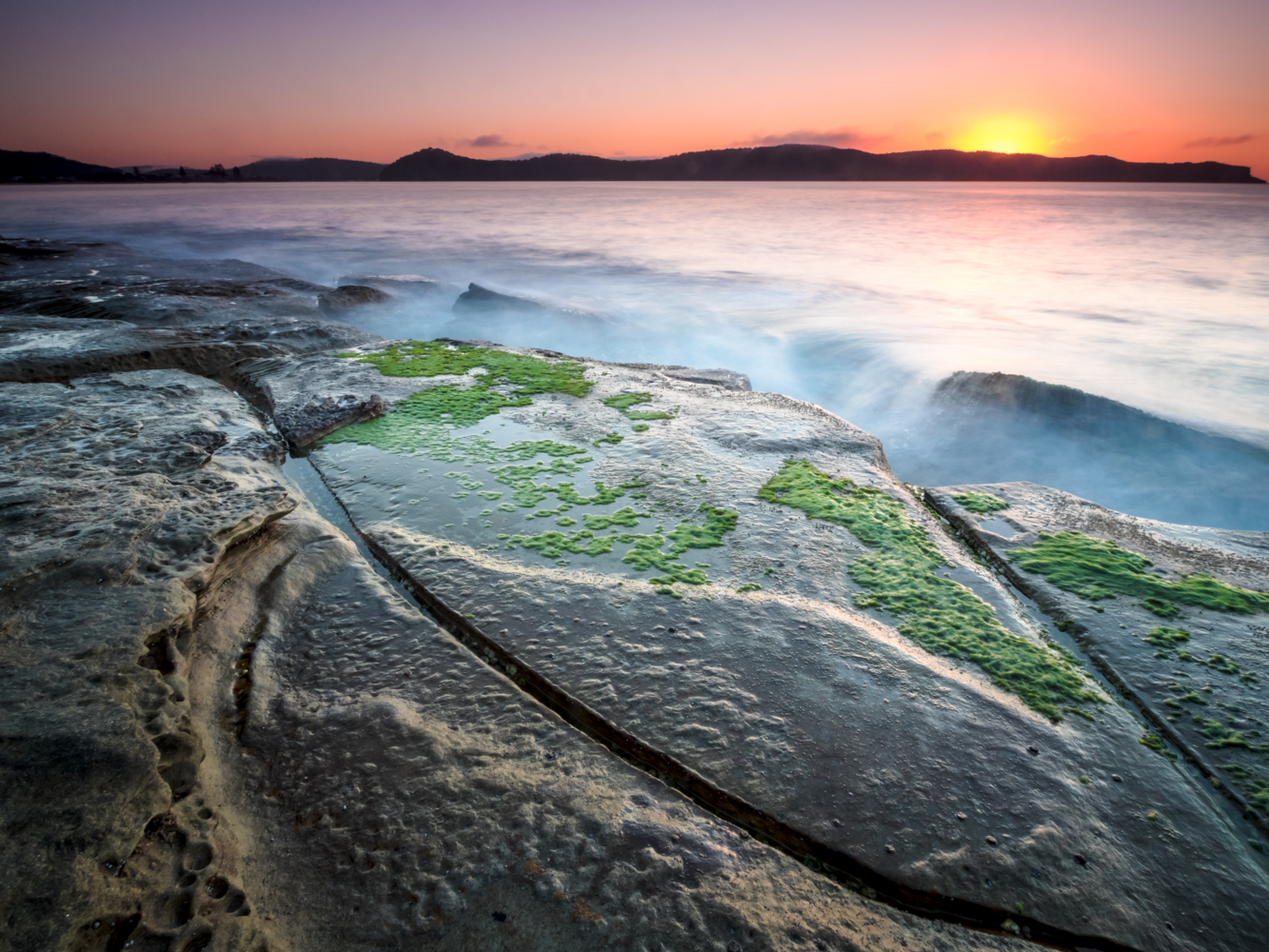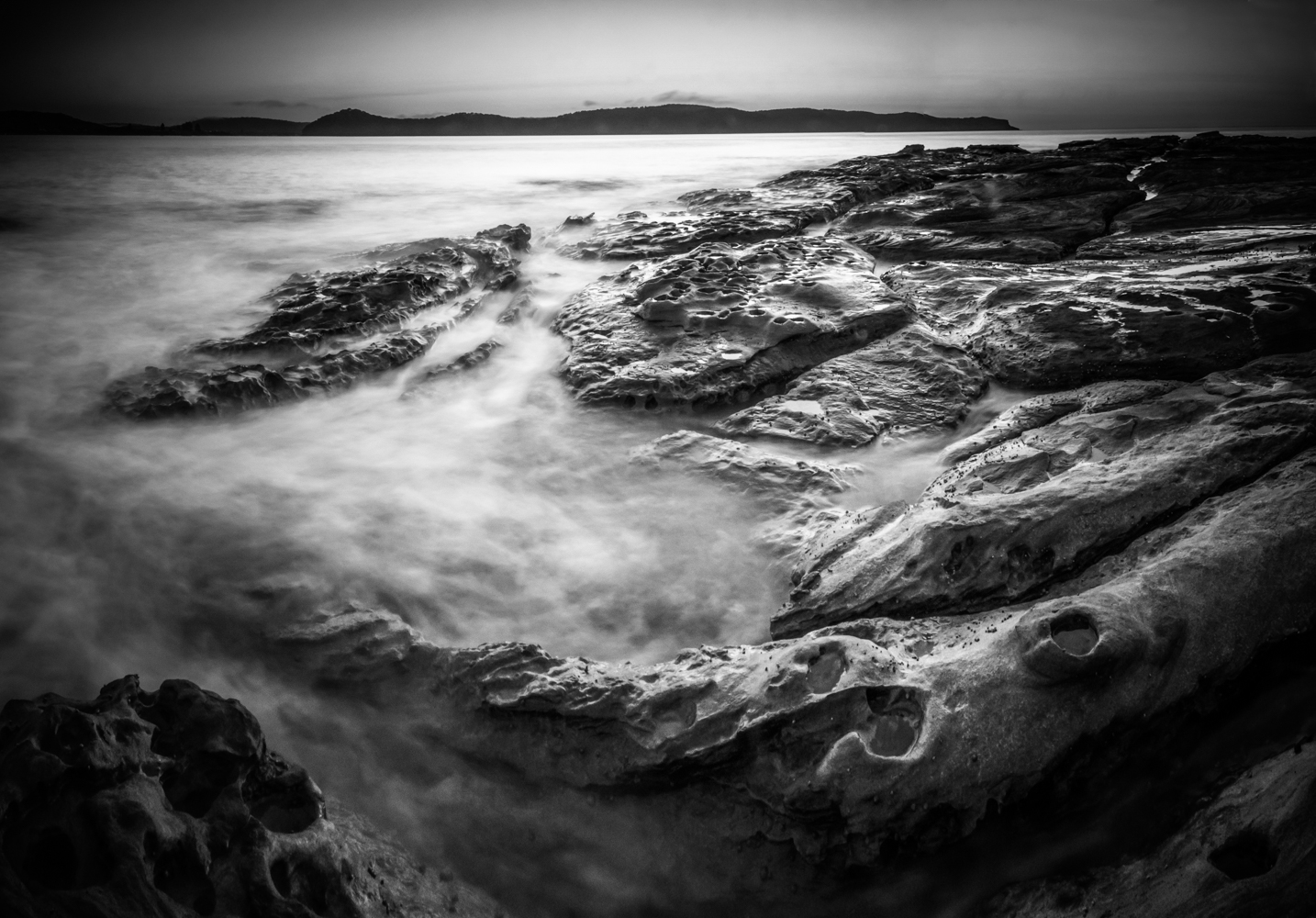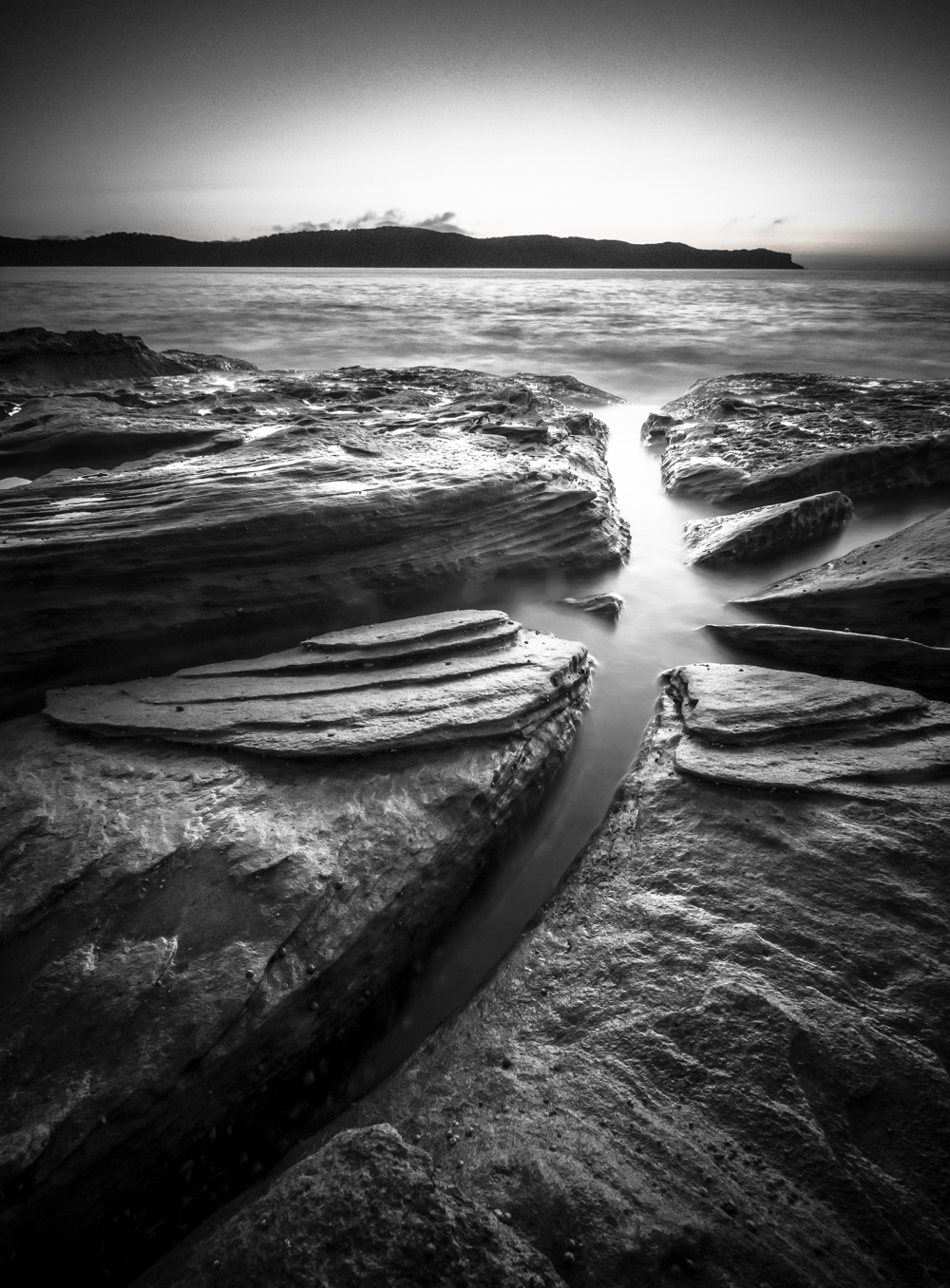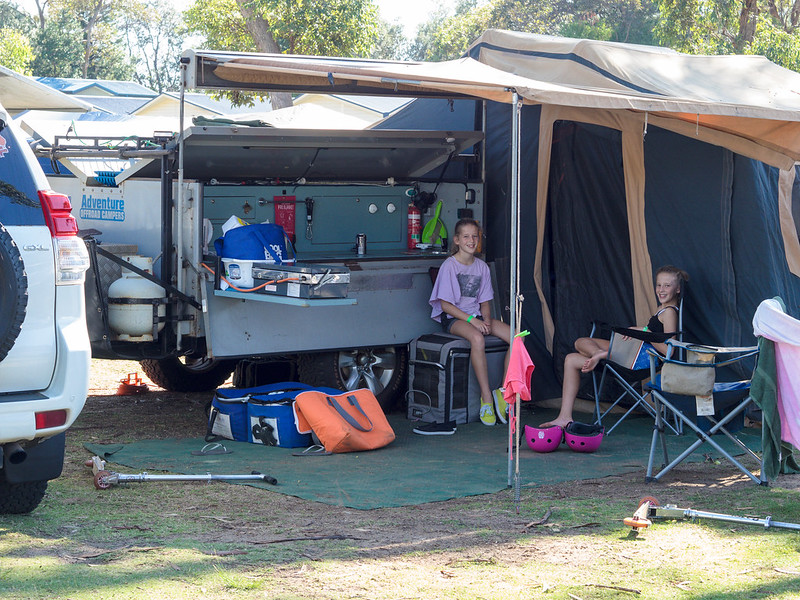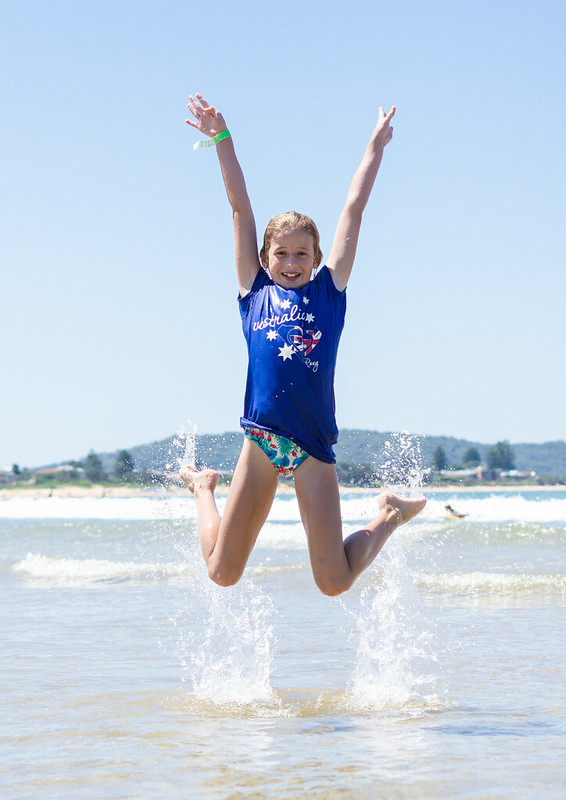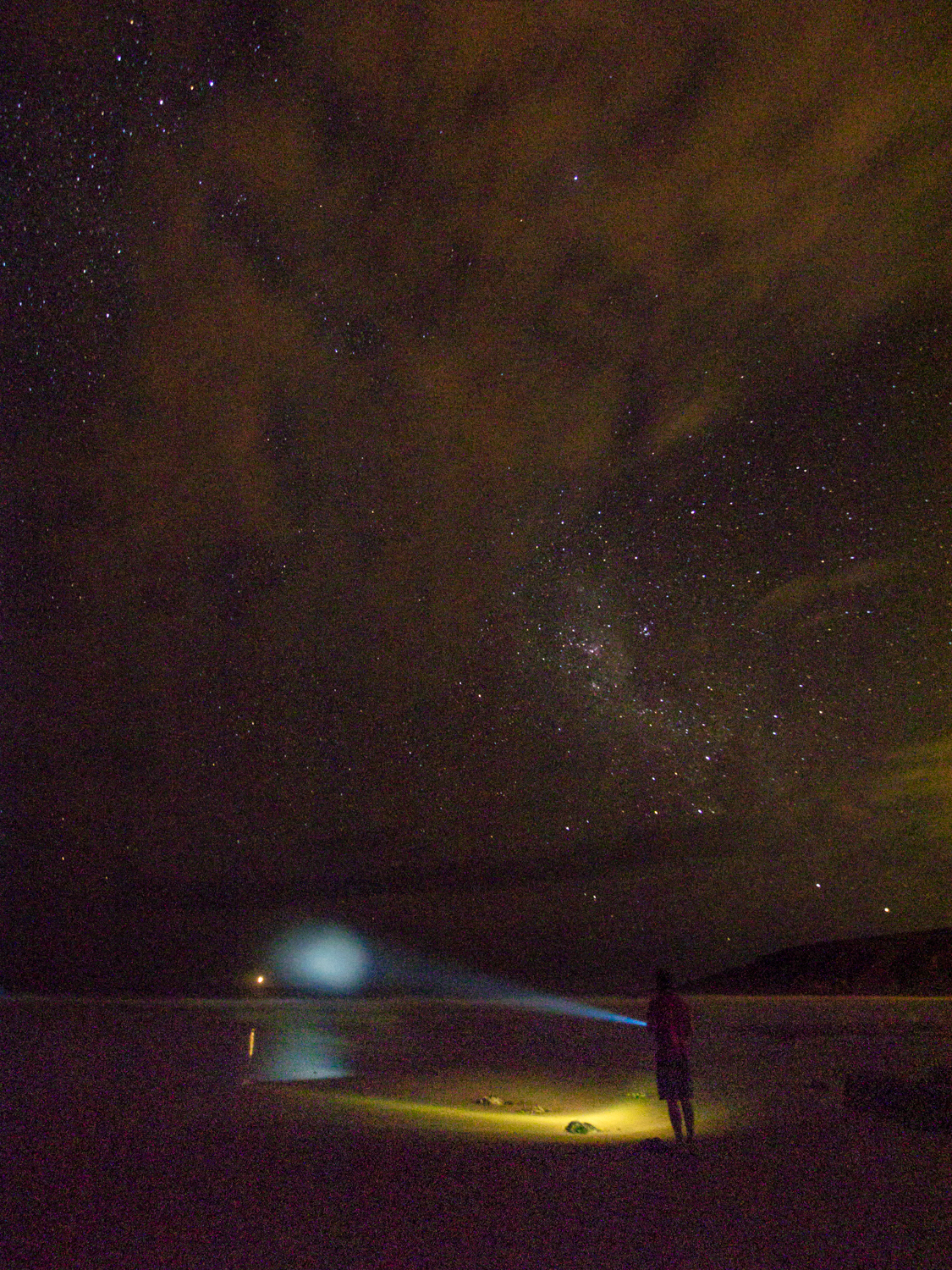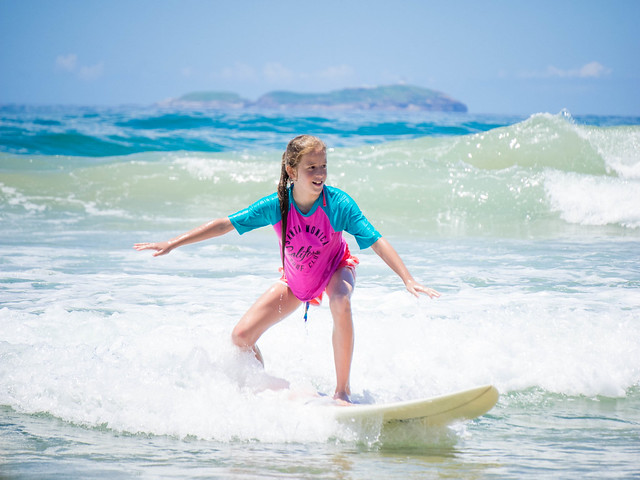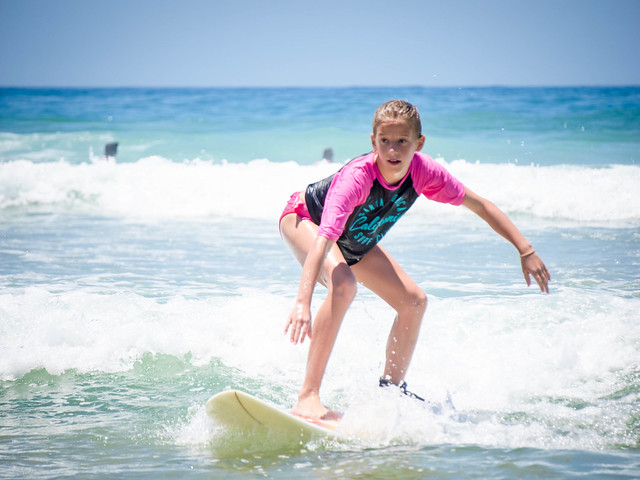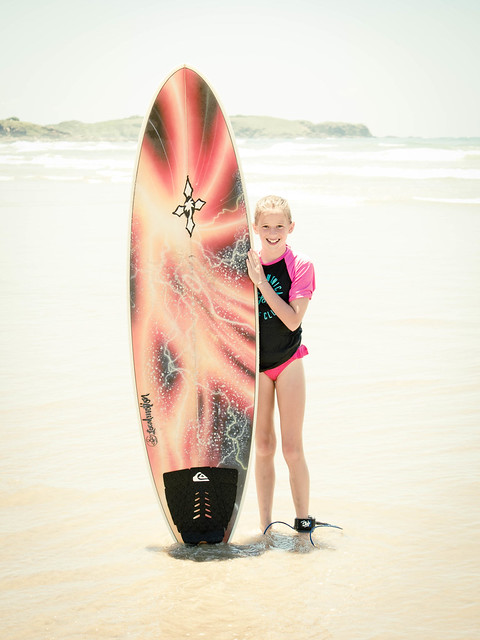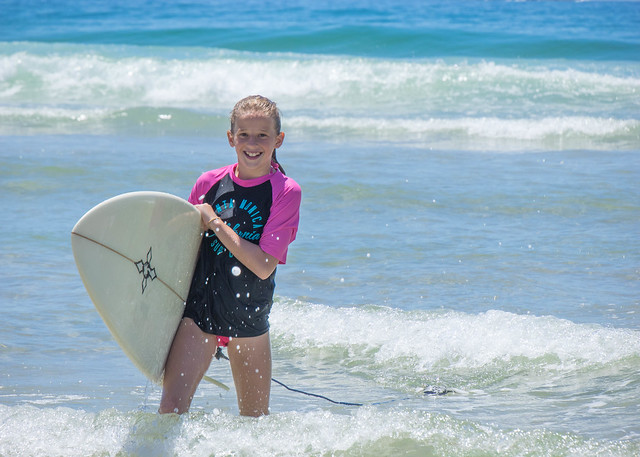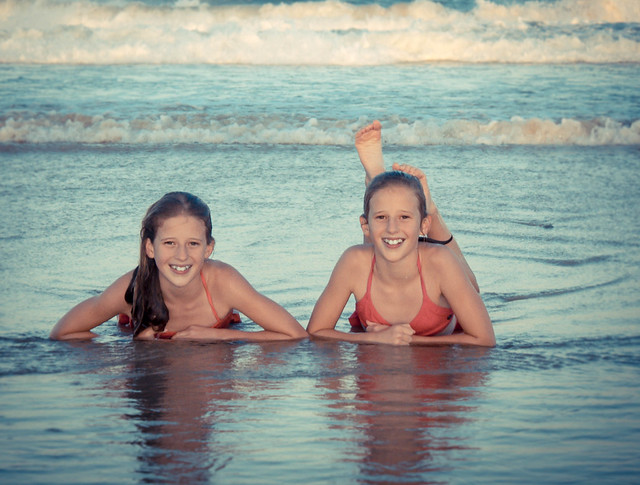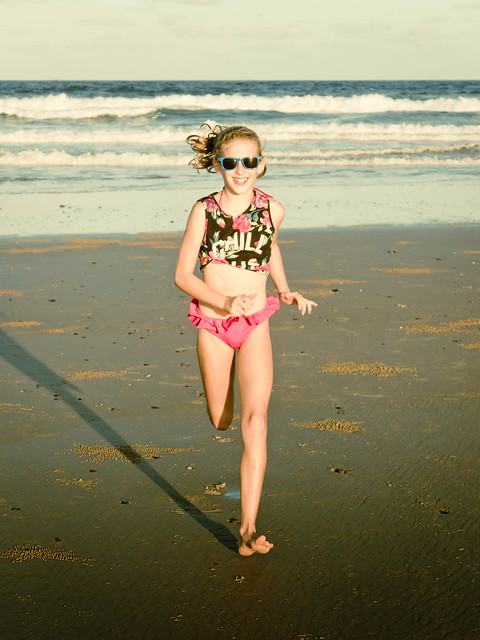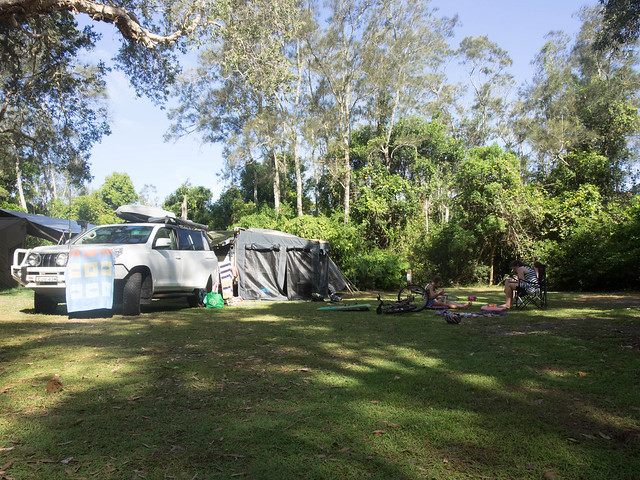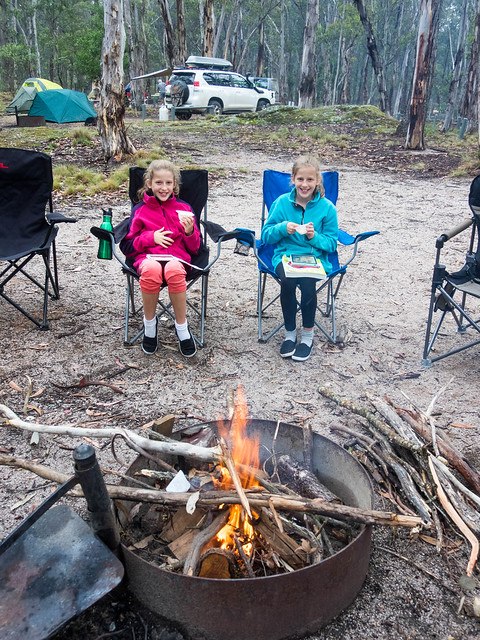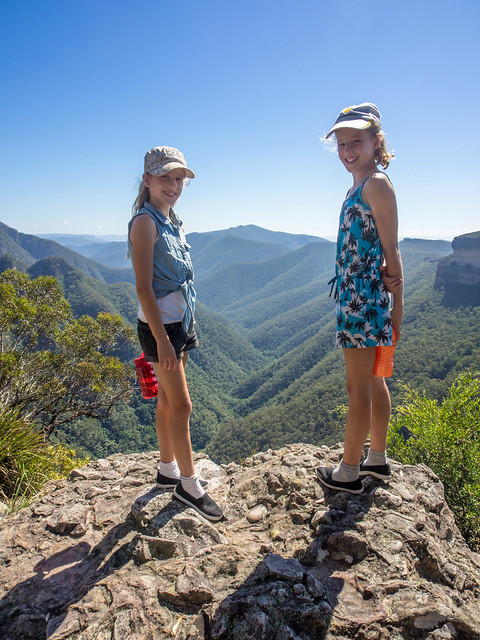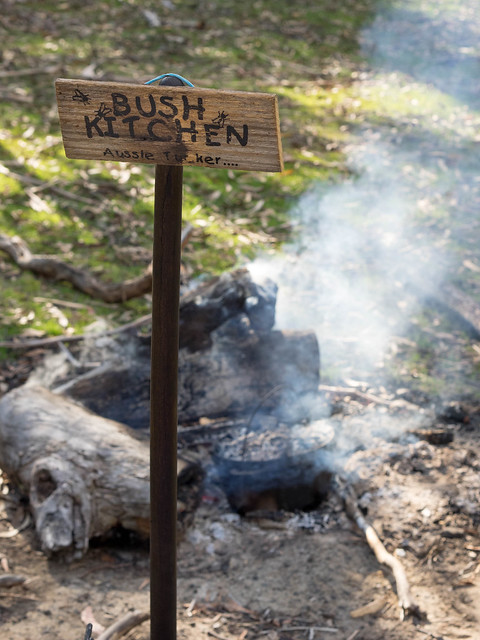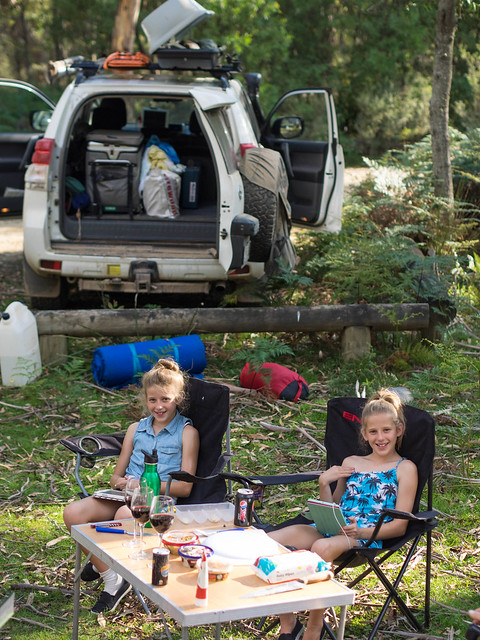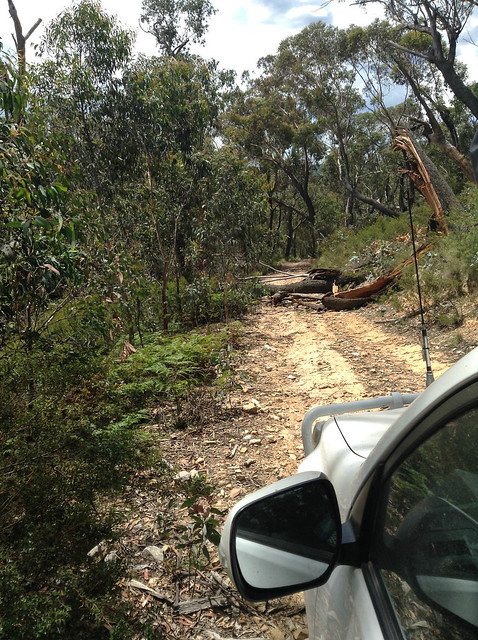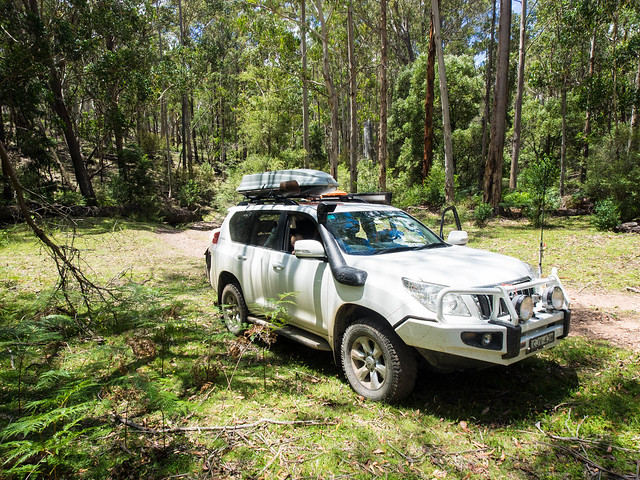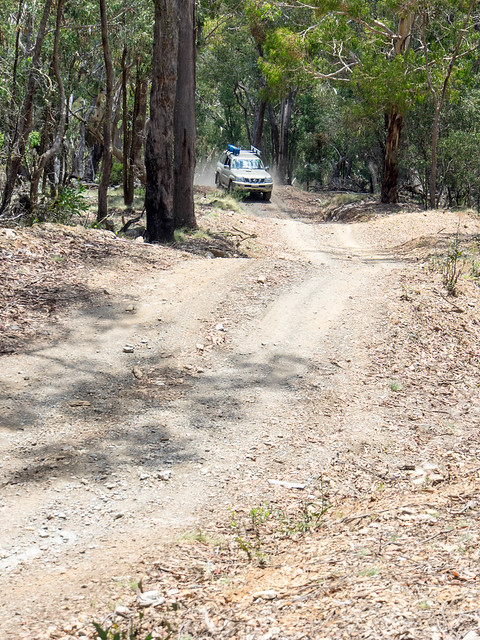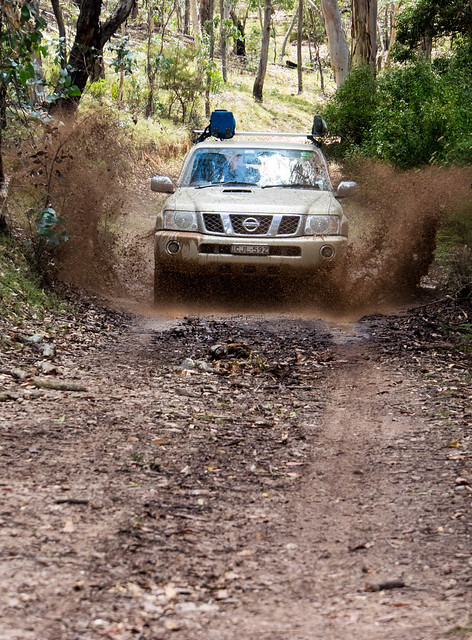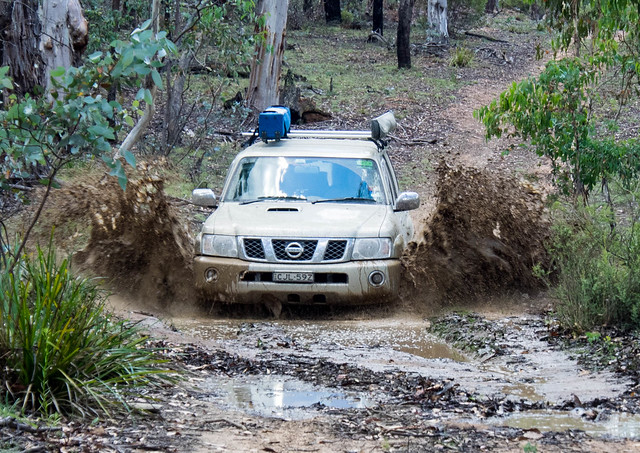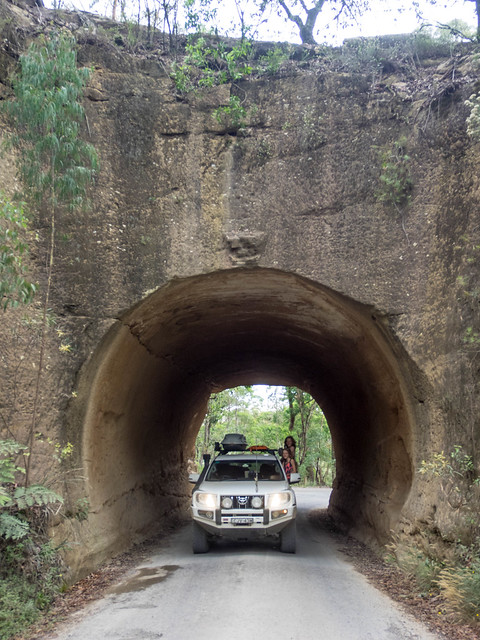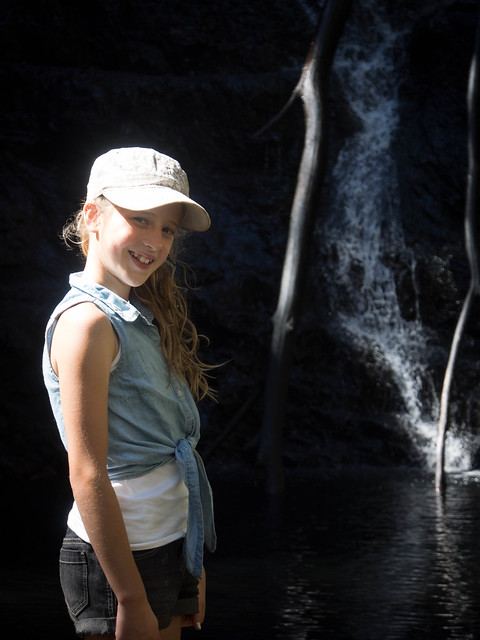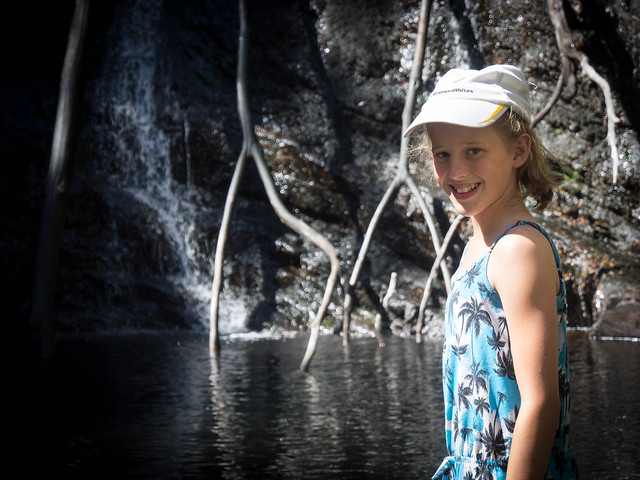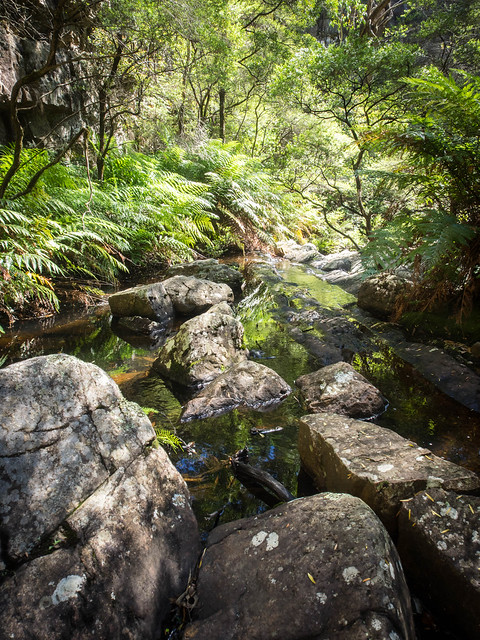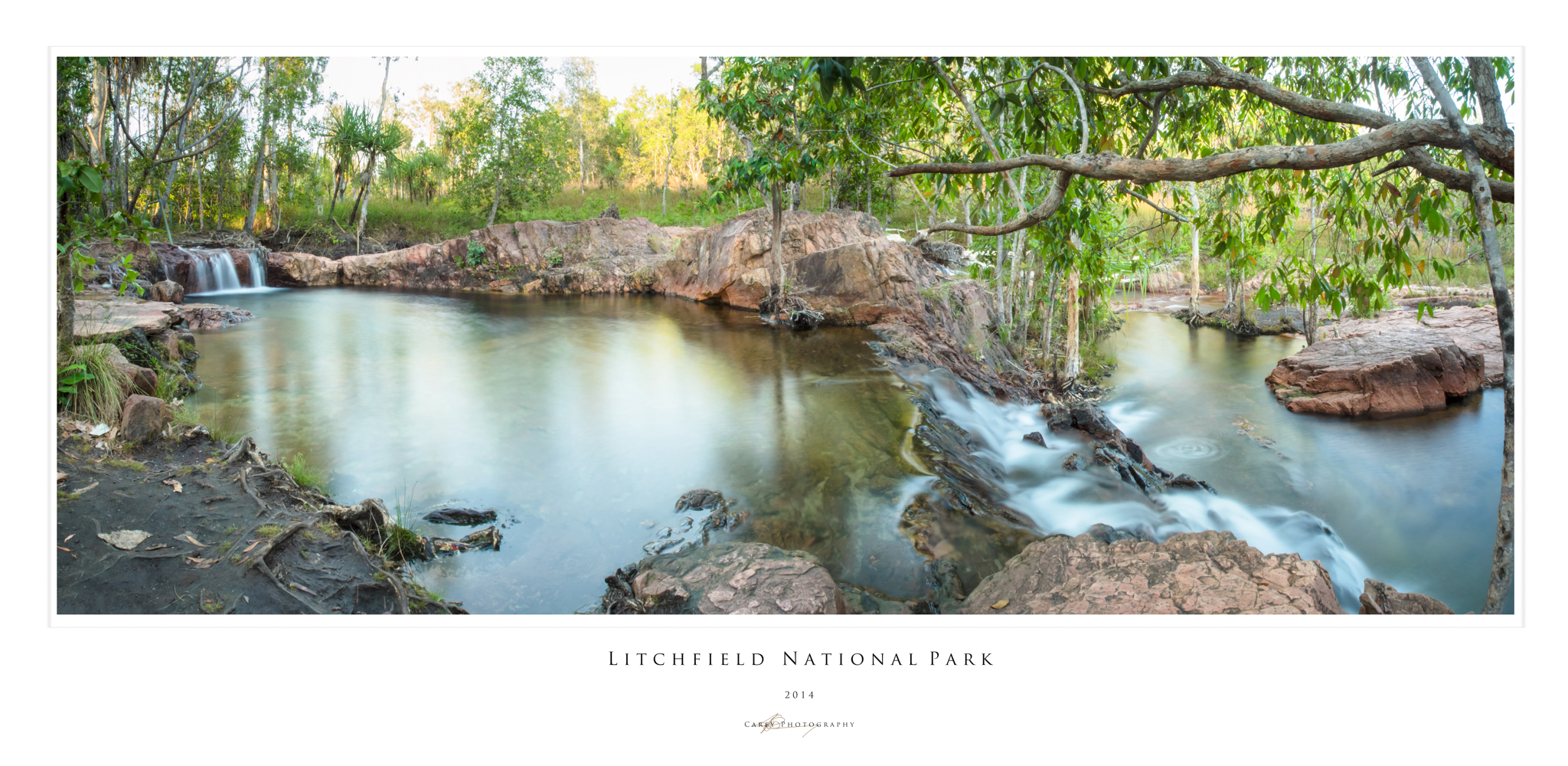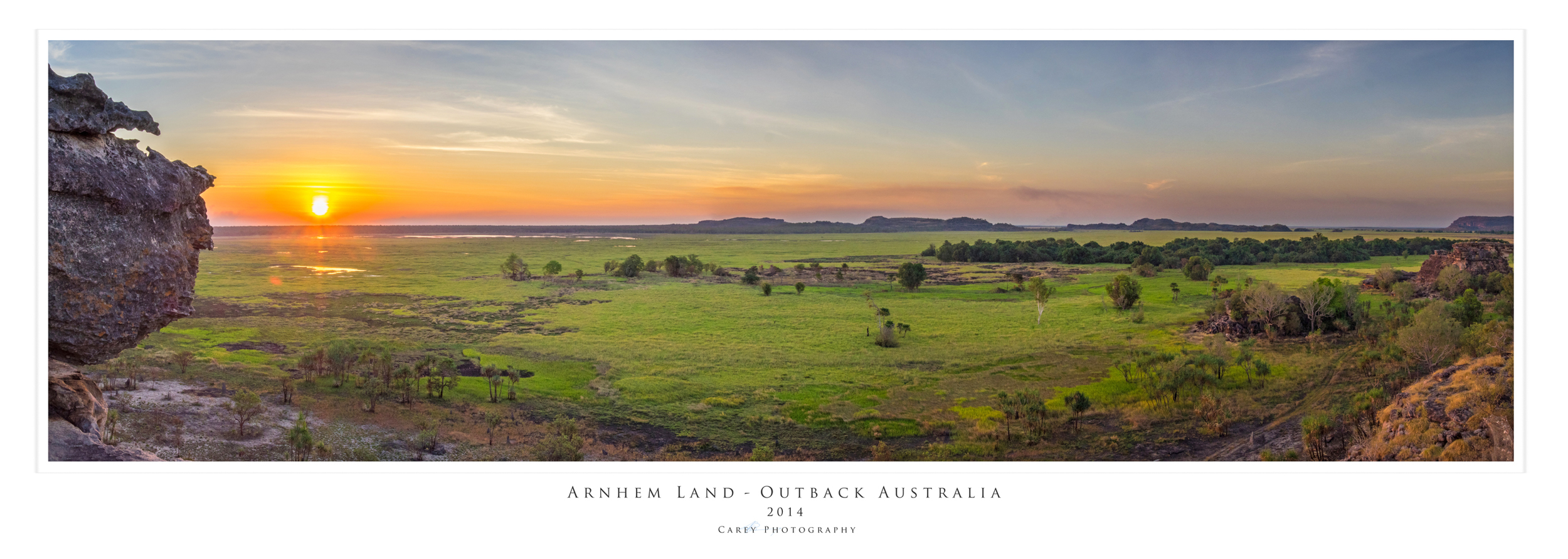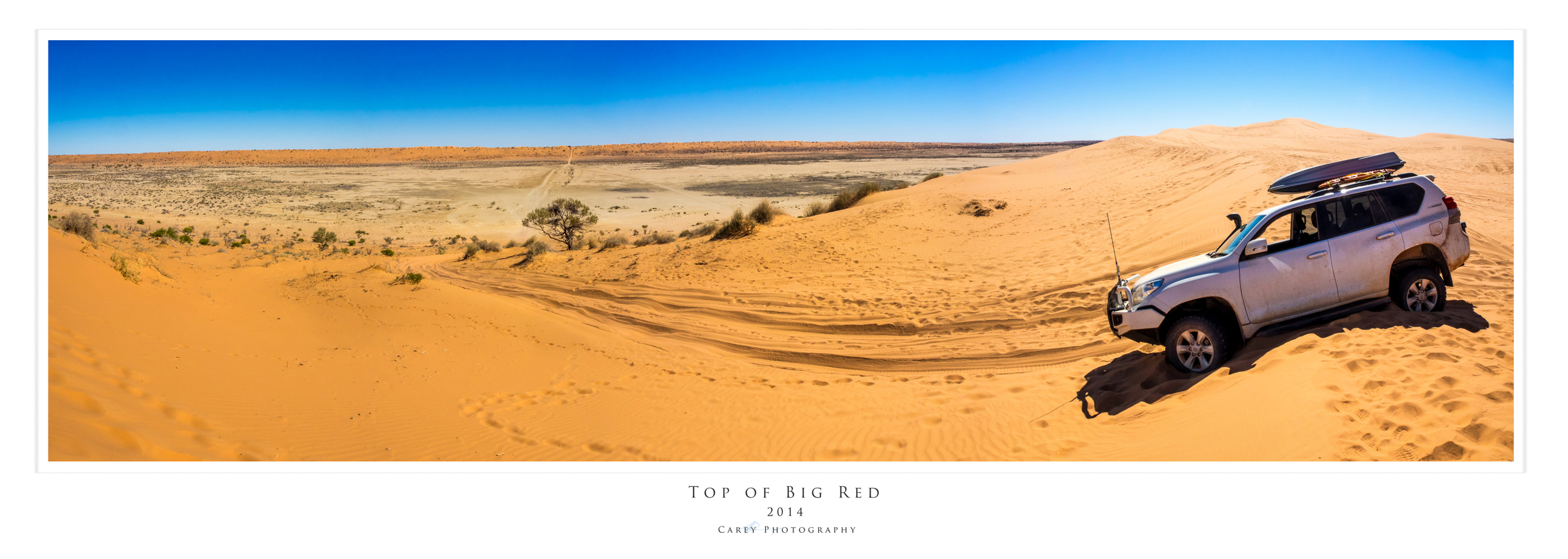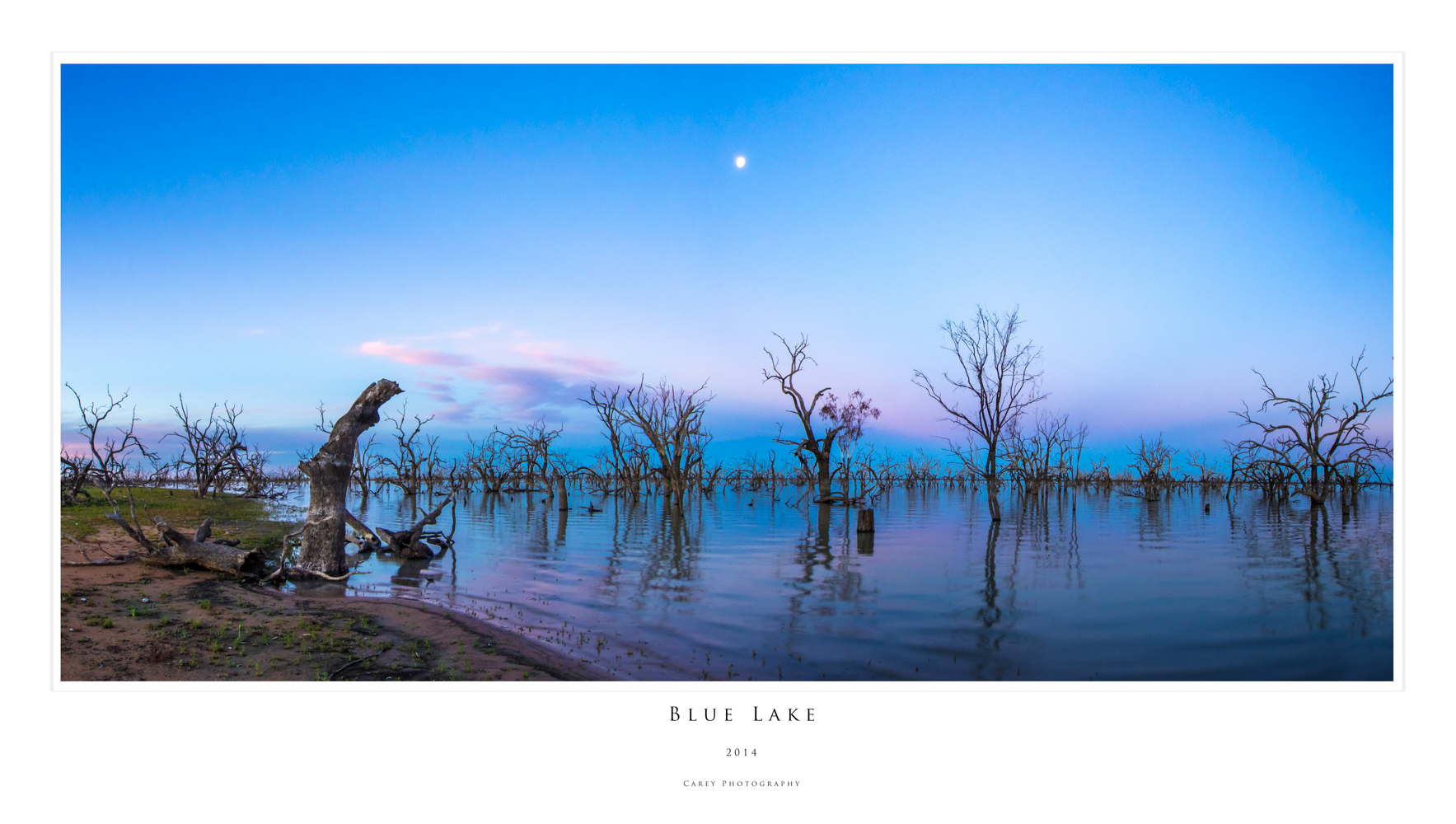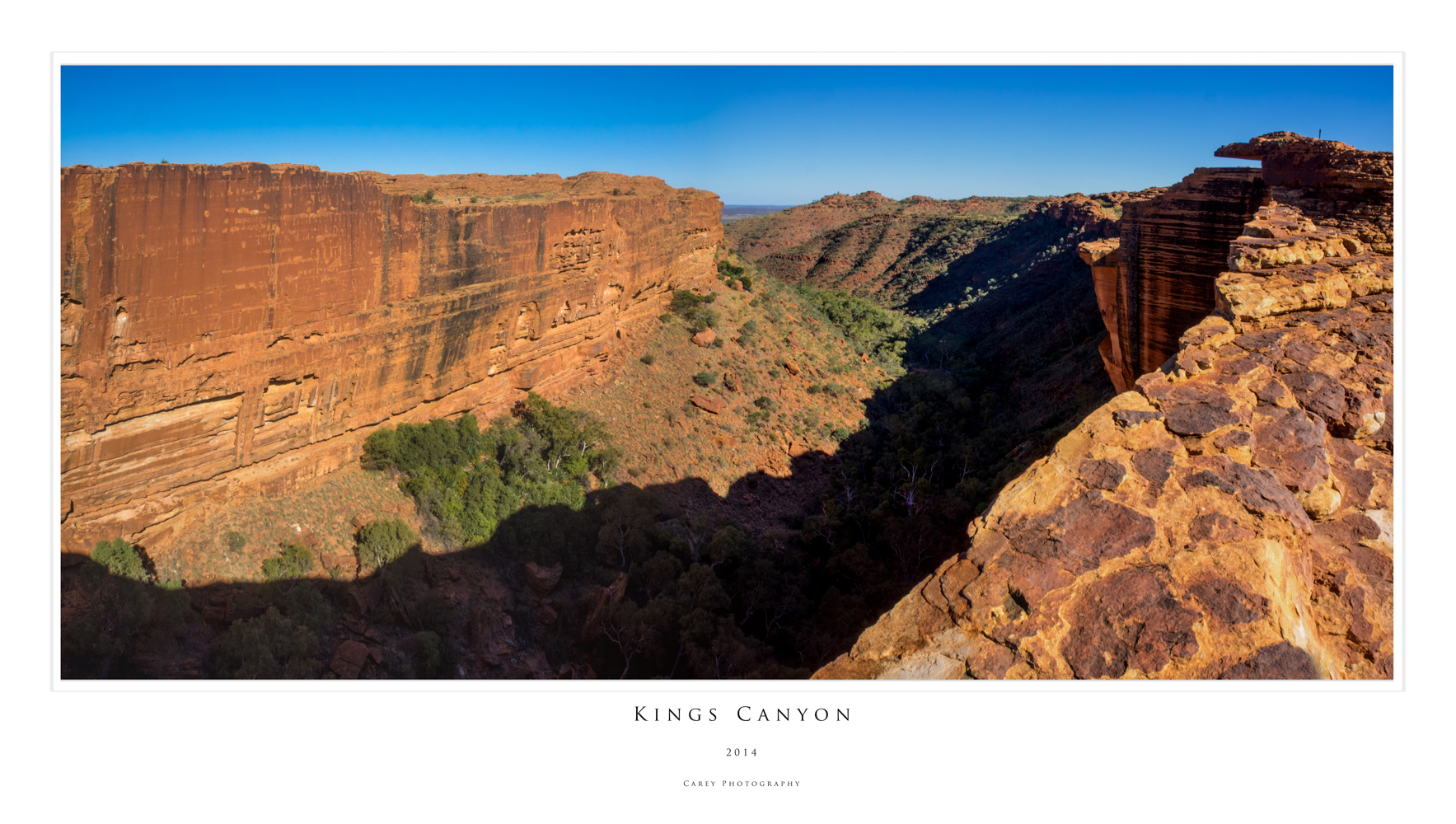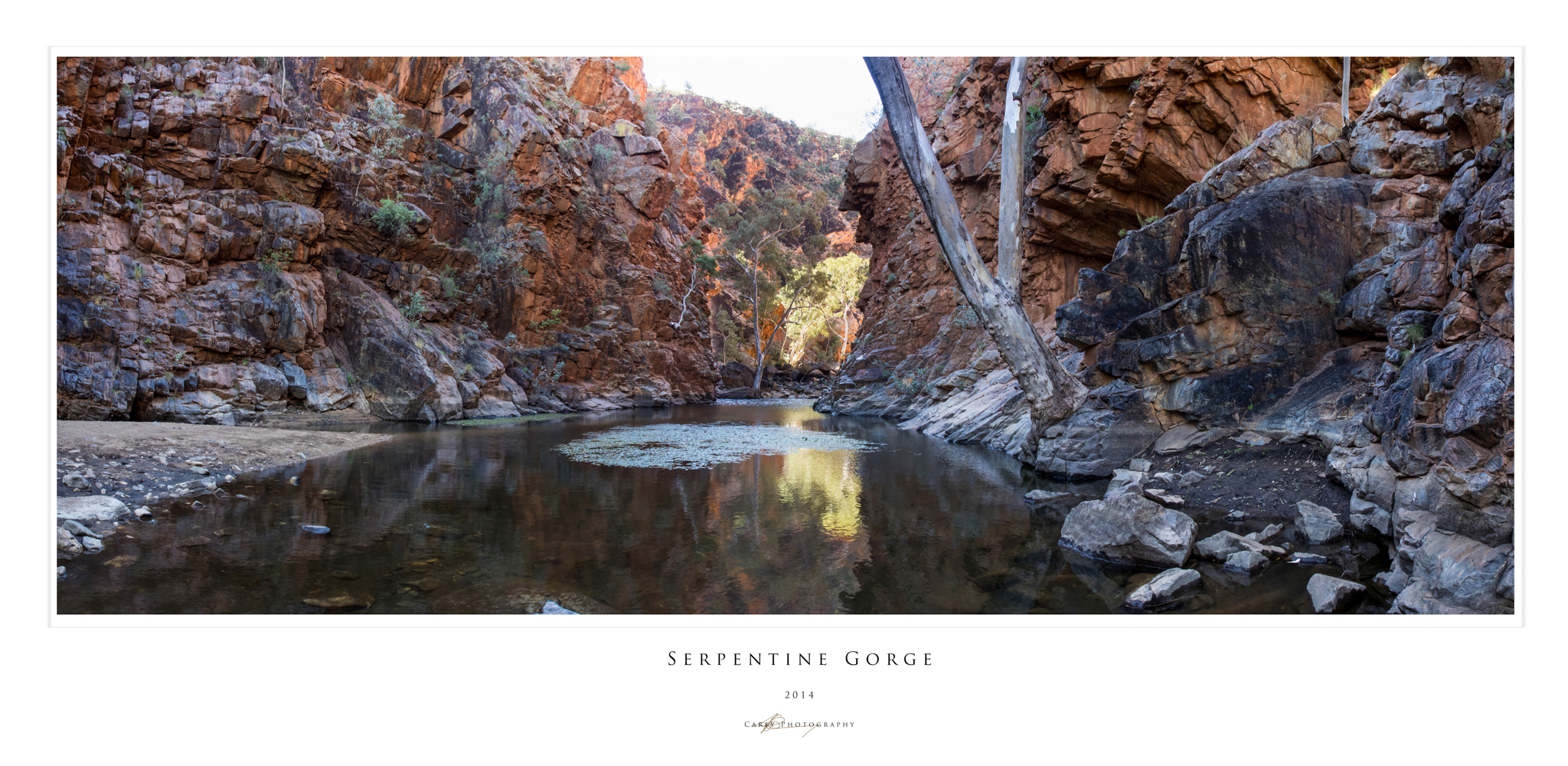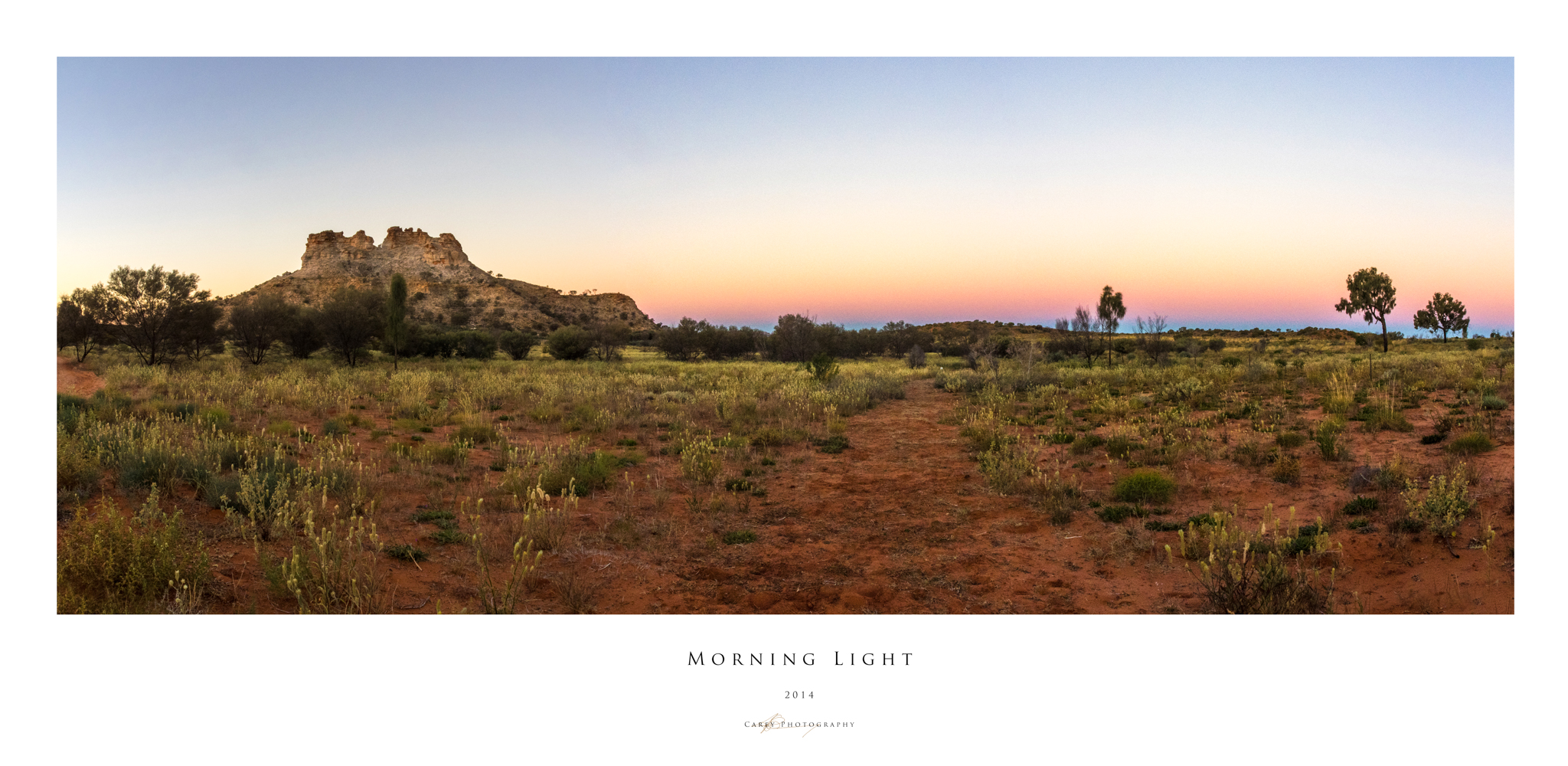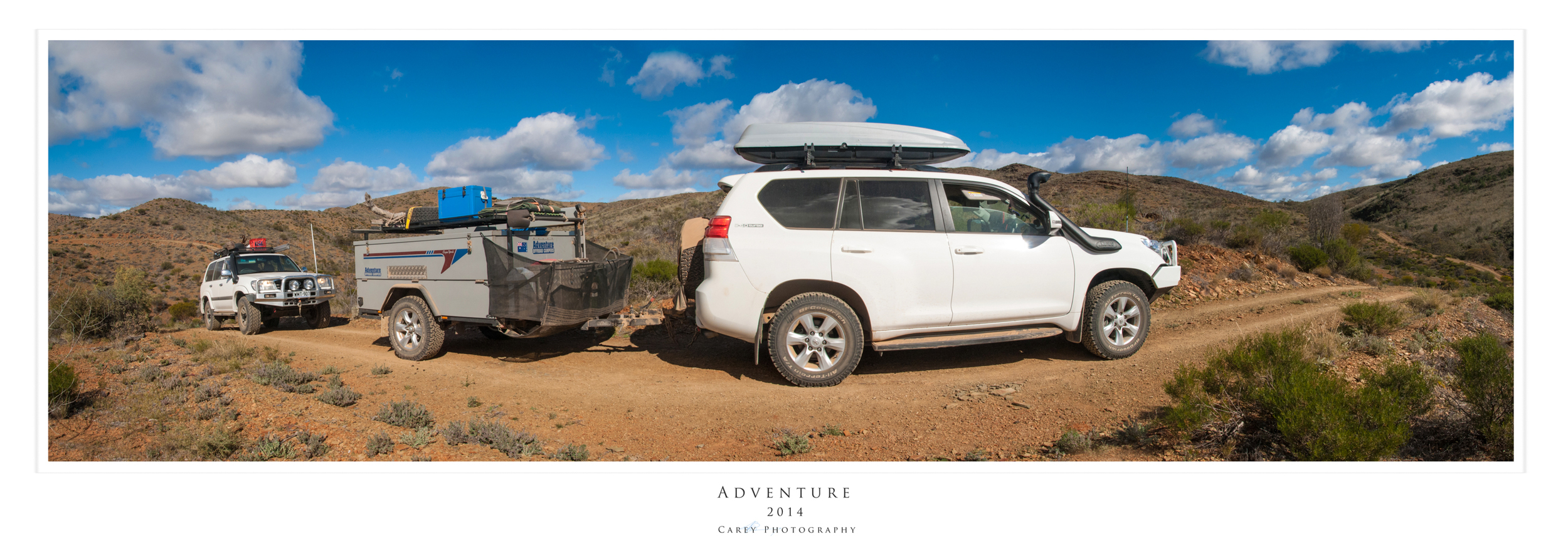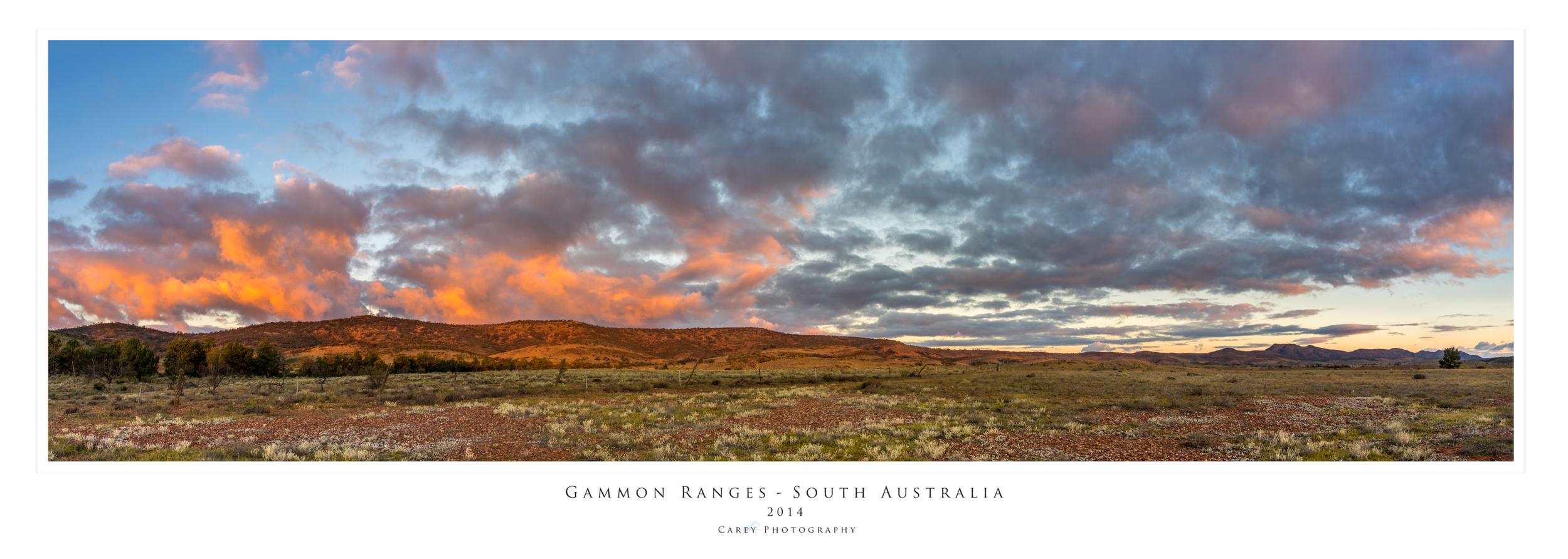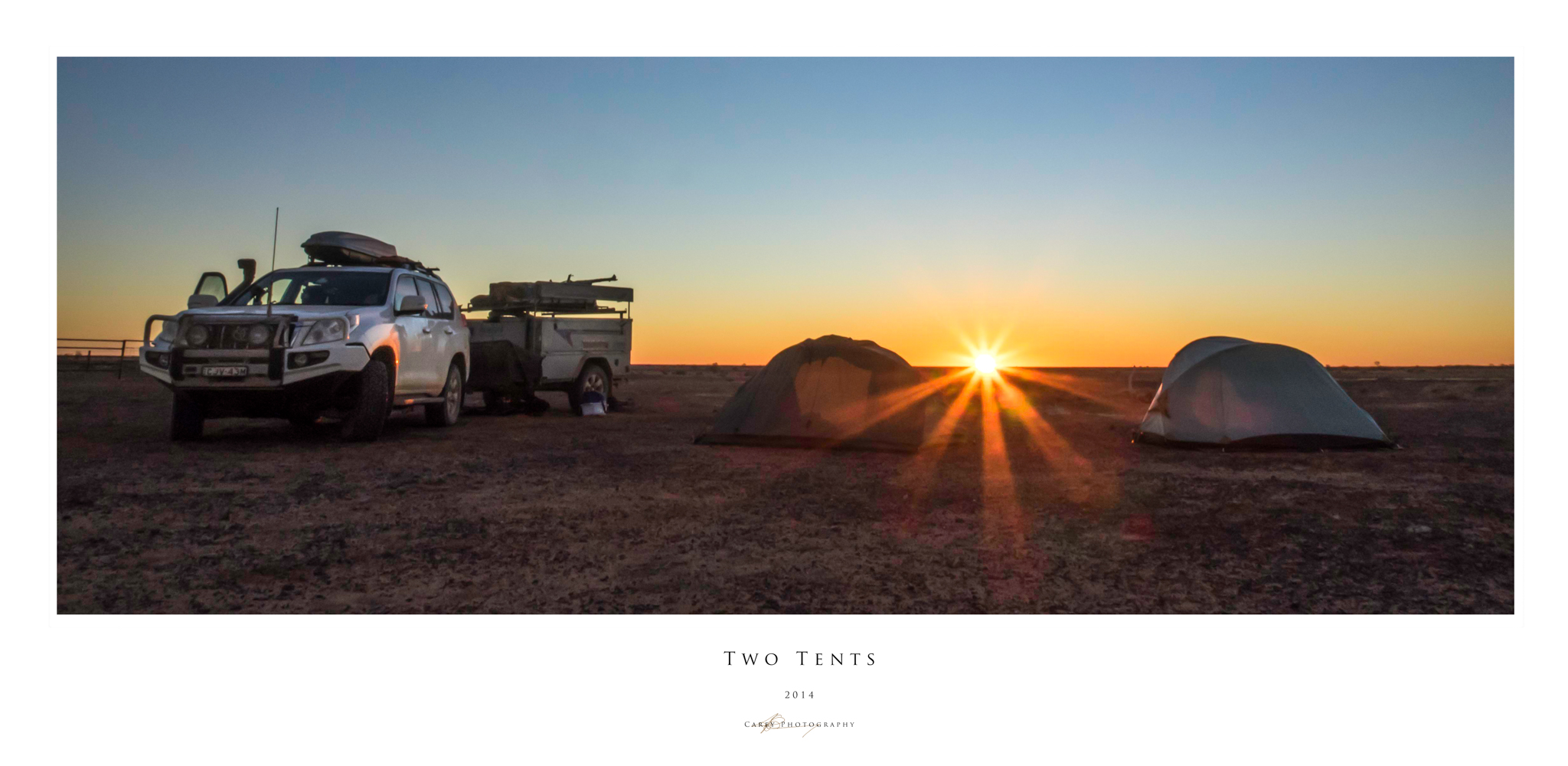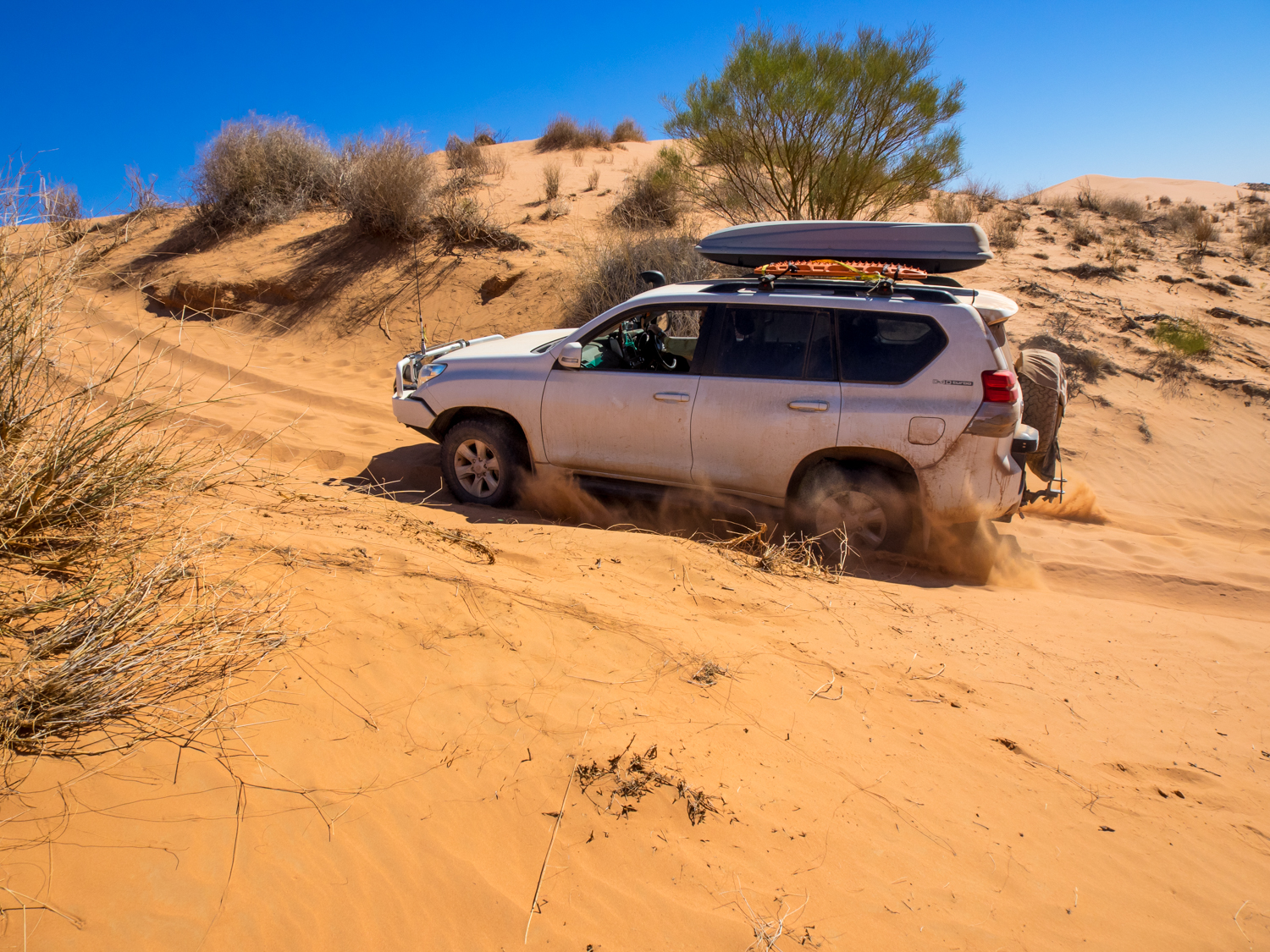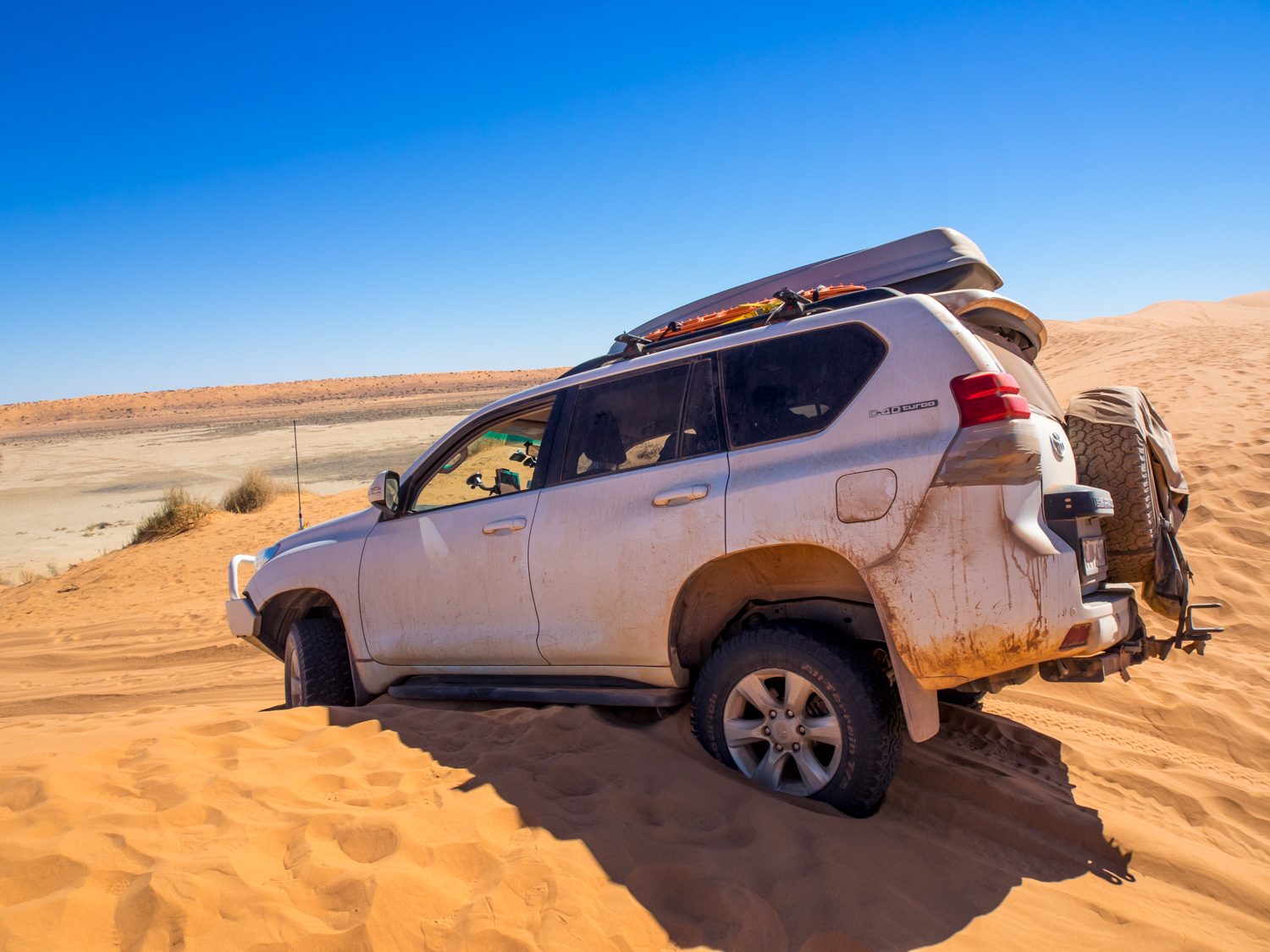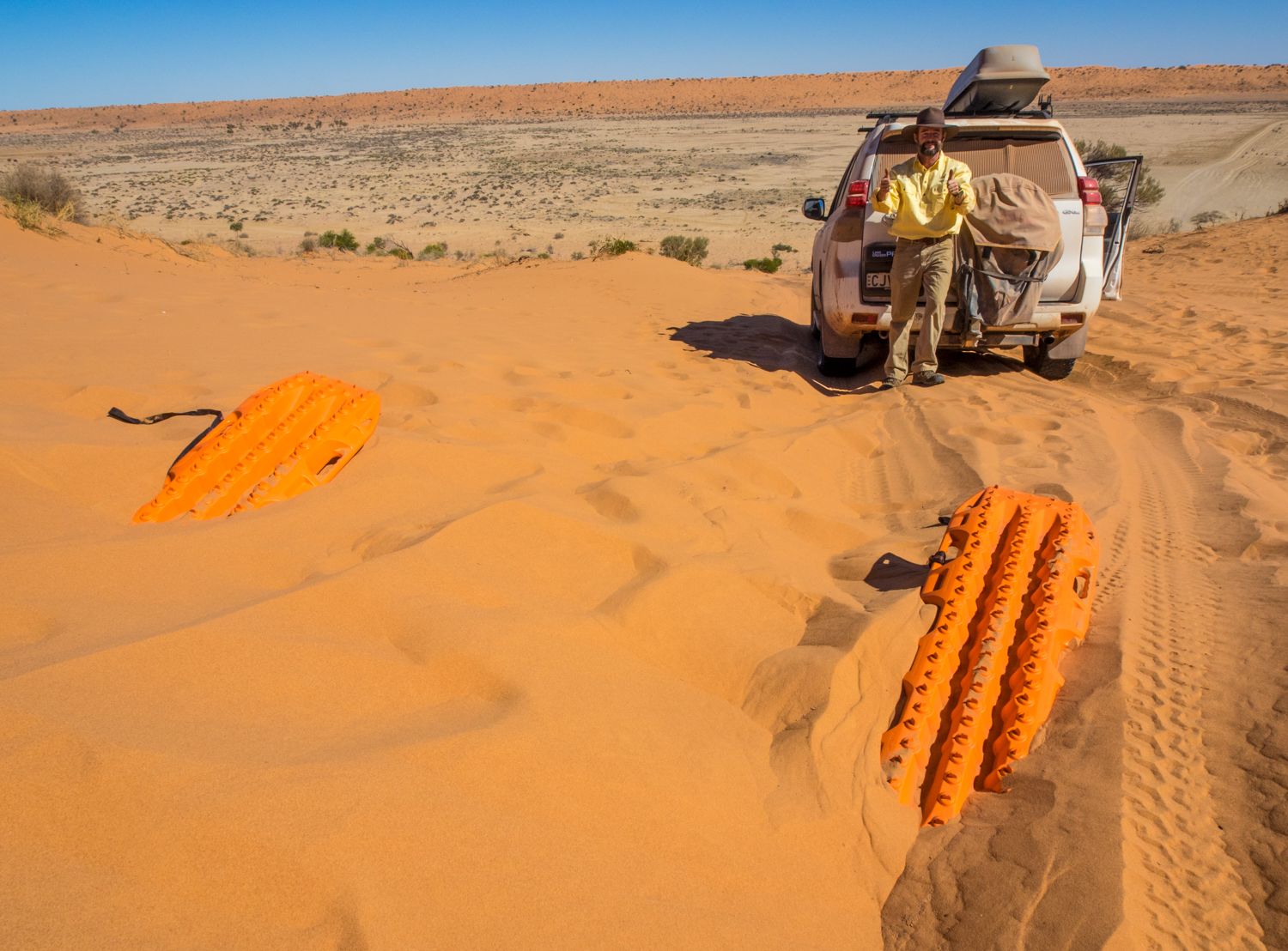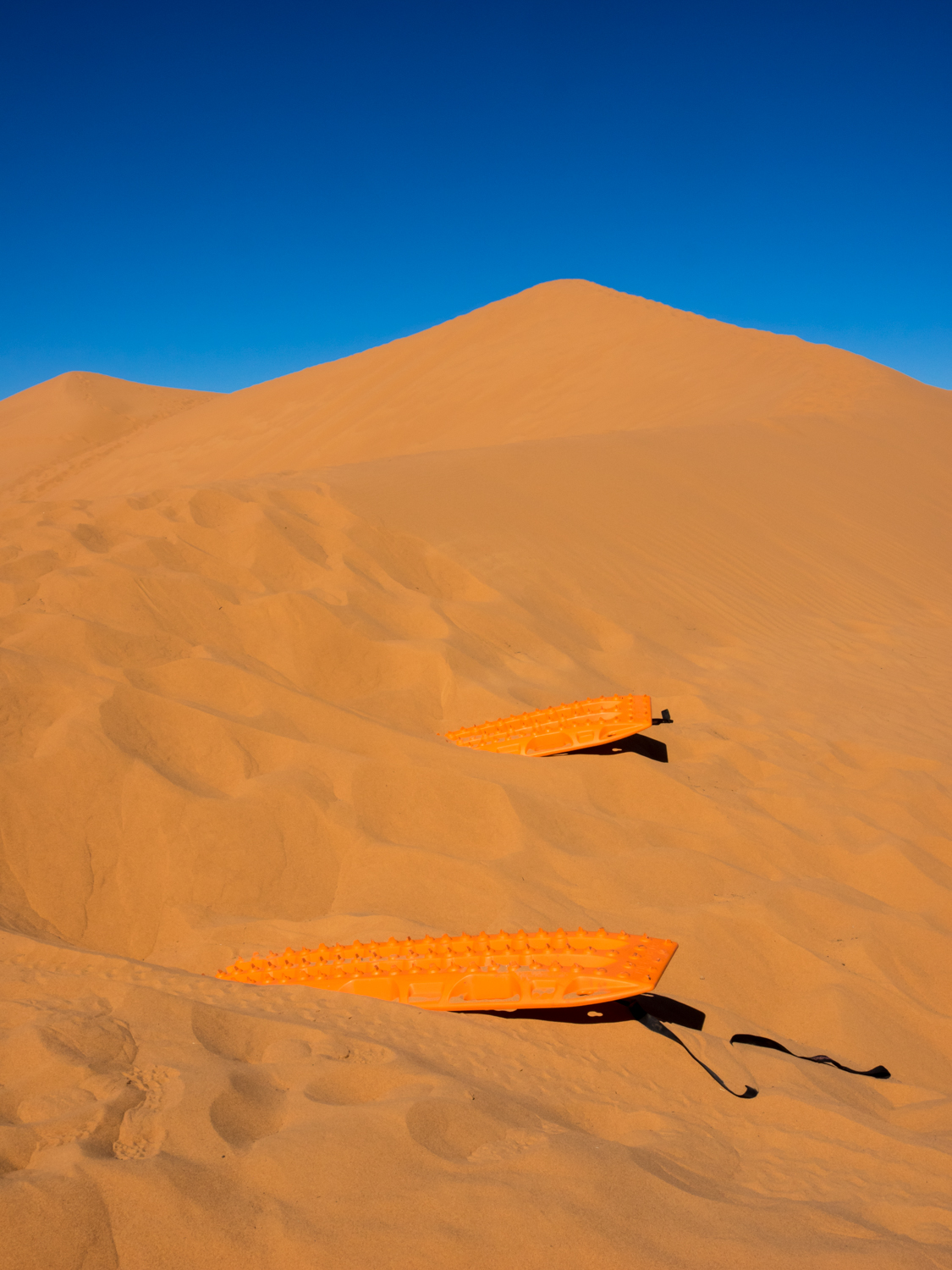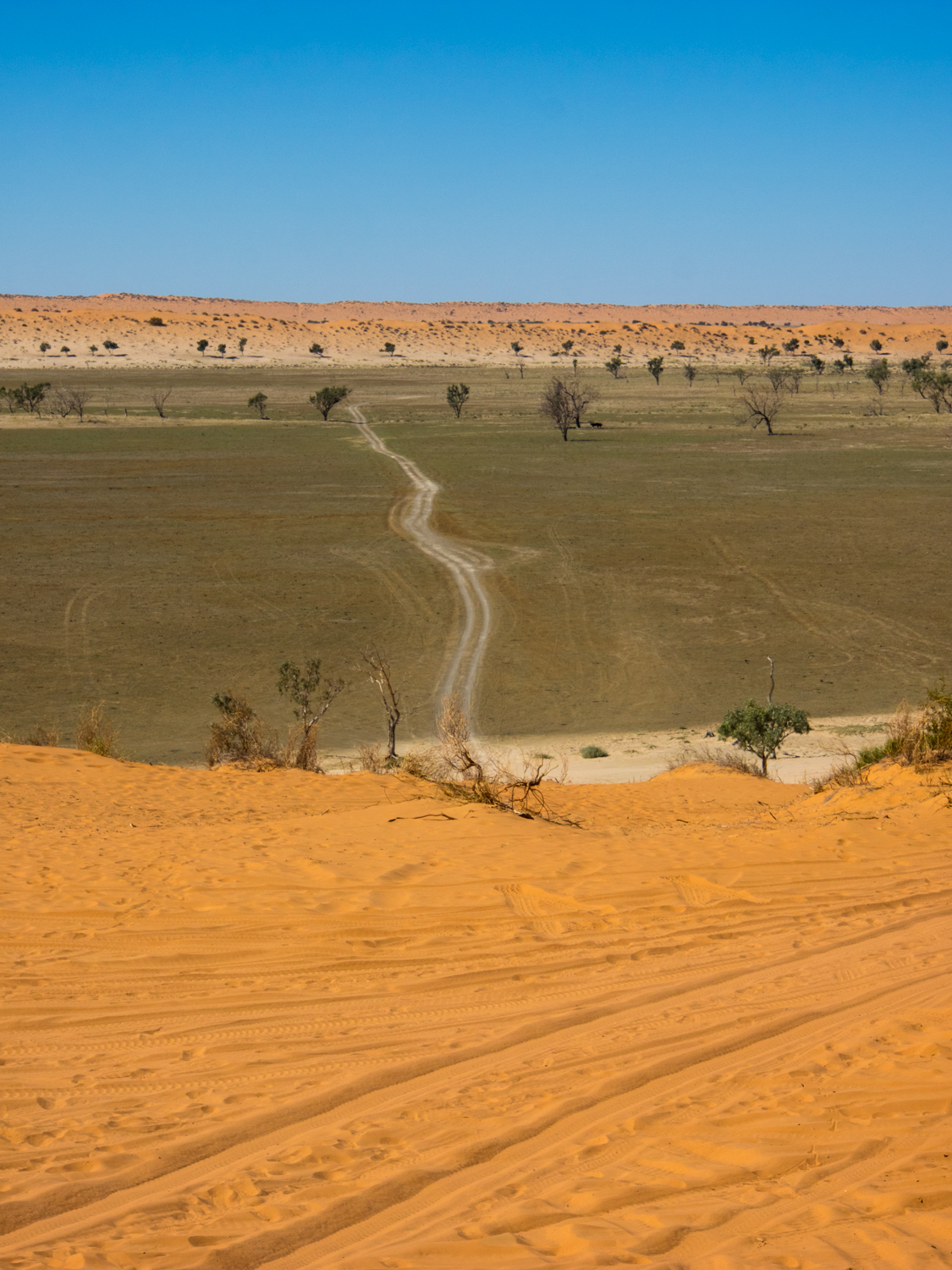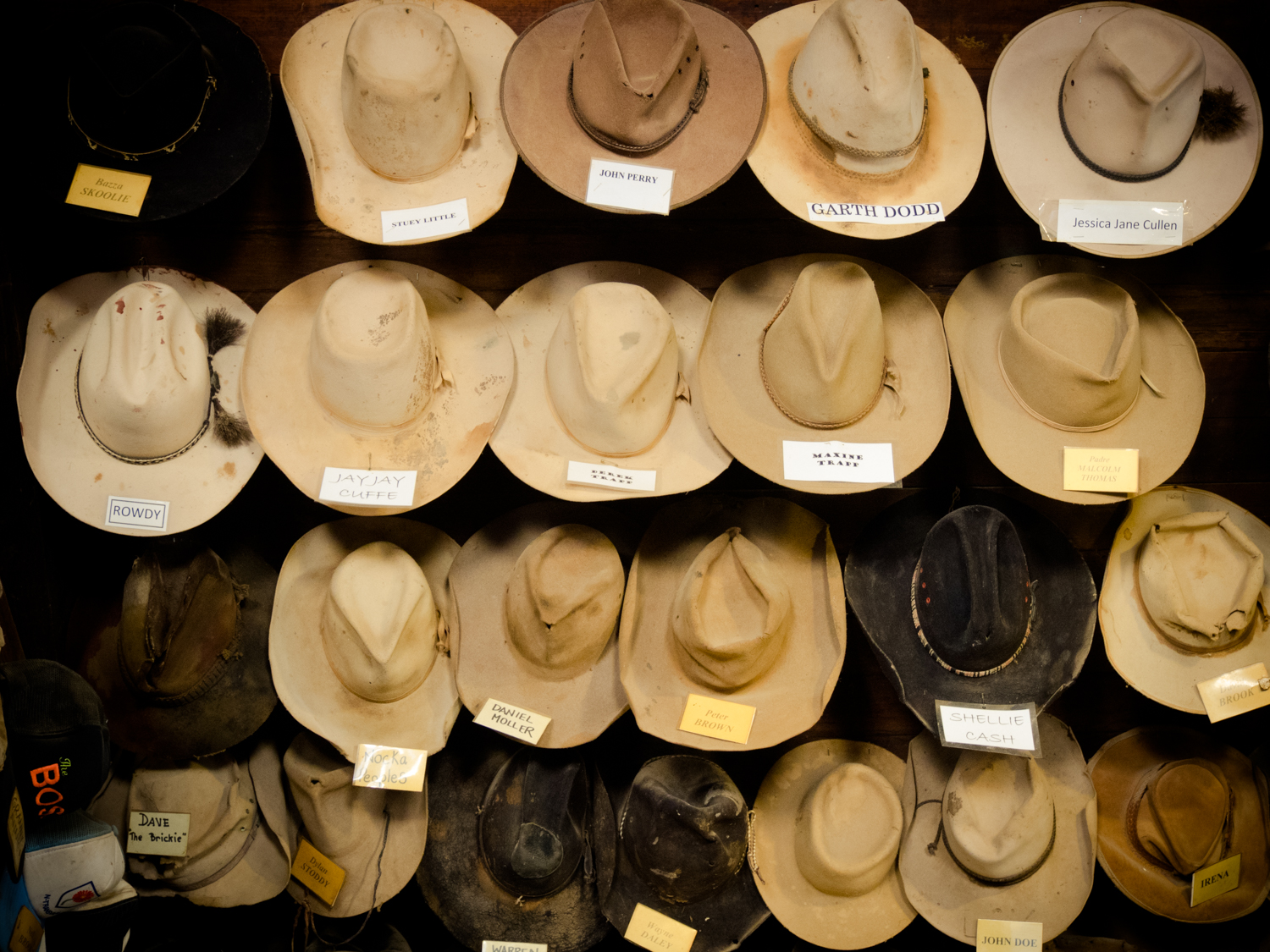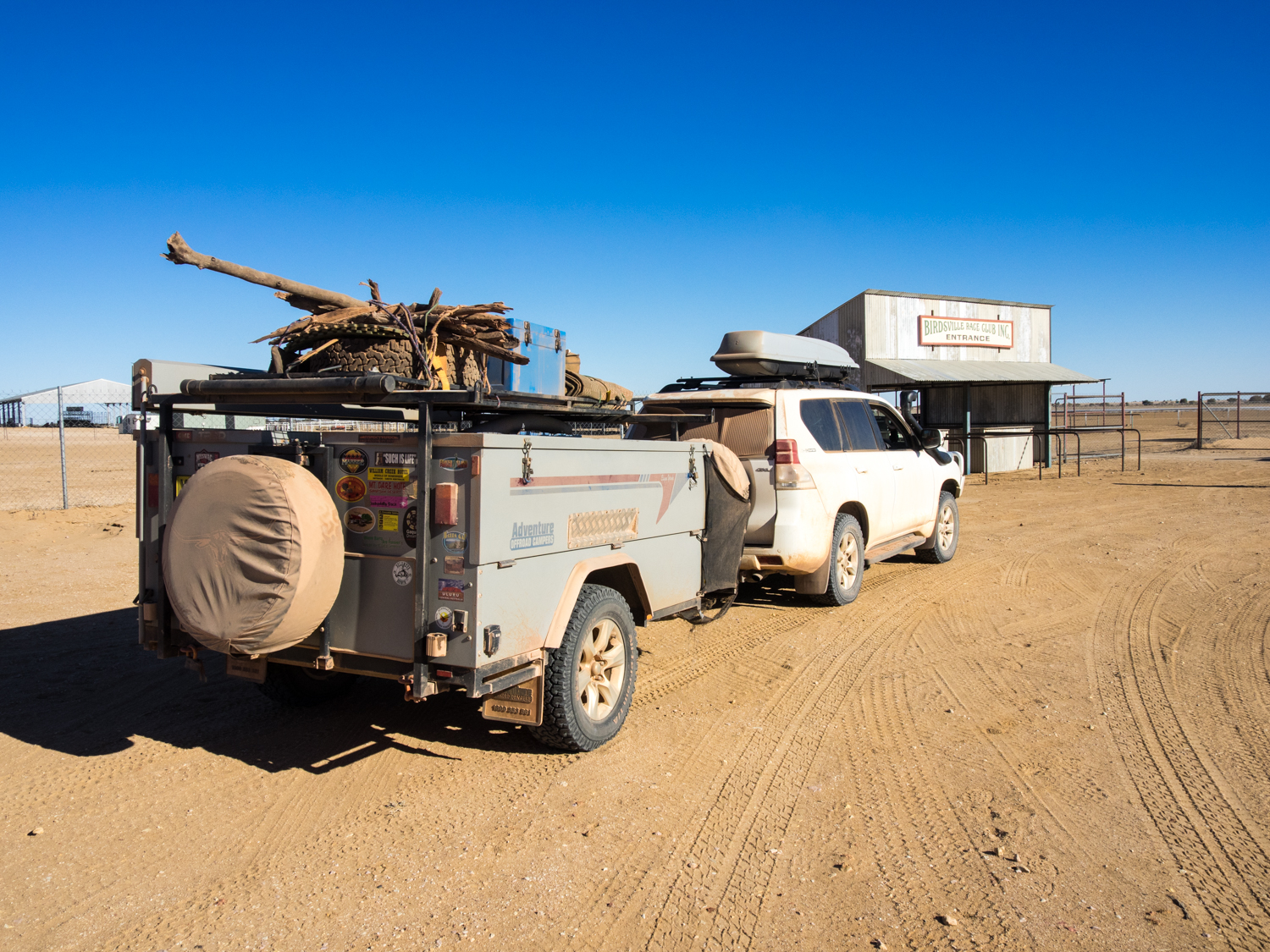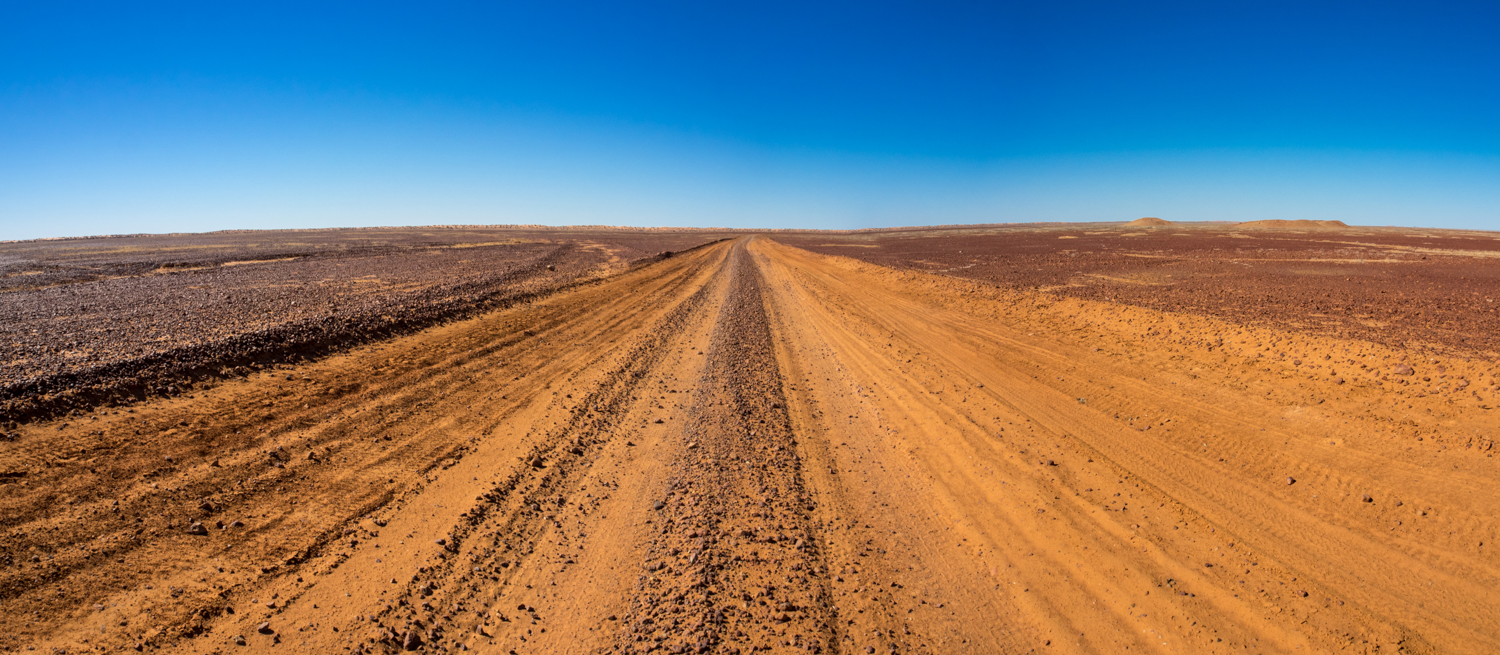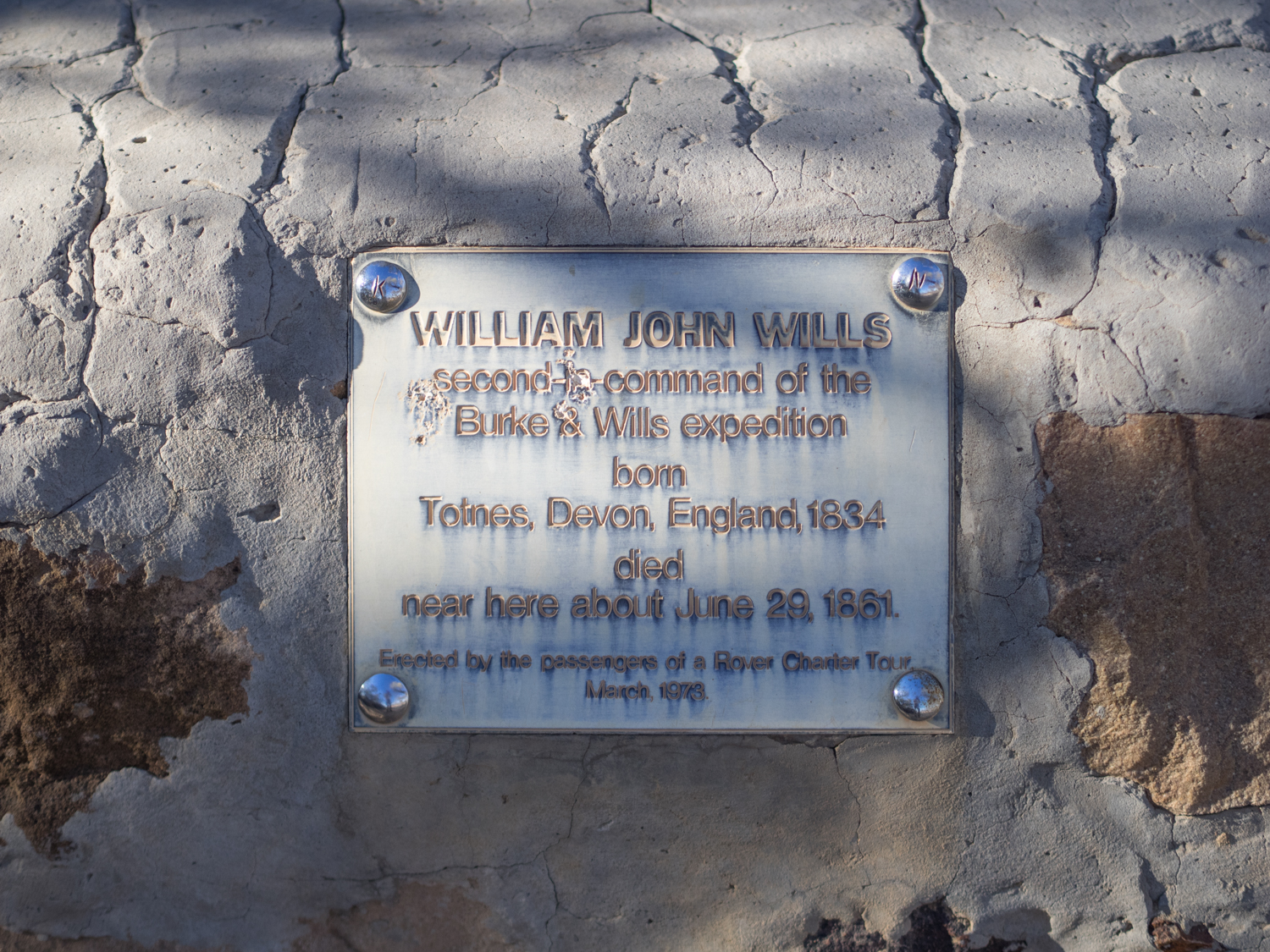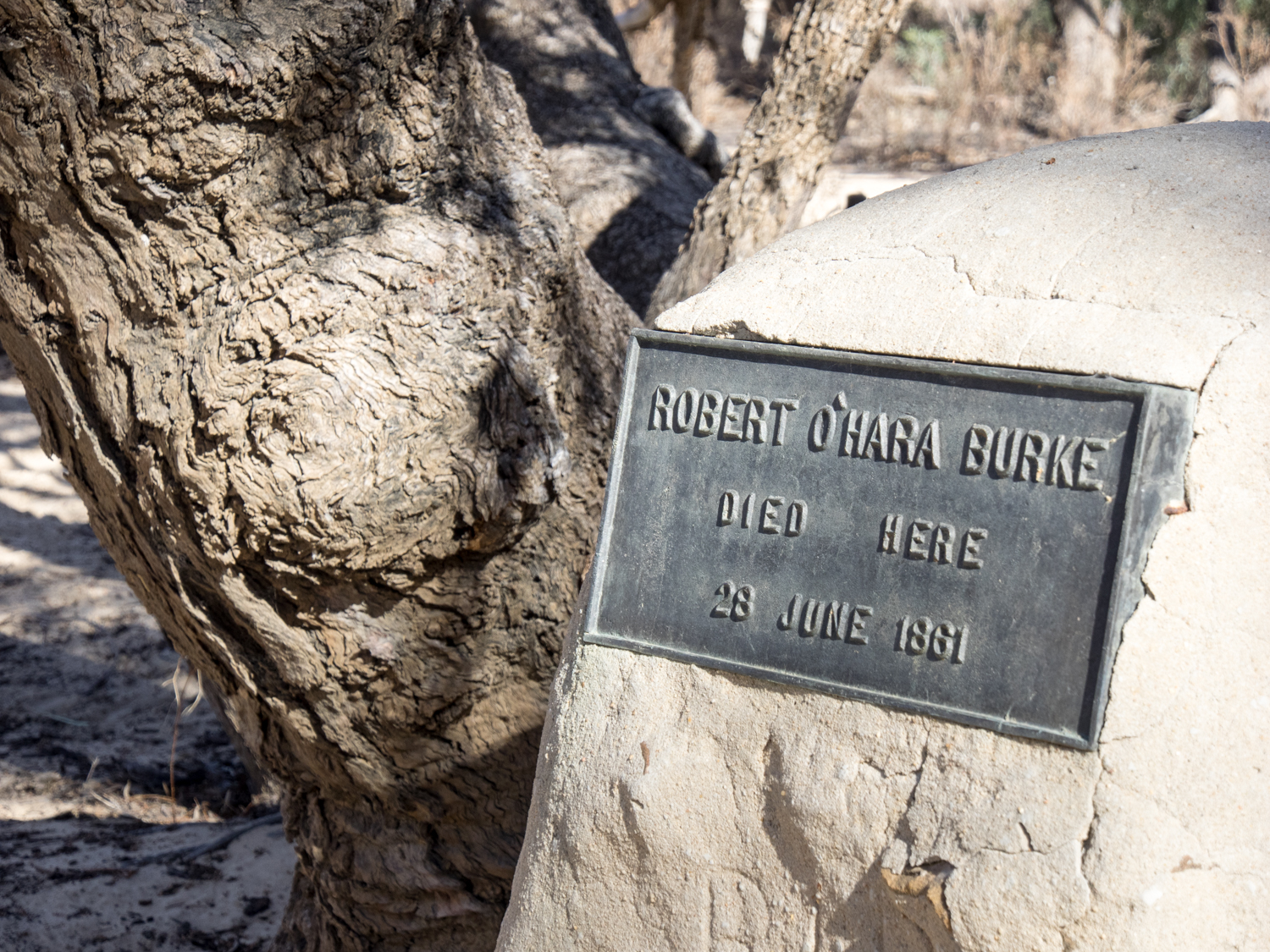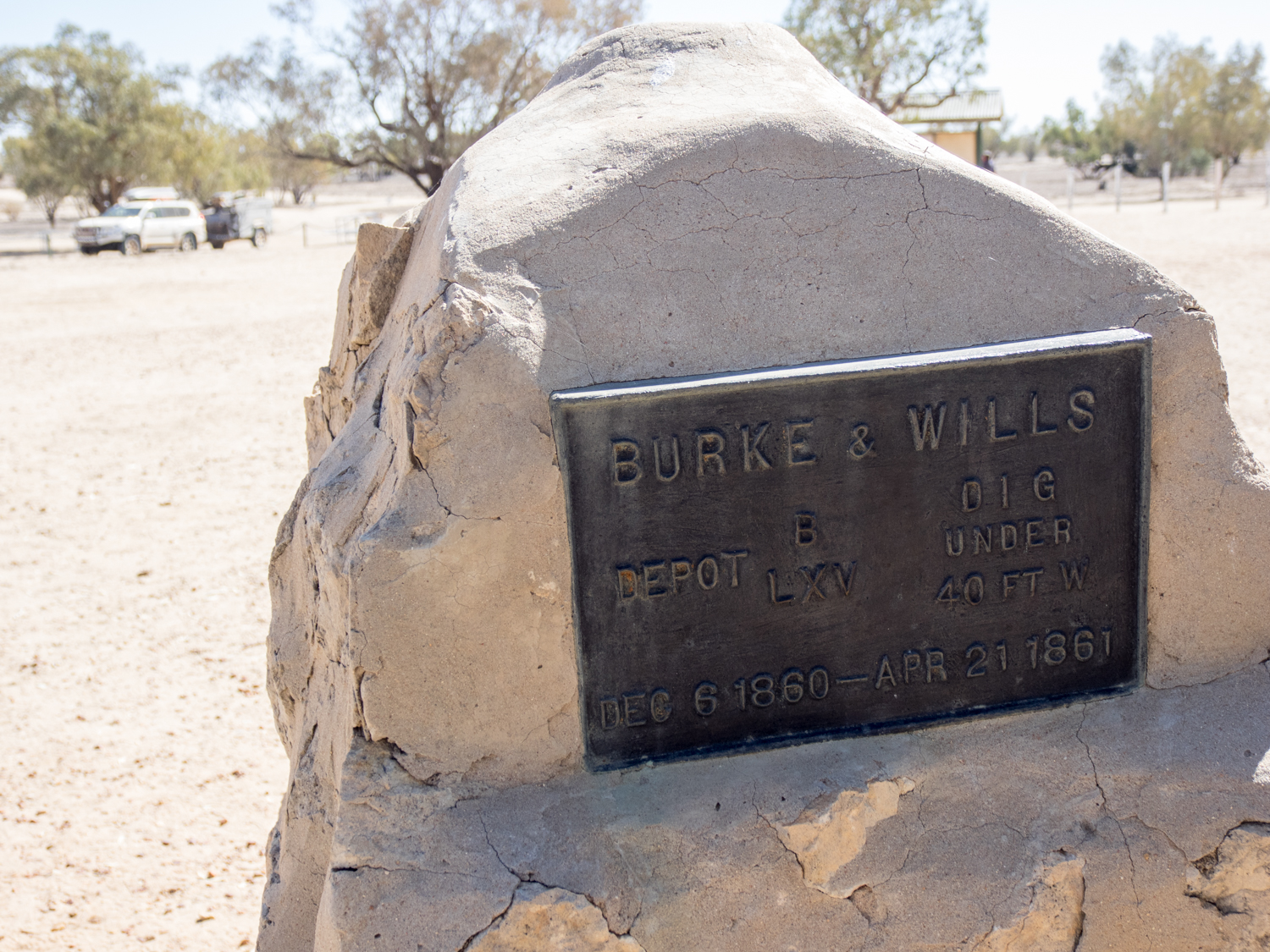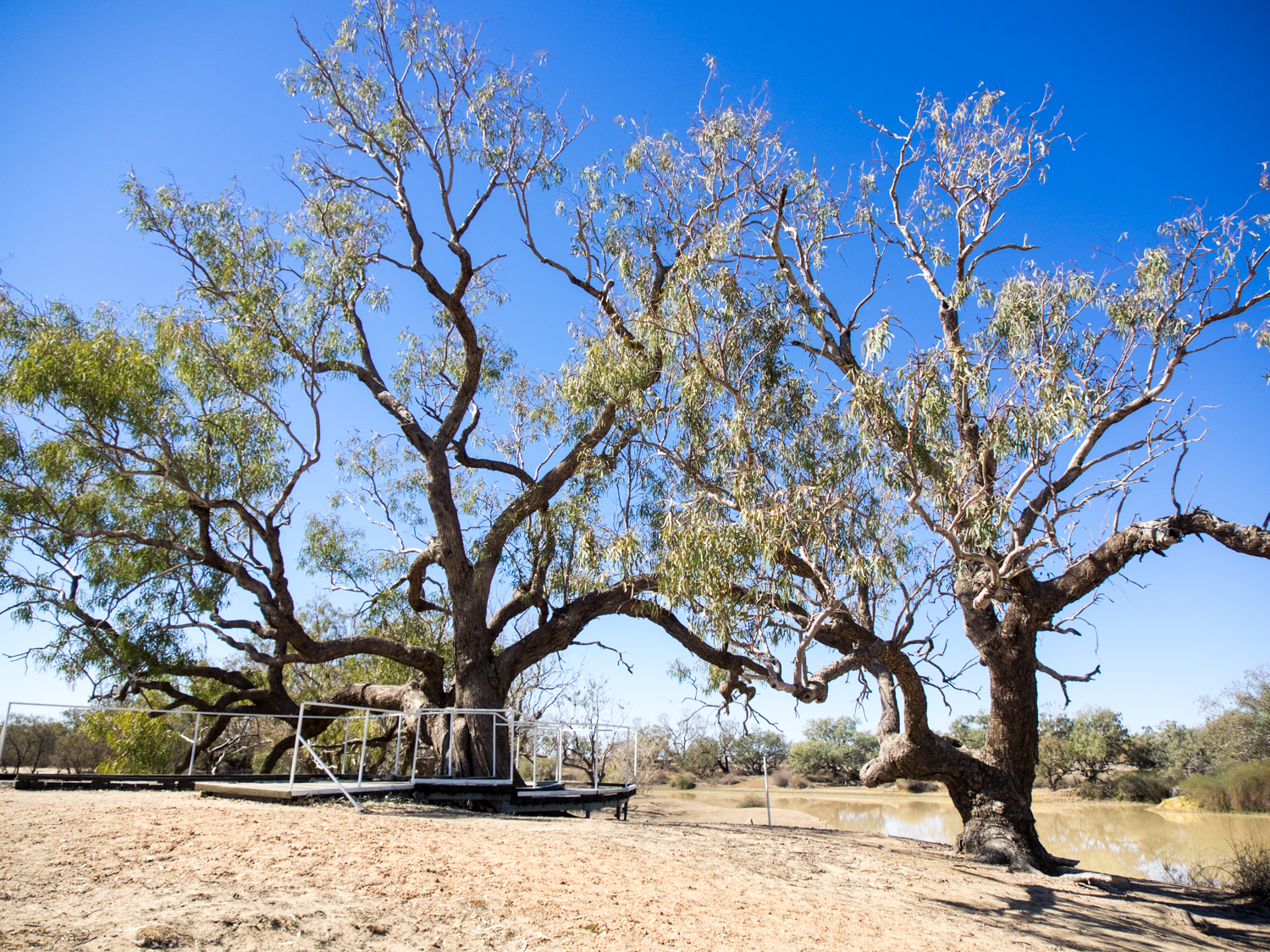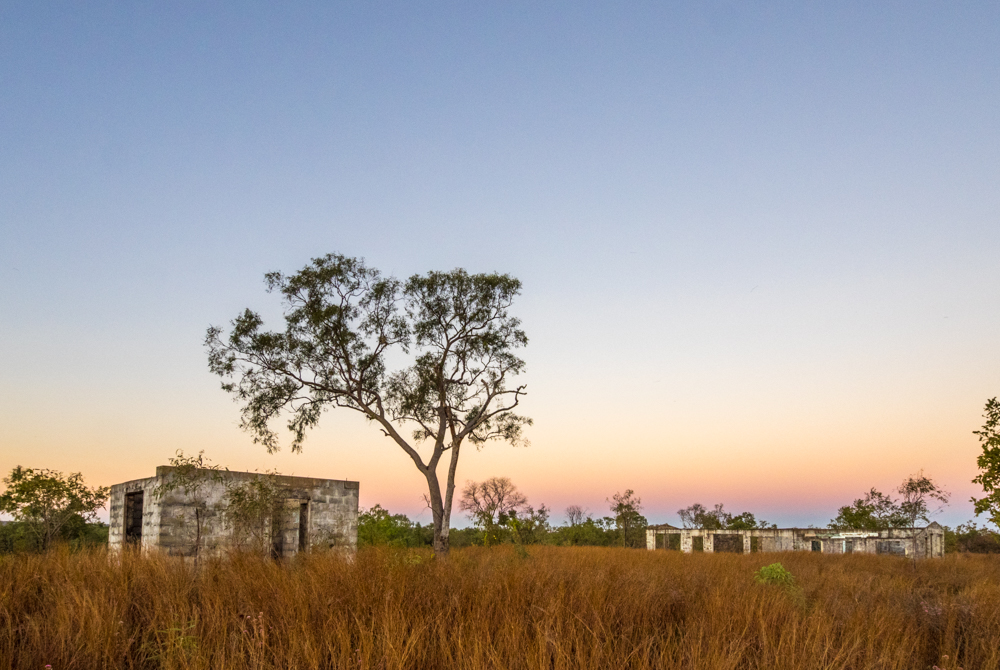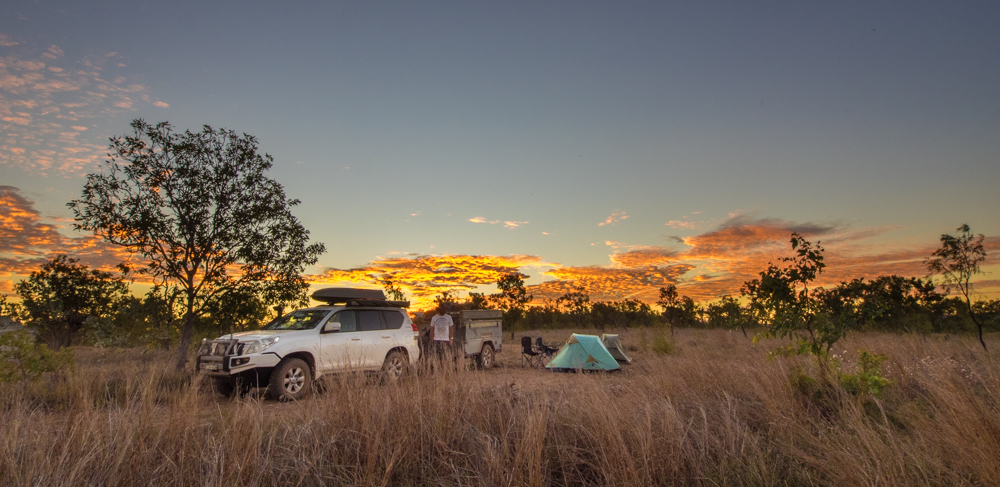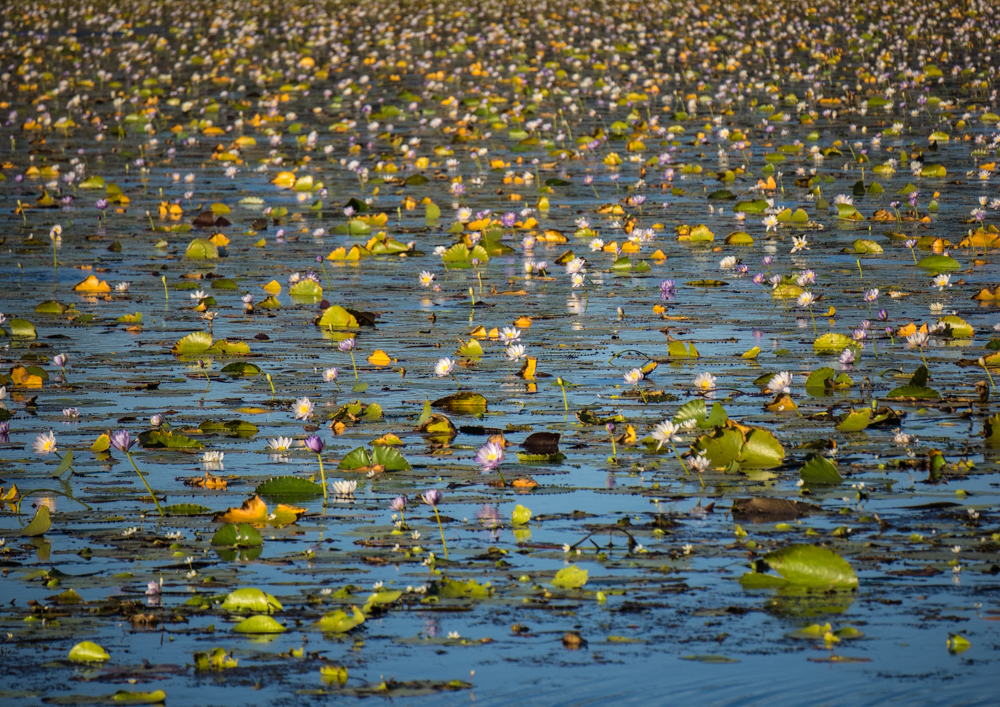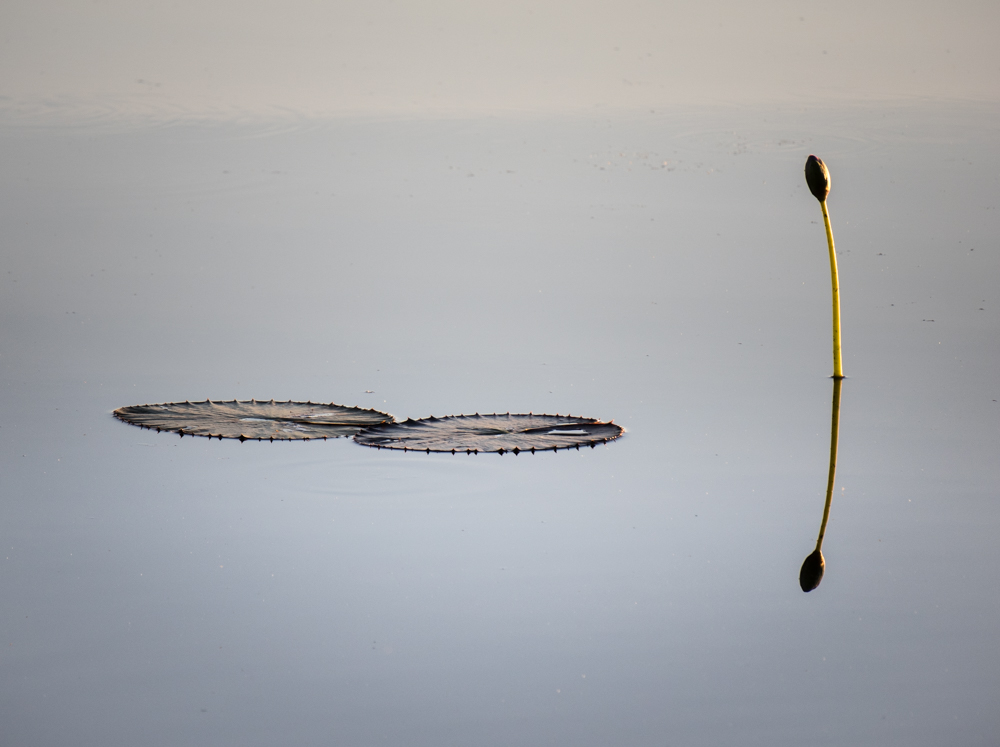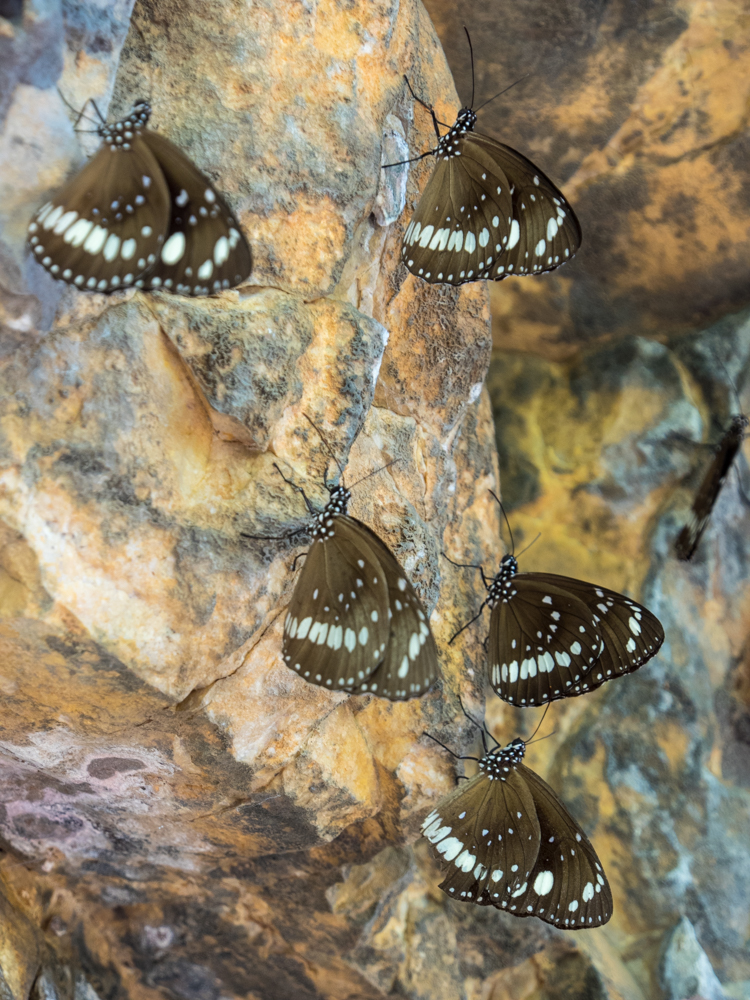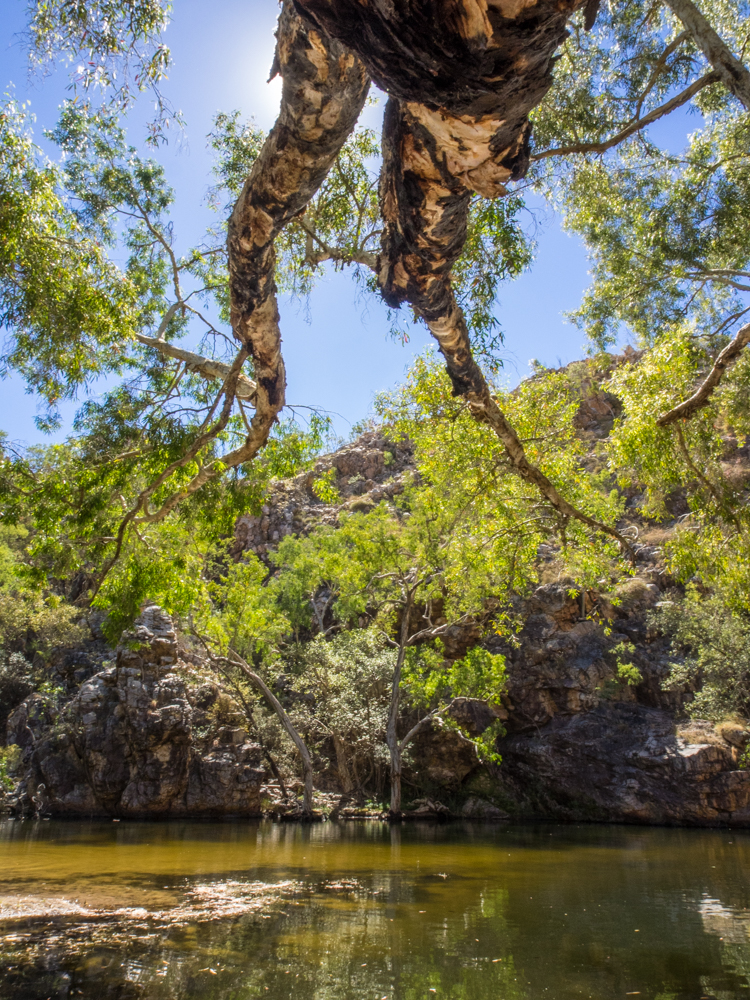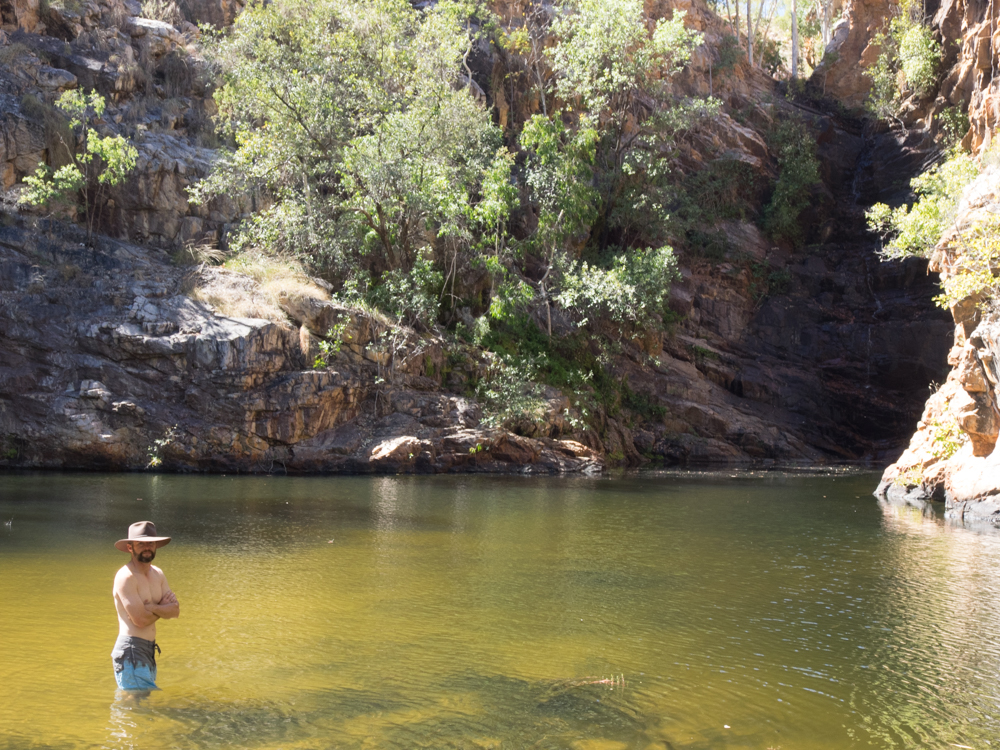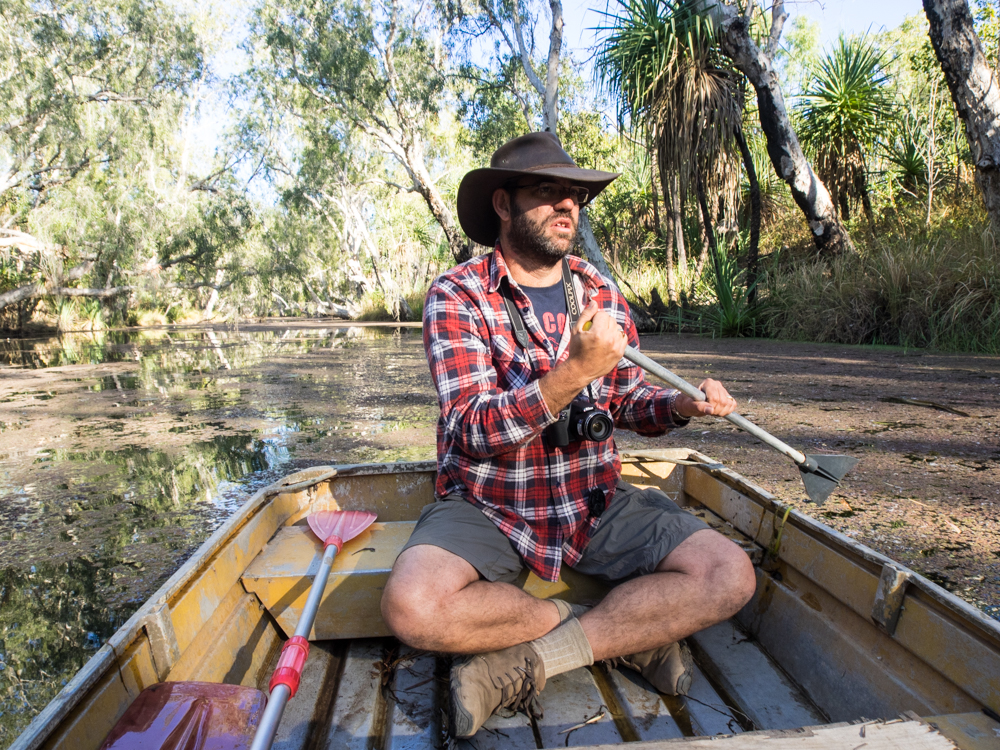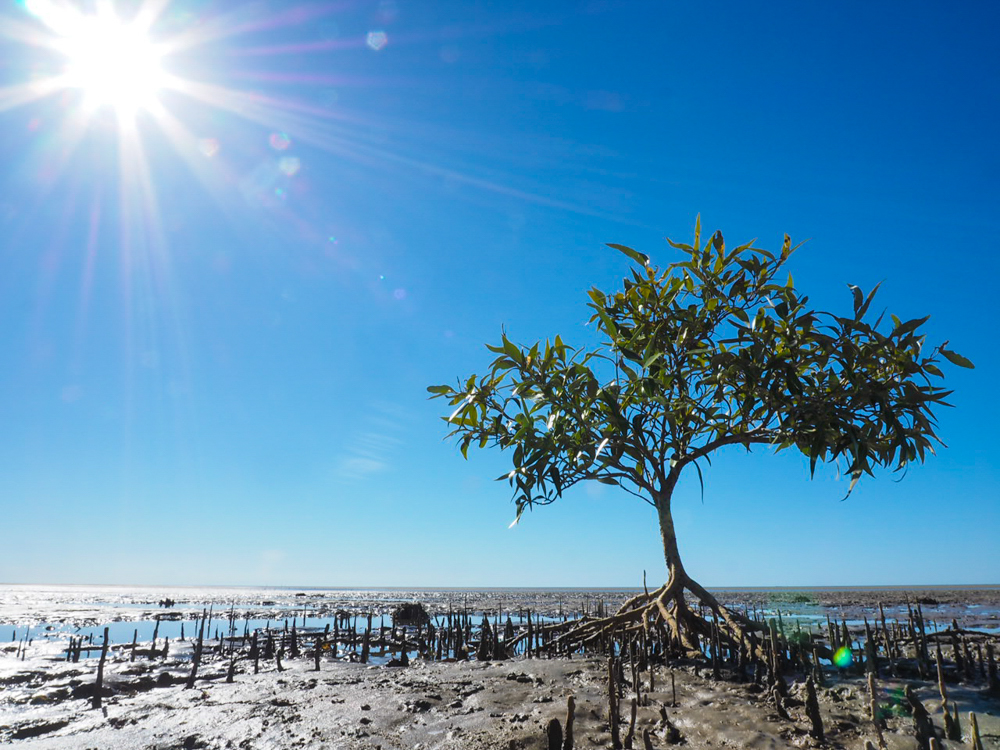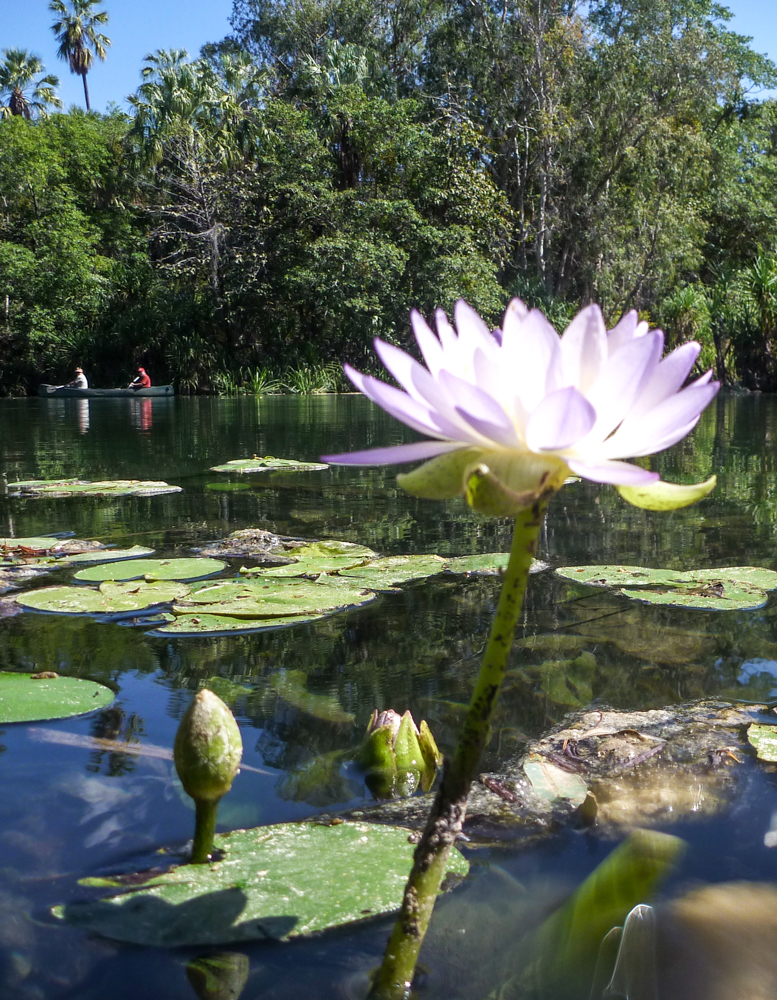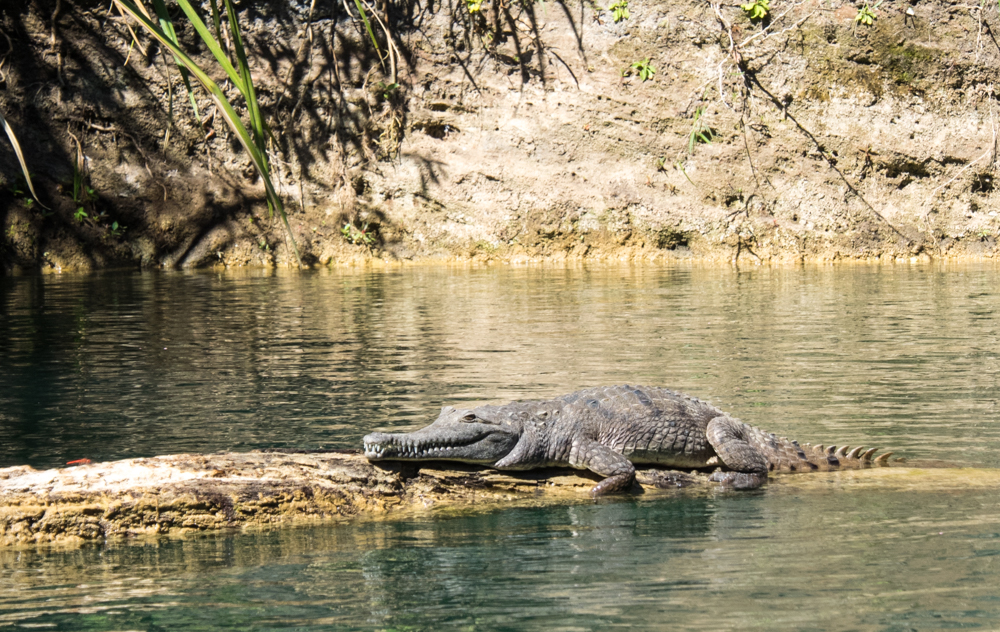This is a story that ran in the January 2016 Issue of 4WD Touring Australia. Not really a travel diary but covers some of the must do sites to see and things to think about when travelling to Fraser with Kids.
When deciding on a travel destination with the family there are many considerations that are not covered in the usual travel brochure or 4WD article. Pondering a map my wife always asks the essential 4WD question -“Does it have toilets for the children?”
With that in mind Fraser Island should be on every families must do list. Fraser has everything to offer mum or dad who love hitting the sandy tracks and open beaches, especially if you want to practice using those maxtrax. But Fraser also has just as much excitement for the kids.
One of the most popular spots is the sparkling Lake McKenzie. This unique lake has been perfectly designed for parents to wallow in the water while the kids spend hours in a bathtub the size of several football fields. The benefit for those with young children is that the car park is only a very short walk to the lake. But with popularity comes crowds. If you want to have some space its worth walking a little further from the car park or arrive first thing in the morning.
There are many other lakes on the island such as Lake Wabby. However, If you decide to venture here be ready for a harder walk with children. The 2km trek from the beach is testing as it passes over Hammerstone Sandblow. During the summer the sand become scorching hot so be prepared to carry an extra load on your back through soft sand or consider coming back when they are older.
As far as popularity for families go, Eli Creek would be number one on the kids wish list. Don’t forget to take something for them to float down the shallow creek amongst banksia and pandanus plants. The good news for those with young children is the creek is waist deep making it a safe option for the younger ones. It is also one of the most popular places to relax with 4wd’s, sun shelters, eskies and a cacophony of colour lining the water edge.
Swimming in the ocean however is not recommended. The western side of the island is popular for fisherman, which invariably means there is the higher order predator likely to be lurking in the water. With no lifeguards and unpredictable surf the safer option is definitely any one of the 40 perched lakes for worry free parenting. Alternatively a drive north to Champagne Pools allows the kids to swim in the rock pools amongst a variety of fish caught in the receding tide.
While the western part of the Island is where many of us head, a trip to the eastern side should be on the list. Here you can take the kids for a long walk along Kingfisher Bay without the fear of a 4WD barrelling along the sand.
For families, Kingfisher Resort is also worth considering with their pool and self-contained units making costs (although not as cheap as camping) more bearable. But even if you are not staying at Kingfisher Resort, there is another pool that is available for day use.
While Fraser is a lot about 4WDing, getting the kids out of the car is a must. There are several easy boardwalks and tracks that allow the young ones to experience the wonders of the island up close. The island is a living textbook and following the Wanggoolba Creek board walk or gazing up at the satinay trees that disappear in to the heavens will have them transfixed.
One challenge when travelling with children is the dreaded question “daaaad, I need to go”. The good news is that most day-use areas on Fraser Island have toilets along with basic picnic facilities. It is advisable to get a National Parks Map and be aware that the further north you go the fewer toilets there are. If you are camping along the main beach it is a good idea to bring a portable toilet. If you are staying at one of the formal camp grounds some even have the luxury of hot showers. Just remember to bring plenty of gold coins.
The other advantage of staying in the designated camp ground with young ones is that some of these, such as Central Station and Dundaburra, are fenced to prevent dingoes accessing camp. Your children may not know the risks dingoes pose so it is essential that you explain the dangers. A good option is to provide the children whistles that are hung around their neck which is great to not only scare away any threat but also a life saver if they get lost.
Speaking of dangerous creatures, sandflies can annoy the best of us. There is nothing worse than a complaining itching child. While prevention is preferred this is easier said than done especially if you do not want to put DEET into the pristine lakes. The priority is to cover up in the afternoon and evening. There are numerous remedies to deal with the itch, from mother’s wives tales to medical creams. My advice - take them all.
As many who travel with kids know, they are guaranteed to come down with some sickness or injury. There is no pharmacy or resident doctor on the island so it is essential that you bring along your full medicine kit.
There are a myriad of other activities do with the kids from fishing to whale watching. Maheno Wreck is well worth stoping but keep your kids close as many don’t head the slow speed limit near the wreck . Where ever you go don’t forget to ensure the kids are always wearing a seatbelt when driving. Inland tracks get very bumpy and there are washouts and other hazards on the main beach.
With all this in mind not only can the kids have a great time but parents will also be able to enjoy the fun of 4WDing rather than dealing with grouchy irritable terrors. And they may even have a great laugh as you are being snatched out of a sand trap by a fellow traveller. See - it has something for everyone.

